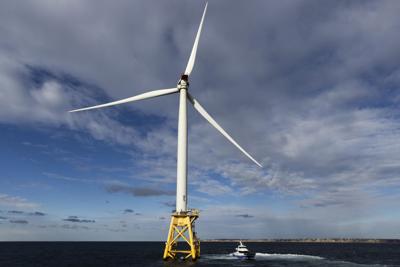Americans' support for green energy tax credits and renewable energies like wind and solar power decreased in recent years, according to a new poll, driven by a softening in support from Democrats and independents.
 poll finds that U.S. adults’ support for tax credits for Ěý˛ą˛Ô»ĺĚý weakened, as well as their enthusiasm for offshore wind farm expansion. While Democrats remain the strongest supporters of these initiatives, the poll reveals signs of growing cynicism within their ranks.

A Block Island Wind Farm turbine operates Dec. 7, 2023, off the coast of Block Island, R.I., during a tour organized by Orsted.
Julia Nikhinson, Associated PressThe poll results coincide with sweeping changes President Donald Trump's Republican administration made to . Though Democrats and independents weakened their support for some green energy initiatives, there was no increase in support for Trump's energy policies.
People are also reading…
- Woman extricated from flipped vehicle after accident in Auburn
- Court records: Wells College began planning closure seven months before announcement
- 'The personal touch': Cayuga County farm equipment dealer celebrates 60 years
- Cayuga County-area property transfers: June 30, 2025
- 'A lot of good on the horizon': New Auburn BID director talks retail, art, parking, more
- National coffee chain could be coming to Auburn
- Human remains discovered at Auburn hospital construction site
- Walmart challenges Auburn store's assessment, says it should be $6M less
- Police say burglar climbed through window of home in Auburn
- Moravia district going from three schools to two
- Cayuga County-area police blotter: July 1, 2025
- Portions of Arterial will close for rail crossing project in Auburn
- Auburn police: Syracuse man found with crack during traffic stop
- NY awards $1M grant to support $23M housing project in Auburn
- In Auburn, regional GOP leaders urge 'battle-tested' Lawler to run for NY governor
The poll found only about 4 in 10 U.S. adults — including only 1 in 10 Democrats and about 2 in 10 independents, along with three-quarters of Republicans — approve of how Trump is handling climate change, largely tracking with his overall approval rating.
The AP-NORC poll of 1,158 adults was conducted June 5-9, using a sample drawn from NORC's probability-based AmeriSpeak Panel, which is designed to be representative of the U.S. population. The margin of sampling error for adults overall is plus or minus 4 percentage points.
- BERNARD CONDON Associated Press
As parts of Ontario, Quebec and Nova Scotia swelter in a record-breaking heat wave, Dr. Christopher Labos breaks down how extreme heat affects the various systems of the body and how you can protect yourself.
CBC EnglishAbout 6 in 10 Democrats, or 58%, favor tax credits for purchasing an electric vehicle, down from about 7 in 10 in 2022. Among independents, support declined from 49% in 2022 to 28%. Only one-quarter of Republicans supported this policy in 2022, and that hasn't changed measurably.
"As far as the pollution goes … the (gasoline-powered) vehicles nowadays put out very little emissions to the air," said JD Johnson, 62, a Democrat from Meadowview, Virginia, who somewhat opposes tax credits to purchase an electric vehicle. He also sees the electric vehicle manufacturing process as energy intensive.
The decline in favoring solar panel tax credits was across the board rather than concentrated among Democrats.
"For solar panels, in all honesty, I don't think they're that efficient yet," said Glenn Savage, 78, a left-leaning independent from Rock Hill, South Carolina. "I'd rather see them pour money into research and try to get the solar panels more efficient before they start giving tax breaks to the public."
While allergies affect people everywhere, some US cities are especially tough. The Asthma and Allergy Foundation has ranked the top 10 worst cities in the US for those with allergies. The cities were ranked based on pollen levels, medicine use, and allergist access. The top 10 worst cities for people with allergies are Wichita, New Orleans, Oklahoma City, Tulsa, Memphis, Little Rock, Raleigh, Richmond, Greenville, and Greensboro. Experts say allergy seasons are starting earlier, lasting longer, and hitting harder. Prescription fills for allergy medications are higher than they've been in six years. Climate change plays a big role. Fewer frost days mean longer periods of plant growth and pollen release, especially in the Southeast, Midwest, and Mid-Atlantic. Air pollution also worsens symptoms. Urban heat, car emissions, and trapped allergens in valleys or low areas can all increase breathing difficulties during peak seasons. To treat allergies, start with the basics: antihistamines, nasal steroid sprays, and decongestants. Different medications work best depending on the severity and frequency of symptoms. For best results, speak with a healthcare provider before starting any medication. The right plan depends on your symptoms, history, and overall health needs.
unbranded - Lifestyle
Scientists say and ditching fossil fuels that release planet-warming emissions are essential to protect the planet. The Trump administration canceled billions of dollars in project grants for awarded during President Joe Biden's Democratic administration, and that paused approvals, permits and loans for wind energy projects stunted the offshore wind sector.
Fewer than half of U.S. adults, 44%, now say offshore wind farms should be expanded in the U.S., down from 59% in 2022. About half favor expanding solar panel farms, while about two-thirds were in support in 2022.
When people are concerned about and their , environmental issues are sometimes prioritized less, said Talbot Andrews, an assistant professor in the department of government at Cornell University who was not involved in the poll.
"I think it makes people anxious to think about increased taxes or increased spending on environmental issues when the are going through the roof," Andrews said.
Trump championed the expansion of , as well as , but the poll shows only about one-third of U.S. adults think offshore drilling for oil and natural gas should be expanded in the U.S., and only about one-quarter say this about coal mining.
In both cases, Republicans are much more likely than Democrats to support expanding these energy sources.
Trump sought to open up national monuments for oil drilling, but more U.S. adults oppose than support auctioning off more public space for oil drilling. Only about one-quarter of U.S. adults favor this, while 4 in 10 are opposed. Republicans are much more likely than independents or Democrats to be in support.
A shocking report reveals 10 major cities around the world that could be underwater by 2050 due to rapidly rising sea levels. From Amsterdam’s vulnerable lowlands to the sinking streets of Bangkok and the surprising flood threat to Peterborough in the UK, this video takes you through the urgent reality of climate change. Discover which iconic places may vanish within our lifetime—and why you should visit them before it’s too late. WooGlobe Ref : WGA300986
WooGlobe - NewsThe Energy Star program that certifies appliances, such as dishwashers and refrigerators, as energy efficient recently appeared in headlines when the EPA made . The blue and white logo is well recognized, and experts say the program had bipartisan support until recently.
The poll found three-quarters of Democrats support providing consumer rebates for efficient home appliances, compared with 6 in 10 Republicans.
The poll found only about 2 in 10 U.S. adults are "extremely" or "very" confident in the federal government's ability to ensure the safety of their drinking water, the air they breathe and the meat, poultry, fruits and vegetables they buy in grocery stores.
About 4 in 10 U.S. adults are "somewhat" confident in the federal government's ability to ensure the safety of each of these, and about 4 in 10 are "not very" or "not at all" confident.
The Trump administration announced plans to roll back rules and policies related to and . The federal government also cut staff at the , the federal agency tasked with protecting public health and ensuring food supply safety.
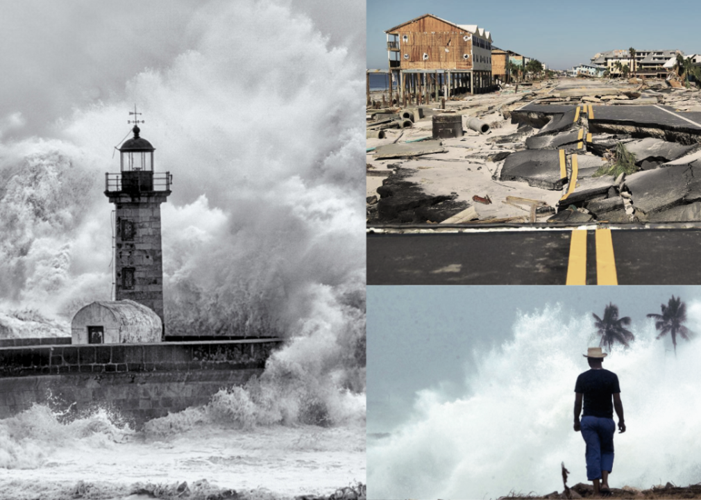
The fast winds, rapid rainfall, and huge storm surges of hurricanes make this natural disaster responsible for hundreds of deaths and millions of dollars' worth of damage each year. than any other natural disaster, according to the National Oceanic and Atmospheric Administration. They've caused more than $1.3 trillion in damage since 1980, averaging $22.8 billion per hurricane. Hurricanes have also resulted in the highest number of deaths in the U.S.—6,890 Americans have lost their lives in hurricanes between 1980 and 2023.
Hurricanes are large, wet storms with high winds that . On average, about 10 tropical storms develop each year, and , according to NOAA. Hurricane season in the —the Atlantic Ocean, Gulf of Mexico, and the Caribbean Sea—runs from June 1 to Nov. 30, though some hurricanes do form outside of this season.
Hurricanes are rated using the . Category 1 hurricanes have the lowest wind speeds at 74-95 miles per hour, and Category 5 hurricanes have the strongest winds at 157 miles per hour or higher. Storms that are Category 3 and above (reaching at least 111 miles per hour) are considered major hurricanes.
Stronger hurricanes can trigger flash floods, mudslides, and tornadoes, but even weaker ones can cause extensive destruction to property, infrastructure, and crops. Some hurricanes remain at sea and never make landfall, limiting the destruction they cause. Advancements in technology, particularly satellite imaging, have greatly improved warnings and advisories that prompted live-saving evacuations.
Weather disasters like hurricanes have become more consistently destructive in recent years. In July 2024, Hurricane Beryl tore through southeast Texas, . It was the earliest on record. As of August 2024, forecasts from warn that this season could bring up to 24 named storms with at least eight hurricanes.
To see how hurricane season has evolved over time, obtained hurricane data, updated in 2023, from the , dating back to 1924. A list of notable events from each year was compiled from news, scientific, and government reports. (Because hurricanes were not given official names until 1950, this article refers to storms through 1949 as "recorded storms" as opposed to "named storms".)
Read on to learn about the noteworthy tropical storms and hurricanes from the year you were born.
You may also like:
![]()
- Photo illustration by Michael Flocker // Stacker // Getty Images

- Recorded storms: 11
- Hurricanes: 8
- Category 3 or higher hurricanes: 6
The 1926 hurricane season is remembered for . A Category 4 hurricane hit South Florida in September, and leaving 25,000 residents . According to PBS, the , known as the Great Miami Hurricane, was the country's greatest natural disaster in two decades, since the deadly earthquake and fire that hit San Francisco in 1906. Today, the storm is still considered among the strongest, deadliest, and most costly in the country's history.
- Bettmann // Getty Images
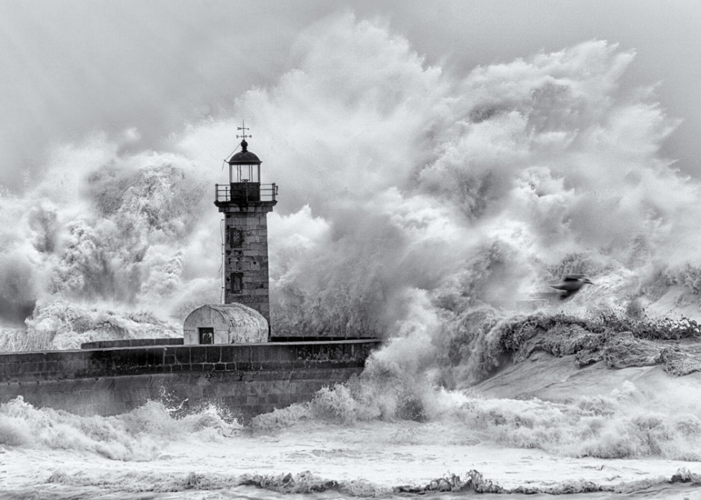
- Recorded storms: 8
- Hurricanes: 4
- Category 3 or higher hurricanes: 1
No hurricanes struck the U.S. in 1927. However, that doesn't mean the country didn't feel the effects of those Atlantic basin storms anyway. In early November, a , leading to disastrous rainfall in New England, with some parts of Vermont receiving as much as 15 inches of rain, resulting in widespread flooding.
- Canva
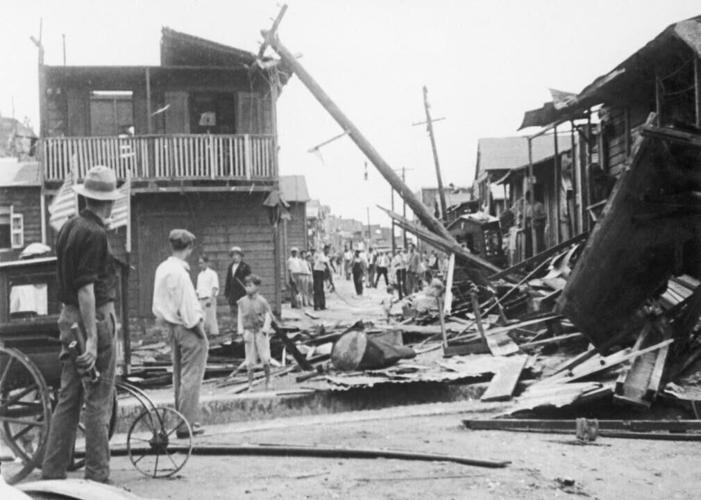
- Recorded storms: 6
- Hurricanes: 4
- Category 3 or higher hurricanes: 1
Just two years after the Great Miami Hurricane sounded the alarm to southern Floridians about the area being storm-prone, the Okeechobee Hurricane of 1928 struck, cementing that fact. The hurricane on Sept. 16, , many of whom were migrant workers, and leaving . Before landing in Florida, the hurricane also hit Puerto Rico on Sept. 13, the feast day of Saint Philip. It was the to strike Puerto Rico on that day of celebration.
You may also like:
- Keystone-France // Getty Images
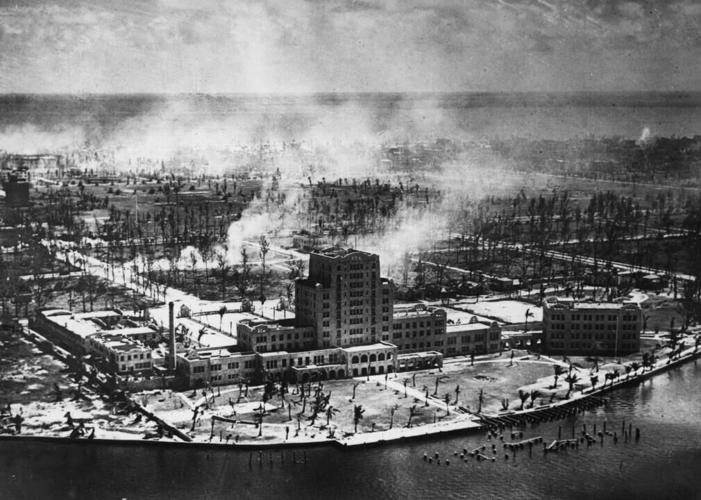
- Recorded storms: 5
- Hurricanes: 3
- Category 3 or higher hurricanes: 1
The Great Bahamas Hurricane, also known as the Great Andros Island Hurricane, barely moved over the course of three days in September, hovering above Nassau and Andros in the Bahamas. The storm , with mariners and anglers making up a large majority of the fatalities.
- Topical Press Agency // Getty Images
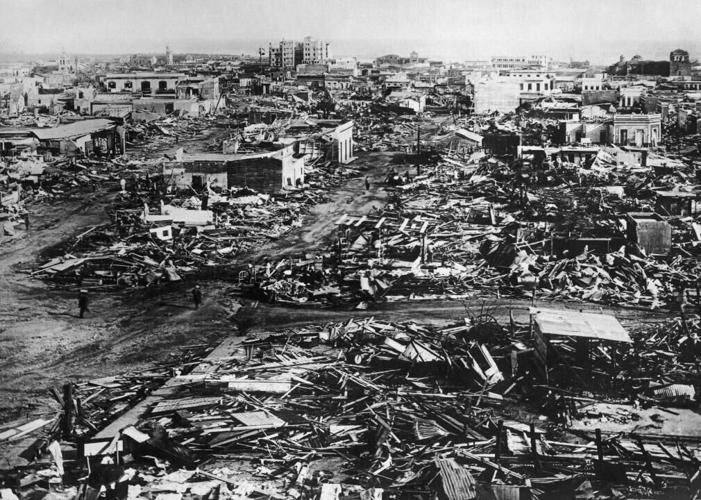
- Recorded storms: 3
- Hurricanes: 2
- Category 3 or higher hurricanes: 2
Though 1930 was a quiet hurricane season overall, it also saw . The Dominican Republic Hurricane, also known as the San ZenĂłn Hurricane, was a Category 4 storm that killed up to 8,000 people in the Dominican Republic.
- Keystone-France // Getty Images
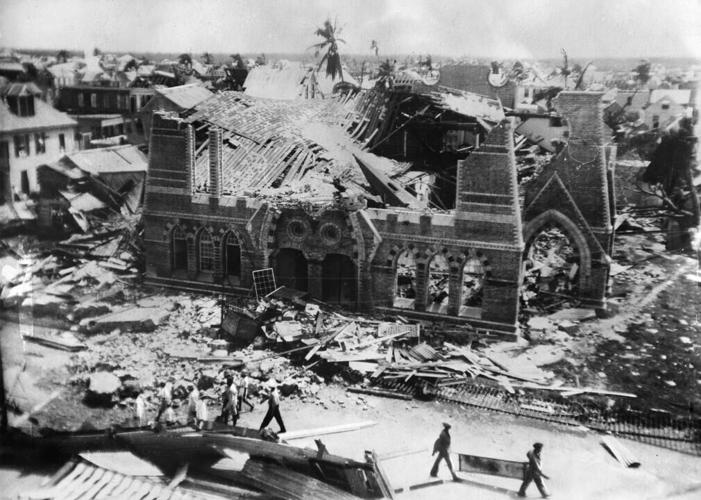
- Recorded storms: 13
- Hurricanes: 3
- Category 3 or higher hurricanes: 1
In September 1931, a hurricane hit Belize, then known as British Honduras, and killed about 2,500 people. The colony's capital, Belize City, was submerged in about five feet of water, leaving nearly 70% of the city destroyed. As of August 2024, it is the in recorded history.
- ullstein bild Dtl. // Getty Images
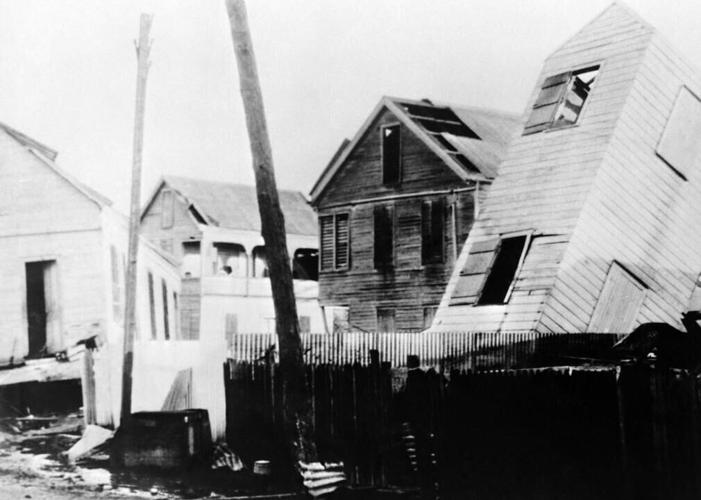
- Recorded storms: 15
- Hurricanes: 6
- Category 3 or higher hurricanes: 4
The Huracán de Santa Cruz del Sur, a Category 4 storm, and caused 3,500 fatalities. Most of the deaths were due to a storm surge, a flash flood that rose to over 20 feet. The damage in the town of Santa Cruz del Sur was particularly catastrophic, hence the hurricane's unofficial name. According to the Associated Press, less than 10% of the town's residents were able to flee unscathed.
- Keystone-France // Getty Images
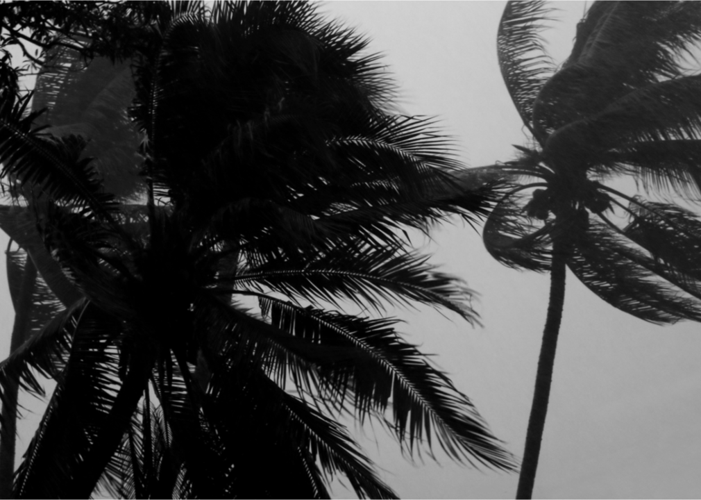
- Recorded storms: 20
- Hurricanes: 11
- Category 3 or higher hurricanes: 6
The 1933 hurricane season was in Atlantic basin history. Of the 11 hurricanes that season, eight were tracked through the Caribbean alone, which is the most ever recorded in that area, as of 2021.
You may also like:
- tuaindeed // Shutterstock
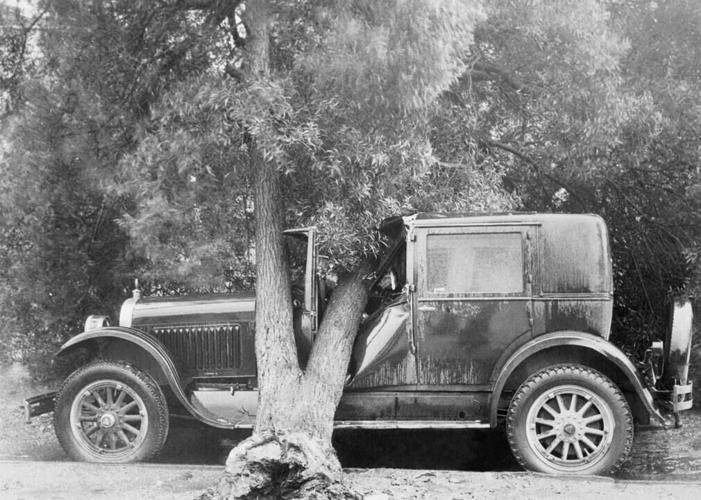
- Recorded storms: 13
- Hurricanes: 7
- Category 3 or higher hurricanes: 1
Unlike the year that preceded it, the 1934 hurricane season was much less destructive, which was both a natural development and a technological one. The United States Weather Bureau's improved system for involved calling ships for weather updates, which allowed earlier warnings to residents to escape potential threats.
- Bettmann // Getty Images
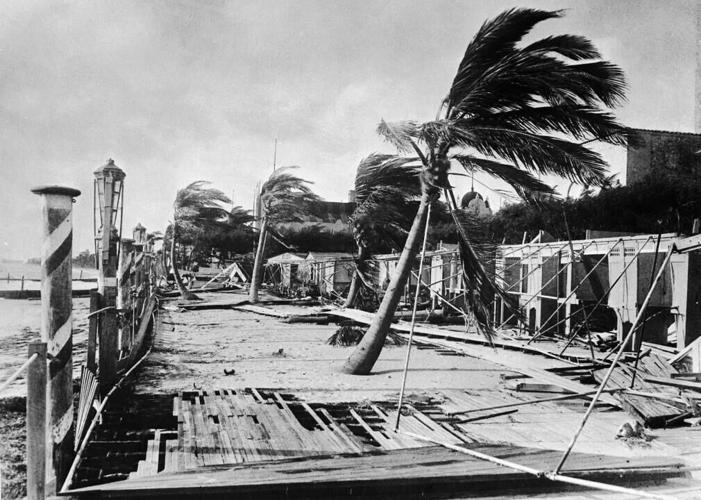
- Recorded storms: 8
- Hurricanes: 5
- Category 3 or higher hurricanes: 3
At the time of its landfall, the 1935 Labor Day Hurricane was to touch down in the U.S. It was also the country's ever. More than 400 people died in the storm's path that made landfall in the Florida Keys, making it one of the 10 deadliest hurricanes in the country's history.
- Keystone-France // Getty Images
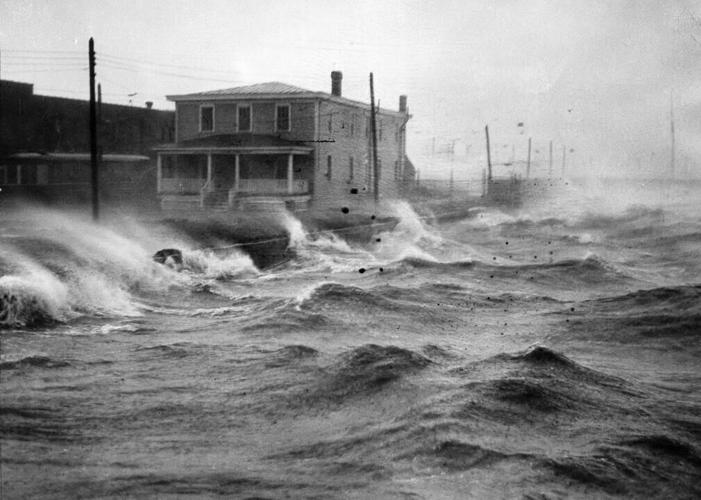
- Recorded storms: 17
- Hurricanes: 7
- Category 3 or higher hurricanes: 1
Only the United States in 1936, and this time, it came for Texas. The storm made landfall on June 27 in Port Aransas, weakening as it made its way to Corpus Christi. Though the storm did damage boats and crops, there were no reported deaths or injuries.
- ullstein bild Dtl. // Getty Images
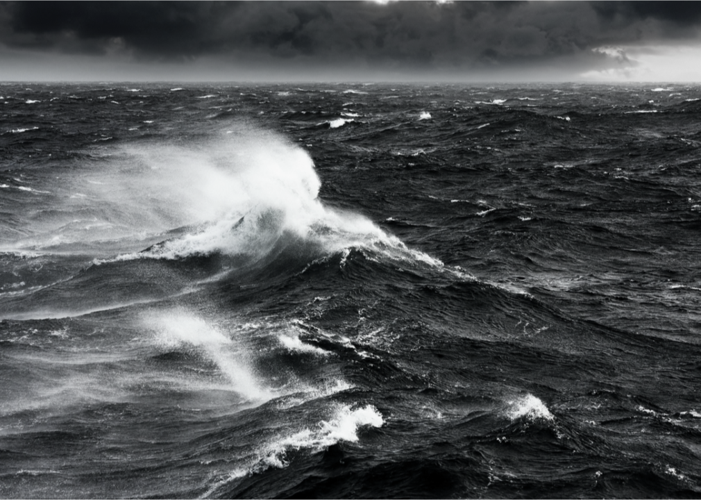
- Recorded storms: 11
- Hurricanes: 4
- Category 3 or higher hurricanes: 1
The first tropical disturbance of the was on July 29, and the last was on Oct. 4. The short season only had one major hurricane, near Barbuda in the Caribbean, but it never made landfall.
- Oskari Porkka // Shutterstock
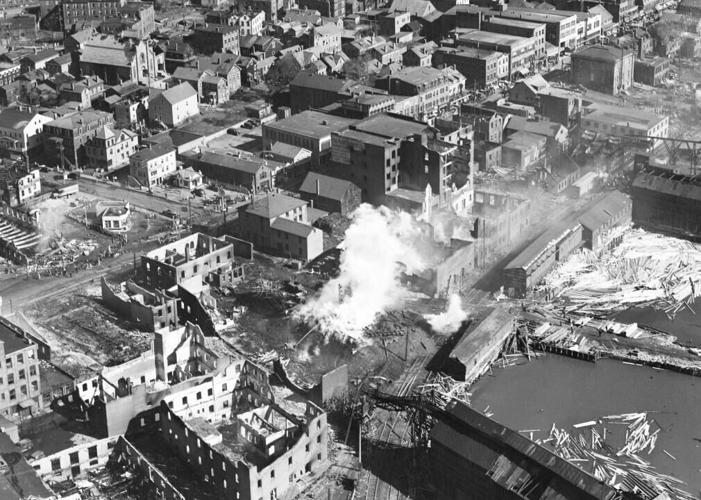
- Recorded storms: 9
- Hurricanes: 4
- Category 3 or higher hurricanes: 2
The Great New England Hurricane of 1938 recorded the . The storm traversed 600 miles in 12 hours, moving at roughly 60 miles per hour. It earned the nickname "The Long Island Express" due to its trainlike high speeds.
You may also like:
- Bettmann // Getty Images
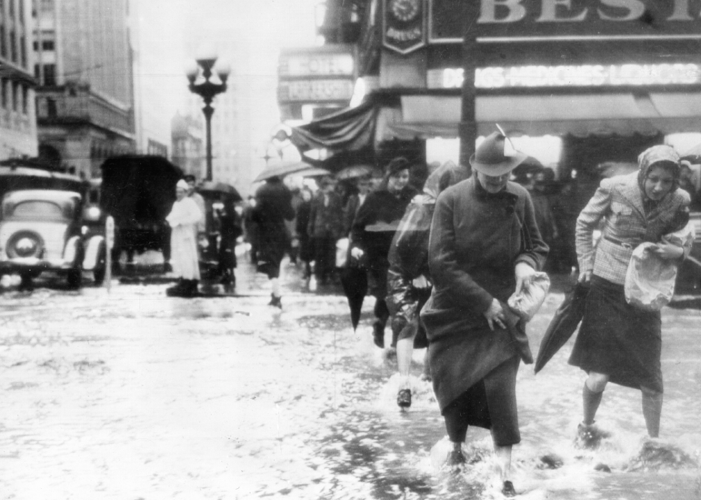
- Recorded storms: 6
- Hurricanes: 3
- Category 3 or higher hurricanes: 1
In 1939, in September alone. The most destructive was El Cordonazo, which killed 93 people and was the only tropical storm to make landfall in the Golden State in the 20th century.
- ullstein bild via Getty Images
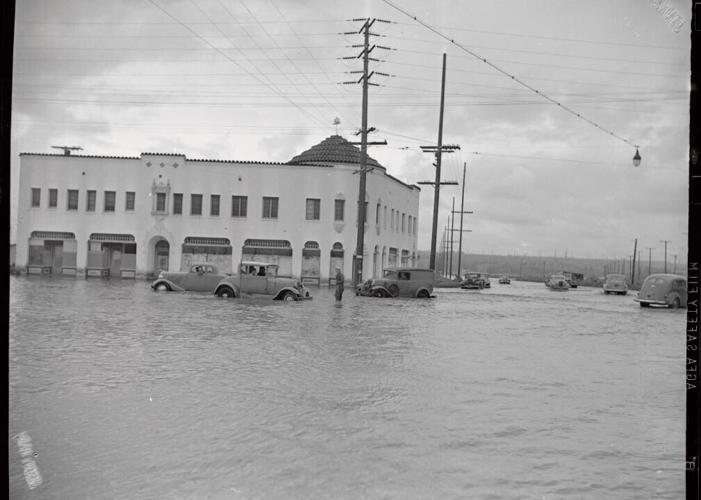
- Recorded storms: 6
- Hurricanes: 4
- Category 3 or higher hurricanes: 3
A September 1941 in Texas near East Matagorda Bay. Water from the rising tide flooded residential and business areas, covering a local airport with up to three feet of water. In total, the hurricane caused $7 million in damage, with $5 million attributed to crop damage.
- Bettmann // Getty Images
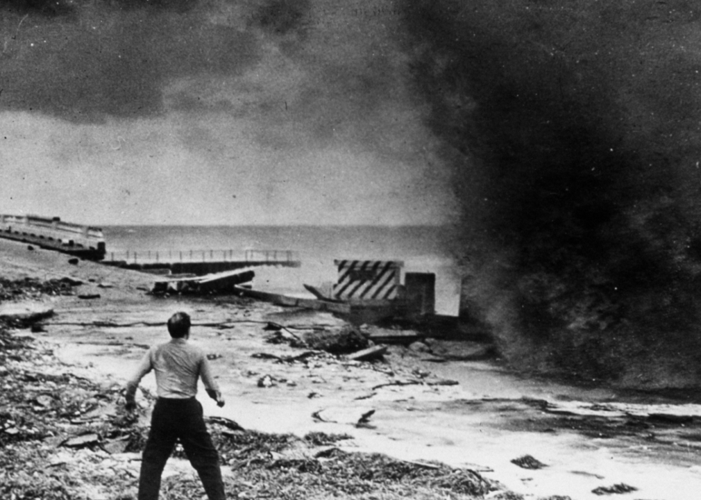
- Recorded storms: 11
- Hurricanes: 4
- Category 3 or higher hurricanes: 1
The 1942 season is only one of six in which in Texas. The worst of them hit , causing eight fatalities, $11.5 million in property damage, and $15 million in crop damage.
- Photo 12/Universal Images Group via Getty Images
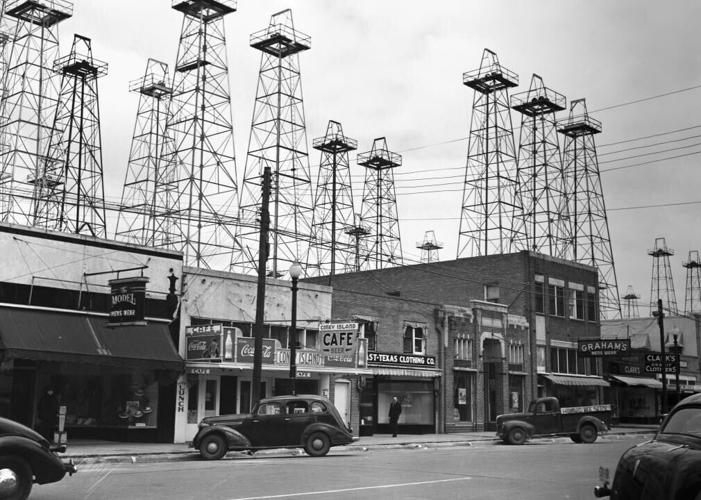
- Recorded storms: 10
- Hurricanes: 5
- Category 3 or higher hurricanes: 2
During World War II, so the military could keep a lookout for German U-boats. That radio silence meant no transmissions on weather conditions, too, so the hurricane that hit the Houston-Galveston area of Texas in late July came without warning, earning its nickname of the "surprise" hurricane.
You may also like:
- Historical // Getty Images
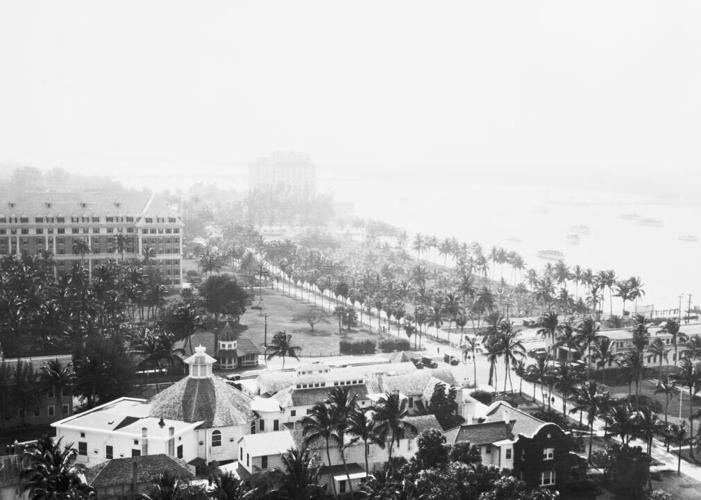
- Recorded storms: 11
- Hurricanes: 5
- Category 3 or higher hurricanes: 2
In 1945, the at Naval Air Station Richmond in South Florida that burnt down three wooden hangars used during World War II to house blimps and planes. The storm and its resulting fire ultimately 25 blimps and 360 aircraft and at the naval base.
- Bettmann // Getty Images
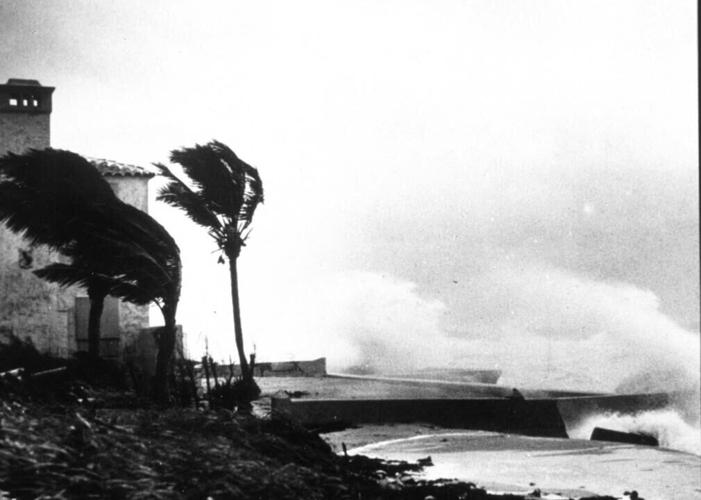
- Recorded storms: 9
- Hurricanes: 5
- Category 3 or higher hurricanes: 2
For the first time in 1947, the government through a weather modification program called Project Cirrus. They used a method called cloud seeding, which involves releasing a substance into the air (in this case, dry ice) to modify the storm.
That same year, the Army Air Corps led a flight into a hurricane, marking the start of the , who measure storms by entering the eye of the hurricane.
- Photo 12 // Getty Images
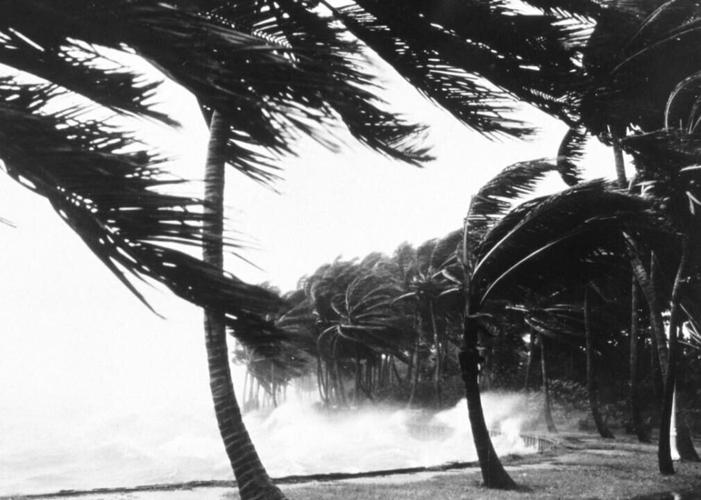
- Recorded storms: 9
- Hurricanes: 6
- Category 3 or higher hurricanes: 4
Two hit South Florida two weeks apart in September 1948 and October 1948, causing extensive flood damage. The first of the two was the most destructive, featuring wind gusts of 160 miles per hour and producing six feet of storm surge.
You may also like:
- Photo 12 // Universal Images Group via Getty Images
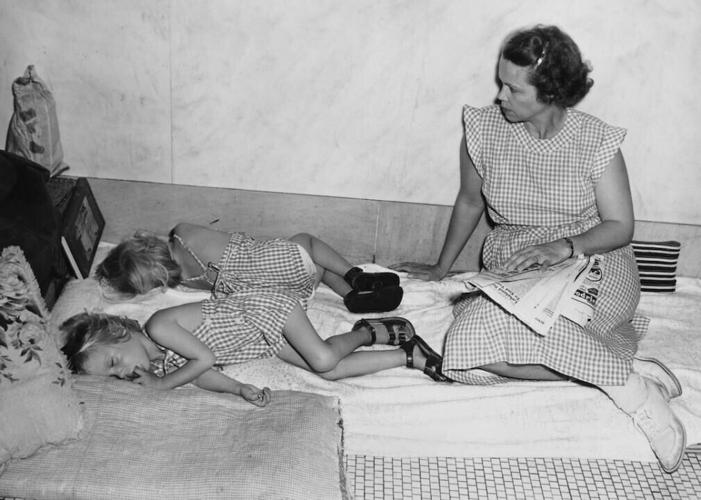
- Recorded storms: 13
- Hurricanes: 7
- Category 3 or higher hurricanes: 3
A late August 1949 hurricane followed a similar path in South Florida as the Great Miami Hurricane of 1928 but caused , particularly agriculturally. There was $45 million worth of damage in Florida alone, according to NOAA, mainly affecting crops.
- UPI/Bettmann Archive // Getty Images
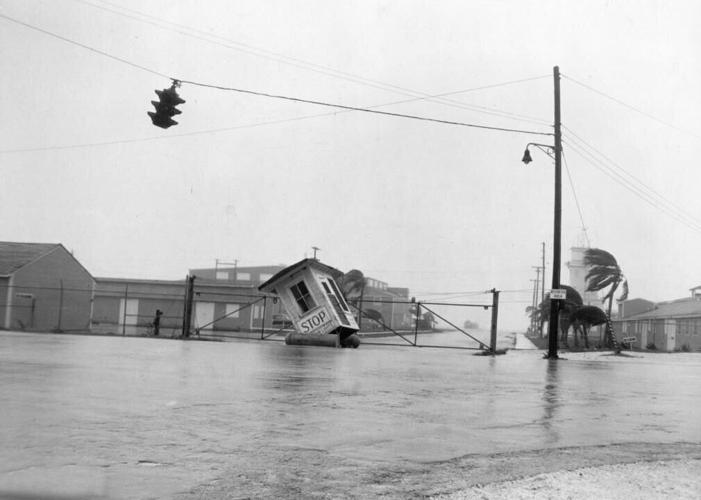
- Named storms: 13
- Hurricanes: 11
- Category 3 or higher hurricanes: 8
The first year that hurricanes in the Atlantic were was 1950. The convention was to use names from the British–U.S. World War II spelling alphabet, starting with Hurricane Able. The fifth storm of the season, Hurricane Easy, didn't live up to its moniker—the Category 3 the town of Cedar Key, Florida.
- Evans // Getty Images
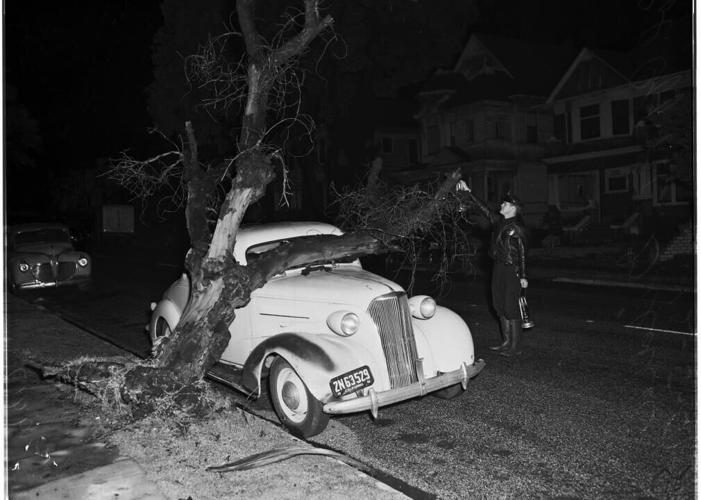
- Named storms: 10
- Hurricanes: 8
- Category 3 or higher hurricanes: 5
No hurricanes made landfall in the U.S. in 1951. However, the , Hurricane Charlie, was one of the most destructive storms in Jamaica's history, killing more than 150 people, leaving 25,000 homeless, and causing $50 million in damage.
- University of Southern California // Getty Images
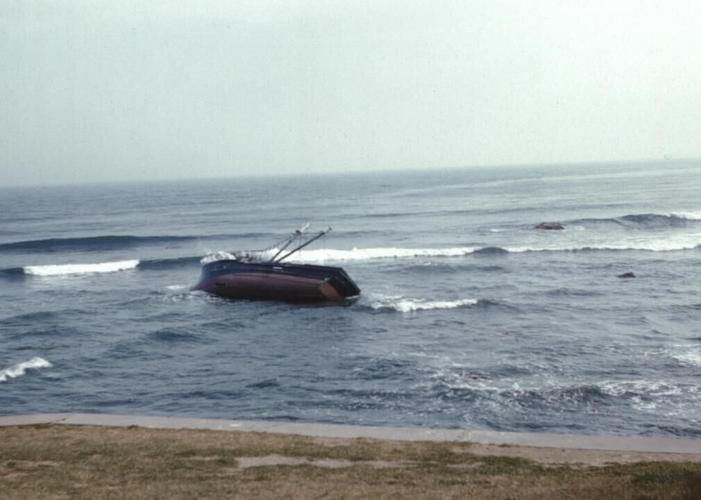
- Named storms: 7
- Hurricanes: 6
- Category 3 or higher hurricanes: 3
In 1952, an unnamed hit Florida on Feb. 2, Groundhog Day—well before the June start of the hurricane season. It's the only known February tropical storm ever in the Atlantic basin and it wasn't until 2015 that NOAA's National Hurricane Research Division classified the low-pressure system as a tropical storm.
- Smith Collection/Gado // Getty Images
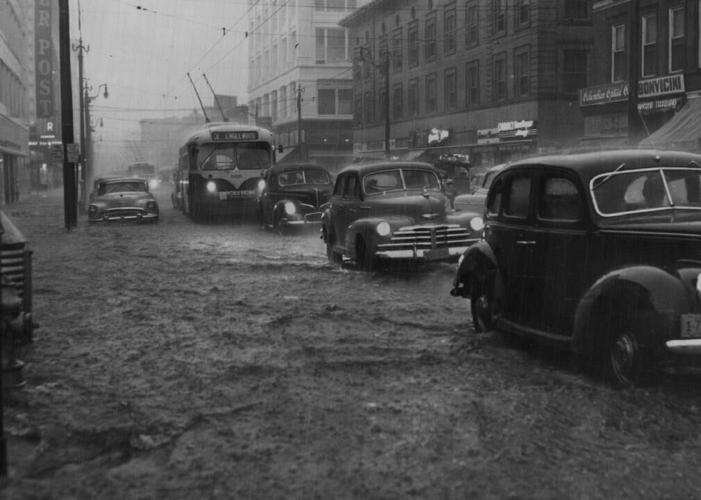
- Named storms: 14
- Hurricanes: 6
- Category 3 or higher hurricanes: 4
In 1953, the U.S. of 1950 and opted instead for a list of names traditionally used for women. While the new names were ready to go, the season was relatively tame, with and they were not severe. There was one death and damage totaled about $6 million.
You may also like:
- Dean Conger // Getty Images
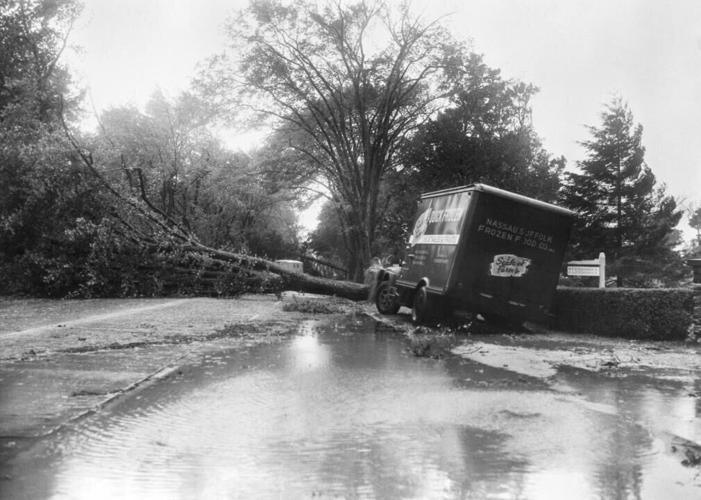
- Named storms: 11
- Hurricanes: 8
- Category 3 or higher hurricanes: 2
Until 1954, many people believed that hurricanes spared New England, but that changed when a duo of tropical cyclones hit the region in late August and early September of that year. The —known as "The Twins," Carol and Edna—came close to in Rhode Island. Hurricane Carol caused more property damage than any other hurricane by that point in recorded history, a for one year. As a result, NOAA from hurricane nomenclature due to the severity of the storm's destruction. (Carol was the first name to be retired in history.)
- Bettmann // Getty Images
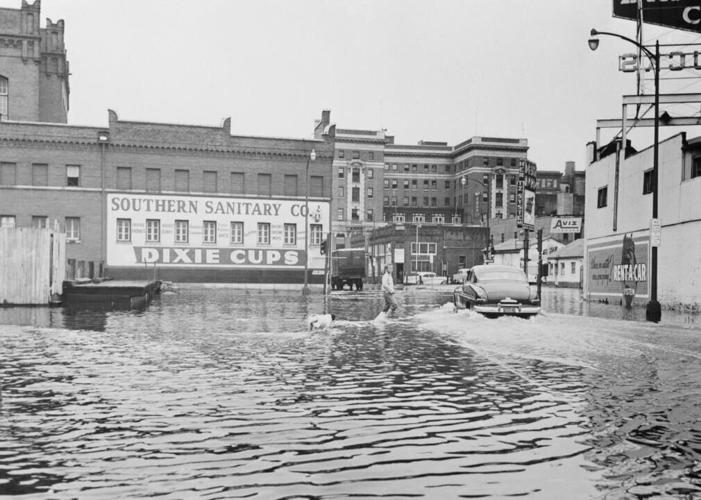
- Named storms: 12
- Hurricanes: 9
- Category 3 or higher hurricanes: 6
Hurricanes Diane and Connie outdid the damage caused by Carol and Edna the previous year. The just five days apart, tracking up to Washington D.C., and eventually, . Hurricane Diane followed so soon after Hurricane Connie that their floods up until that point. It's estimated that Diane alone led to . NOAA also retired the names Diane and Connie as a result.
- Bettmann // Getty Images
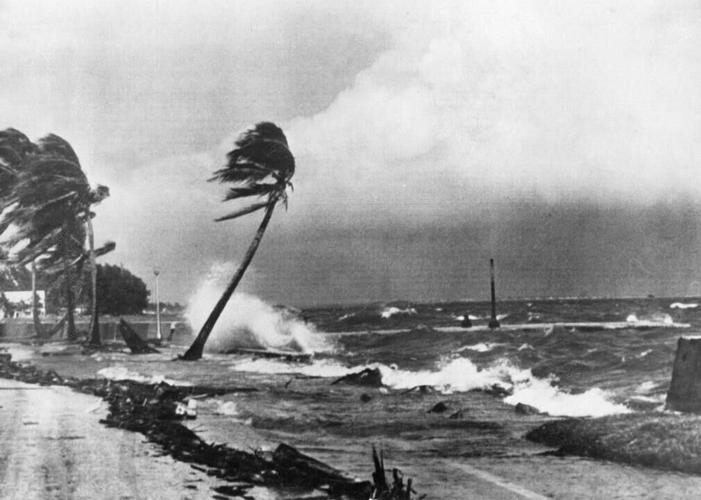
- Named storms: 8
- Hurricanes: 4
- Category 3 or higher hurricanes: 2
The 1956 season featured only a few hurricanes, and those storms were of low intensity, especially compared to the hurricanes of the two previous seasons. was the only storm to touch down in the contiguous U.S., causing heavy rainfall in Alabama and Florida.
- ullstein bild Dtl. // Getty Images
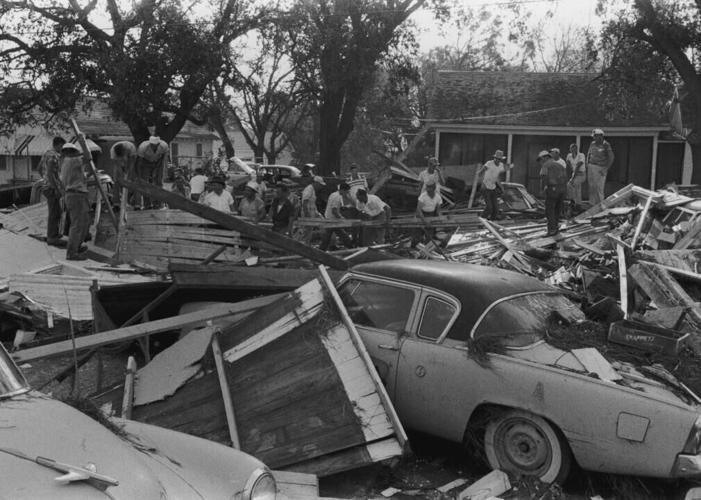
- Named storms: 8
- Hurricanes: 3
- Category 3 or higher hurricanes: 2
The 1957 hurricane season came back with a bit of a vengeance, mainly thanks to , a June storm that caused an estimated 500 deaths. Audrey was also the likely reported around its strike zone. The storm made landfall as a Category 3 hurricane in Louisiana, near the Louisiana-Texas border.
- Shel Hershorn - HA/Inactive // Getty Images
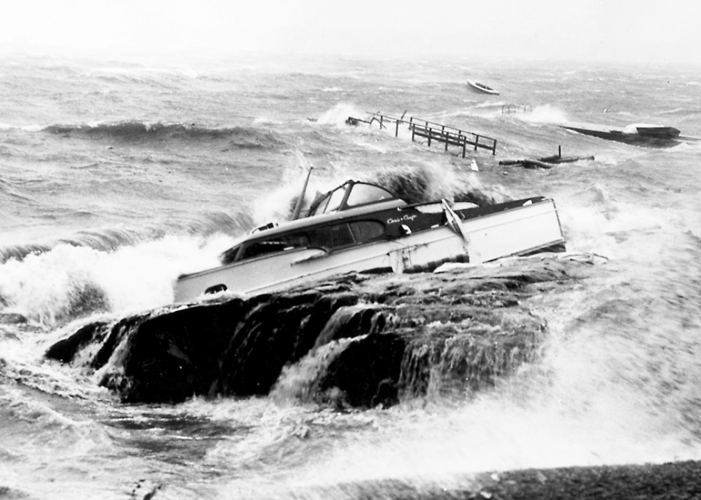
- Named storms: 10
- Hurricanes: 7
- Category 3 or higher hurricanes: 5
The 1958 season over the Atlantic until mid-August. In late September, Hurricane Helene became one of the most intense and destructive of the season, , though it led to no fatalities.
You may also like:
- Portland Press Herald via Getty Images
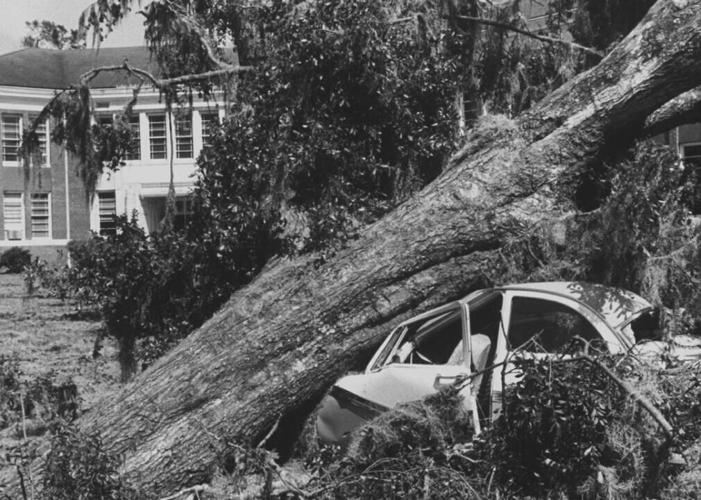
- Named storms: 11
- Hurricanes: 7
- Category 3 or higher hurricanes: 2
Several of 1959's hurricanes were weak, just barely achieving hurricane status. Hurricane Gracie, which occurred late in the season, was the U.S. It was also one of the most intense, causing 22 out of the 24 fatalities that year. Accurate warnings enabled many people to evacuate before Gracie wreaked havoc, resulting in the low death count.
- Donald Uhrbrock // Getty Images
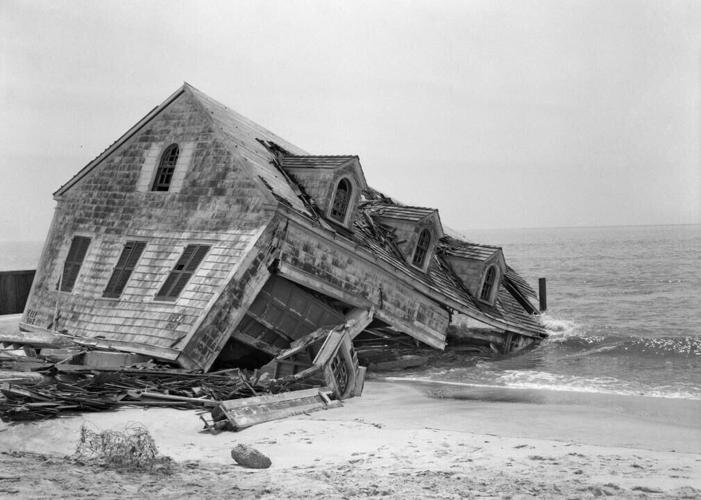
- Named storms: 7
- Hurricanes: 4
- Category 3 or higher hurricanes: 2
Once Hurricane Donna struck Florida in September 1960, it was reported that its than any other storm on record. It was also the most destructive hurricane in Florida's history at the time and it holds the record for than any other storm in the Atlantic basin, lasting for a total of nine days.
- H. Armstrong Roberts/ClassicStock // Getty Images
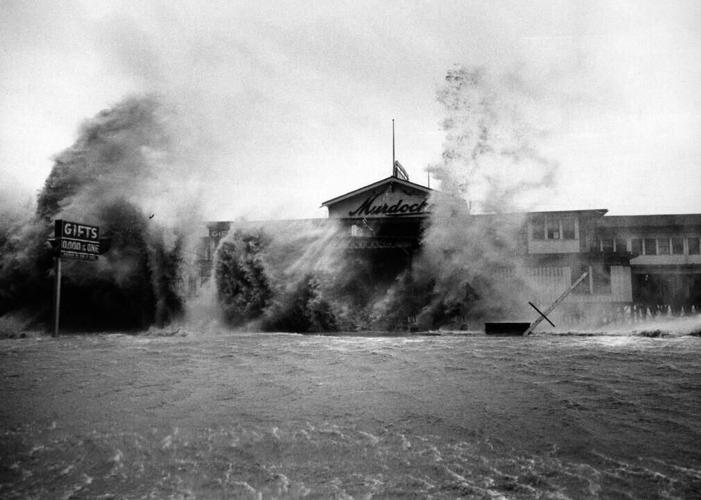
- Named storms: 11
- Hurricanes: 8
- Category 3 or higher hurricanes: 7
Hurricane Carla was a Category 5 storm until just before it in mid-September 1961. Still, Carla was one of the largest and most intense hurricanes ever to strike the Gulf Coast. Fortunately, there were fewer than 50 fatalities, thanks to early warnings that allowed about 350,000 people to evacuate.
- Flip Schulke Archives // Getty Images
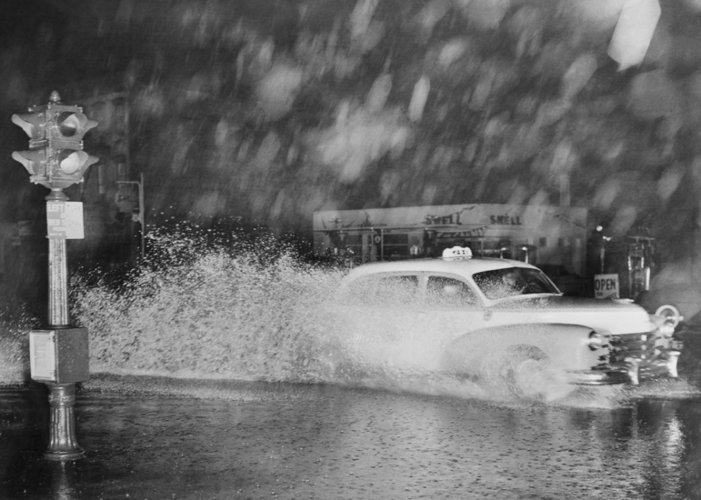
- Named storms: 5
- Hurricanes: 3
- Category 3 or higher hurricanes: 1
With significantly fewer storms than usual, 1962 was the . Even the storms that occurred were less intense than expected. The first hurricane of the season, Alma, barely reached hurricane status and only remained one for 12 hours.
- Bettmann // Getty Images
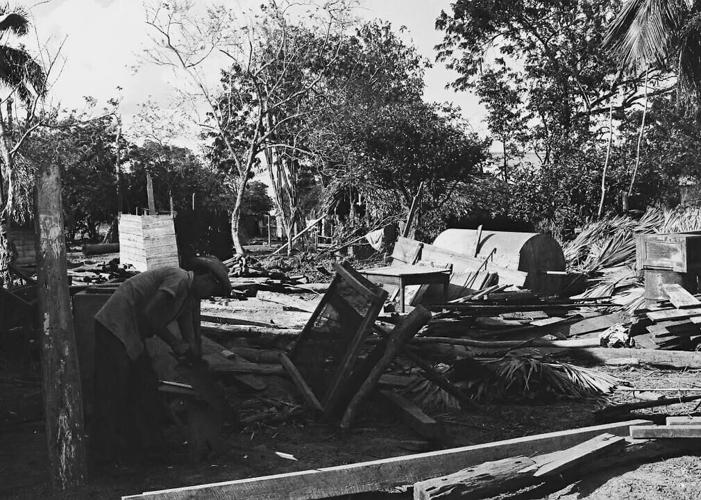
- Named storms: 9
- Hurricanes: 7
- Category 3 or higher hurricanes: 2
The , but there were only two days without tropical cyclones on weather charts from Sept. 10 to Oct. 30. Hurricane Flora was the one that went down in history, becoming one of the deadliest storms the Atlantic had ever experienced. It killed an estimated 7,186 people and , taking the lives of over 5,000 people in the country. Flora's agricultural damage—totaling a conservative estimate of $528.6 million—particularly devastated Cuba's economy.
You may also like:
- Duke University Rubenstein Library/Gado // Getty Images
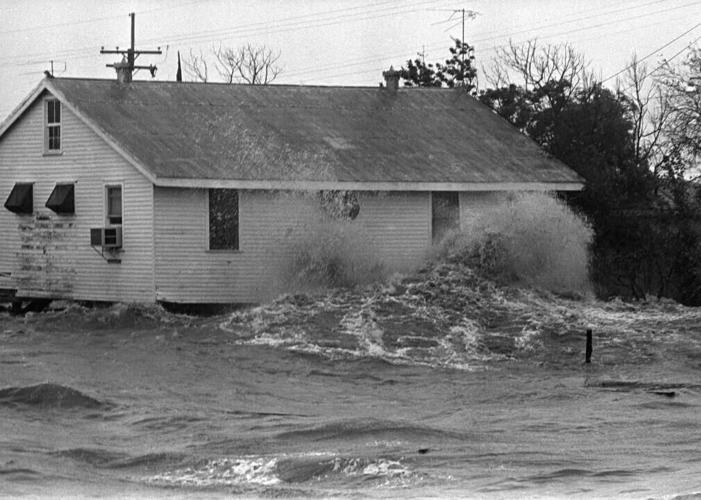
- Named storms: 12
- Hurricanes: 6
- Category 3 or higher hurricanes: 6
Four hurricanes hit the U.S. mainland in 1964, an occurrence that had only happened five other times since 1900. Though none were major, —Hurricane Cleo, Hurricane Dora, and Hurricane Hilda. The season resulted in $515 million in damage and 266 deaths across the U.S. and other parts of the Atlantic basin.
- Bettmann // Getty Images
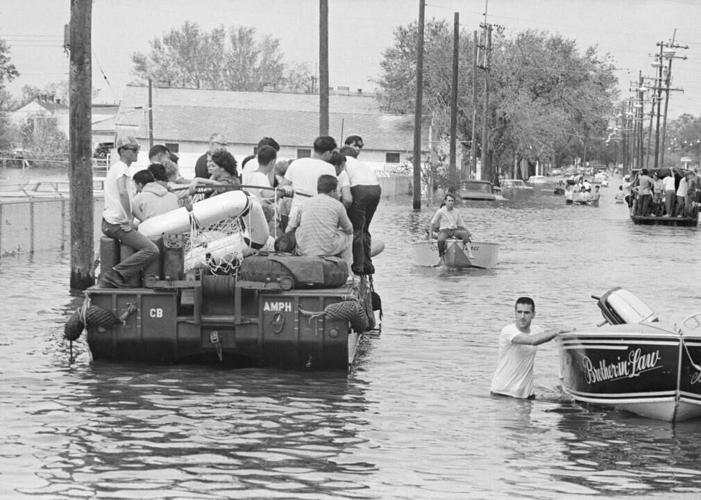
- Named storms: 6
- Hurricanes: 4
- Category 3 or higher hurricanes: 1
1965 marked the establishment of , running annually from June 1 to Nov. 30. Nearly all—97%—tropical cyclones occur between those dates, according to NOAA.
Also in 1965, Hurricane Betsy caused major damage, . At the time, it was the on record.
- Bettmann // Getty Images
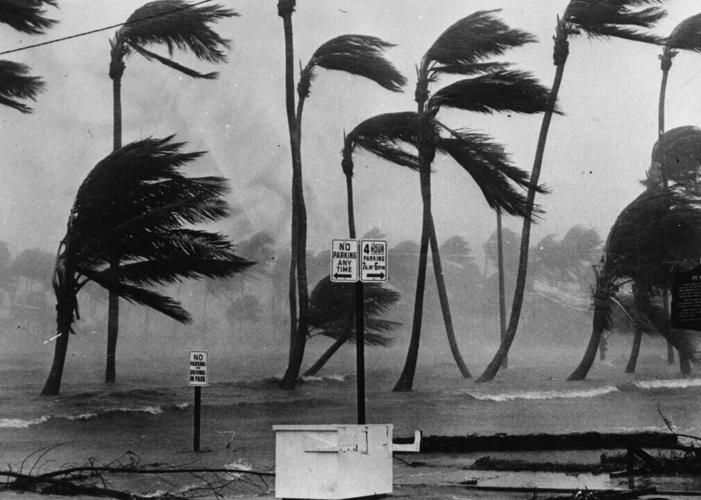
- Named storms: 11
- Hurricanes: 7
- Category 3 or higher hurricanes: 3
The first storm of the , Hurricane Alma, arrived earlier than any other hurricane since 1825. Hurricane Inez, another 1966 storm, had more advisories issued about it than any hurricane before it, with a total of 65. Inez was also the first single tropical cyclone to hit the West Indies, the Bahamas, Florida, and Mexico.
- Photoshot // Getty Images
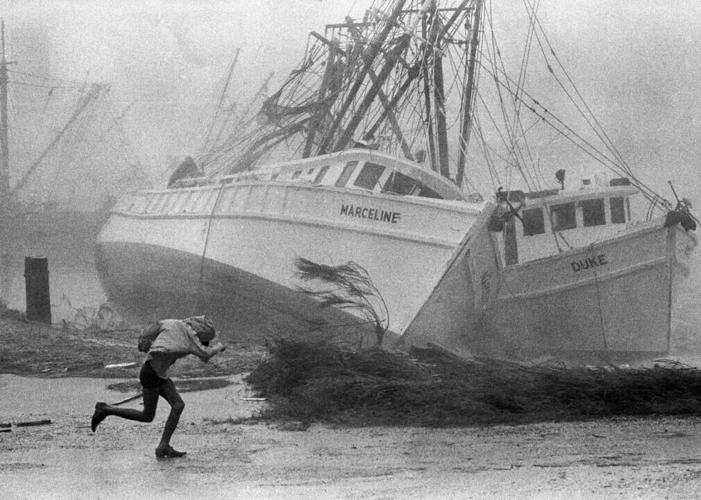
- Named storms: 8
- Hurricanes: 6
- Category 3 or higher hurricanes: 1
The 1967 season saw a for a season whose first storm didn't develop until the end of August. The season also saw three hurricanes—Beulah, Chloe, and Doria—existing at the same time, a rare phenomenon.
- Bettmann // Getty Images

- Named storms: 8
- Hurricanes: 4
- Category 3 or higher hurricanes: 0
1968 had an unusually calm hurricane season until came along in October. The storm brought rainfall that since 1932. Unfortunately, Gladys also killed five people and caused $6.7 million in damage.
You may also like:
- Boston Globe // Getty Images
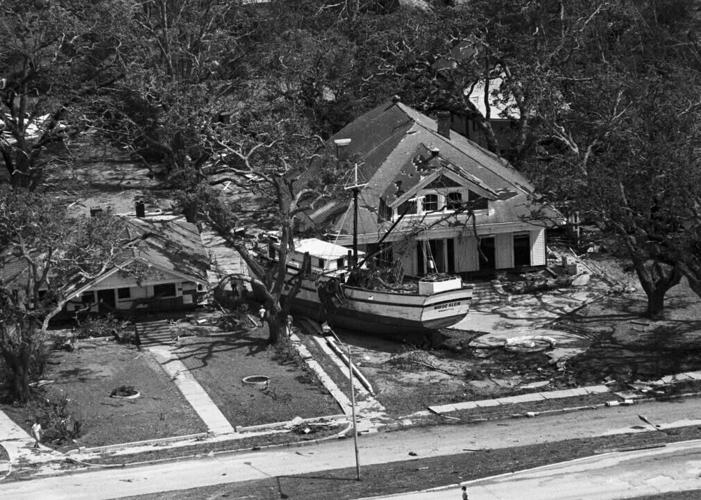
- Named storms: 18
- Hurricanes: 12
- Category 3 or higher hurricanes: 5
The was quite active, but one tropical cyclone, Hurricane Camille, has gone down in infamy. The made landfall in Mississippi in mid-August 1969, with winds reaching an estimated 200 miles per hour. It's one of only four . and it's also one of the in the country's history, costing $1.4 billion in damages.
- Bettmann // Getty Images
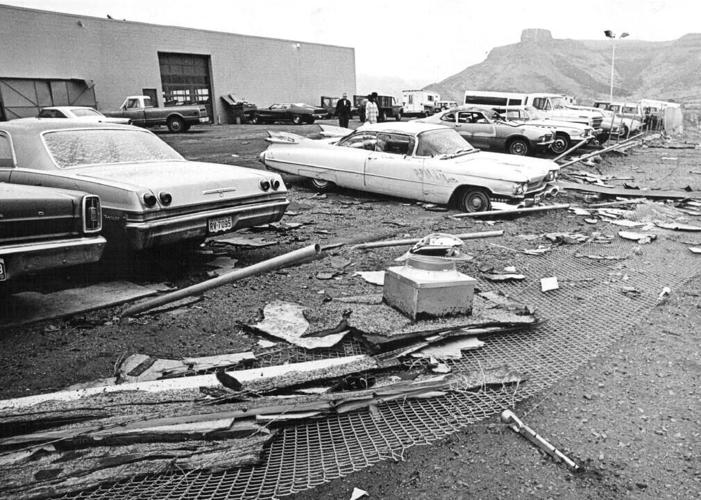
- Named storms: 10
- Hurricanes: 5
- Category 3 or higher hurricanes: 2
The the U.S. during the 1970 season was Hurricane Celia. The storm, which , in early August, caused $453.8 million in . At the time, it was the costliest hurricane to ever hit Texas, outdoing the damage of Hurricane Carla nearly a decade earlier.
- Denver Post // Getty Images
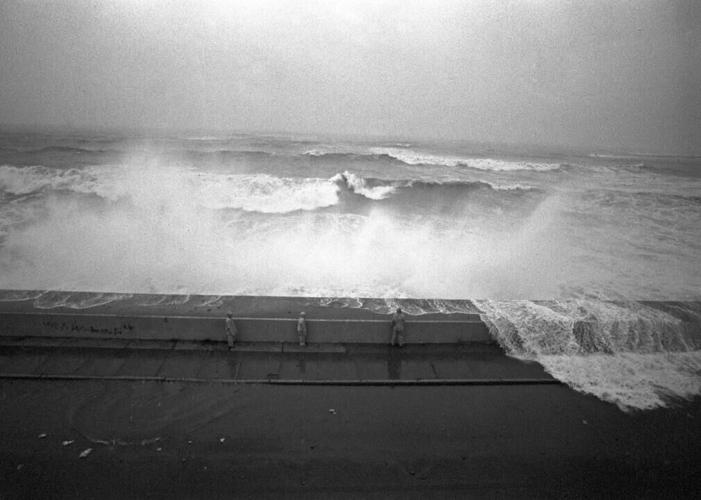
- Named storms: 13
- Hurricanes: 6
- Category 3 or higher hurricanes: 1
Hurricane Ginger broke records in 1971, becoming the in the Atlantic basin by lasting 27.25 days (20 of which it was classified as a hurricane). However, the was Tropical Storm Doria, which dumped heavy rains throughout New England. Of the eight storm-related fatalities in the U.S. in 1971, six were the result of Doria.
- Spencer Grant // Getty Images
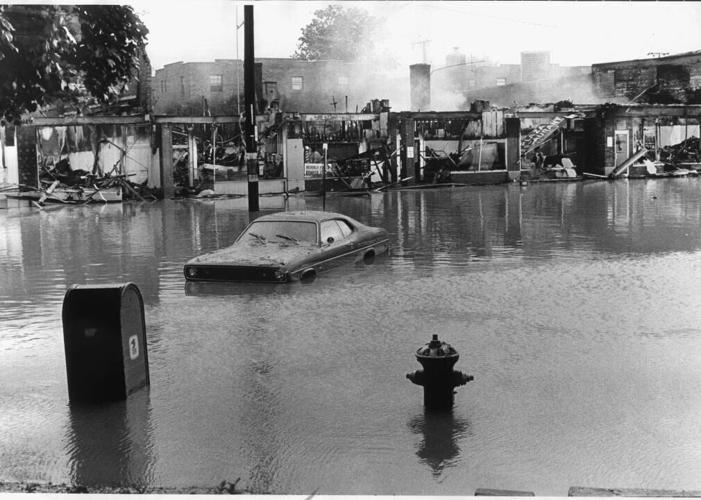
- Named storms: 7
- Hurricanes: 3
- Category 3 or higher hurricanes: 0
There were than any year since 1930, and most of the storms formed in temperate waters instead of the Tropics. The only storm that originated in tropical waters was Hurricane Agnes, which killed about 120 people and caused $3.1 billion in property damage. It became the first Category 1 hurricane in the Atlantic to .
- The Washington Post // Getty Images
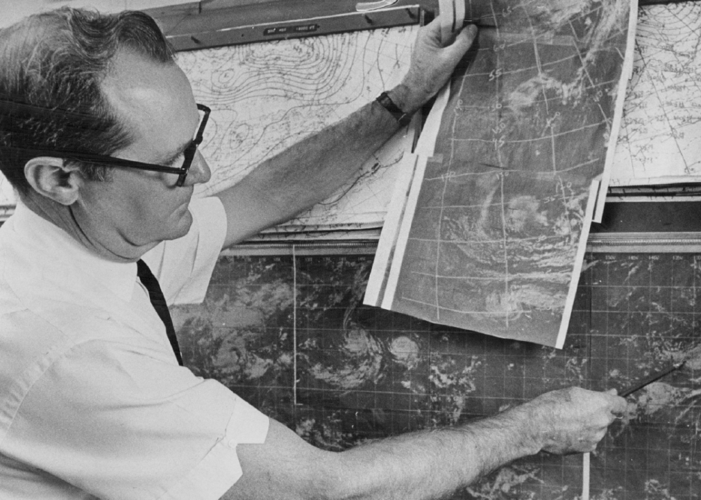
- Named storms: 8
- Hurricanes: 4
- Category 3 or higher hurricanes: 1
1973 was one of the , with only 16 fatalities throughout the Atlantic, Caribbean, and Gulf of Mexico and less than $20 million in damage. For the first time since 1962, no hurricanes crossed the U.S. coastline in 1973.
You may also like:
- Dave Mathias/The Denver Post via Getty Images
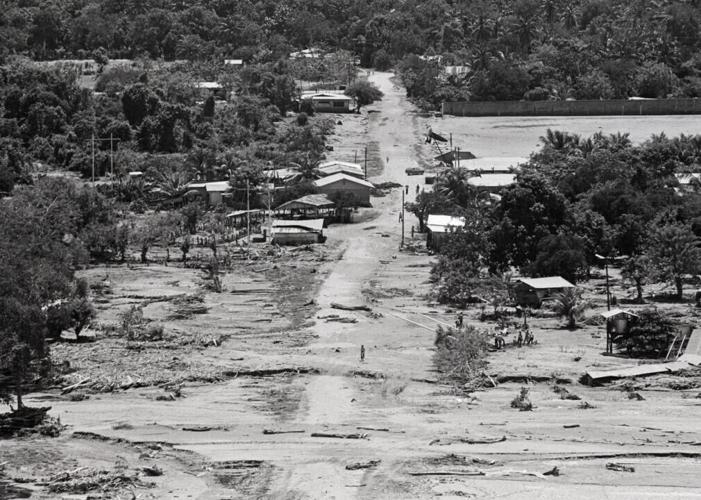
- Named storms: 11
- Hurricanes: 4
- Category 3 or higher hurricanes: 2
In mid-September 1974, Hurricane Fifi and made landfall in Belize, though it caused much more damage to the former. In some regions, Fifi caused 24 inches of rain in 36 hours, triggering mudslides and flash floods that destroyed 182 towns and killed 8,000 people in Honduras alone.
- Bettmann // Getty Images
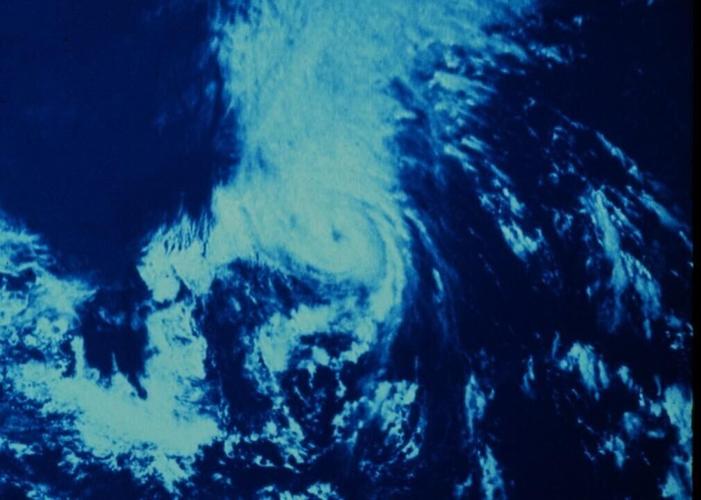
- Named storms: 9
- Hurricanes: 6
- Category 3 or higher hurricanes: 3
After five years of low hurricane activity in the Atlantic, . However, Hurricane Eloise was the only storm to make landfall in the U.S. that year. It was also the most destructive storm of the season, causing more than in Alabama alone.
- Universal History Archive // Universal Images Group via Getty Images
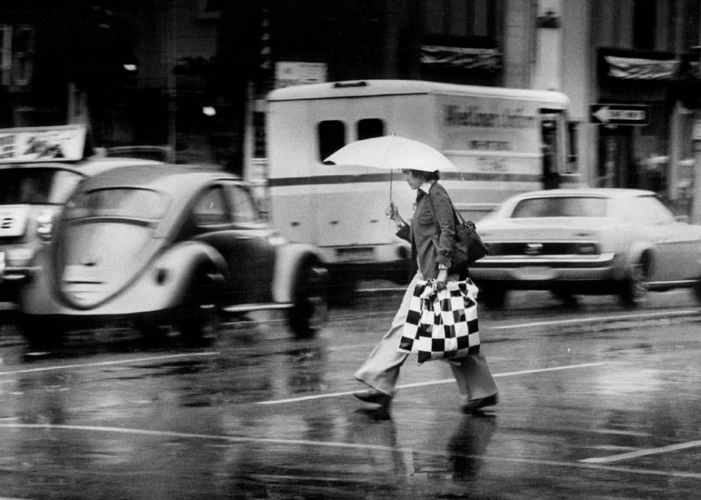
- Named storms: 10
- Hurricanes: 6
- Category 3 or higher hurricanes: 2
Hurricane Belle was one of , though the other was barely classified as a tropical storm. Belle significantly weakened the day before it hit Long Island, New York, on Aug. 10, yet the hurricane still caused $100 million in damage in the U.S., primarily due to the crops it ruined in the Northeast.
- David Cupp/The Denver Post via Getty Images
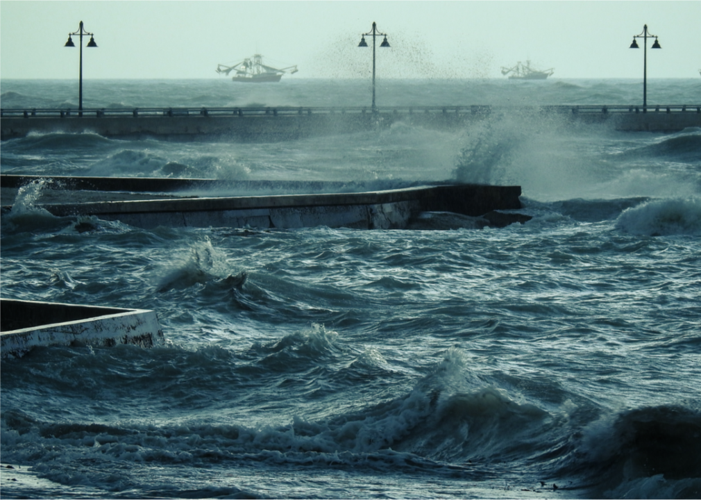
- Named storms: 6
- Hurricanes: 5
- Category 3 or higher hurricanes: 1
Anita, the first hurricane of 1977, didn't land until Aug. 29 and was . Thanks to advance warnings, about 100,000 people evacuated from coastal areas before Hurricane Anita made landfall, including 35,000 in Mexico, where the storm hit as a on Sept. 2.
- ajicphotos // Shutterstock
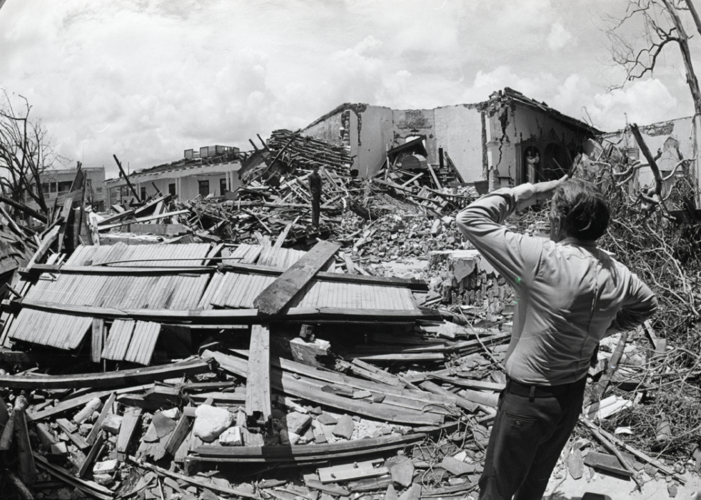
- Named storms: 12
- Hurricanes: 5
- Category 3 or higher hurricanes: 2
1978 was the last year that Atlantic tropical storms were . The following year included names traditionally given to men as well.
Also in 1978, in late September, killing four people in Belize and one person in Honduras. There was an estimated $25 million in damages to crops and utilities in Belize alone.
You may also like:
- Bettmann // Getty Images
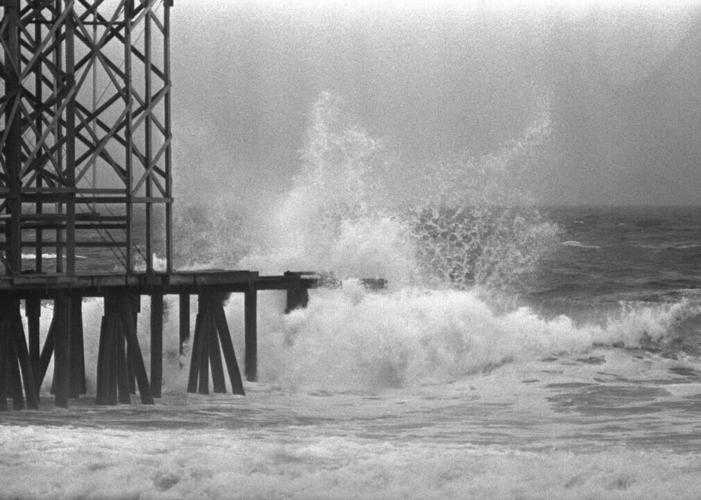
- Named storms: 9
- Hurricanes: 5
- Category 3 or higher hurricanes: 2
After a few years of relatively little damage to the U.S. during hurricane season, the tides turned in 1979. The season's tropical storms and cyclones led to a record $3 billion in damages for the U.S., the of which was . The September storm mainly struck Alabama and Mississippi and caused $2.3 of destruction.
- Bettmann // Getty Images
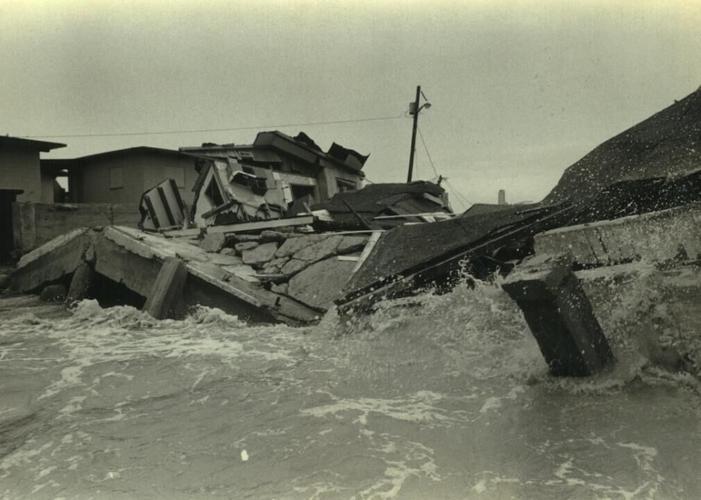
- Named storms: 11
- Hurricanes: 9
- Category 3 or higher hurricanes: 2
Hurricane Allen was the most noteworthy storm of the 1980 season, a that affected Haiti, Texas, and several Caribbean countries. Allen in the Gulf of Mexico, and 13 people died in a helicopter crash in a rig evacuation.
- Curtis McGee // Houston Chronicle via Getty Images
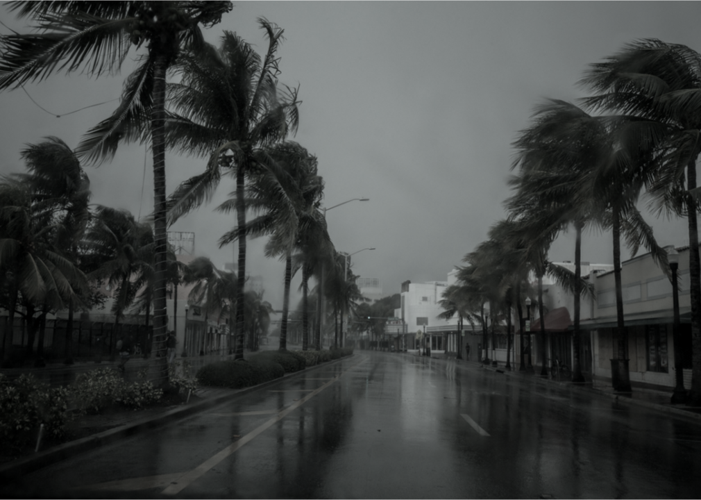
- Named storms: 12
- Hurricanes: 7
- Category 3 or higher hurricanes: 3
There were in 1981, an occurrence that had only happened two previous years, 1927 and 1962. The season also included five hurricanes in the month of September alone—only twice before had a single month seen that many tropical cyclones.
- Mia2you // Shutterstock
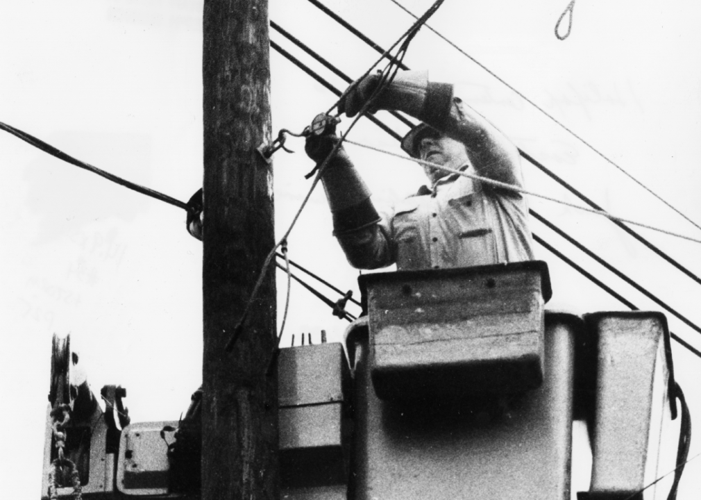
- Named storms: 6
- Hurricanes: 2
- Category 3 or higher hurricanes: 1
1982 was the based on both the total number of hurricanes and the number of days in which there were active hurricanes. Like the previous year, no hurricanes struck the contiguous U.S. in 1982, marking only the second time in the 20th century that the U.S. was spared two years in a row.
- Joe Runci/The Boston Globe via Getty Images
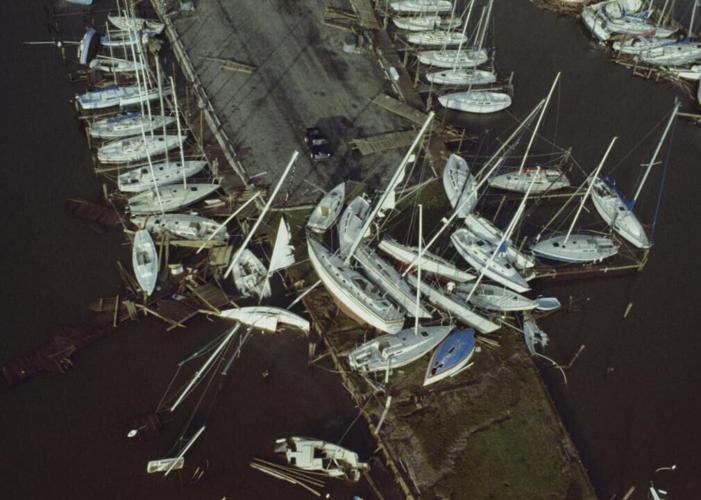
- Named storms: 4
- Hurricanes: 3
- Category 3 or higher hurricanes: 1
On Aug. 18, 1983, brought an end to the longest period in the 20th century without a hurricane hitting the contiguous U.S. The , which hit Southeast Texas, spawned 23 tornadoes, killed 21 people, and caused $2 billion in damages.
You may also like:
- Bettmann // Getty Images
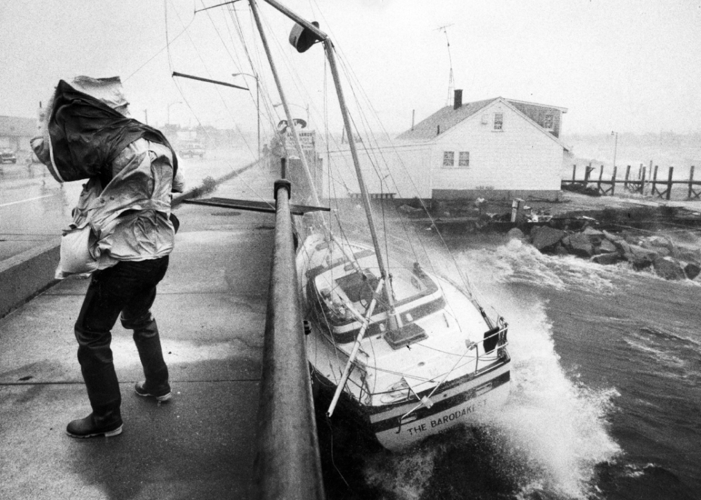
- Named storms: 13
- Hurricanes: 5
- Category 3 or higher hurricanes: 1
was the first and strongest hurricane of the 1984 season and the most intense storm to hit the Eastern seaboard in three decades, since 1954's Hurricane Hazel. Diana's destruction totaled in the U.S., $26 million of which can be attributed to agricultural damage.
- Ted Dully/The Boston Globe via Getty Images
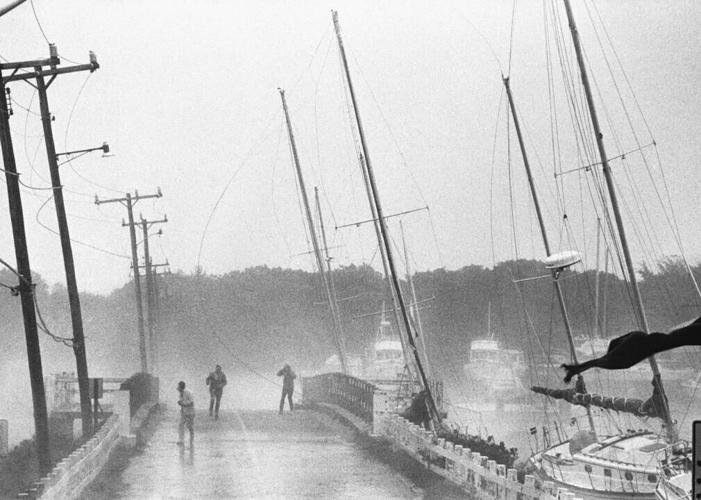
- Named storms: 11
- Hurricanes: 7
- Category 3 or higher hurricanes: 3
The was the worst in 69 years, causing $4.45 billion in damages and prompting a million people to evacuate. Six hurricanes and two tropical storms that year, the most since 1916. The storms of 1985—most notably Hurricane Gloria and Hurricane Juan—killed 100 people in Puerto Rico, 36 in the U.S., and 10 in Cuba.
- Bettmann // Getty Images
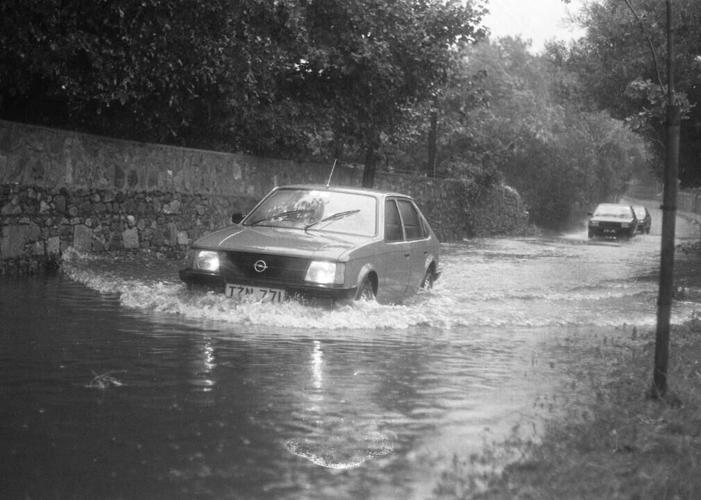
- Named storms: 6
- Hurricanes: 4
- Category 3 or higher hurricanes: 0
The was Earl, which was also the season's longest-lasting storm, persisting for seven days of hurricane-force winds. However, Earl never made landfall. Two hurricanes, Bonnie and Charley, did hit the U.S., causing $2 million and $15 million in damages, respectively.
- Independent News and Media // Getty Images
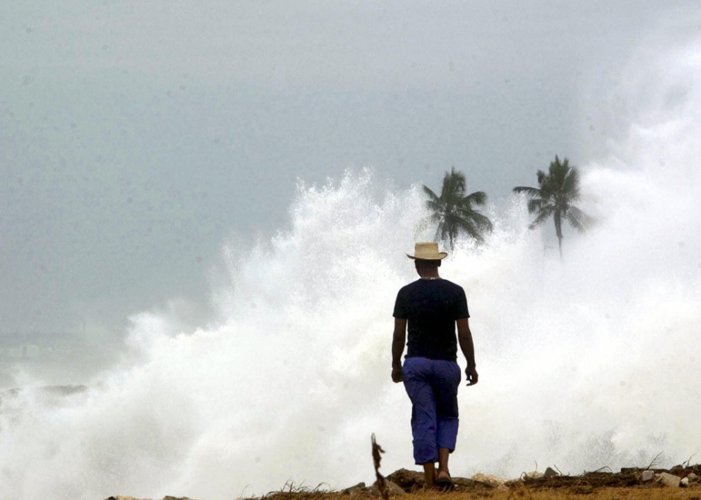
- Named storms: 7
- Hurricanes: 3
- Category 3 or higher hurricanes: 1
In 1987, Hurricane Emily became the since 1981, an unusually long stretch for the region. At the end of September, the storm made landfall in the Dominican Republic, and causing $75 million worth of destruction.
- WALTER ASTRADA/AFP via Getty Images
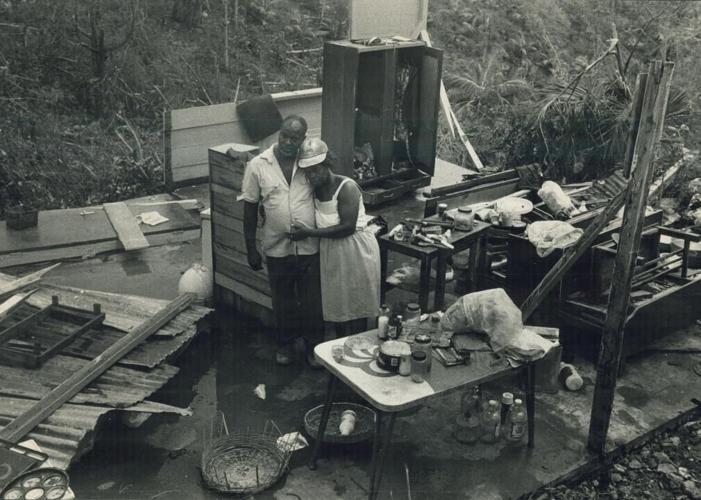
- Named storms: 12
- Hurricanes: 5
- Category 3 or higher hurricanes: 3
hit Jamaica as a Category 3 storm in mid-September 1988, the country's first direct hit in 37 years. The hurricane damaged 95% of Jamaica's hospitals and destroyed half of the country's domestic water supply. In Jamaica alone, Gilbert cost $4 million in damages and became the most destructive hurricane in the nation's history. Two days after the hit on Jamaica, Gilbert moved on to strike Mexico as a Category 5 hurricane. In total, it caused .
You may also like:
- Colin McConnell // Getty Images
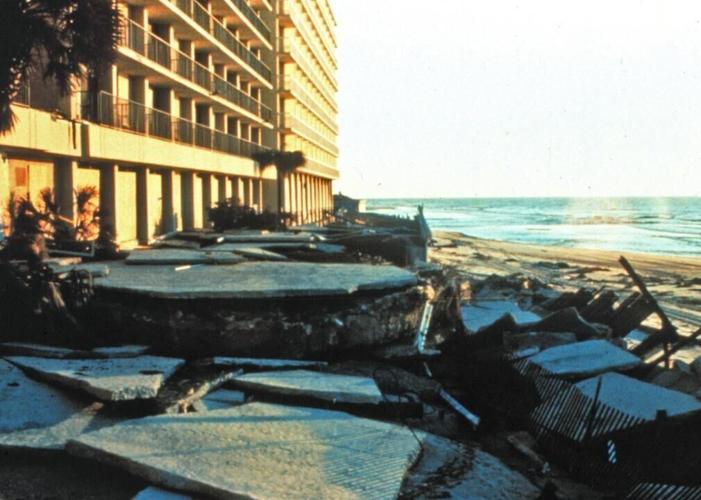
- Named storms: 11
- Hurricanes: 7
- Category 3 or higher hurricanes: 2
In late September 1989, Hurricane Hugo, a Category 5 storm that was right before landfall, touched down in the Virgin Islands, Puerto Rico, and South and North Carolina. The storm and caused upward of , becoming the costliest hurricane in the country's history (at least, for the next few years).
- HUM Images // Universal Images Group via Getty Images
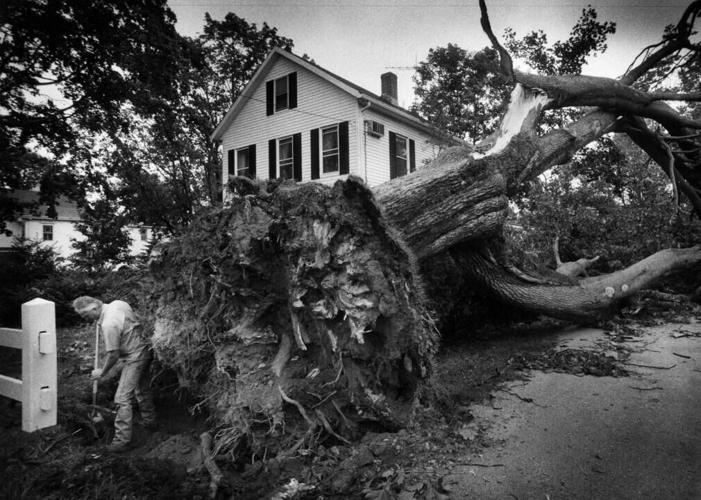
- Named storms: 8
- Hurricanes: 4
- Category 3 or higher hurricanes: 2
Most of the major tropical storms of the 1991 season originated in a , but developed in the Bahamas. The storm hit New England in mid-August, taking down power for 2.1 million homes and causing $1.5 billion in damages in the region.
- Boston Globe // Getty Images
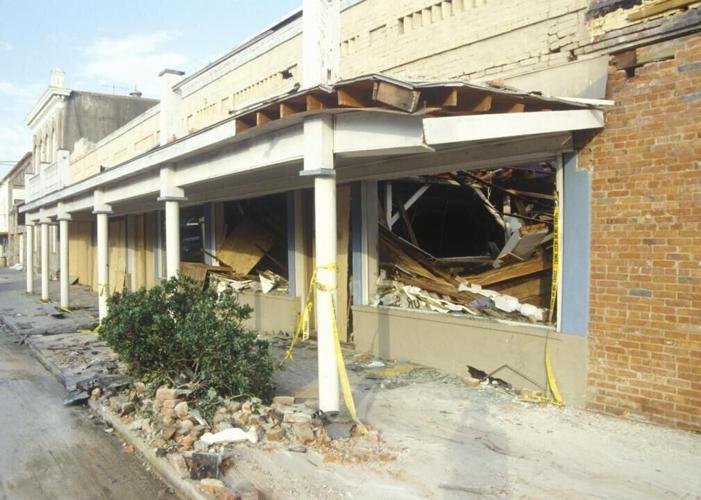
- Named storms: 7
- Hurricanes: 4
- Category 3 or higher hurricanes: 1
Hurricane Andrew, a Category 5 storm that hit South Florida in 1992, is on record. flattened neighborhoods with speeds so high that they destroyed weather station instruments designed to track high wind speeds (though a privately owned instrument measured the storm's winds at 177 mph).
- Joe Sohm/Visions of America // Getty Images
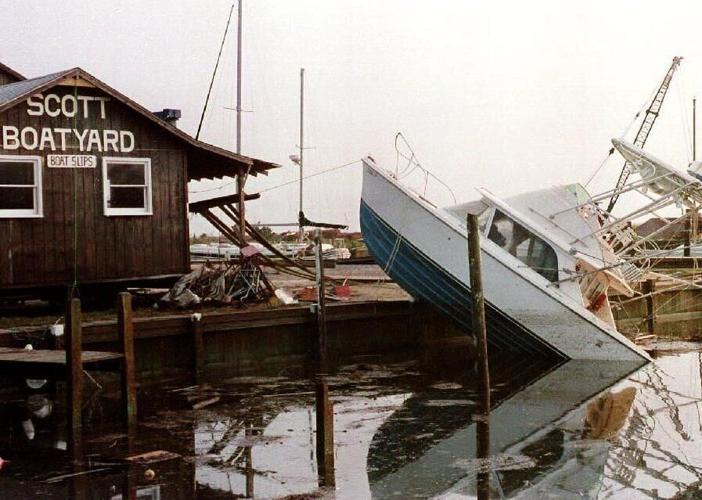
- Named storms: 8
- Hurricanes: 4
- Category 3 or higher hurricanes: 1
Hurricane Emily was the only major hurricane of the 1993 season. The hurricane landed in North Carolina during Labor Day weekend, like the infamous storm of 1935. Emily about $10 million, even though the Tar Heel state took many precautions. More than 160,000 people were evacuated, and there were only two casualties: a pair of swimmers who drowned in the town of Nags Head, North Carolina.
You may also like:
- LUKE FRAZZA // Getty Images
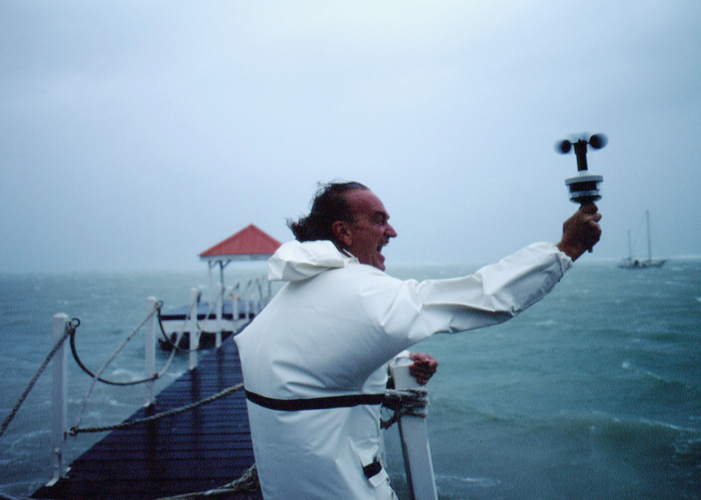
- Named storms: 7
- Hurricanes: 3
- Category 3 or higher hurricanes: 0
Although September and October are usually an active time for hurricanes, there were no storms during these months in 1994. But the season did see for the first time since 1980. The , Alberto, didn't make it to hurricane status but the July storm still produced massive rainfall and floods in Alabama, Georgia, and Florida, killing 33 people.
- philippe giraud/Sygma via Getty Images
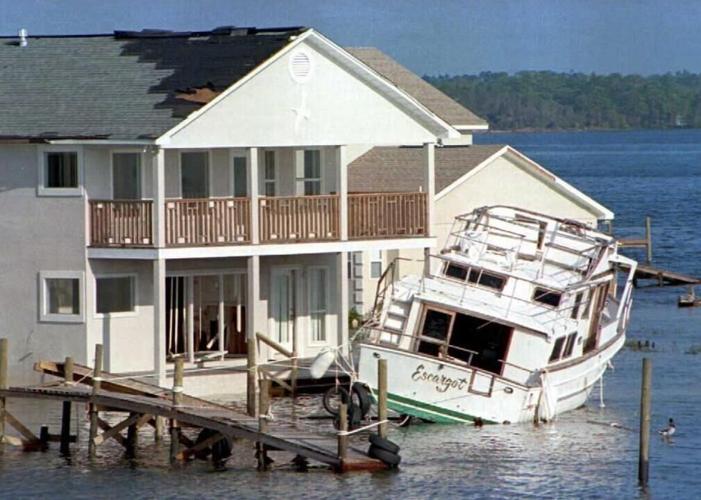
- Named storms: 19
- Hurricanes: 11
- Category 3 or higher hurricanes: 5
An unusually active year, that caused significant damage: Hurricane Opal generated $3 billion in damages in the southeastern U.S. and Florida panhandle; Hurricane Luis cost the Leeward Islands in the Caribbean $2.5 billion, and Hurricane Marilyn did another $1.5 billion worth of damage in the Caribbean, mainly to the U.S. Virgin Islands.
- DOUG COLLIER // Getty Images
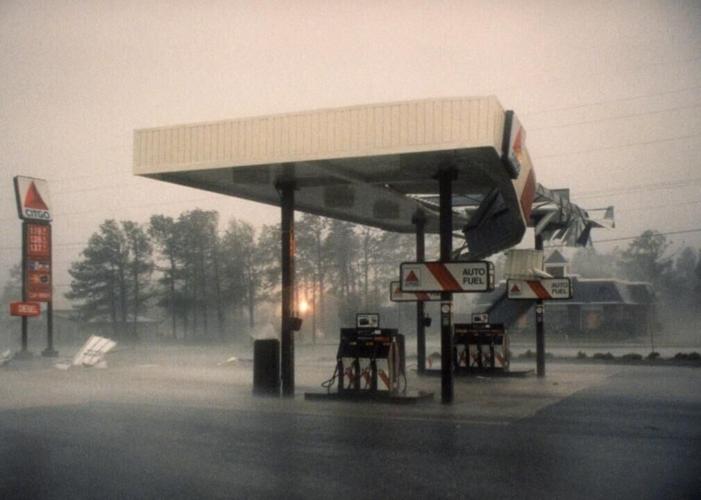
- Named storms: 13
- Hurricanes: 9
- Category 3 or higher hurricanes: 6
1995 and 1996 were both active seasons with a , the most for consecutive seasons since accurate reporting began in the 1940s. In 1996, six hurricanes passed over the Caribbean—the most since 1916—though they were all short-lived.
- James P Reed // Getty Images
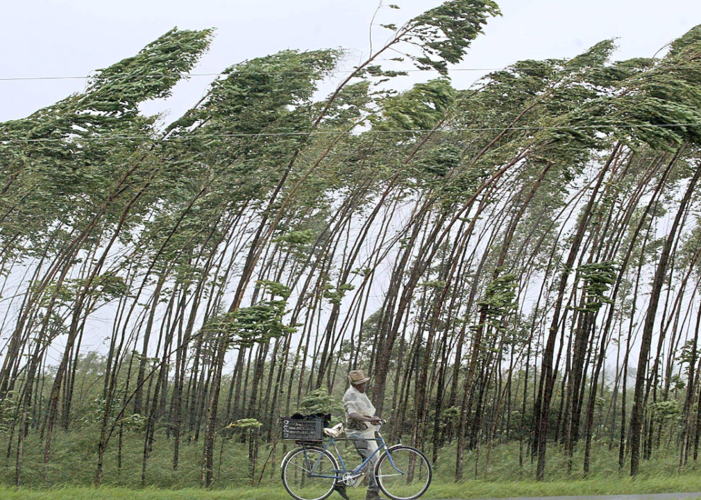
- Named storms: 8
- Hurricanes: 3
- Category 3 or higher hurricanes: 1
After a busy 1995 and 1996, 1997 had a : Only one tropical storm developed between August and September (the average is six) and no hurricanes formed in August for the first time since 1961. There were fewer hurricanes than average due to El Niño, whose winds made it difficult for hurricanes to form. Hurricane Danny was the only hurricane to make landfall in 1997, killing five people.
- ADALBERTO ROQUE/AFP via Getty Images
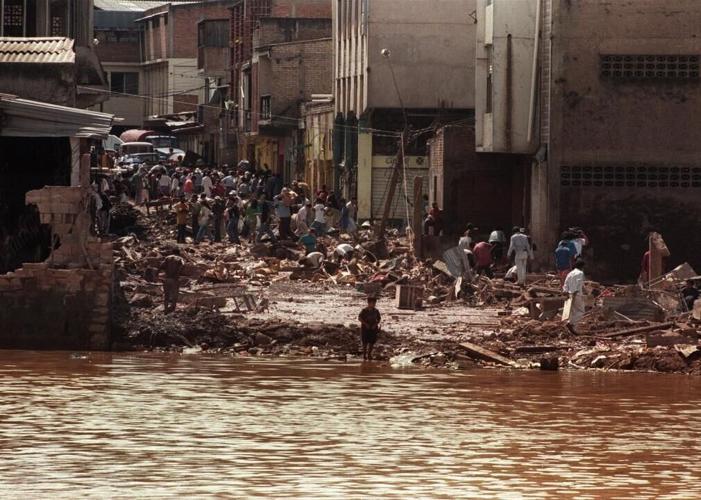
- Named storms: 14
- Hurricanes: 10
- Category 3 or higher hurricanes: 3
Tropical storms caused more than 9,000 fatalities during the , primarily because of Hurricane Mitch, which caused massive flooding in Honduras and Nicaragua. Another 9,000 people went missing because of Hurricane Mitch, which became the second deadliest storm on record (behind the Great Hurricane of 1780).
You may also like:
- JOEL ROBINE // Getty Images
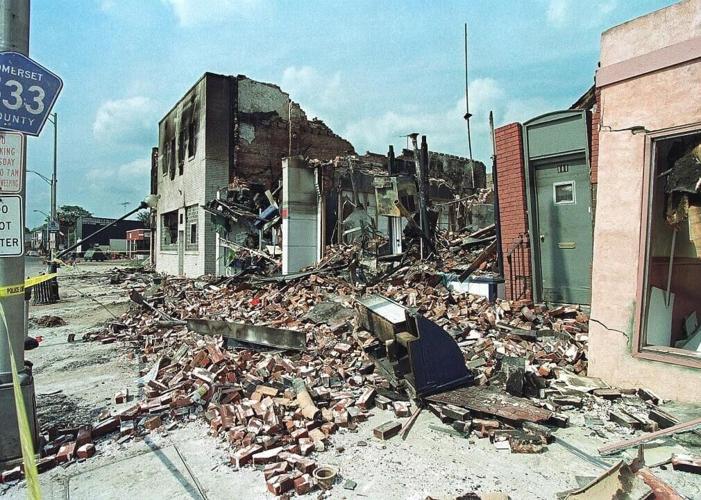
- Named storms: 12
- Hurricanes: 8
- Category 3 or higher hurricanes: 5
The 1999 season saw , the most in a single season since 1886. However, the deadliest storm that year was not a hurricane but a tropical depression. In early October, its heavy rains and flooding caused 400 fatalities in Mexico.
- TOM MIHALEK // Getty Images
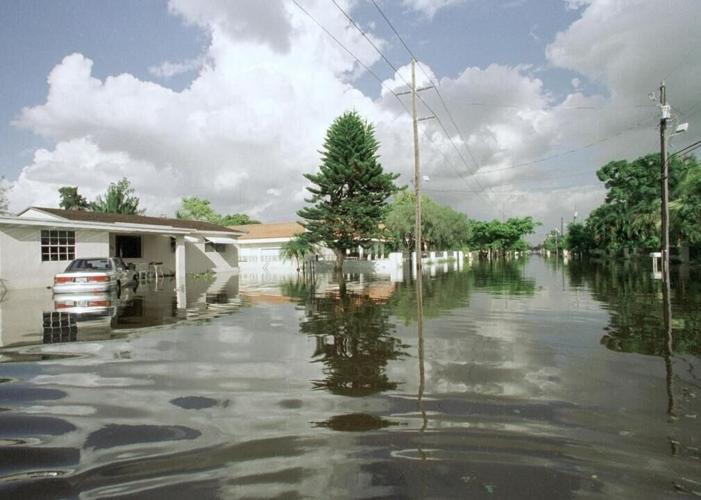
- Named storms: 15
- Hurricanes: 8
- Category 3 or higher hurricanes: 3
In August 2020, Hurricane Alberto became the in the Atlantic basin, but it remained at sea for most of its existence. Two storms did make landfall in the U.S. that year: Hurricane Gordon and Tropical Storm Helene, both in September. They were not particularly destructive stateside, though the former did wreak havoc in Guatemala.
- Robert King // Getty Images
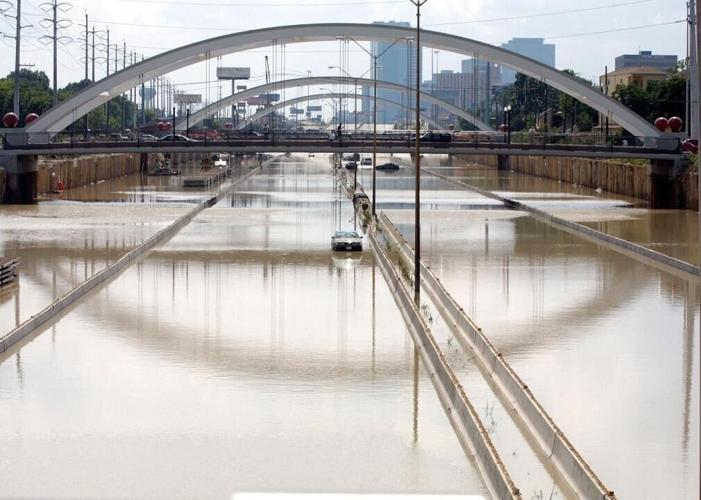
- Named storms: 15
- Hurricanes: 9
- Category 3 or higher hurricanes: 4
As of August 2024, Tropical Storm Allison is the in U.S. recorded history. It and caused $15.1 billion in damages (adjusted to 2024 dollars). Allison is only one of two tropical storms to have had their .
- JAMES NIELSEN // Getty Images
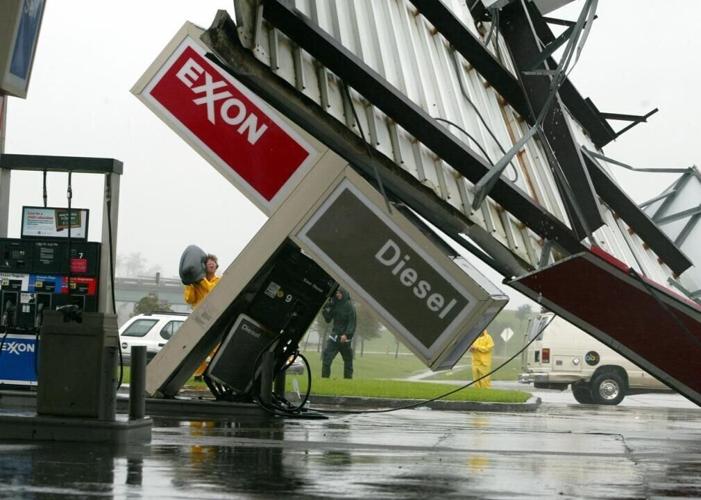
- Named storms: 12
- Hurricanes: 4
- Category 3 or higher hurricanes: 2
Because of El Niño, there were during the 2002 season. Hurricane Lili was the between 1999 and 2002, and it was the only storm to make landfall while still classified as a hurricane in 2002..
- Joe Raedle // Getty Images
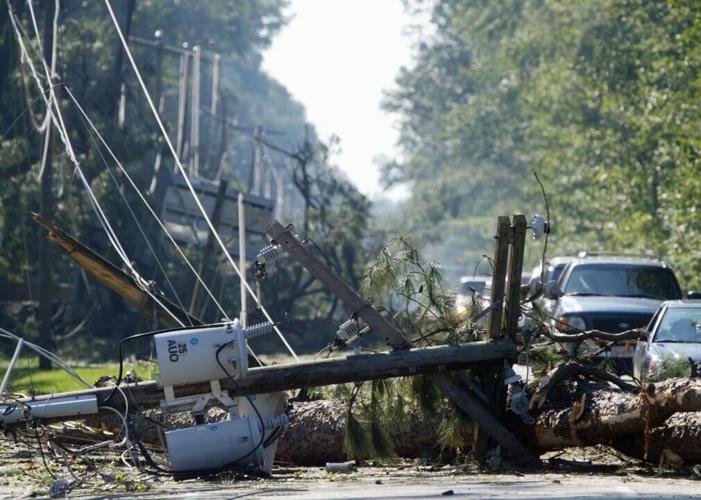
- Named storms: 16
- Hurricanes: 7
- Category 3 or higher hurricanes: 3
Hurricane Isabel was to hit the mid-Atlantic region, particularly affecting the Chesapeake Bay. Isabel was also the , leading to 17 direct deaths and $3.3 billion in damages.
You may also like:
- Joe Raedle // Getty Images
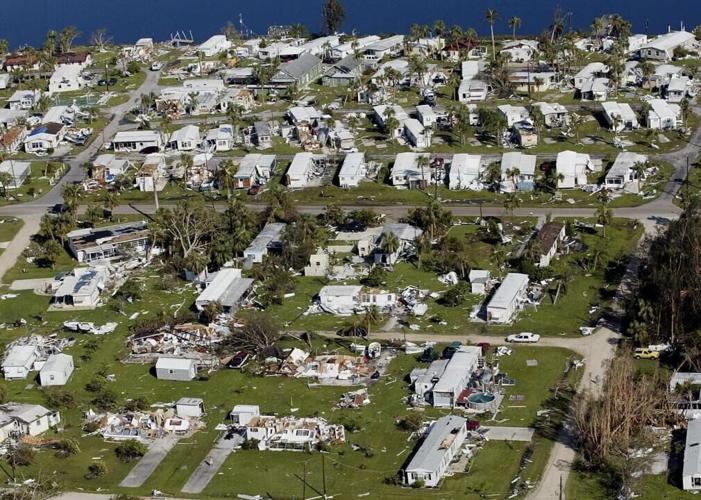
- Named storms: 15
- Hurricanes: 9
- Category 3 or higher hurricanes: 6
The was a truly devastating one, claiming 3,100 lives (the second highest number in 30 years) and causing a record $45 billion in property damage in the U.S. within six weeks, leading the state to temporarily trade in its nickname of the Sunshine State for the Plywood State. The last of the foursome, Hurricane Jeanne, was particularly destructive, causing intense rainfalls and in the mountains of Haiti.
- STEPHEN JAFFE // Getty Images
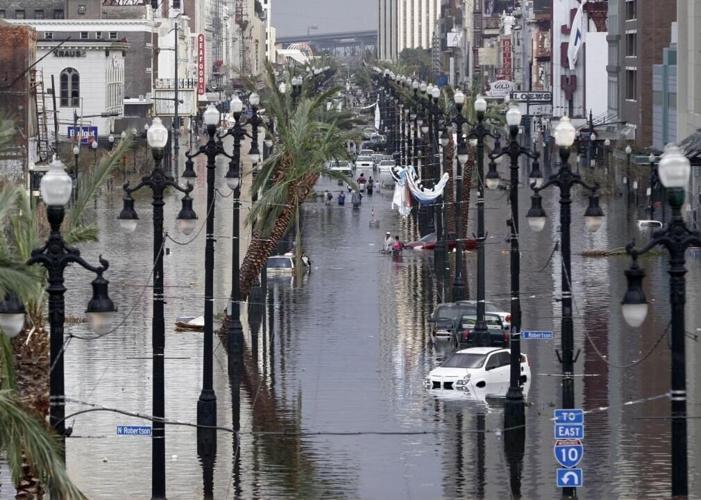
- Named storms: 28
- Hurricanes: 15
- Category 3 or higher hurricanes: 7
is perhaps the most infamous hurricane in U.S. history. The Category 3 hurricane and damaged over a million homes around the Gulf Coast, but New Orleans bore the brunt of the devastation. As of August 2024, Katrina is the causing $200 billion (in 2024 dollars) in damage and (a number NOAA adjusted in 2023).
- Chris Graythen // Getty Images
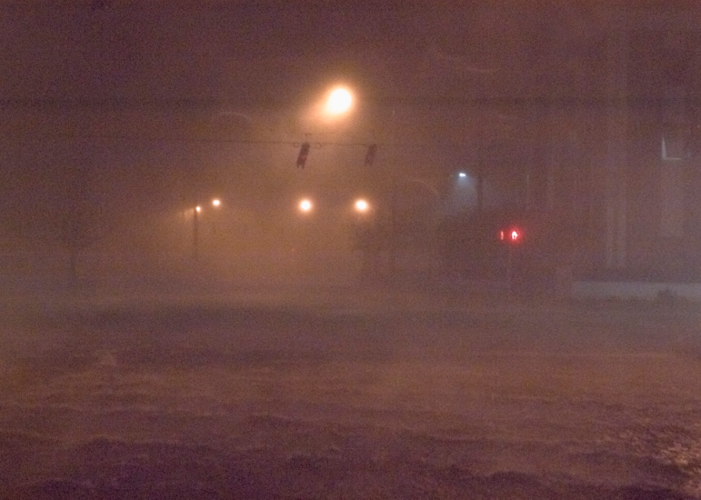
- Named storms: 10
- Hurricanes: 5
- Category 3 or higher hurricanes: 2
After two years of frequent tropical storms, 2006 was comparatively calm, with for the first time in five years. Three tropical storms managed to do so, however, but only one in late August, Ernesto, did meaningful damage (totalling $500 million).
- James P Reed/Corbis via Getty Images
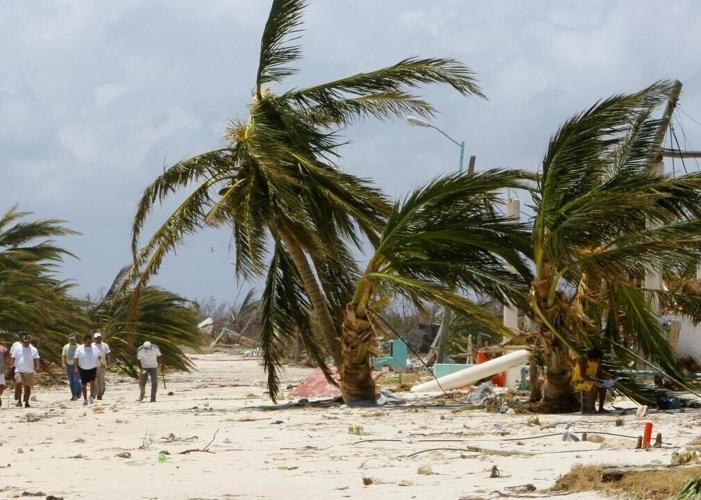
- Named storms: 15
- Hurricanes: 6
- Category 3 or higher hurricanes: 2
2007 was the first hurricane season in which . Hurricane Dean was the first, slamming the Yucatán Peninsula in Mexico in late August. The second was , which struck northeastern Nicaragua in early September.
- OMAR TORRES // Getty Images
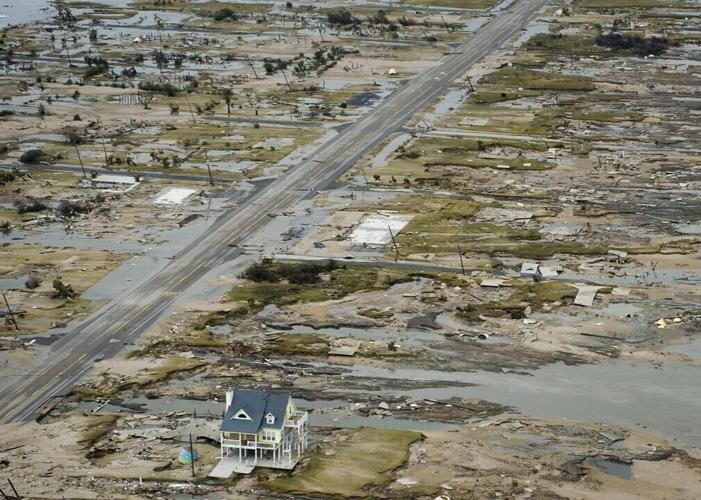
- Named storms: 16
- Hurricanes: 8
- Category 3 or higher hurricanes: 5
The , Hurricane Ike, mainly impacted Texas, Louisiana, and Arkansas, though its effects reached as far north as Canada. The storm caused high levels of humidity that sparked an , which temporarily shut down part of Montréal's subway system.
You may also like:
- Smiley N. Pool-Pool // Getty Images
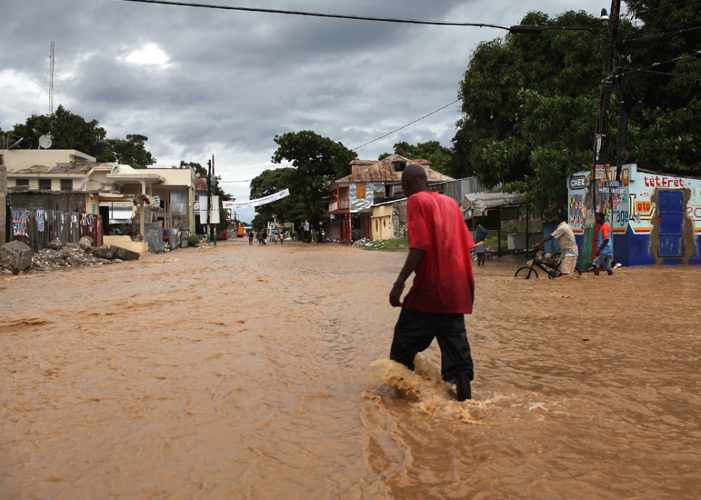
- Named storms: 19
- Hurricanes: 12
- Category 3 or higher hurricanes: 5
After the quiet of 2009, the 2010 hurricane season emerged with a vengeance. The season saw the (tying with 1969 and outdone only by 2005). However, it was also the only season to have more than nine hurricanes without a single one making landfall in the U.S.
- Spencer Platt // Getty Images
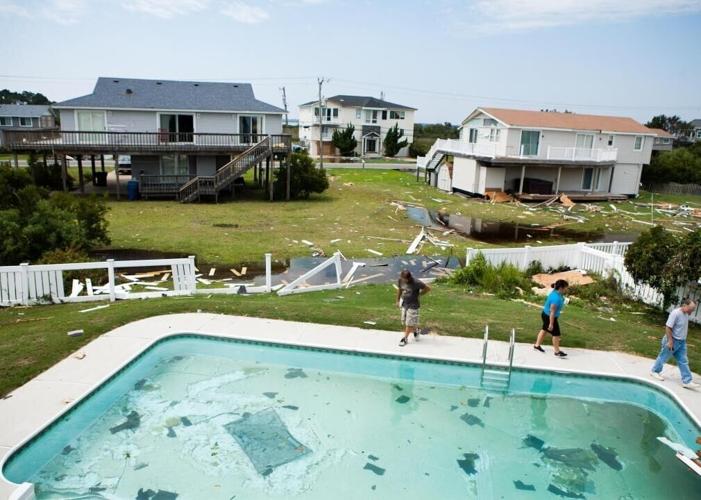
- Named storms: 19
- Hurricanes: 7
- Category 3 or higher hurricanes: 4
Like the year prior, the also had 19 named storms; it tied with 1887, 1995, and 2010 as the third busiest tropical cyclone year in the Atlantic basin. Hurricane Irene also ended the lull the U.S. had been enjoying, marking the first time since Ike in 2008 that a hurricane made landfall in the States.
- Brendan Hoffman // Getty Images
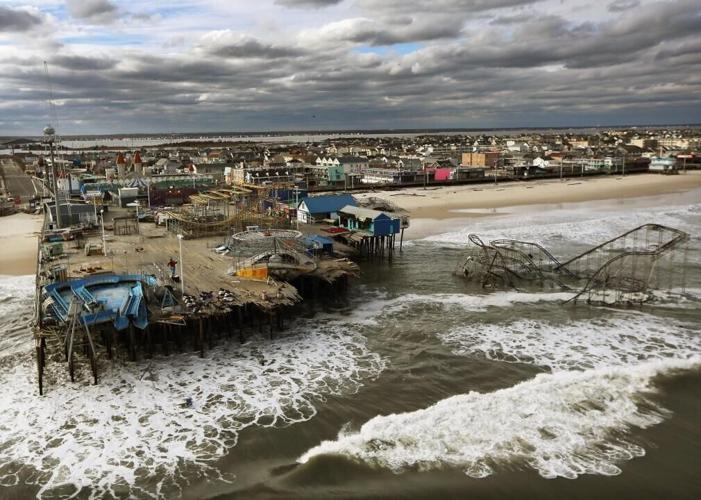
- Named storms: 19
- Hurricanes: 10
- Category 3 or higher hurricanes: 2
2012 was the third year in a row that the , but there's one in particular that stands out. Nearly half of all U.S. states—24, to be exact—felt the in late October, but the eastern seaboard (where it made landfall in New Jersey) was hit hardest. Totaling $50 billion in damages (in 2012 dollars), it is among the costliest storms in U.S. history. Sandy also led to three feet of snowfall in West Virginia and North Carolina.
- Mario Tama // Getty Images
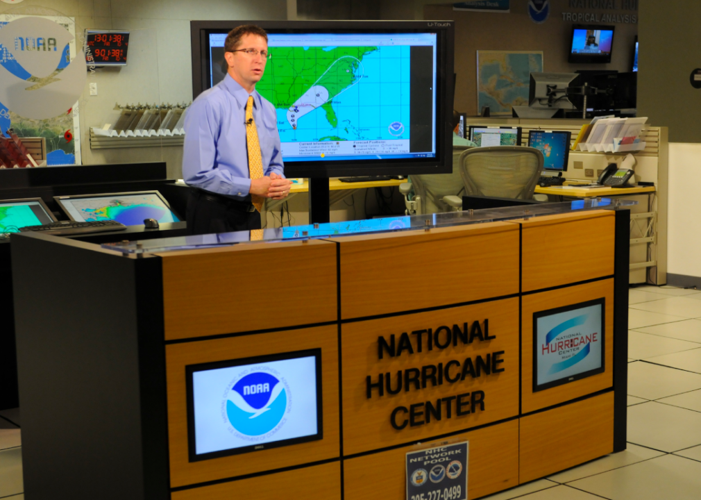
- Named storms: 14
- Hurricanes: 2
- Category 3 or higher hurricanes: 0
For the first time since 1994, there were . Tropical Storm Andrea was the only storm to make landfall in the U.S., touching down in Florida. The storm also across Florida and North Carolina, but was relatively tame in terms of its damage.
You may also like:
- Michele Eve Sandberg/Corbis via Getty Images
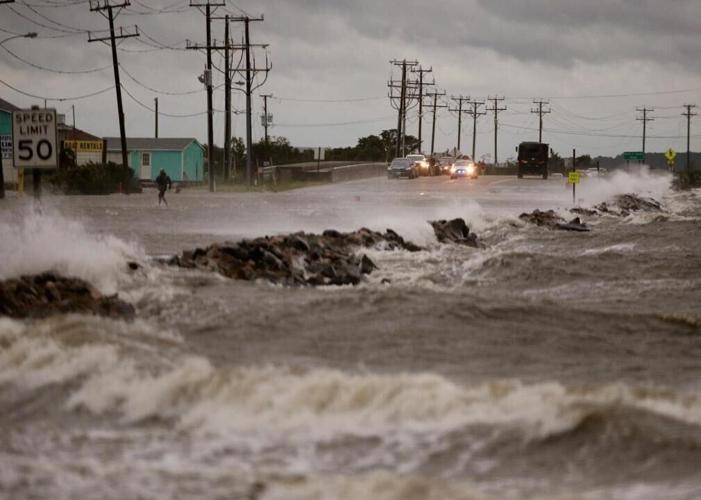
- Named storms: 8
- Hurricanes: 6
- Category 3 or higher hurricanes: 2
Making landfall on July 3, 2014, Hurricane Arthur became the to touch down in North Carolina on record. The , making it the strongest hurricane to come ashore in the contiguous U.S. without resulting in any direct deaths.
- Mark Wilson // Getty Images
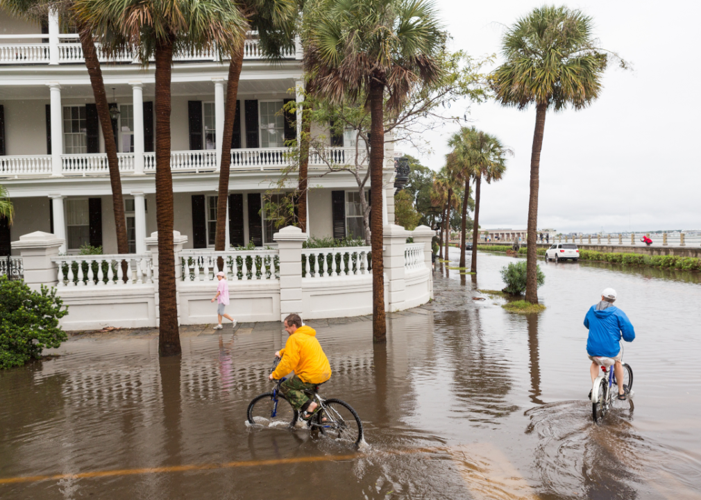
- Named storms: 11
- Hurricanes: 4
- Category 3 or higher hurricanes: 2
Tropical Storm Ana became the to make landfall in the U.S. when it touched down near South Carolina on May 10. Along the beach in Surf City, North Carolina, Ana's winds revealed parts of a nearly 100 years earlier.
- Ellis/Anadolu Agency // Getty Images
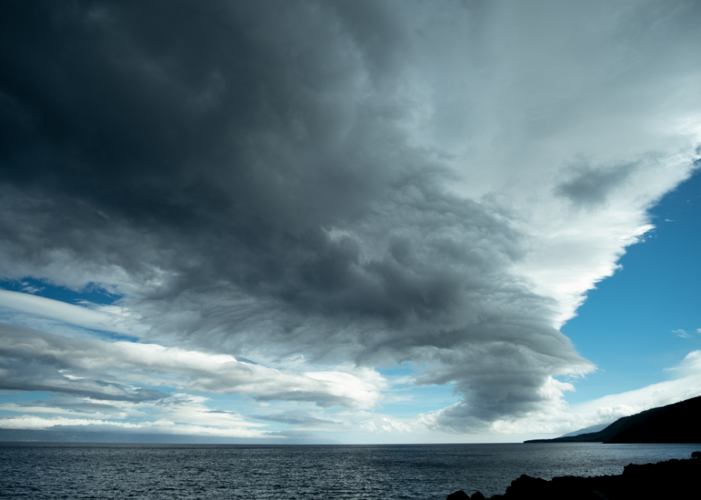
- Named storms: 15
- Hurricanes: 7
- Category 3 or higher hurricanes: 4
The Atlantic hurricane season started extremely early in 2016 with January's Hurricane Alex, the since 1938. The storm hit the Azores, nine islands that are a part of Portugal, as a tropical storm. According to The Weather Channel, all prior hurricanes tracking near the Azores on record occurred in August or September.
- LINO BORGES/AFP via Getty Images
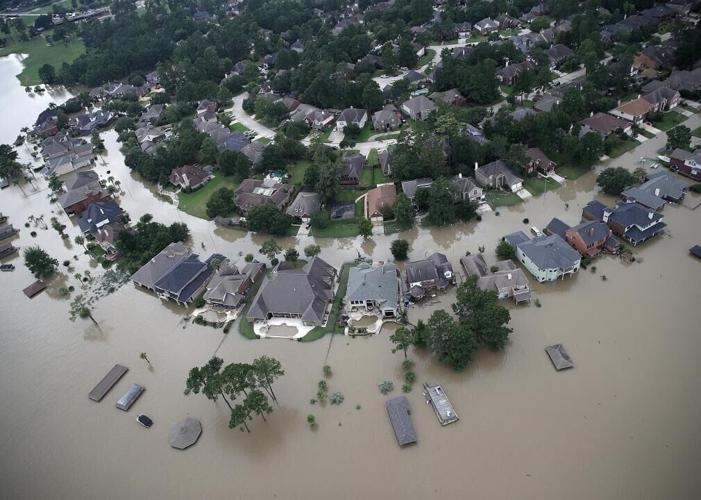
- Named storms: 17
- Hurricanes: 10
- Category 3 or higher hurricanes: 6
Within the harrowing month of September in 2017, Hurricanes Harvey, Irma, and Maria hit the U.S. and all three remain on the list of the 10 in U.S. history (when adjusted for 2024 dollars). Besides Katrina, Harvey is the most destructive hurricane in the nation's recorded history, doing .
- Win McNamee // Getty Images
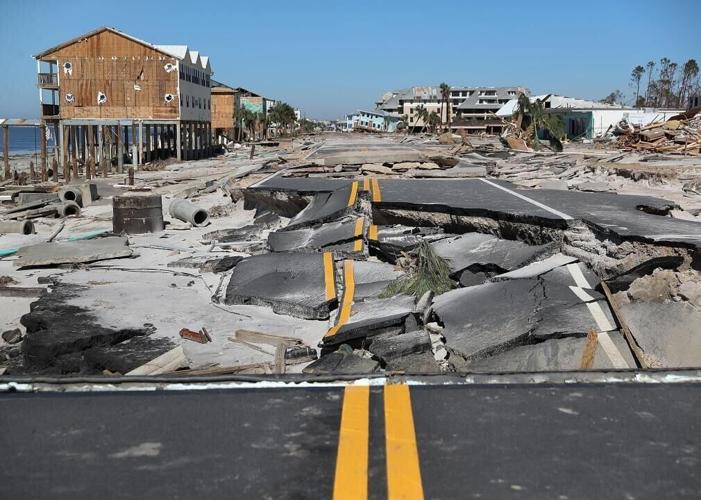
- Named storms: 15
- Hurricanes: 8
- Category 3 or higher hurricanes: 2
With sustained winds reaching 161 miles per hour, in Florida on Oct. 10 and caused . It was one of the most devastating storms to touch down in the area, with then-Florida Gov. Rick Scott calling Hurricane Michael "the that the Florida Panhandle has ever seen."
You may also like:
- Joe Raedle // Getty Images
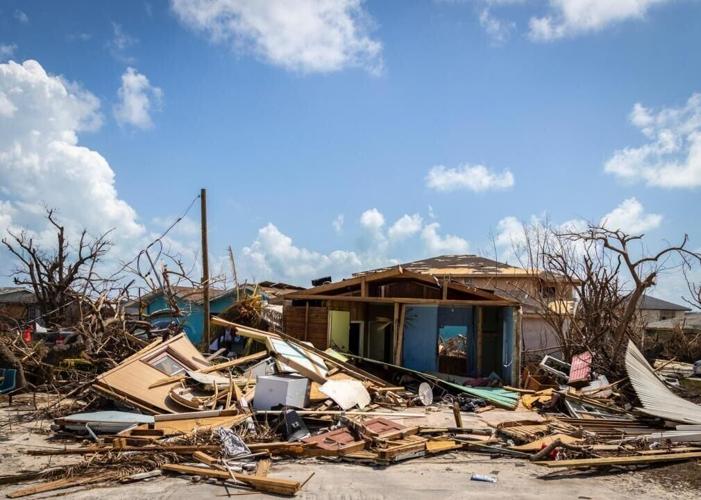
- Named storms: 18
- Hurricanes: 6
- Category 3 or higher hurricanes: 3
There were in the Atlantic during the 2019 season, the fourth year in a row that could be said. Only one other four-year period can claim that record: 1998 to 2001. There were in the 2019 season, only the second time in 12 years that happened. The first, Hurricane Dorian, did historic damage in the Bahamas, and the second, Hurricane Lorenzo, went for Ireland and the United Kingdom.
- Anadolu Agency // Getty Images
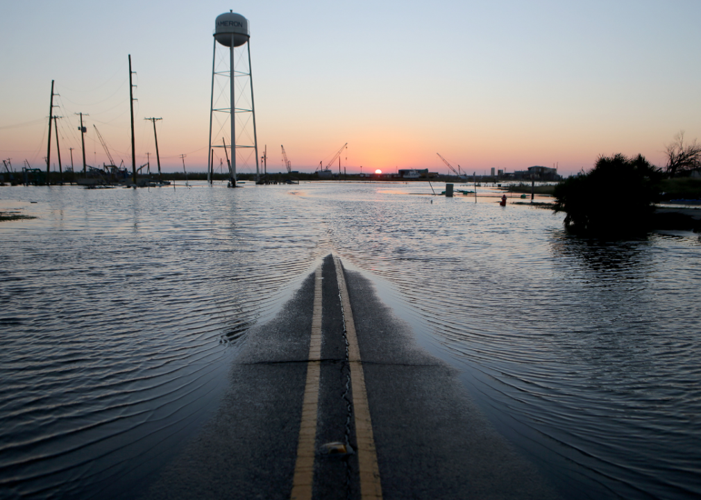
- Named storms: 30
- Hurricanes: 14
- Category 3 or higher hurricanes: 7
2020 featured a , marking the fifth consecutive year with more hurricanes than average in the Atlantic. It was also the second time in recorded history that the Greek alphabet was used to name storms after the initial list of 21 names was exhausted. There were in the contiguous U.S., breaking 1916's previous record of nine.
- Mario Tama // Getty Images
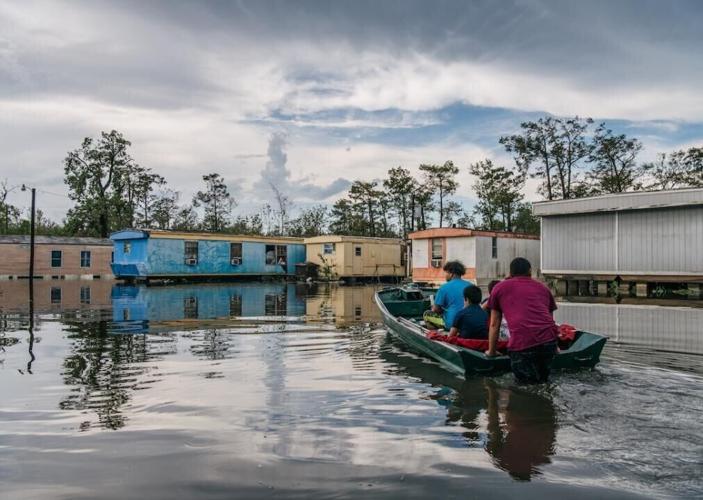
- Named storms: 21
- Hurricanes: 7
- Category 3 or higher hurricanes: 4
The 2021 season started early and marked the seventh year in a row that a on June 1. The worst storm of all though, , hit southeastern Louisiana at Category 4 strength on Aug. 29, 16 years to the day after Hurricane Katrina slammed the same part of the state. , causing disastrous flooding and destructive tornadoes in the Northeast. With and $75 billion in damage, Ida was named the of the 2021 season.
- Brandon Bell // Getty Images
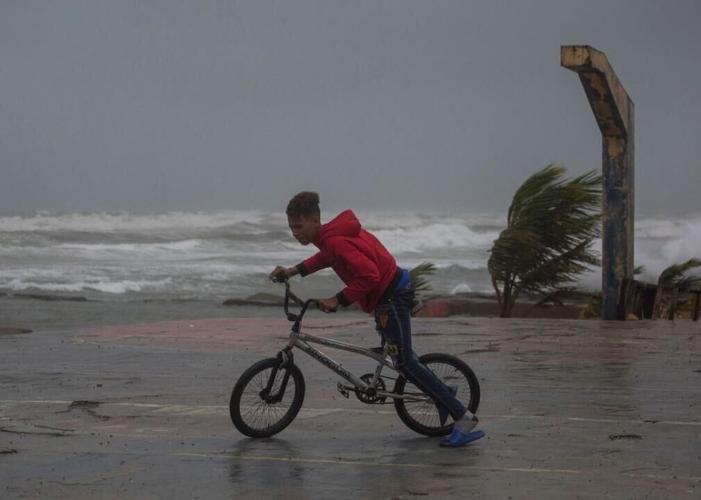
- Named storms: 14
- Hurricanes: 8
- Category 3 or higher hurricanes: 2
Hurricane Fiona was one of the . The Category 1 hurricane in mid-September, leaving much of the island without power and running water for days. The damage came only five years after Hurricane Maria caused destruction throughout the U.S. territory. Fiona then hit the Dominican Republic, Turks and Caicos, Bermuda, and eventually, Nova Scotia, becoming the on record at the time.
- Erika Santelices // AFP via Getty Images
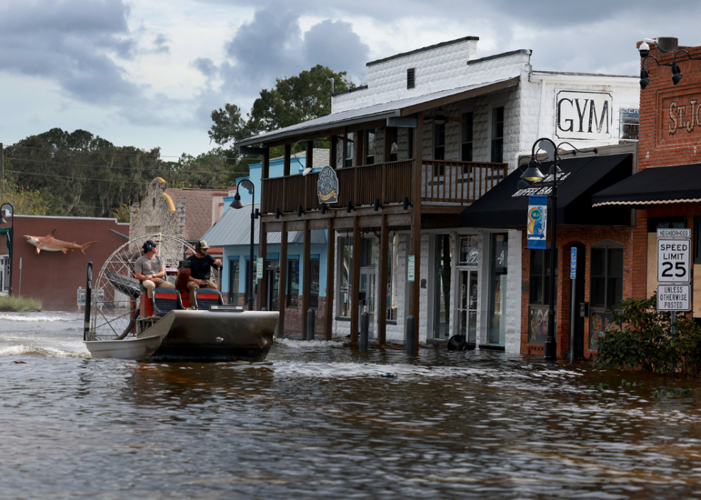
- Named storms: 20
- Hurricanes: 7
- Category 3 or higher hurricanes: 3
Fueled by record-warm surface temperatures in the Atlantic Ocean and an El Niño climate pattern, formed in 2023. The title of worst hurricane of the year, though, went to , which drove 7 to 12 feet above ground level in some places along the Gulf Coast. After making landfall in late August, Idalia left $3.6 billion in damages in its wake and claimed 12 lives across the U.S.
Additional writing by Cu Fleshman. Story editing by Jaimie Etkin. Copy editing by Lois Hince. Photo selection by Michael Flocker.
You may also like:
- Joe Raedle // Getty Images
What hurricane season was like the year you were born
![]()
What hurricane season was like the year you were born
The fast winds, rapid rainfall, and huge storm surges of hurricanes make this natural disaster responsible for hundreds of deaths and billions of dollars in damages each year. Hurricanes have wreaked more havoc than any other type of natural disaster in the United States, according to the National Oceanic and Atmospheric Administration. They've caused more than $1.3 trillion in damage since 1980, averaging $22.8 billion per hurricane. Hurricanes have also resulted in the highest number of deaths in the United States—6,890 Americans have lost their lives in hurricanes between 1980 and 2023.
Tragically, these numbers increased even further in the 2024 hurricane season. By year's end, tropical cyclones (or hurricanes) , with an average cost of $23 billion per event. Although in the middle of the season, the latter half saw Hurricanes Helene and Milton cause deadly flooding, high winds, and power outages across the southeastern U.S.
As the kicks off in June, experts at The Weather Company and Atmospheric G2 this year. However, with 19 storms expected (nine of which may become hurricanes and four of which could become Category 3 or higher), residents of hurricane-prone areas should remain prepared.
To do so, it's worth learning a little more about these extreme weather events. Hurricanes are large, wet storms with high winds that . On average, about 10 tropical storms develop each year, and , according to NOAA. Hurricane season in the Atlantic basin—the Atlantic Ocean, Gulf of Mexico (recently renamed the Gulf of America by President Donald Trump in a 2025 executive order recognized only within the U.S.), and the Caribbean Sea—runs from June 1 through November; however, some hurricanes do form outside of this season.
Hurricanes are rated using the . Category 1 hurricanes have the lowest wind speeds, at 74-95 miles per hour, and Category 5 hurricanes have the strongest winds, at 157 miles per hour or faster. Storms that are Category 3 and above (reaching at least 111 miles per hour) are considered major hurricanes.
Stronger hurricanes can trigger flash floods, mudslides, and tornadoes, but even weaker ones can cause extensive destruction to property, infrastructure, and crops. Some hurricanes remain at sea and never make landfall, limiting their destruction. Advancements in technology, particularly satellite imaging, have greatly improved warnings and advisories that prompted lifesaving evacuations.
With the 2025 hurricane season underway, obtained hurricane data, updated in 2024, from , which dates back to 1925. A list of notable events from each year was compiled from news, scientific, and government reports. (Since hurricanes were not given official names until 1950, some storms through 1949 are referred to as "recorded storms" as opposed to "named storms.")
Read on to learn about the noteworthy tropical storms and hurricanes from the year you were born.
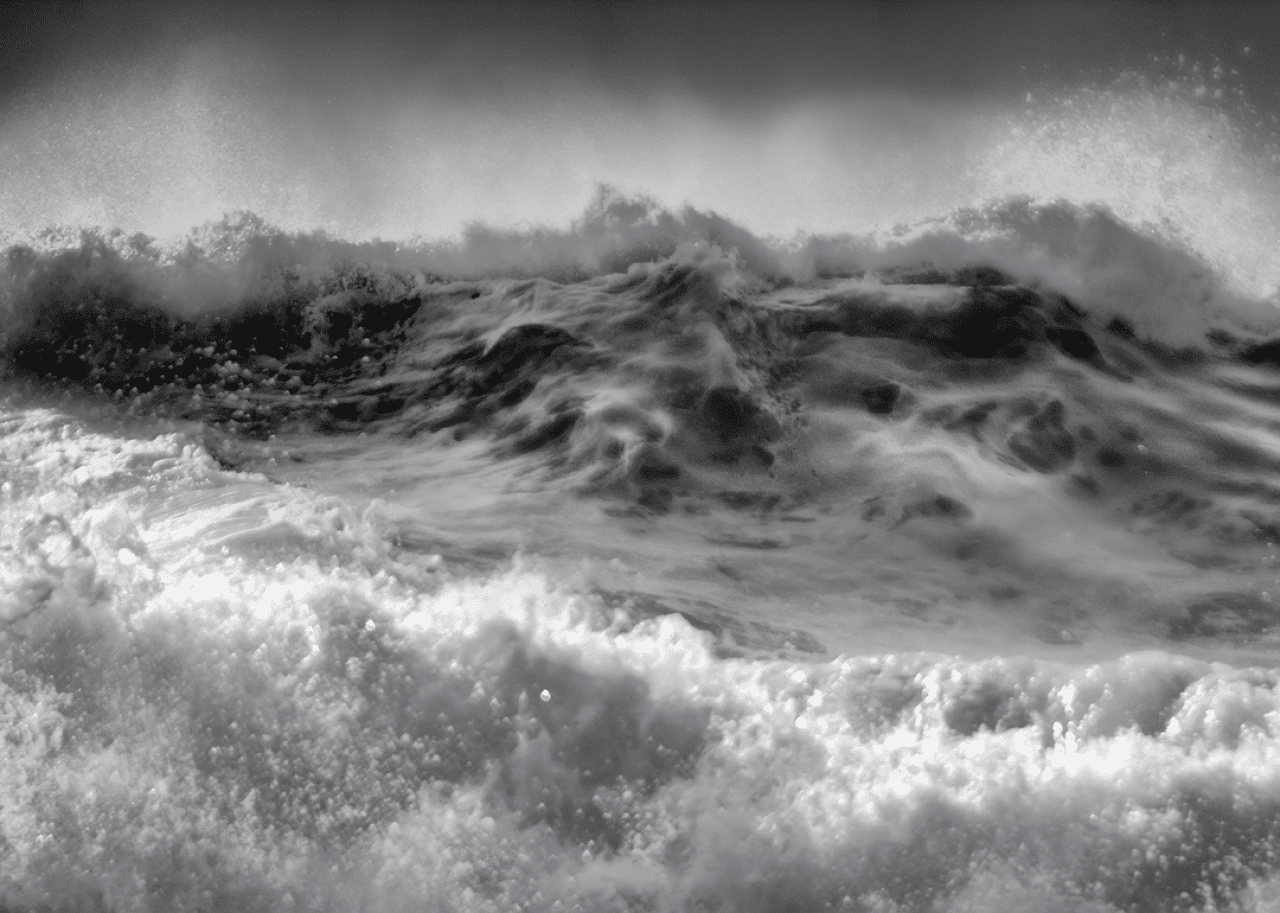
1924: The first Category 5 on record
- Recorded storms: 11
- Hurricanes: 5
- Category 3 or higher hurricanes: 2
Hurricane records date back to 1842, and 1924 was a first for the record books: An unnamed Category 5 hurricane struck Cuba, becoming the ever recorded.
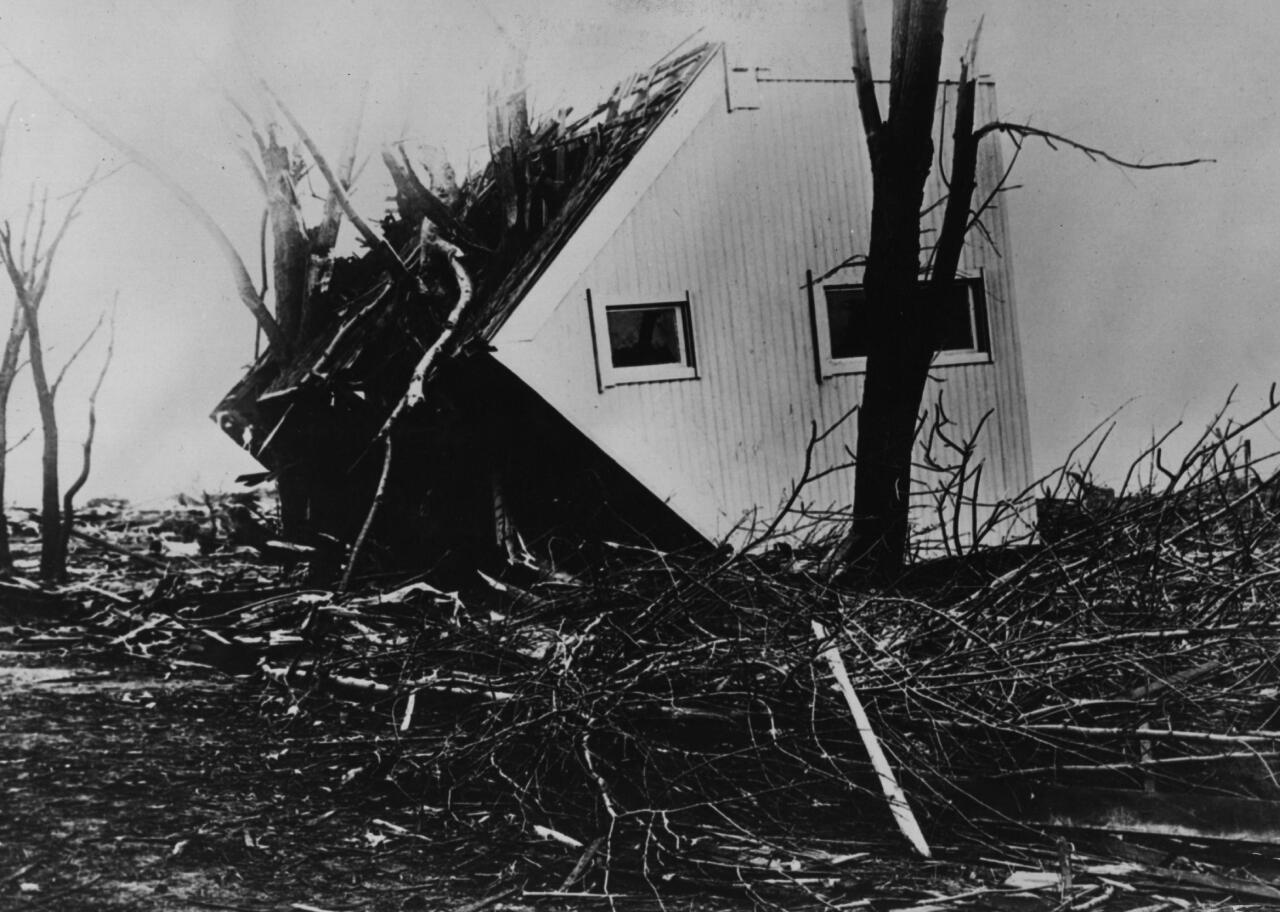
1925: A late-season hurricane strikes Florida
- Recorded storms: 4
- Hurricanes: 1
- Category 3 or higher hurricanes: 0
The 1925 hurricane season was relatively quiet, but it still made history. On Dec. 1, a hurricane made landfall in Florida, one of the on record.

1926: A deadly hurricane hits Miami
- Recorded storms: 11
- Hurricanes: 8
- Category 3 or higher hurricanes: 6
The 1926 hurricane season is remembered for . A Category 4 hurricane hit South Florida in September, and leaving 25,000 residents . According to PBS, the , known as the Great Miami Hurricane, was the country's greatest natural disaster in two decades, since the deadly earthquake and fire that hit San Francisco in 1906. Today, the storm is still considered among the strongest, deadliest, and most costly in the country's history.
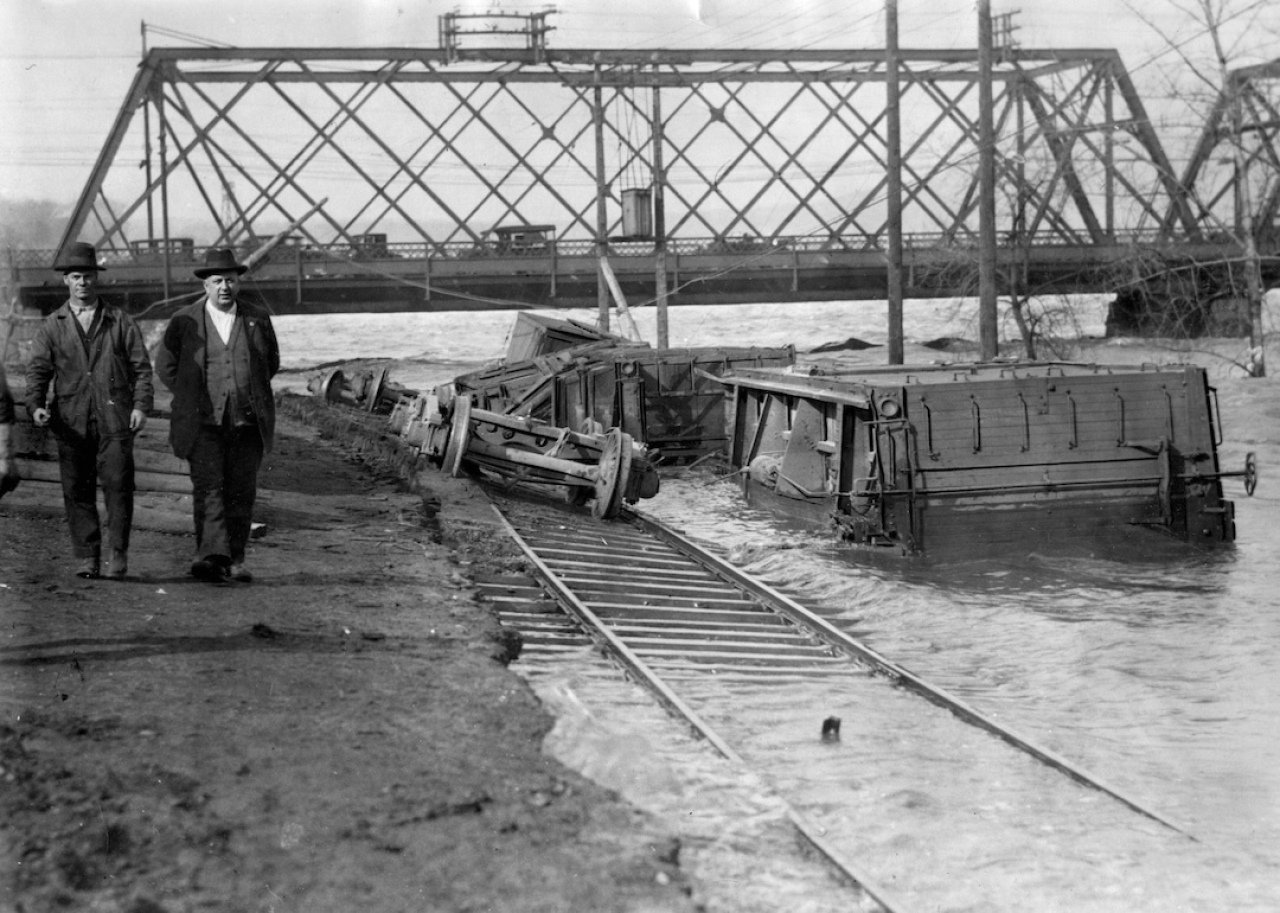
1927: New England gets flooded
- Recorded storms: 8
- Hurricanes: 4
- Category 3 or higher hurricanes: 1
No hurricanes struck the U.S. in 1927. However, that doesn't mean the country didn't feel the effects of those Atlantic basin storms anyway. In early November, a , leading to disastrous rainfall in New England, with some parts of Vermont receiving as much as 15 inches of rain, resulting in widespread flooding.

1928: Another deadly hurricane in southern Florida
- Recorded storms: 6
- Hurricanes: 4
- Category 3 or higher hurricanes: 1
Just two years after the Great Miami Hurricane sounded the alarm to southern Floridians about the area being storm-prone, the Okeechobee Hurricane of 1928 struck, cementing that fact. The hurricane on Sept. 16, , many of whom were migrant workers, and leaving . Before landing in Florida, the hurricane also hit Puerto Rico on Sept. 13, the feast day of Saint Philip. It was the to strike Puerto Rico on that day of celebration.
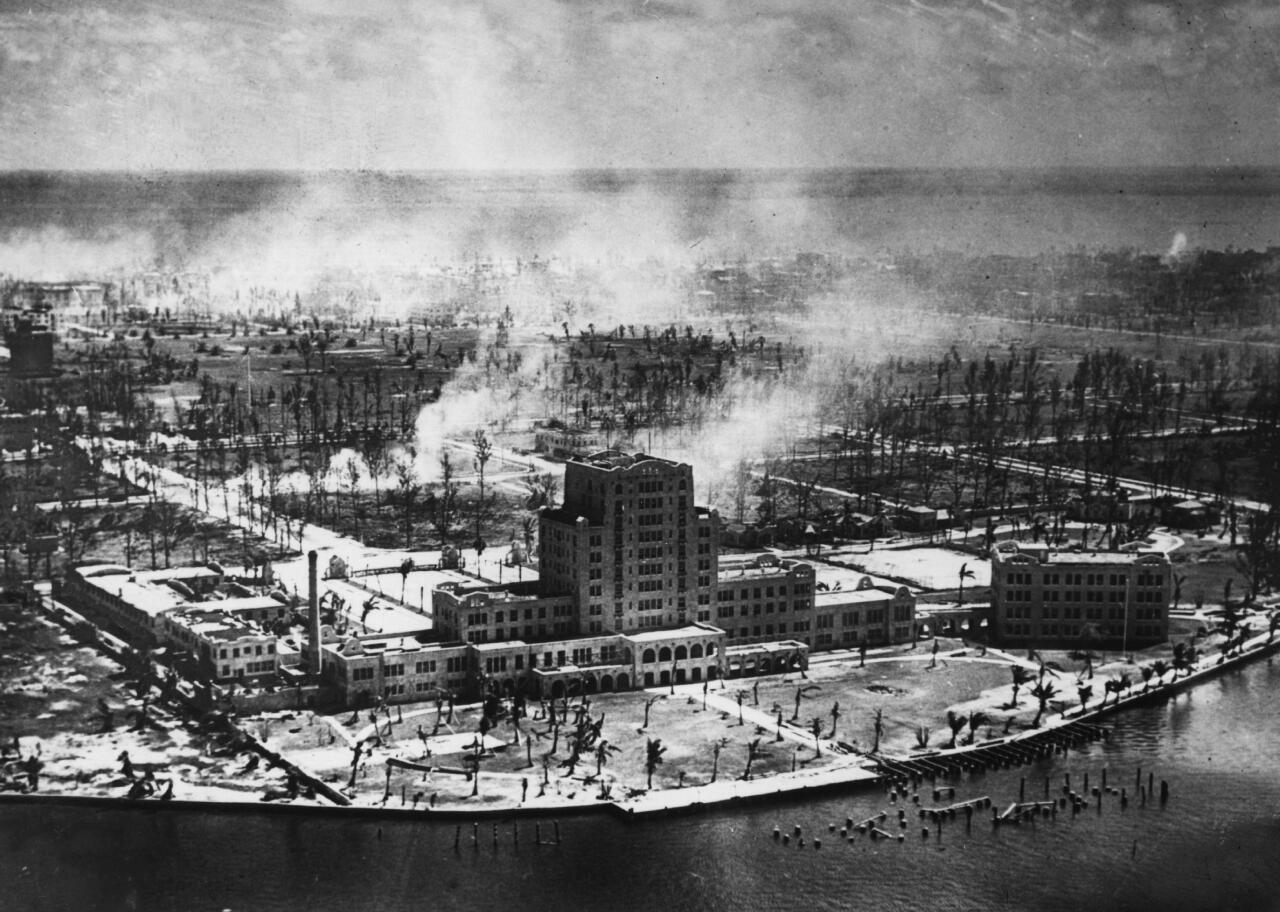
1929: A slow-moving hurricane slams the Bahamas
- Recorded storms: 5
- Hurricanes: 3
- Category 3 or higher hurricanes: 1
The Great Bahamas Hurricane, also known as the Great Andros Island Hurricane, barely moved over the course of three days in September, hovering above Nassau and Andros in the Bahamas. The storm , with mariners and anglers making up a large majority of the fatalities.
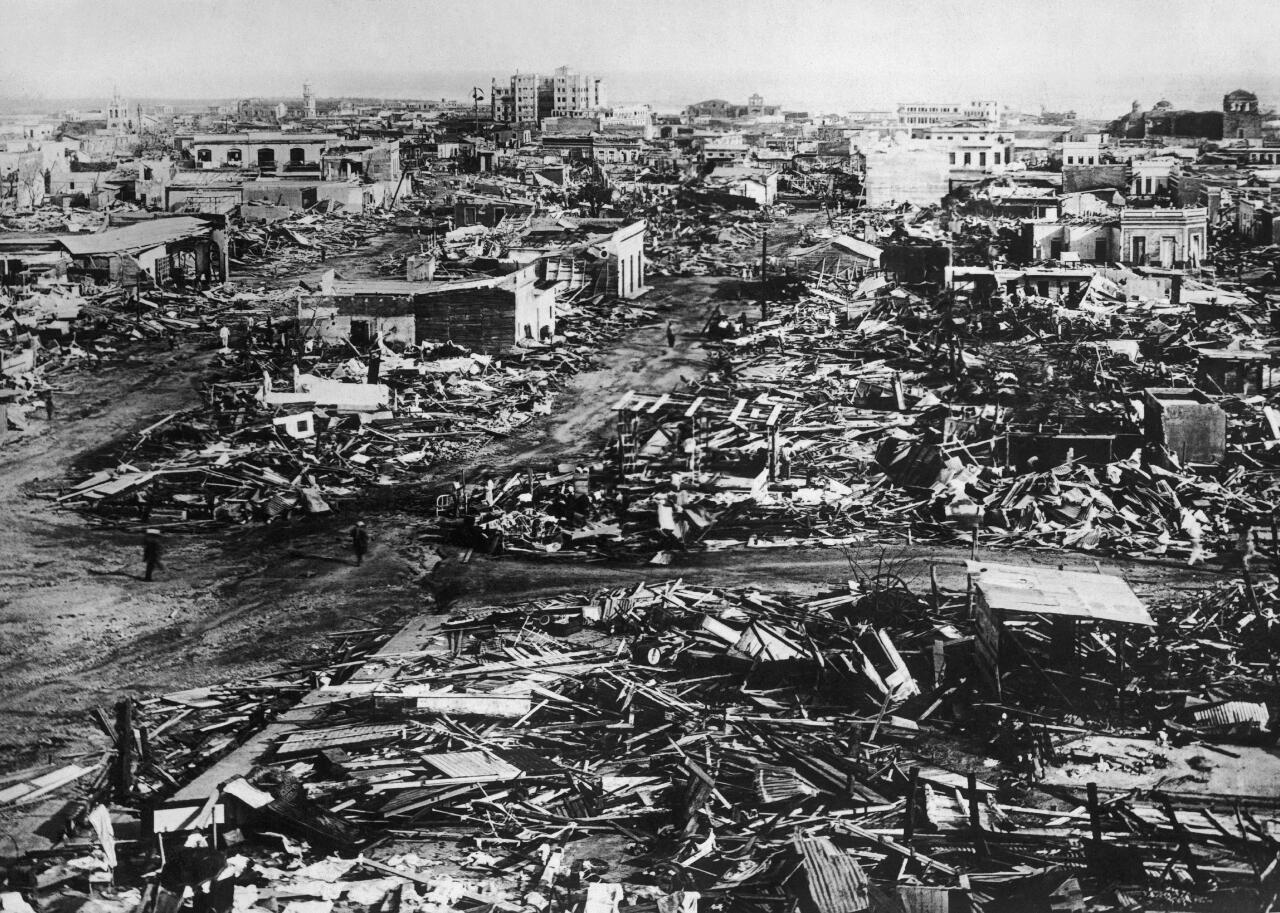
1930: A hurricane demolishes the Dominican Republic
- Recorded storms: 3
- Hurricanes: 2
- Category 3 or higher hurricanes: 2
Though 1930 was a quiet hurricane season overall, it also saw . The Dominican Republic Hurricane, also known as the San ZenĂłn Hurricane, was a Category 4 storm that killed up to 8,000 people in the Dominican Republic.
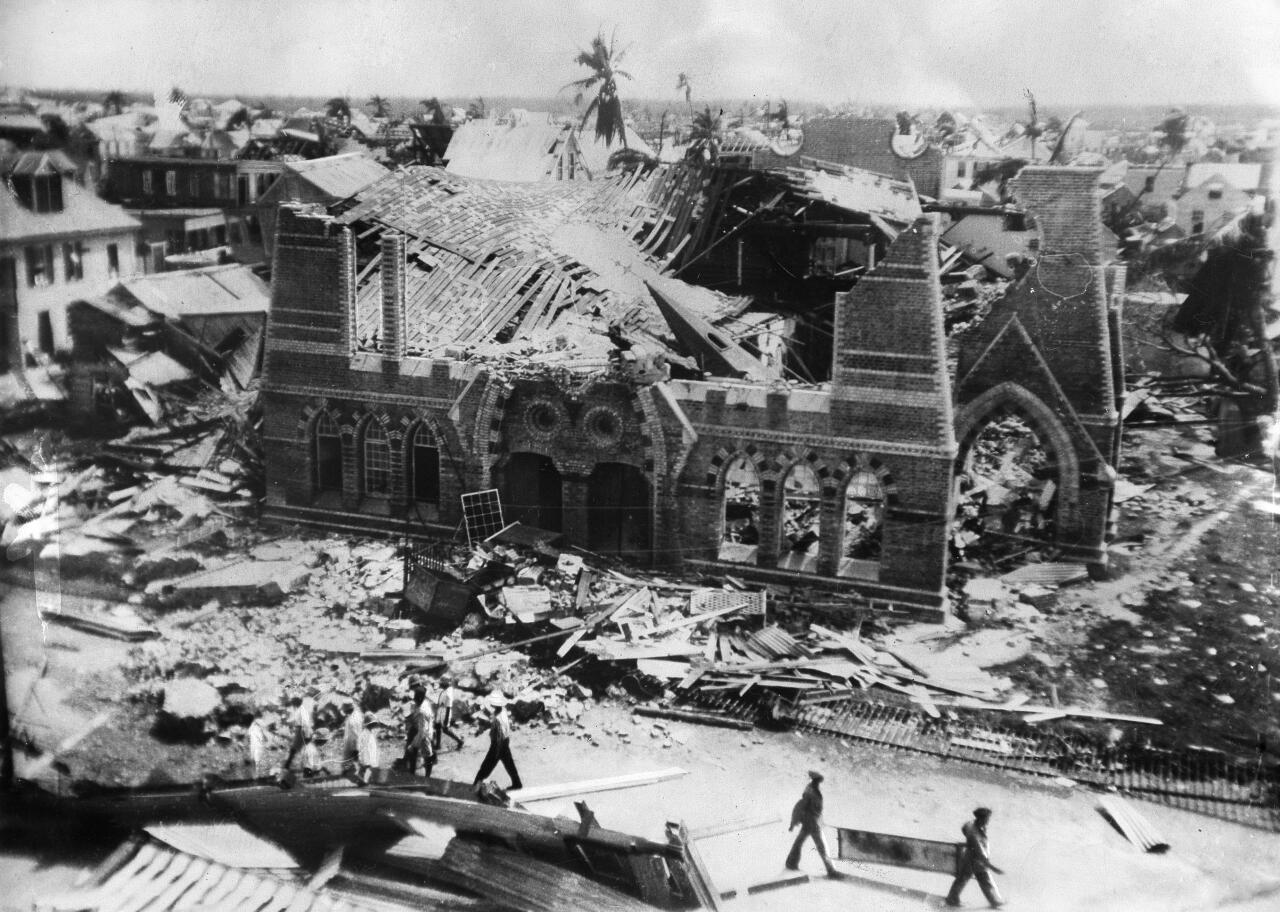
1931: Belize's deadliest hurricane
- Recorded storms: 13
- Hurricanes: 3
- Category 3 or higher hurricanes: 1
In September 1931, a hurricane hit Belize, then known as British Honduras, and killed about 2,500 people. The colony's capital, Belize City, was submerged in about five feet of water, leaving nearly 70% of the city destroyed. As of August 2024, it is the in recorded history.
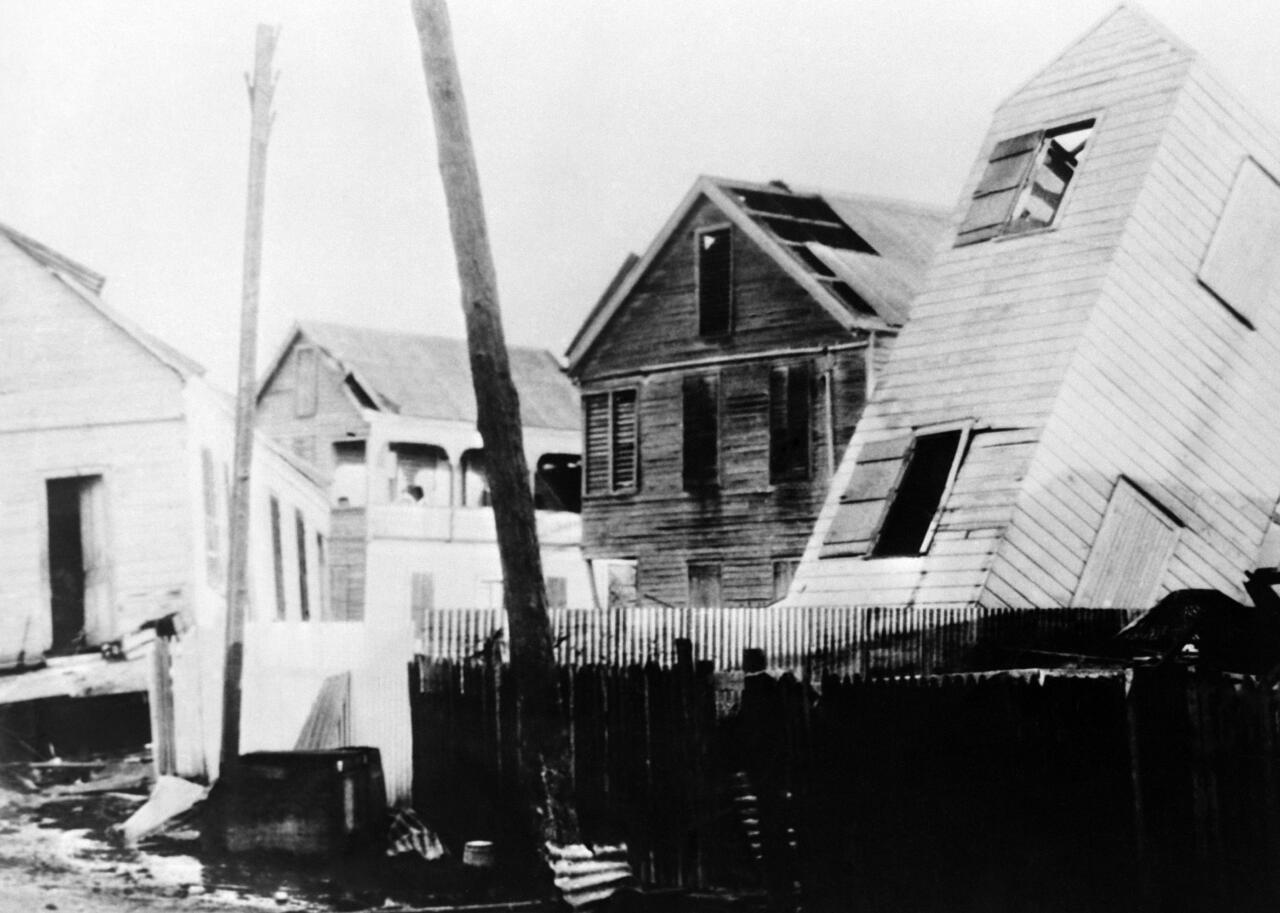
1932: Category 4 hurricane strikes Cuba
- Recorded storms: 15
- Hurricanes: 6
- Category 3 or higher hurricanes: 4
The Huracán de Santa Cruz del Sur, a Category 4 storm, and caused 3,500 fatalities. Most of the deaths were due to a storm surge, a flash flood that rose to over 20 feet. The damage in the town of Santa Cruz del Sur was particularly catastrophic, hence the hurricane's unofficial name. According to the Associated Press, less than 10% of the town's residents were able to flee unscathed.

1933: A record hurricane season in the Caribbean
- Recorded storms: 20
- Hurricanes: 11
- Category 3 or higher hurricanes: 6
The 1933 hurricane season was in Atlantic basin history. Of the 11 hurricanes that season, eight were tracked through the Caribbean alone, which is the most ever recorded in that area, as of 2021.
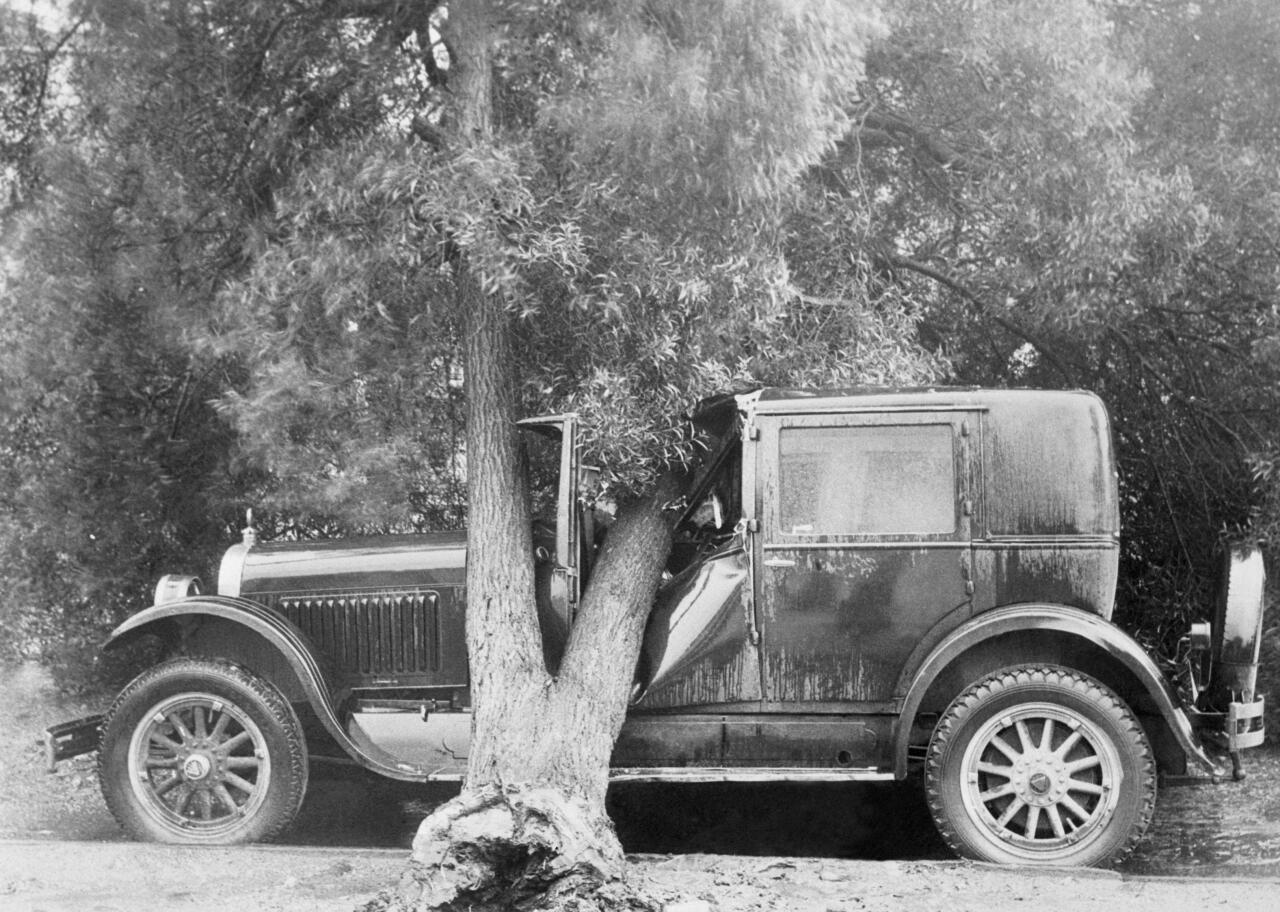
1934: Hurricane 'hunting' improves
- Recorded storms: 13
- Hurricanes: 7
- Category 3 or higher hurricanes: 1
Unlike the year that preceded it, the 1934 hurricane season was much less destructive, which was both a natural development and a technological one. The United States Weather Bureau's improved system for involved calling ships for weather updates, which allowed earlier warnings to residents to escape potential threats.
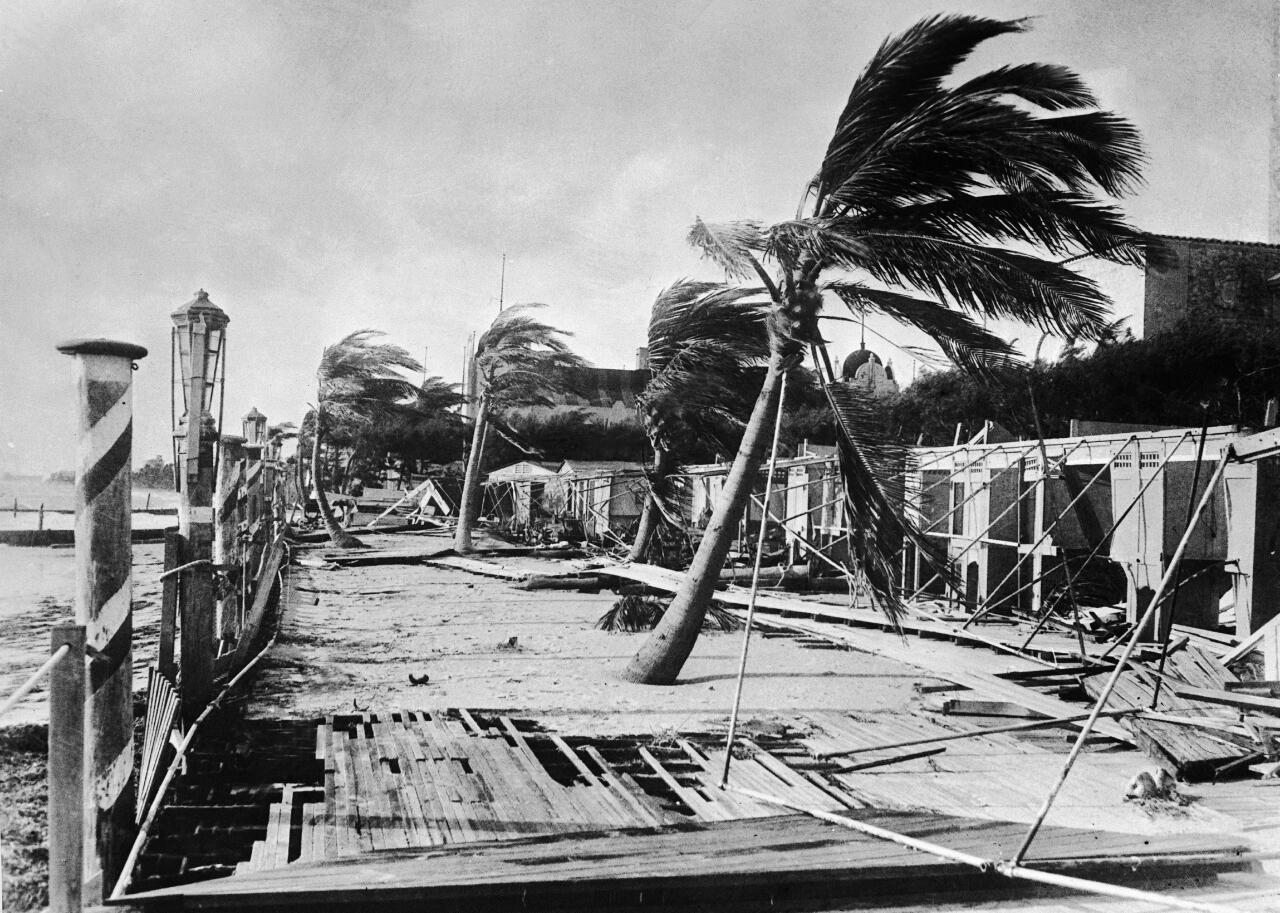
1935: Category 5 Labor Day Hurricane
- Recorded storms: 8
- Hurricanes: 5
- Category 3 or higher hurricanes: 3
At the time of its landfall, the 1935 Labor Day Hurricane was to touch down in the U.S. It was also the country's ever. More than 400 people died in the storm's path that made landfall in the Florida Keys, making it one of the 10 deadliest hurricanes in the country's history.
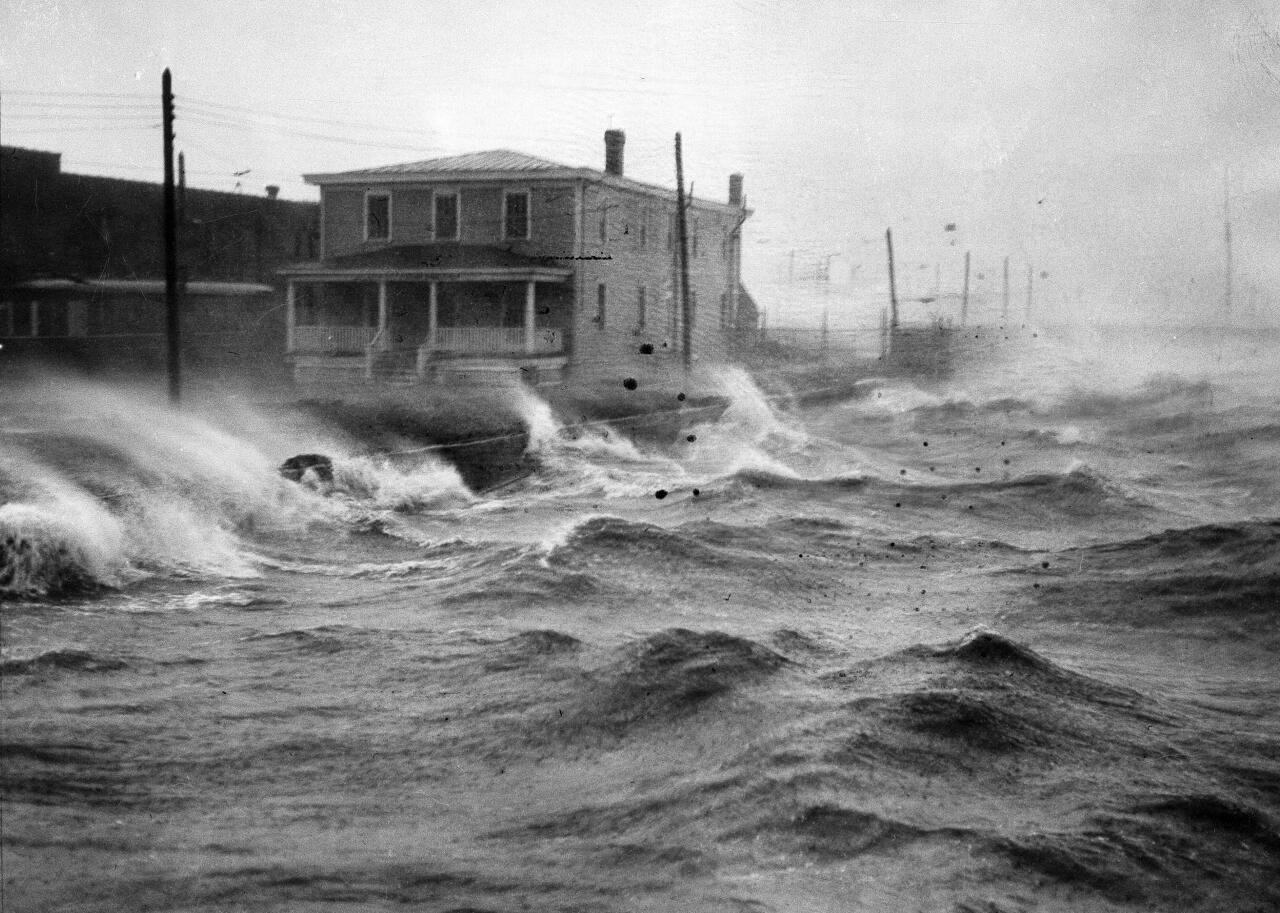
1936: Texas takes a hit
- Recorded storms: 17
- Hurricanes: 7
- Category 3 or higher hurricanes: 1
Only the United States in 1936, and this time, it came for Texas. The storm made landfall on June 27 in Port Aransas, weakening as it made its way to Corpus Christi. Though the storm did damage boats and crops, there were no reported deaths or injuries.
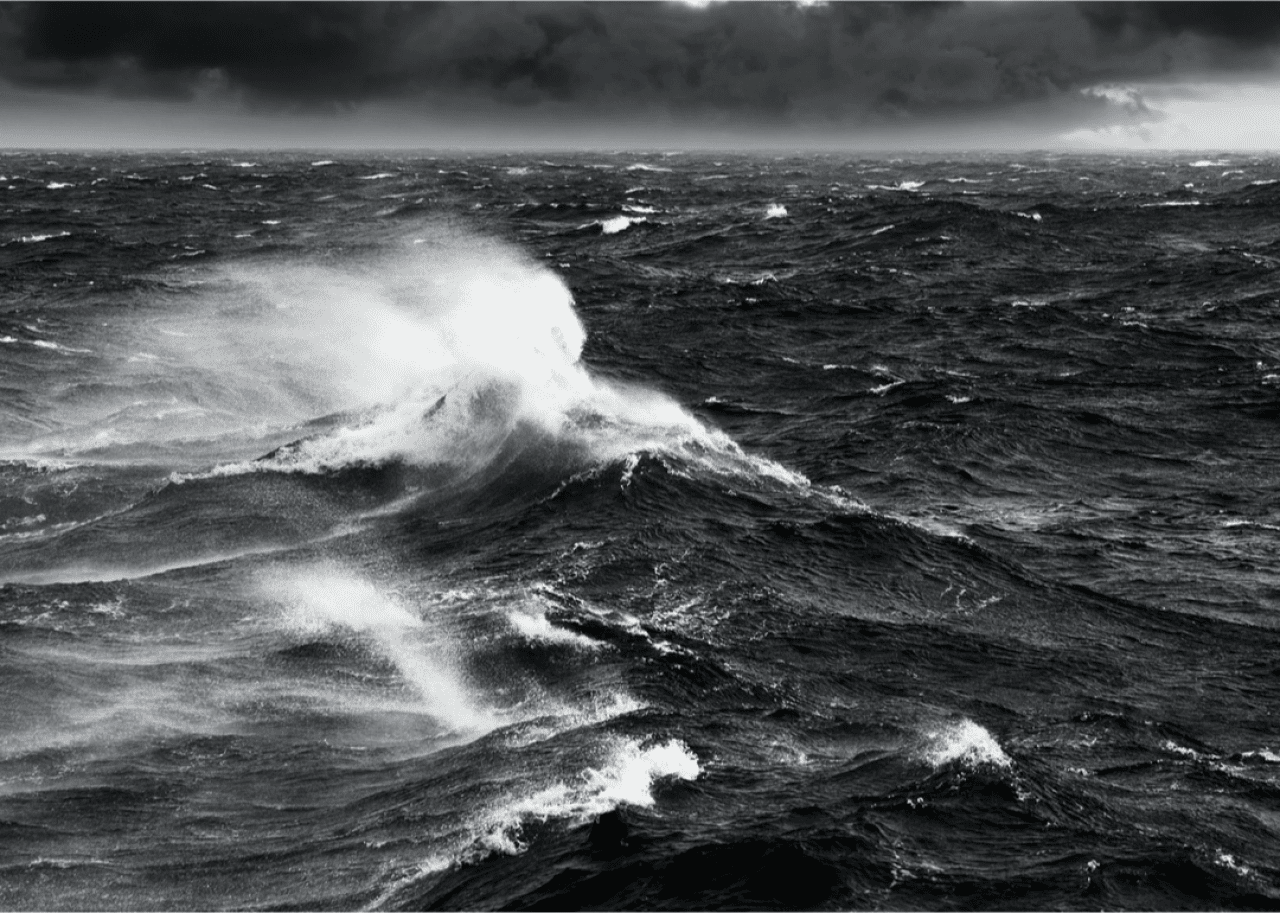
1937: A short hurricane season
- Recorded storms: 11
- Hurricanes: 4
- Category 3 or higher hurricanes: 1
The first tropical disturbance of the was on July 29, and the last was on Oct. 4. The short season only had one major hurricane, near Barbuda in the Caribbean, but it never made landfall.
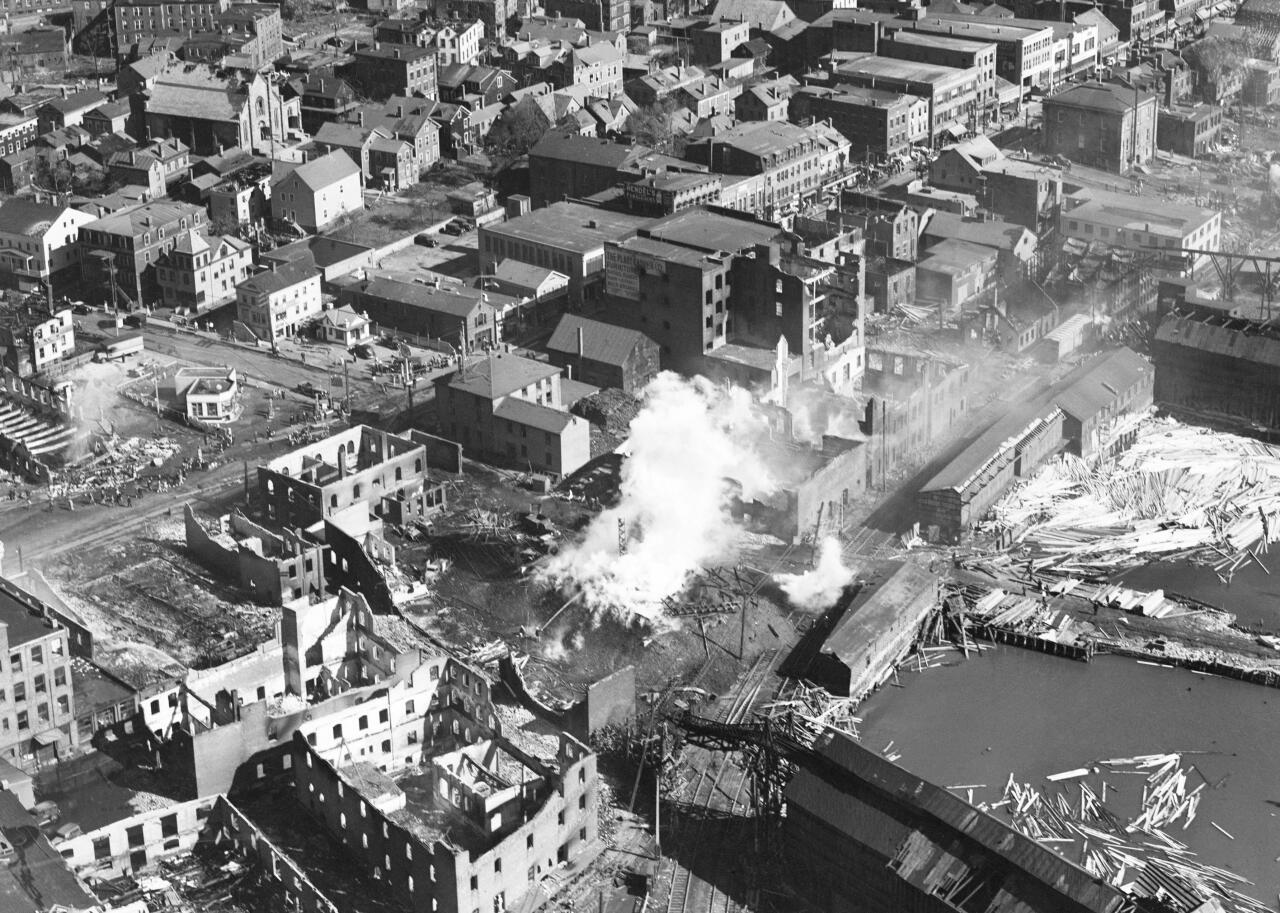
1938: The hurricane with the fastest forward speed
- Recorded storms: 9
- Hurricanes: 4
- Category 3 or higher hurricanes: 2
The Great New England Hurricane of 1938 recorded the . The storm traversed 600 miles in 12 hours, moving at roughly 60 miles per hour. Due to its trainlike high speeds, it earned the nickname "The Long Island Express."
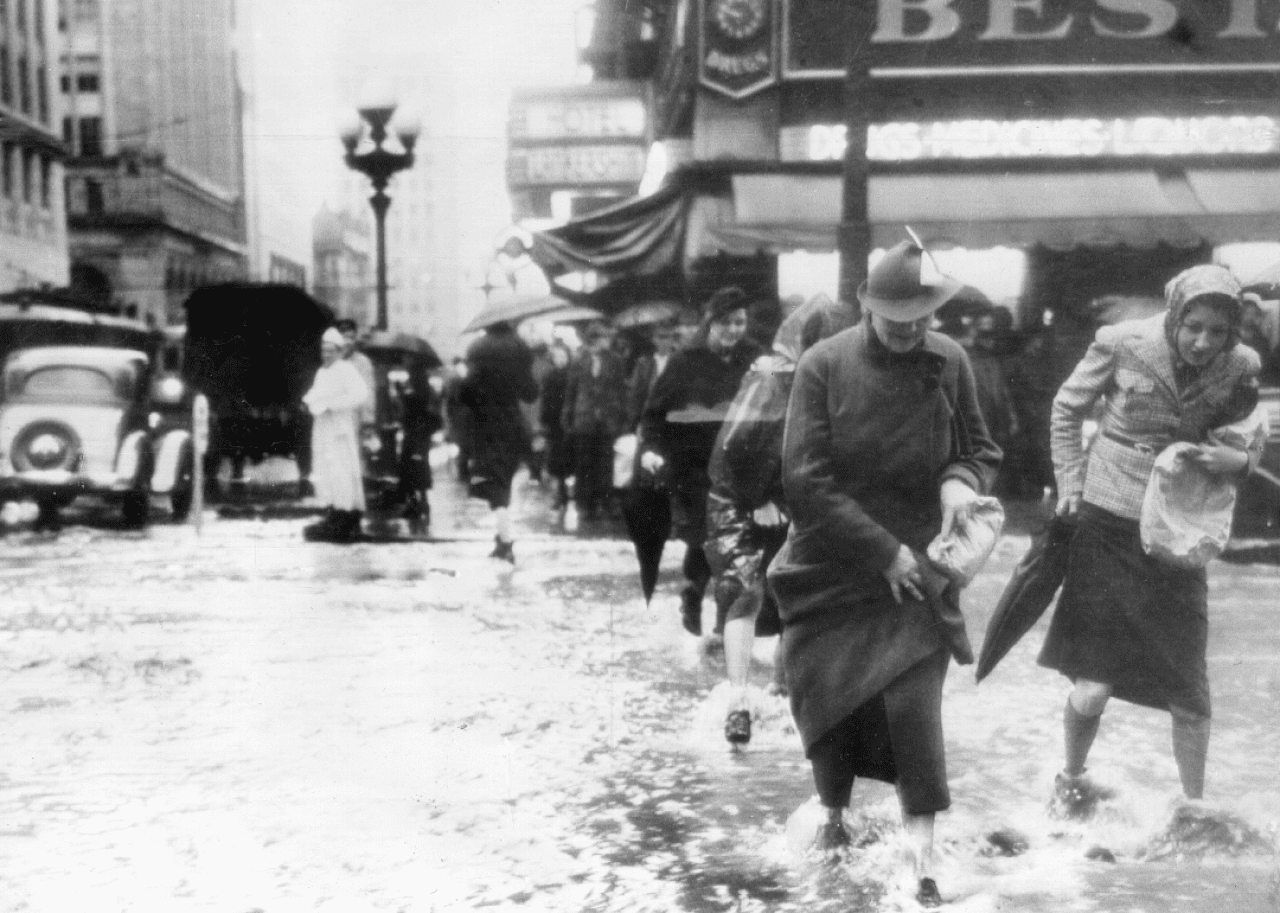
1939: Four hurricanes strike Southern California
- Recorded storms: 6
- Hurricanes: 3
- Category 3 or higher hurricanes: 1
In 1939, in September alone. The most destructive was El Cordonazo, which killed 93 people and was the only tropical storm to make landfall in the Golden State in the 20th century.

1940: One of the wettest hurricanes in Louisiana history
- Recorded storms: 9
- Hurricanes: 6
- Category 3 or higher hurricanes: 0
An unnamed Category 1 hurricane in August 1940 became one of the wettest ever recorded in . Rainfall peaked in the city of Crowley with 33.71 inches.
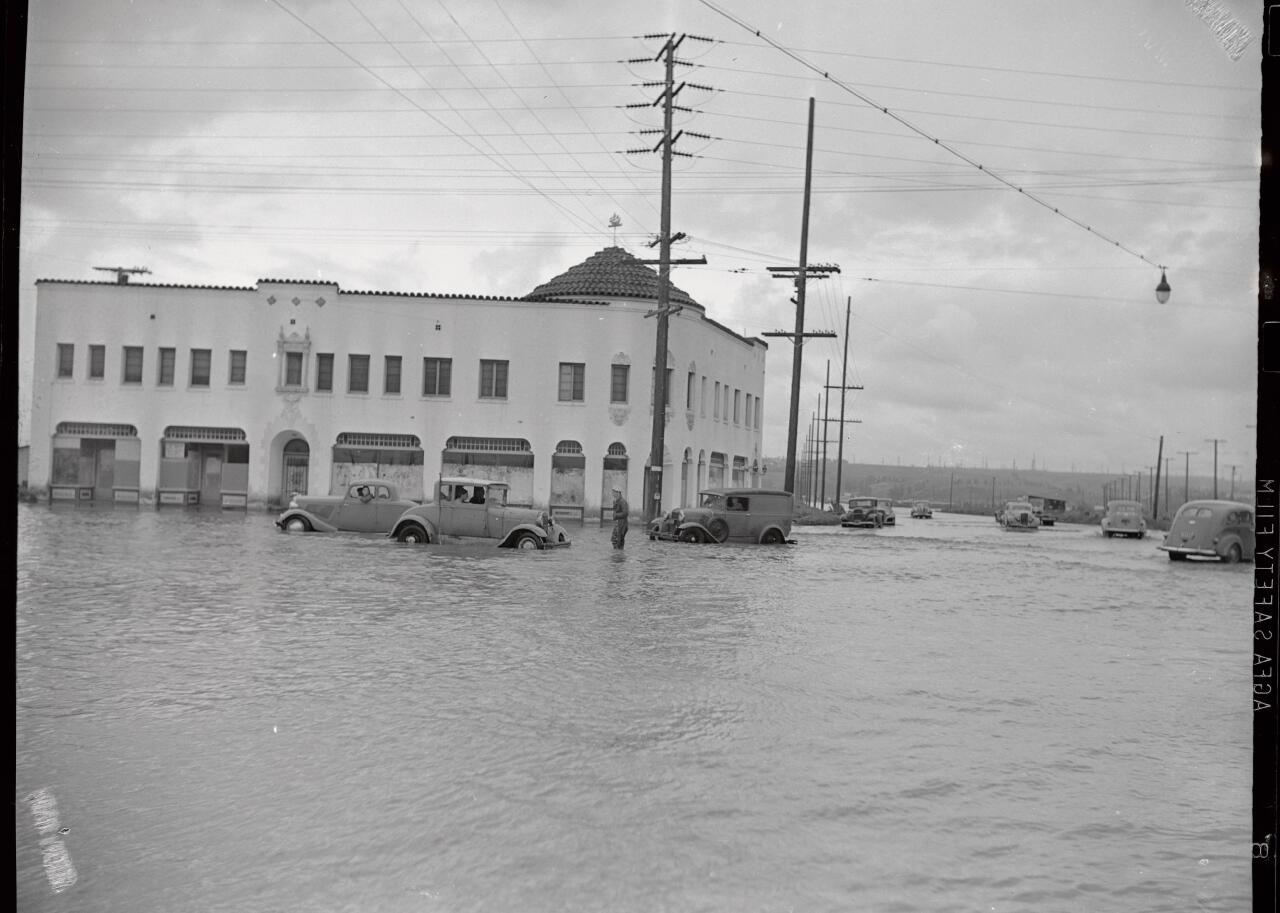
1941: A hurricane breaches the Texas seawall
- Recorded storms: 6
- Hurricanes: 4
- Category 3 or higher hurricanes: 3
A September 1941 in Texas near East Matagorda Bay. Water from the rising tide flooded residential and business areas, covering a local airport with up to three feet of water. In total, the hurricane caused $7 million in damage, with $5 million attributed to crop damage.
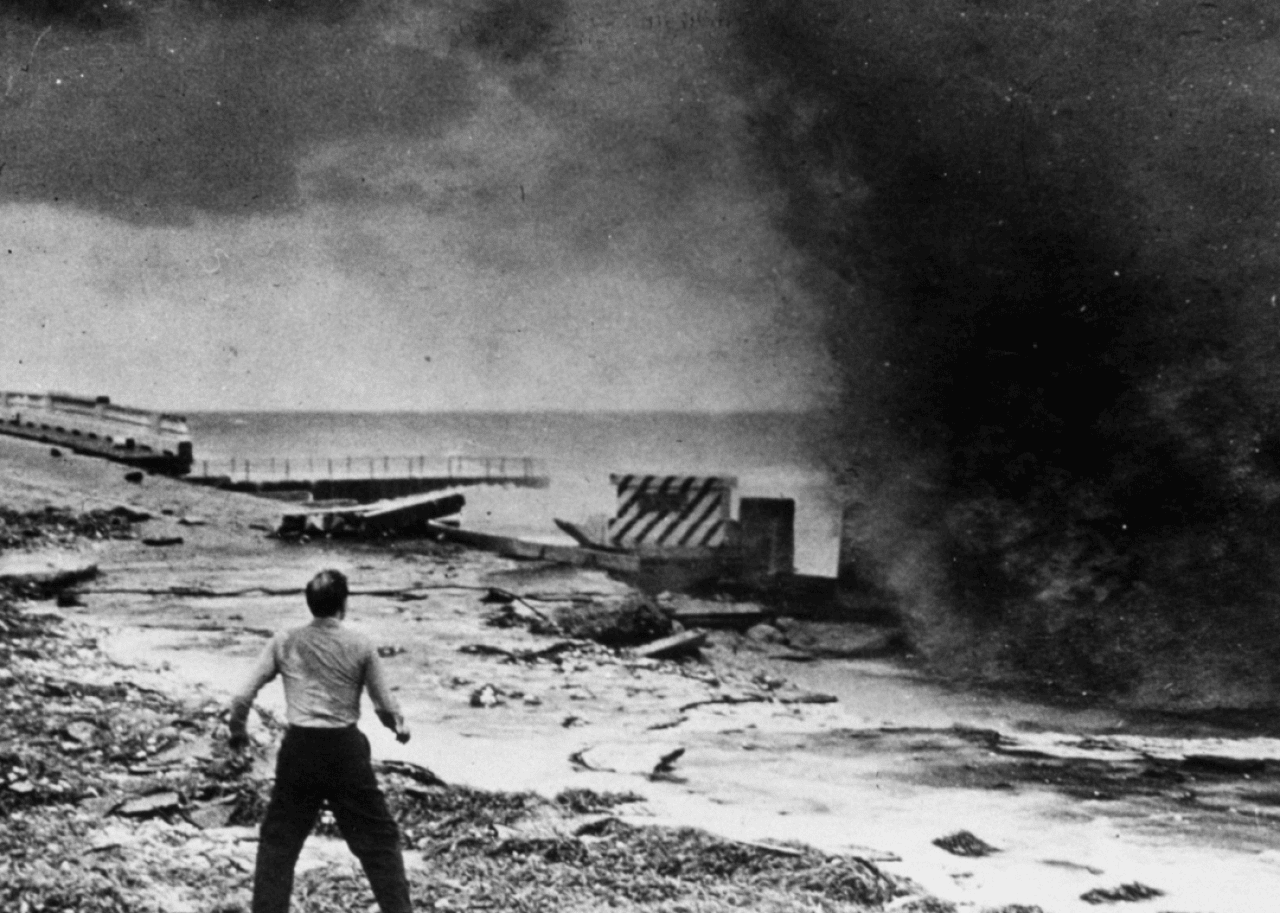
1942: Multiple hurricanes batter Texas
- Recorded storms: 11
- Hurricanes: 4
- Category 3 or higher hurricanes: 1
The 1942 season is only one of six in which in Texas. The worst of them hit , causing eight fatalities, $11.5 million in property damage, and $15 million in crop damage.
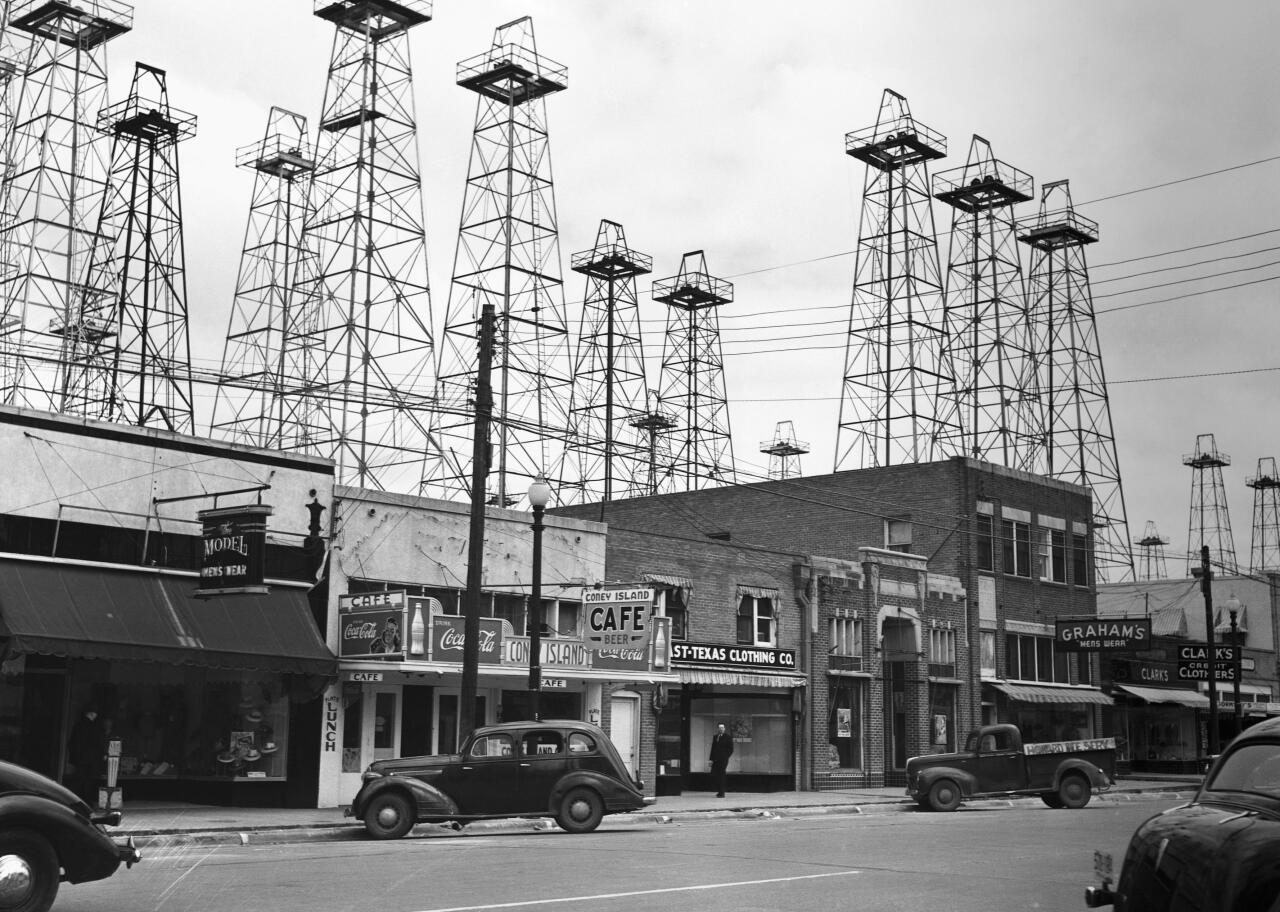
1943: Surprise hurricane during World War II
- Recorded storms: 10
- Hurricanes: 5
- Category 3 or higher hurricanes: 2
During World War II, so the military could watch for German U-boats. That radio silence also meant no transmissions on weather conditions, so the hurricane that hit the Houston-Galveston area of Texas in late July came without warning, earning its nickname of the "surprise" hurricane.

1944: Hurricane sinks World War II ships
- Recorded storms: 14
- Hurricanes: 8
- Category 3 or higher hurricanes: 3
The made landfall on Long Island and Rhode Island in September 1944, causing 46 fatalities on land and $100 million in damage. The storm also , killing 334 additional people.

1945: Homestead Hurricane destroys blimp hangars
- Recorded storms: 11
- Hurricanes: 5
- Category 3 or higher hurricanes: 2
In 1945, the at Naval Air Station Richmond in South Florida, burning down three wooden hangars used during World War II to house blimps and planes. The storm and its resulting fire ultimately 25 blimps and 360 aircraft and at the naval base.

1946: No hurricane deaths in the US
- Recorded storms: 6
- Hurricanes: 3
- Category 3 or higher hurricanes: 1
The hurricane season of 1946 was a tame one. in the U.S. in 1946, and property damage stayed under $10 million, compared to $80 million in 1945 and $150 million in 1944.

1947: An attempt to weaken a hurricane
- Recorded storms: 9
- Hurricanes: 5
- Category 3 or higher hurricanes: 2
For the first time in 1947, the government through a weather modification program called Project Cirrus. They used a method called cloud seeding, which involves releasing a substance into the air (in this case, dry ice) to modify the storm.
That same year, the Army Air Corps led a flight into a hurricane, marking the start of the , who measure storms by entering the eye of the hurricane.
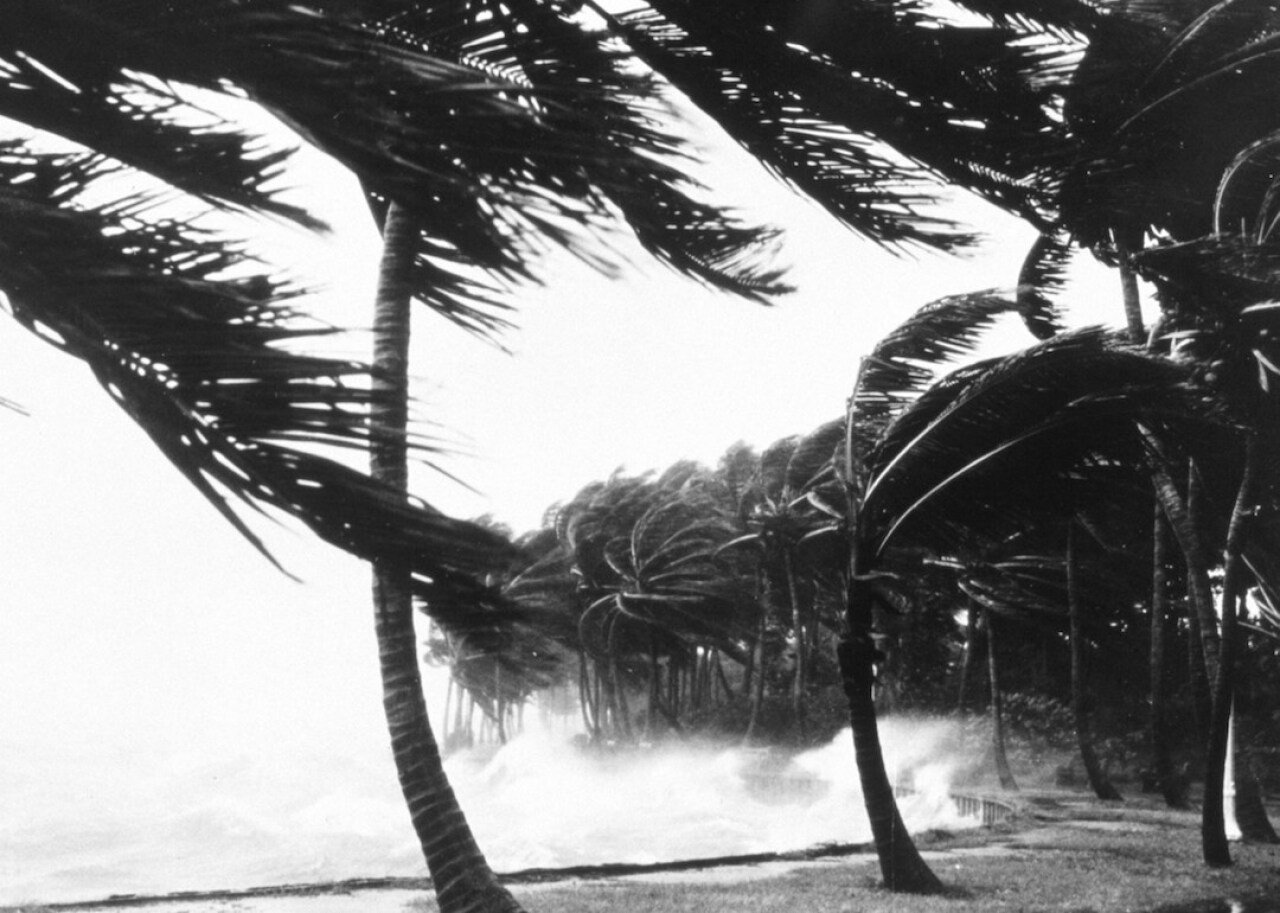
1948: Two hurricanes hit South Florida
- Recorded storms: 9
- Hurricanes: 6
- Category 3 or higher hurricanes: 4
Two hit South Florida two weeks apart in September 1948 and October 1948, causing extensive flood damage. The first of the two was the most destructive, with wind gusts of 160 miles per hour and a 6-foot storm surge.
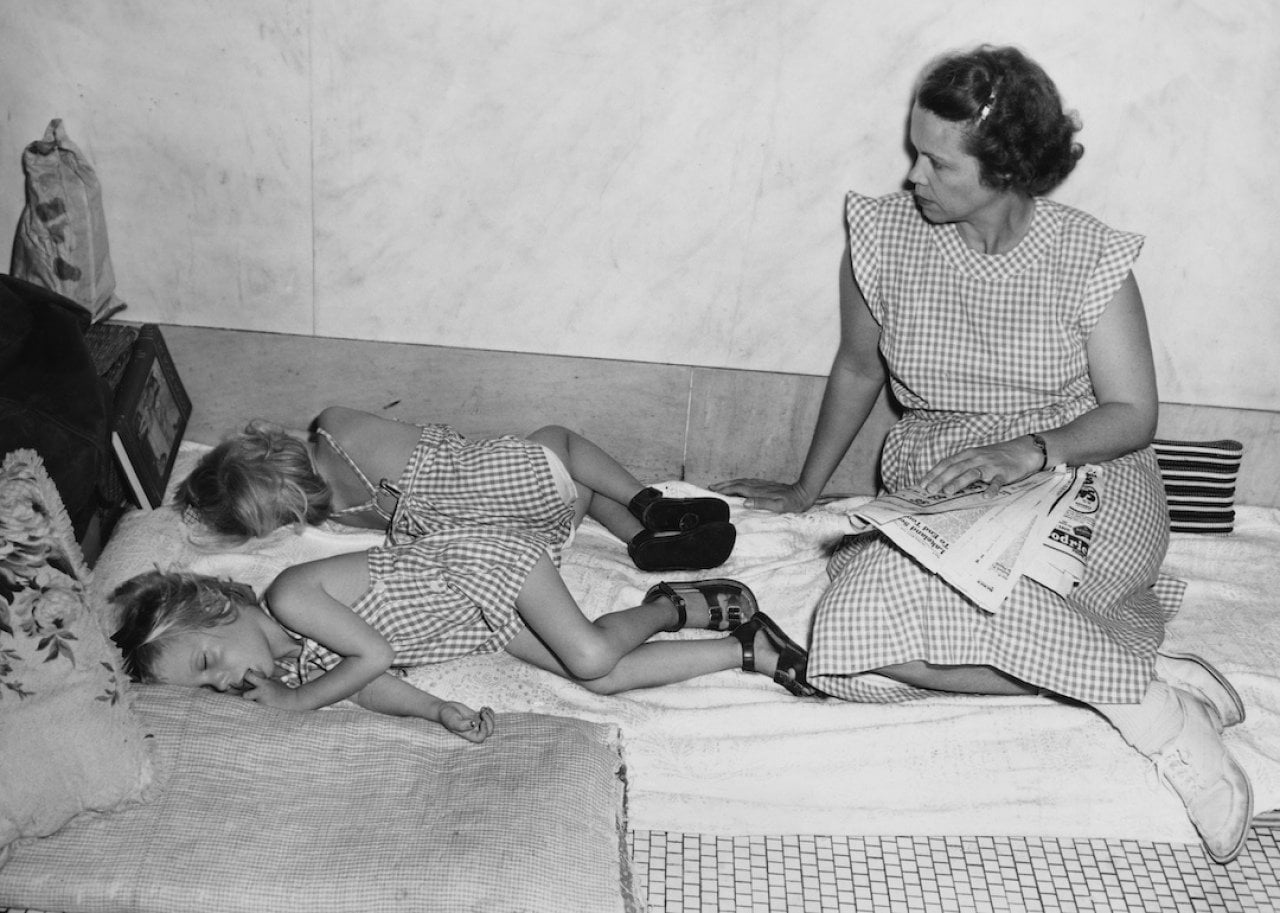
1949: Hurricane damages crops in Florida
- Recorded storms: 13
- Hurricanes: 7
- Category 3 or higher hurricanes: 3
A late August 1949 hurricane followed a similar path in South Florida as the Great Miami Hurricane of 1928 but caused , particularly agriculturally. According to NOAA, there was $45 million worth of damage in Florida alone, mainly affecting crops.

1950: Hurricanes given names
- Named storms: 13
- Hurricanes: 11
- Category 3 or higher hurricanes: 8
The first year that hurricanes in the Atlantic were was 1950. The convention was to use names from the British–U.S. World War II spelling alphabet, starting with Hurricane Able. The fifth storm of the season, Hurricane Easy, didn't live up to its moniker—the Category 3 the town of Cedar Key, Florida.
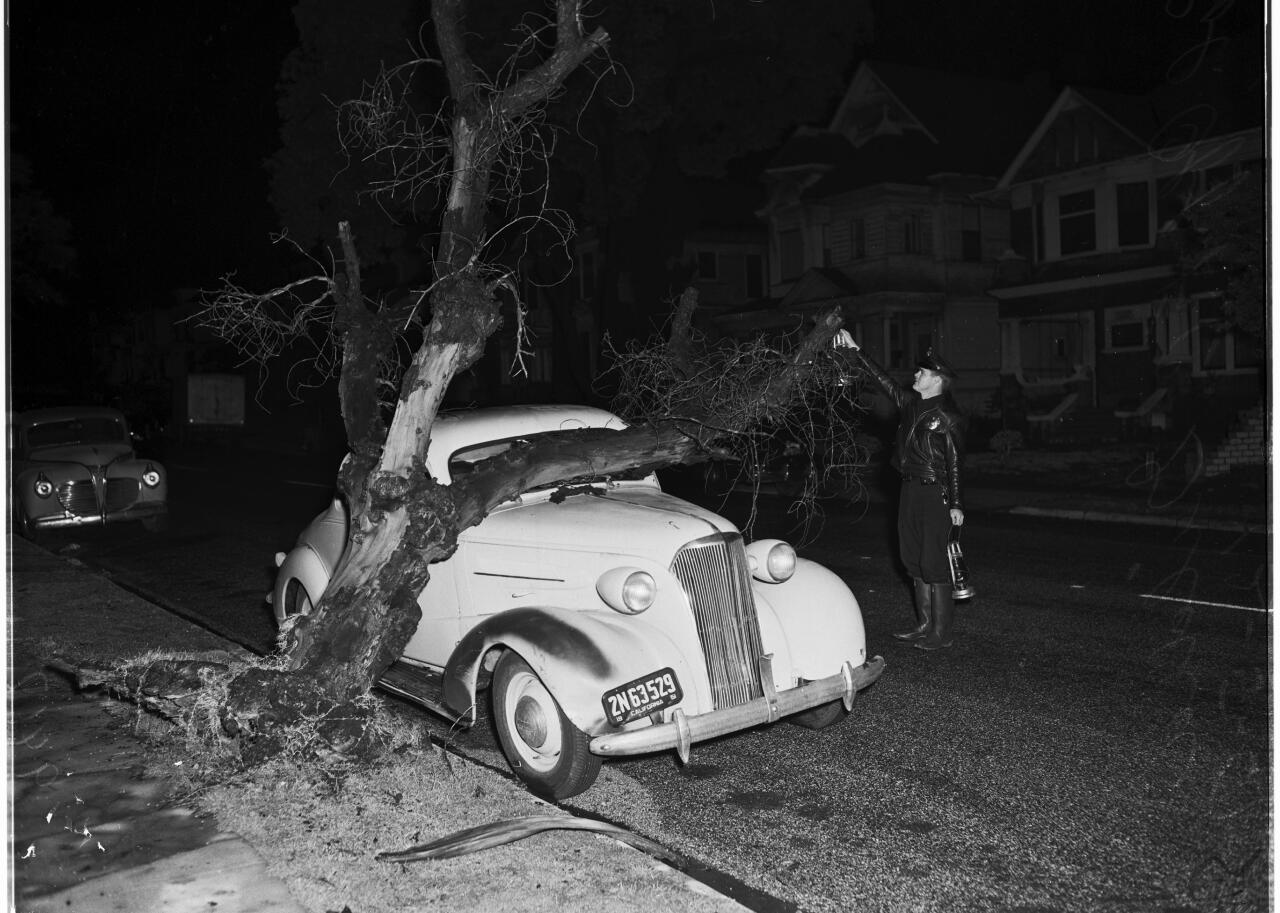
1951: Hurricane Charlie devastates Jamaica
- Named storms: 10
- Hurricanes: 8
- Category 3 or higher hurricanes: 5
No hurricanes made landfall in the U.S. in 1951. However, the , Hurricane Charlie, was one of the most destructive storms in Jamaica's history, killing more than 150 people, leaving 25,000 homeless, and causing $50 million in damage.
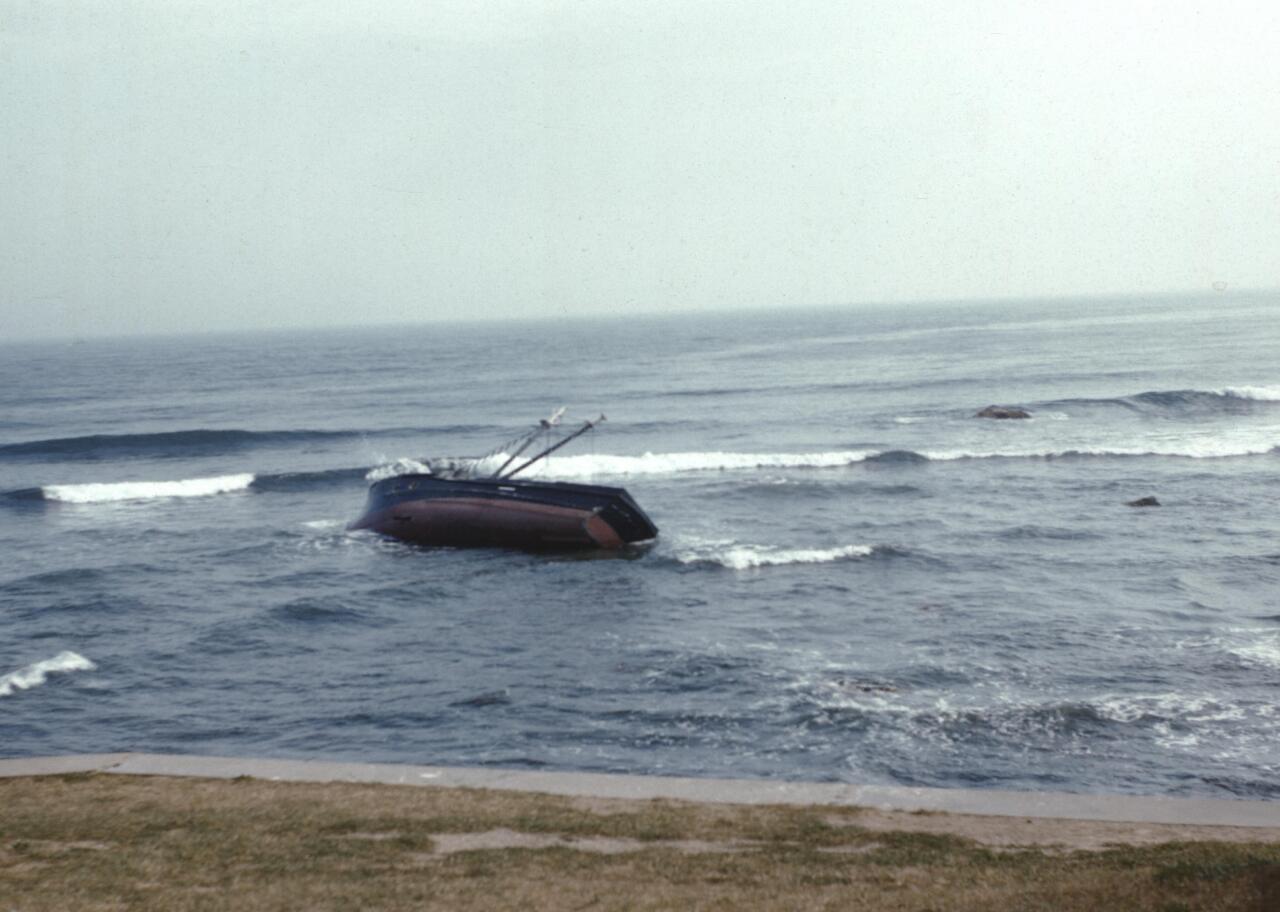
1952: A February tropical storm
- Named storms: 7
- Hurricanes: 6
- Category 3 or higher hurricanes: 3
In 1952, an unnamed hit Florida on Feb. 2, Groundhog Day—well before the start of the hurricane season in June. It's the only known February tropical storm in the Atlantic basin, and it wasn't until 2015 that NOAA's National Hurricane Research Division classified the low-pressure system as a tropical storm.
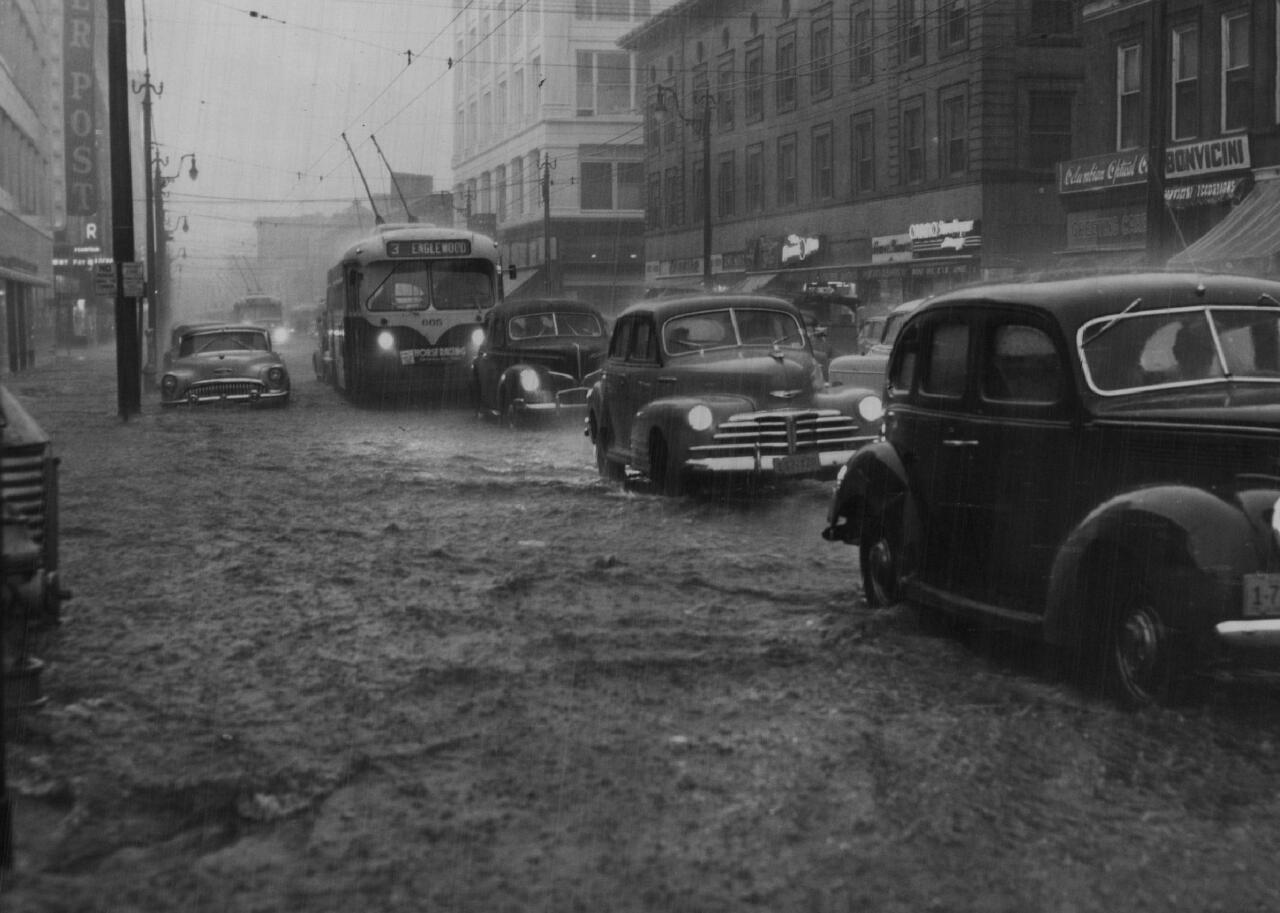
1953: Hurricane naming system changes again
- Named storms: 14
- Hurricanes: 6
- Category 3 or higher hurricanes: 4
In 1953, the U.S. of 1950 and opted instead for a list of names traditionally used for women. While the new names were ready to go, the season was relatively tame, with and they were not severe. There was one death and damage totaled about $6 million.

1954: Sister storms wallop New England
- Named storms: 11
- Hurricanes: 8
- Category 3 or higher hurricanes: 2
Until 1954, many people believed that hurricanes spared New England, but that changed when a duo of tropical cyclones hit the region in late August and early September of that year. The —known as "The Twins," Carol and Edna—came close to in Rhode Island. Hurricane Carol caused more property damage than any other hurricane by that point in recorded history, a for one year. As a result, NOAA from hurricane nomenclature due to the severity of the storm's destruction. (Carol was the first name to be retired in history.)
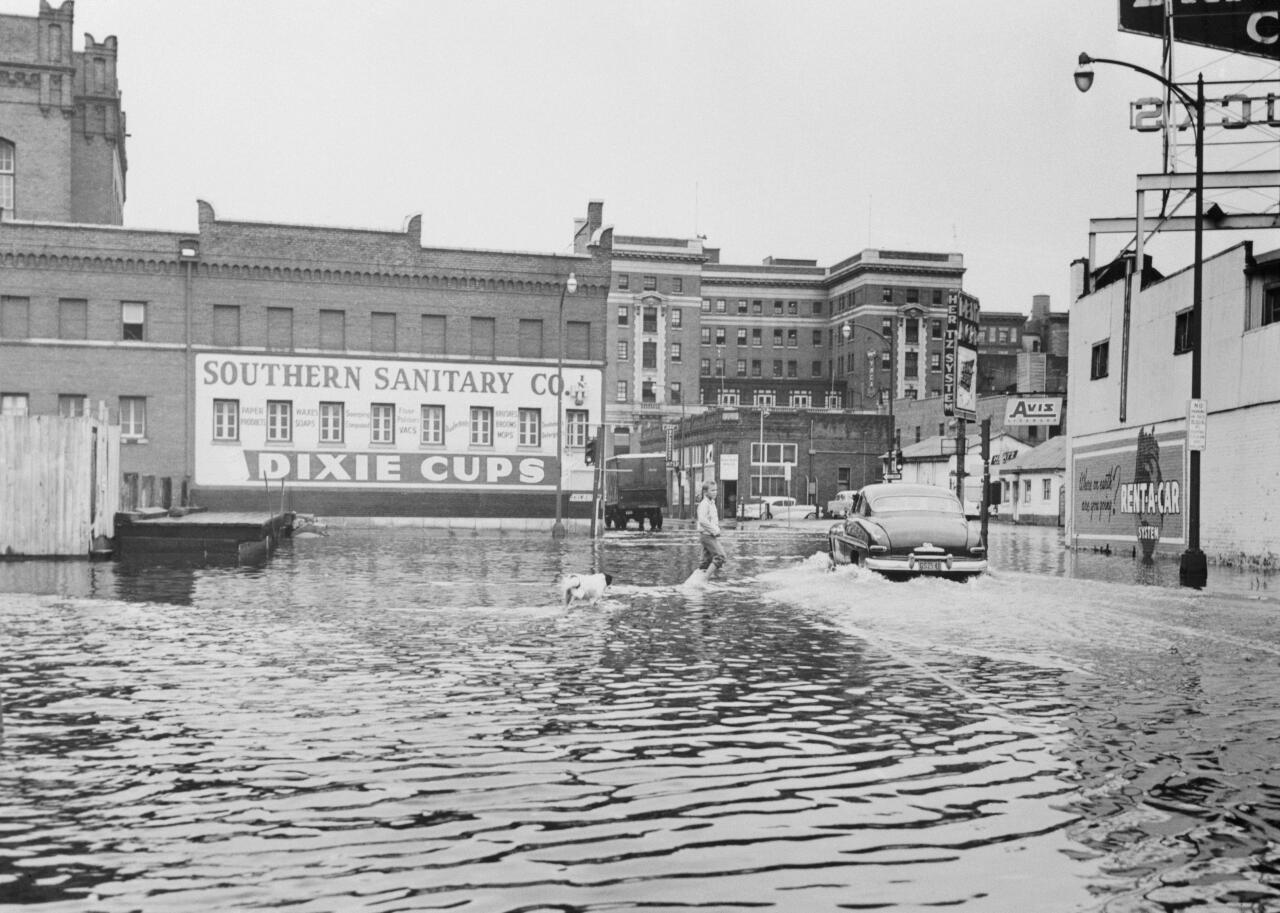
1955: Another set of sister storms sets records
- Named storms: 12
- Hurricanes: 9
- Category 3 or higher hurricanes: 6
Hurricanes Diane and Connie outdid the damage caused by Carol and Edna the previous year. The just five days apart, tracking up to Washington D.C., and eventually, . Hurricane Diane followed so soon after Hurricane Connie that their floods up until that point. It's estimated that Diane alone led to . NOAA also retired the names Diane and Connie as a result.
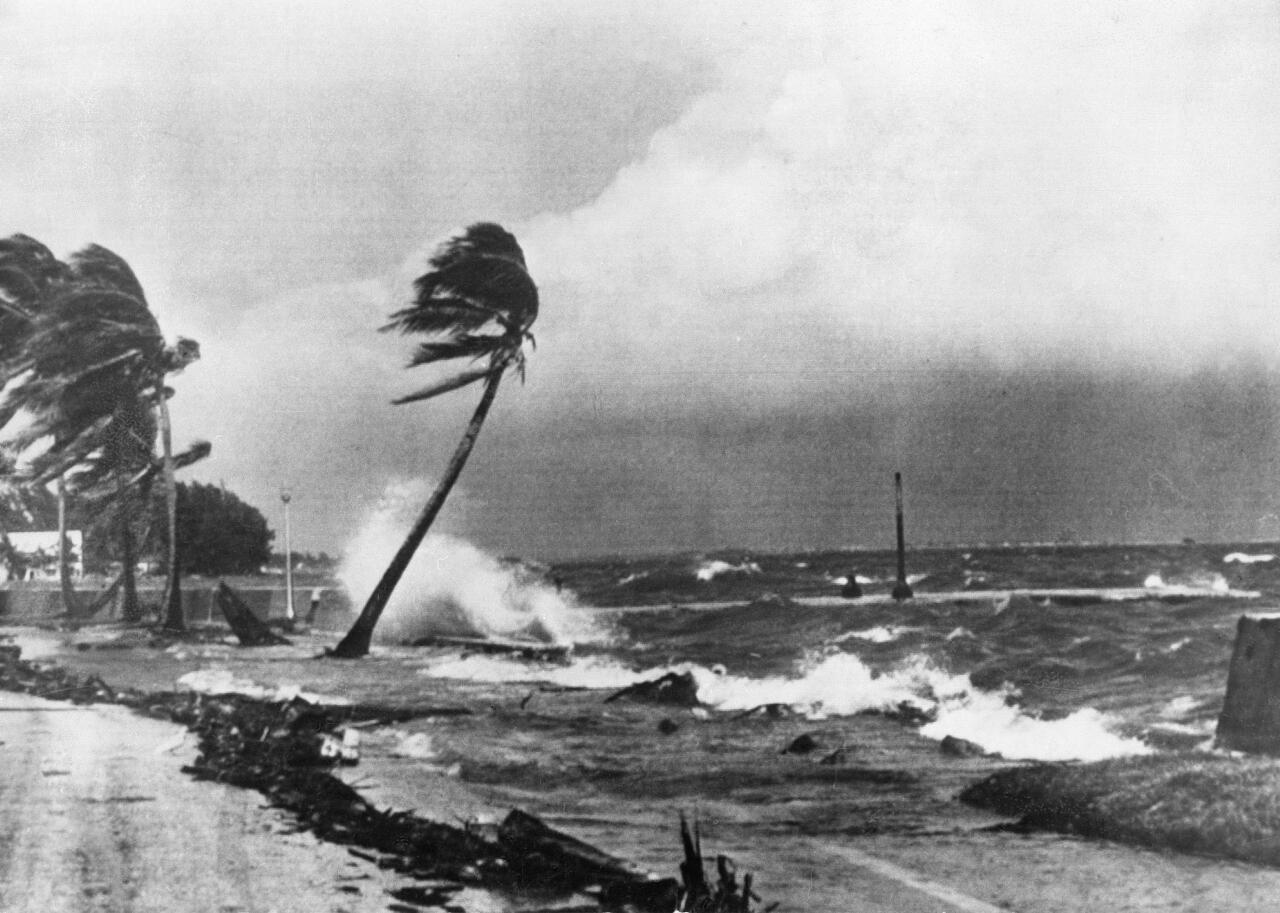
1956: A mild hurricane season
- Named storms: 8
- Hurricanes: 4
- Category 3 or higher hurricanes: 2
The 1956 season featured only a few hurricanes, and those storms were of low intensity, especially compared to the hurricanes of the two previous seasons. was the only storm to touch down in the contiguous U.S., causing heavy rainfall in Alabama and Florida.
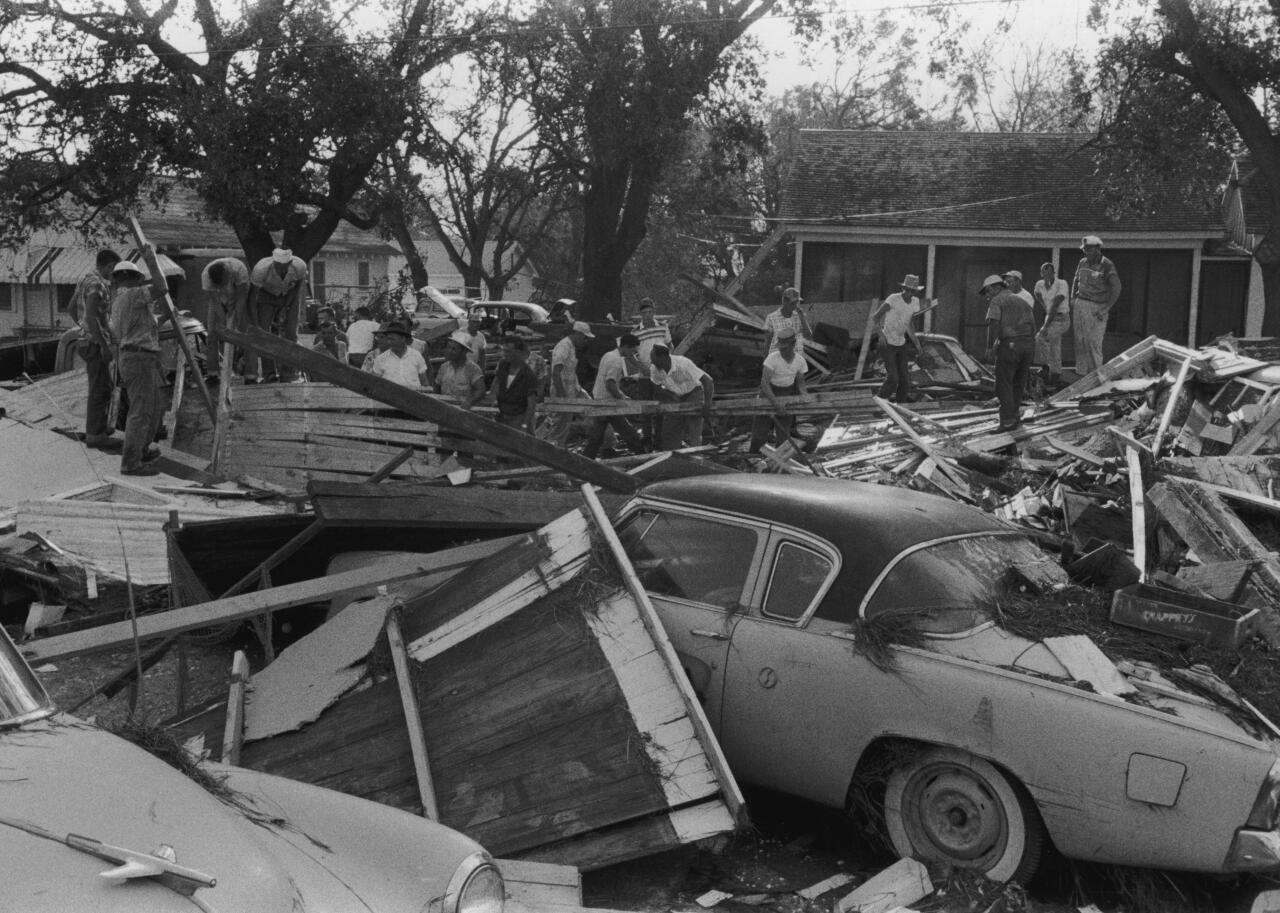
1957: A destructive June hurricane
- Named storms: 8
- Hurricanes: 3
- Category 3 or higher hurricanes: 2
The 1957 hurricane season came back with a bit of a vengeance, mainly thanks to , a June storm that caused an estimated 500 deaths. Audrey was also the likely reported around its strike zone. The storm made landfall as a Category 3 hurricane in Louisiana, near the Louisiana-Texas border.
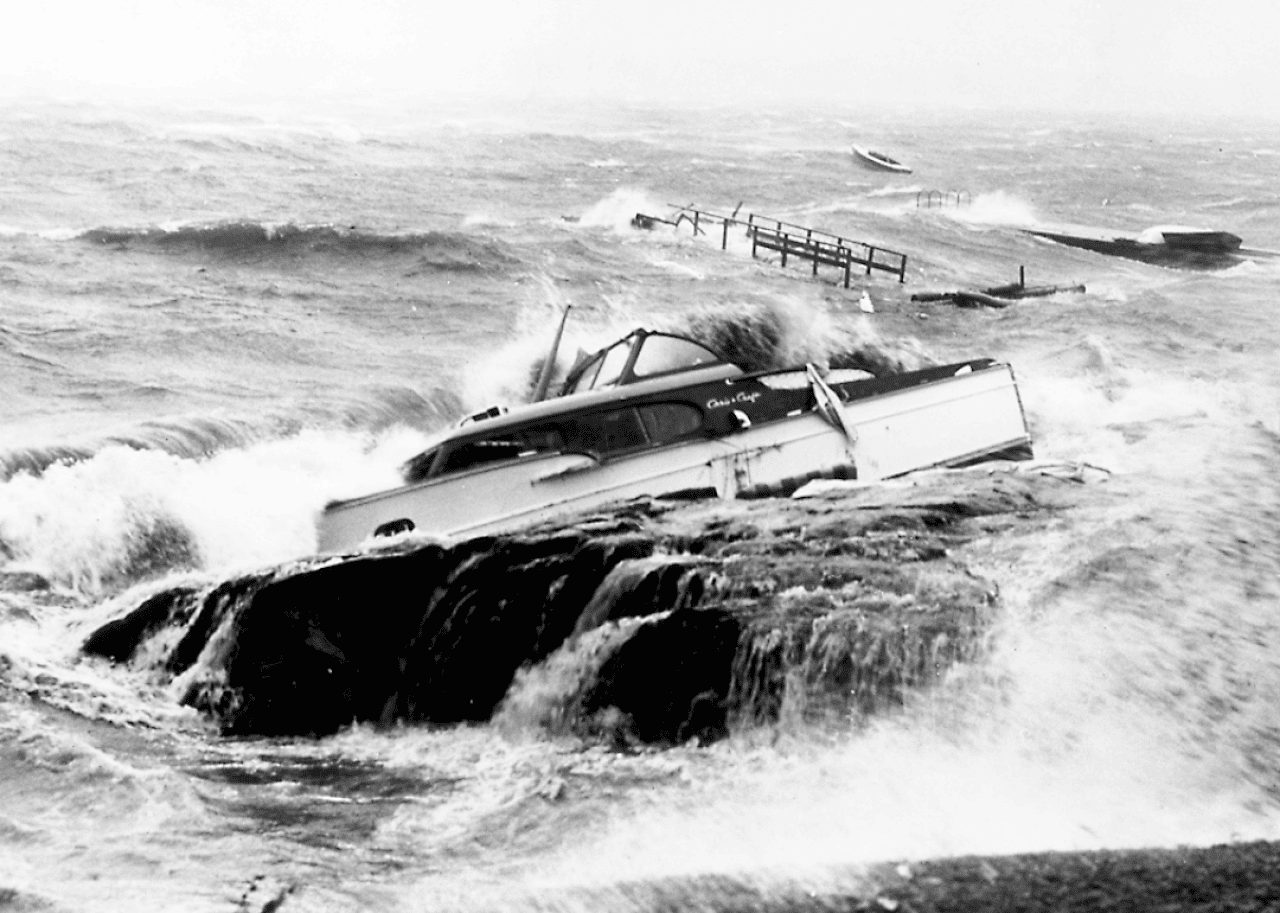
1958: No hurricanes until August
- Named storms: 10
- Hurricanes: 7
- Category 3 or higher hurricanes: 5
 over the Atlantic didn't occur until mid-August in the 1958 season. In late September, Hurricane Helene became one of the most intense and destructive of the season, , though it caused no fatalities.
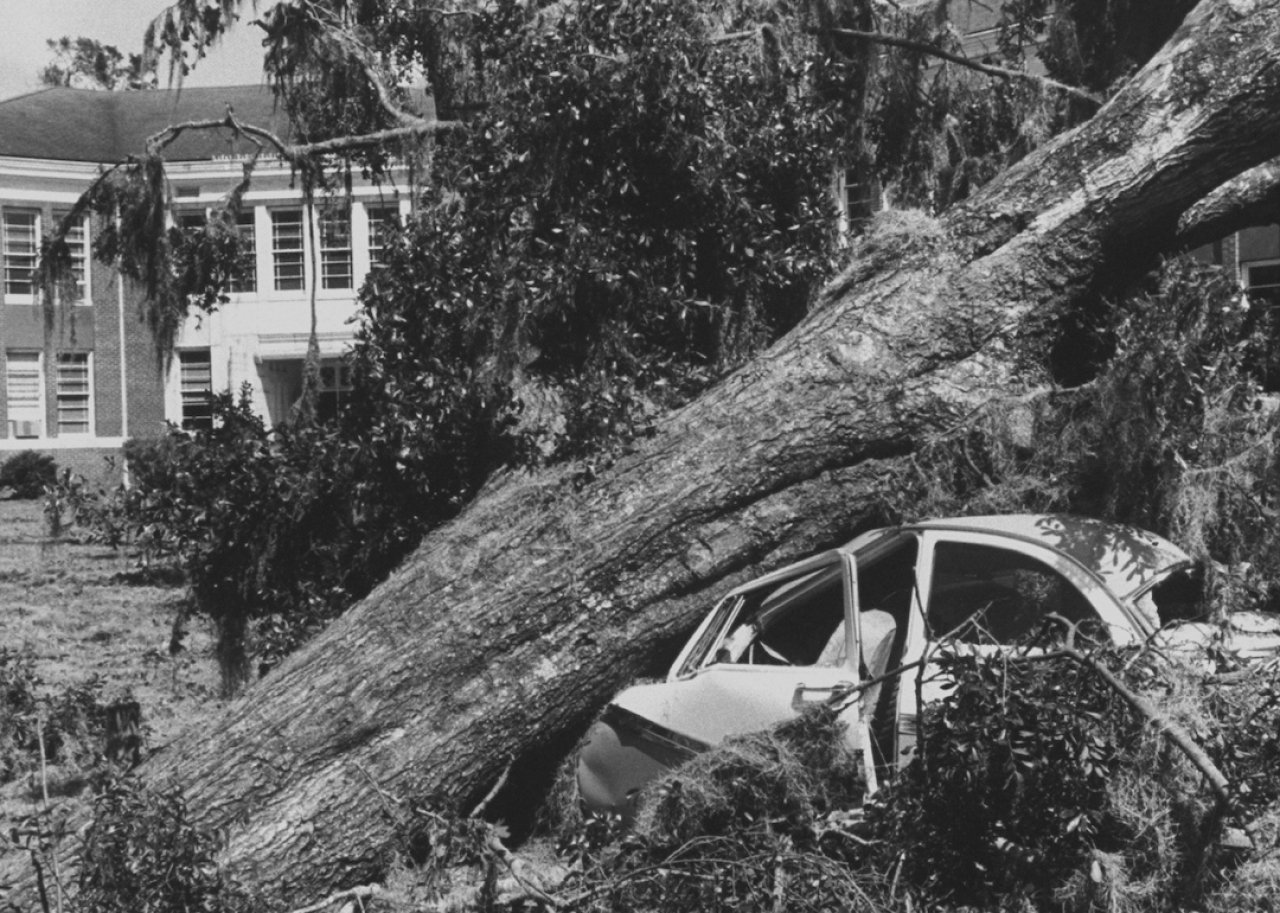
1959: Hurricane warnings save lives
- Named storms: 11
- Hurricanes: 7
- Category 3 or higher hurricanes: 2
Several of 1959's hurricanes were weak, just barely achieving hurricane status. Hurricane Gracie, which occurred late in the season, was the U.S. It was also one of the most intense, causing 22 out of the 24 fatalities that year. Accurate warnings enabled many people to evacuate before Gracie wreaked havoc, resulting in the low death count.

1960: Hurricane Donna reaches far
- Named storms: 7
- Hurricanes: 4
- Category 3 or higher hurricanes: 2
Once Hurricane Donna struck Florida in September 1960, it was reported that its than any other storm on record. It was also the most destructive hurricane in Florida's history at the time, and it holds the record for than any other storm in the Atlantic basin, lasting for a total of nine days.
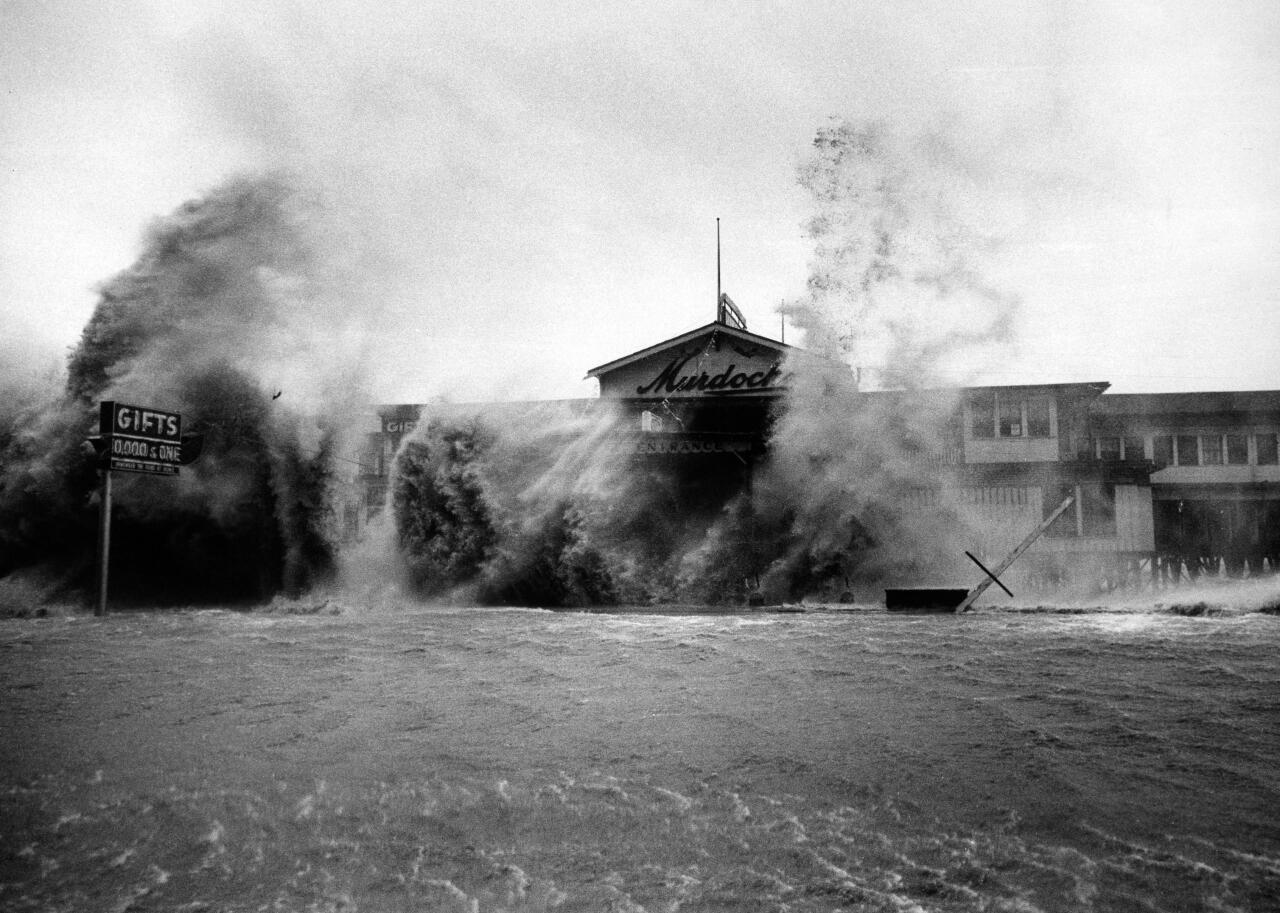
1961: Hurricane Carla forces evacuation
- Named storms: 11
- Hurricanes: 8
- Category 3 or higher hurricanes: 7
Hurricane Carla was a Category 5 storm until just before it in mid-September 1961. Still, Carla was one of the largest and most intense hurricanes ever to strike the Gulf Coast. Fortunately, there were fewer than 50 fatalities, thanks to early warnings that allowed about 350,000 people to evacuate.
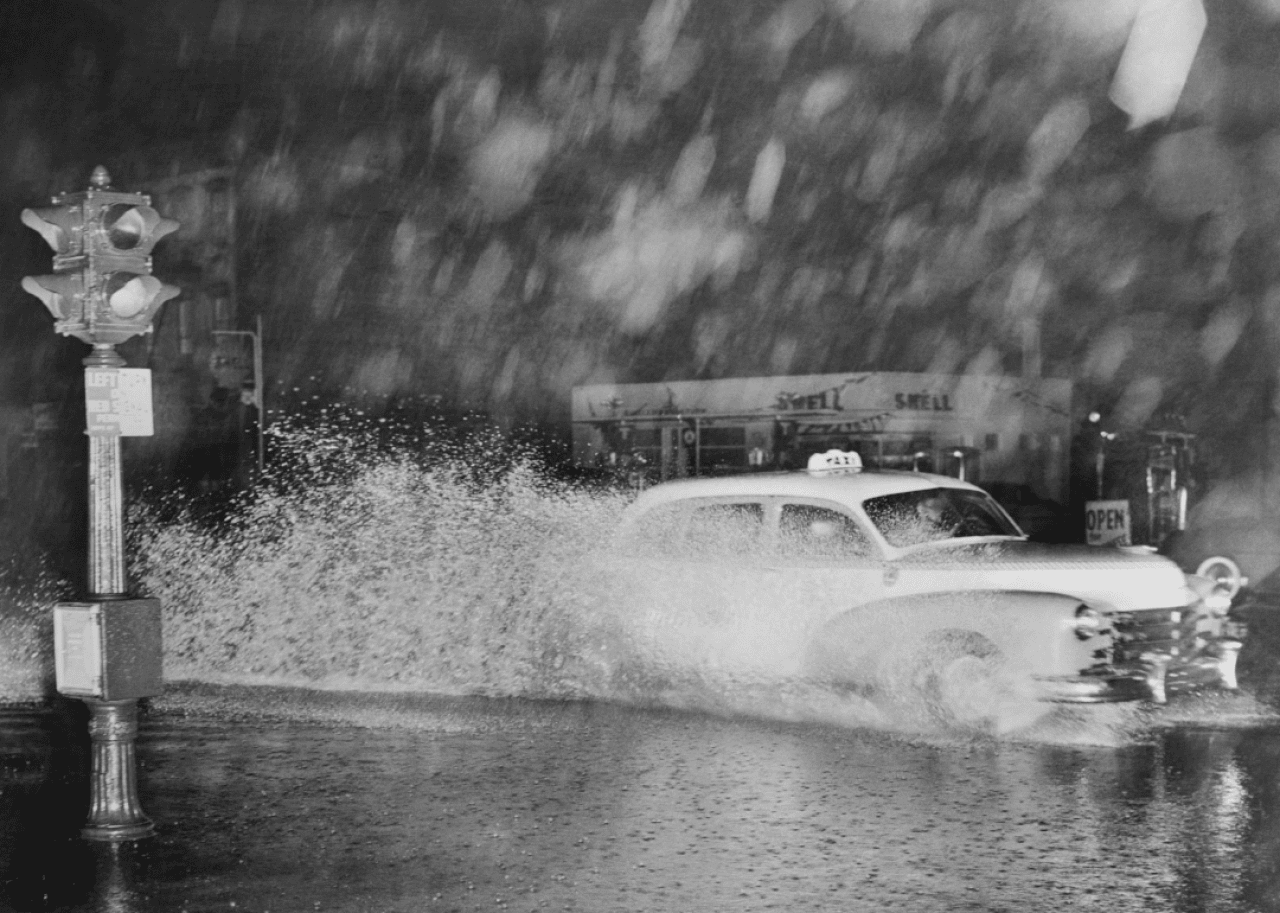
1962: A quiet year for hurricanes
- Named storms: 5
- Hurricanes: 3
- Category 3 or higher hurricanes: 1
With significantly fewer storms than usual, 1962 was the . Even the storms that occurred were less intense than expected. The first hurricane of the season, Alma, barely reached hurricane status and only remained one for 12 hours.
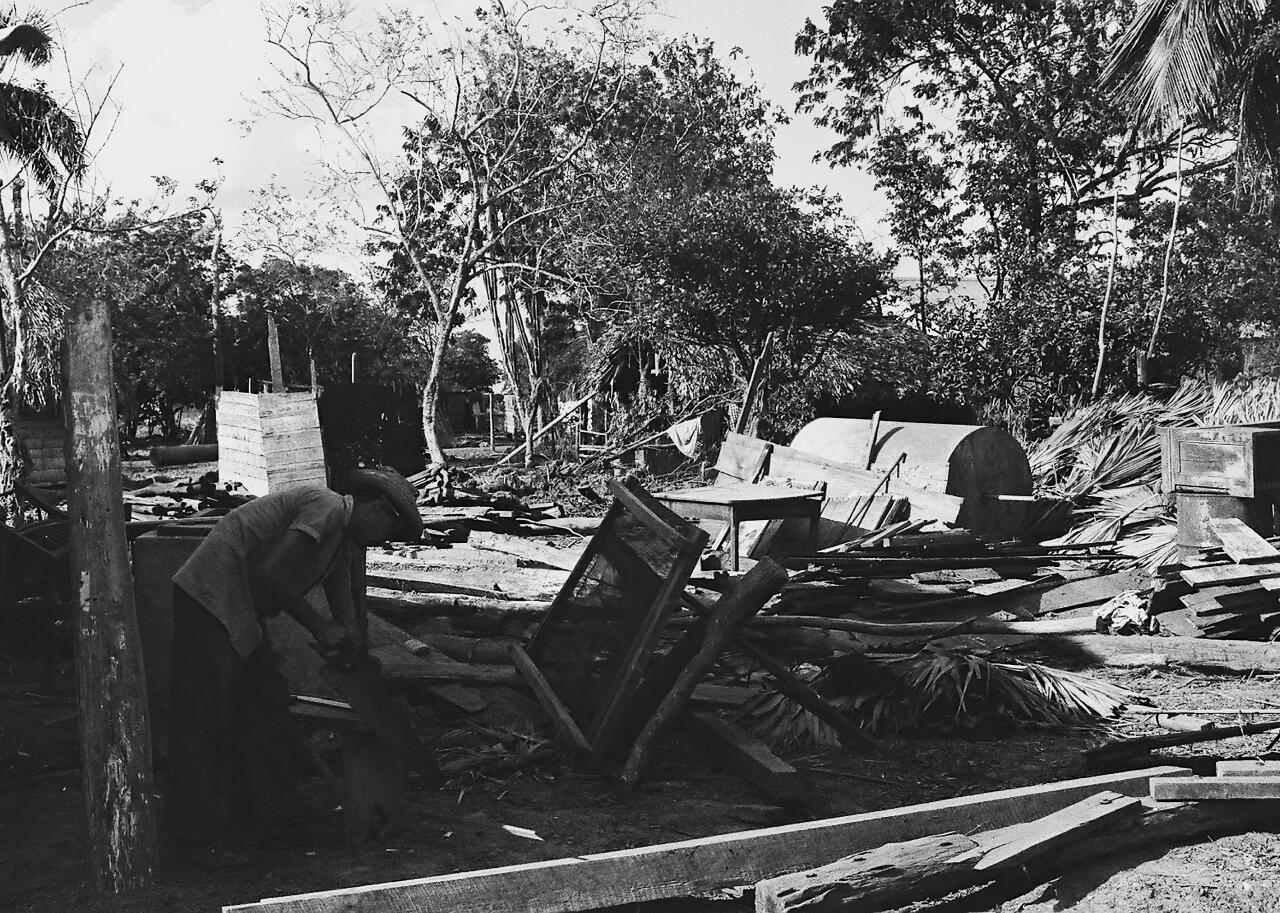
1963: Hurricane Flora kills more than 7,000
- Named storms: 9
- Hurricanes: 7
- Category 3 or higher hurricanes: 2
The , but there were only two days without tropical cyclones on weather charts from Sept. 10 to Oct. 30. Hurricane Flora was the one that went down in history, becoming one of the deadliest storms the Atlantic had ever experienced. It killed an estimated 7,186 people and , taking the lives of over 5,000 people in the country. Flora's agricultural damage—totaling a conservative estimate of $528.6 million—particularly devastated Cuba's economy.
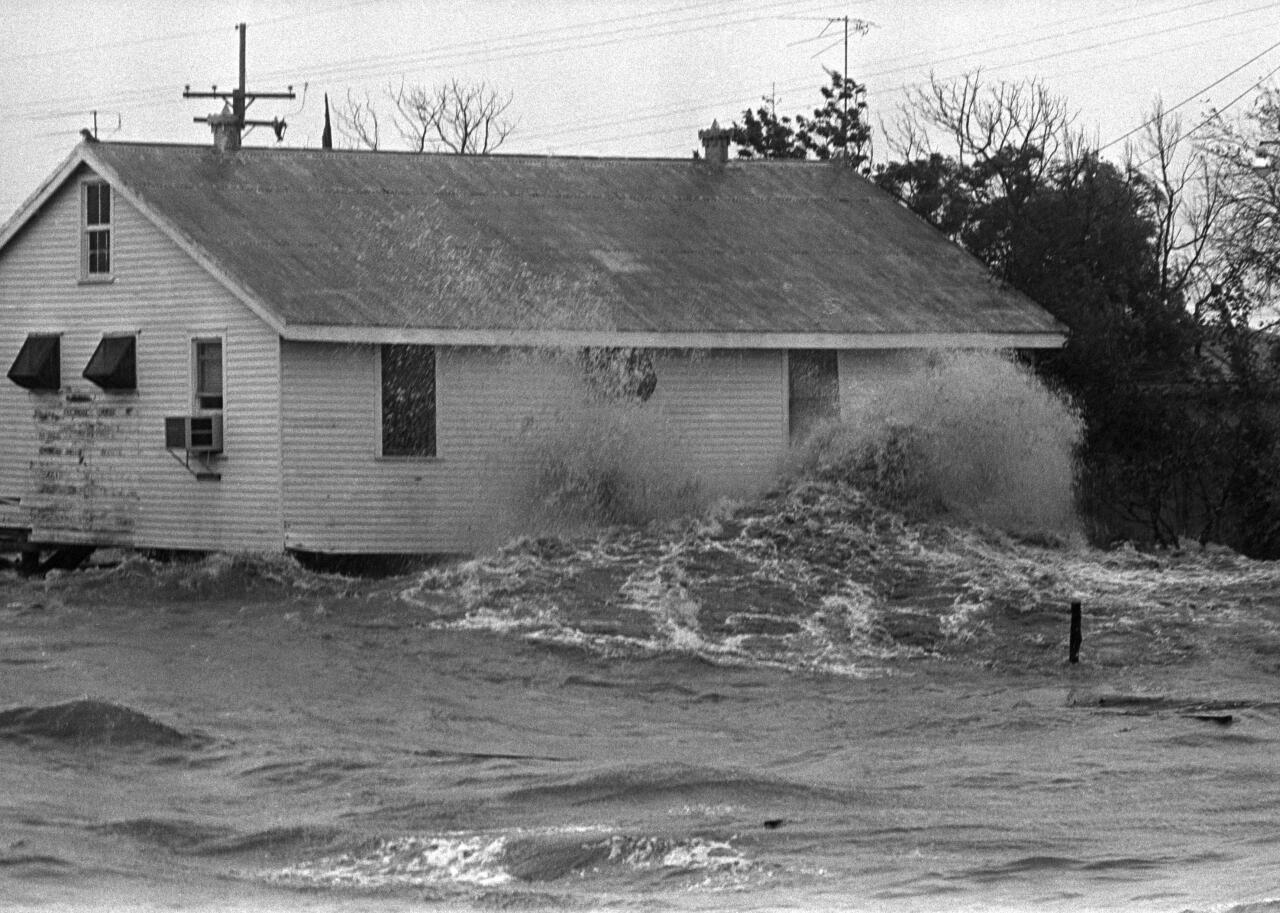
1964: Four hurricanes hit the US mainland
- Named storms: 12
- Hurricanes: 6
- Category 3 or higher hurricanes: 6
Four hurricanes hit the U.S. mainland in 1964, an occurrence that had only happened five other times since 1900. Though none were major, : Hurricane Cleo, Hurricane Dora, and Hurricane Hilda. The season resulted in $515 million in damage and 266 deaths across the U.S. and other parts of the Atlantic basin.

1965: Official hurricane season is established
- Named storms: 6
- Hurricanes: 4
- Category 3 or higher hurricanes: 1
1965 marked the establishment of , running annually from June 1 to Nov. 30. Nearly all—97%—tropical cyclones occur between those dates, according to NOAA.
Also in 1965, Hurricane Betsy caused major damage, . At the time, it was the on record.
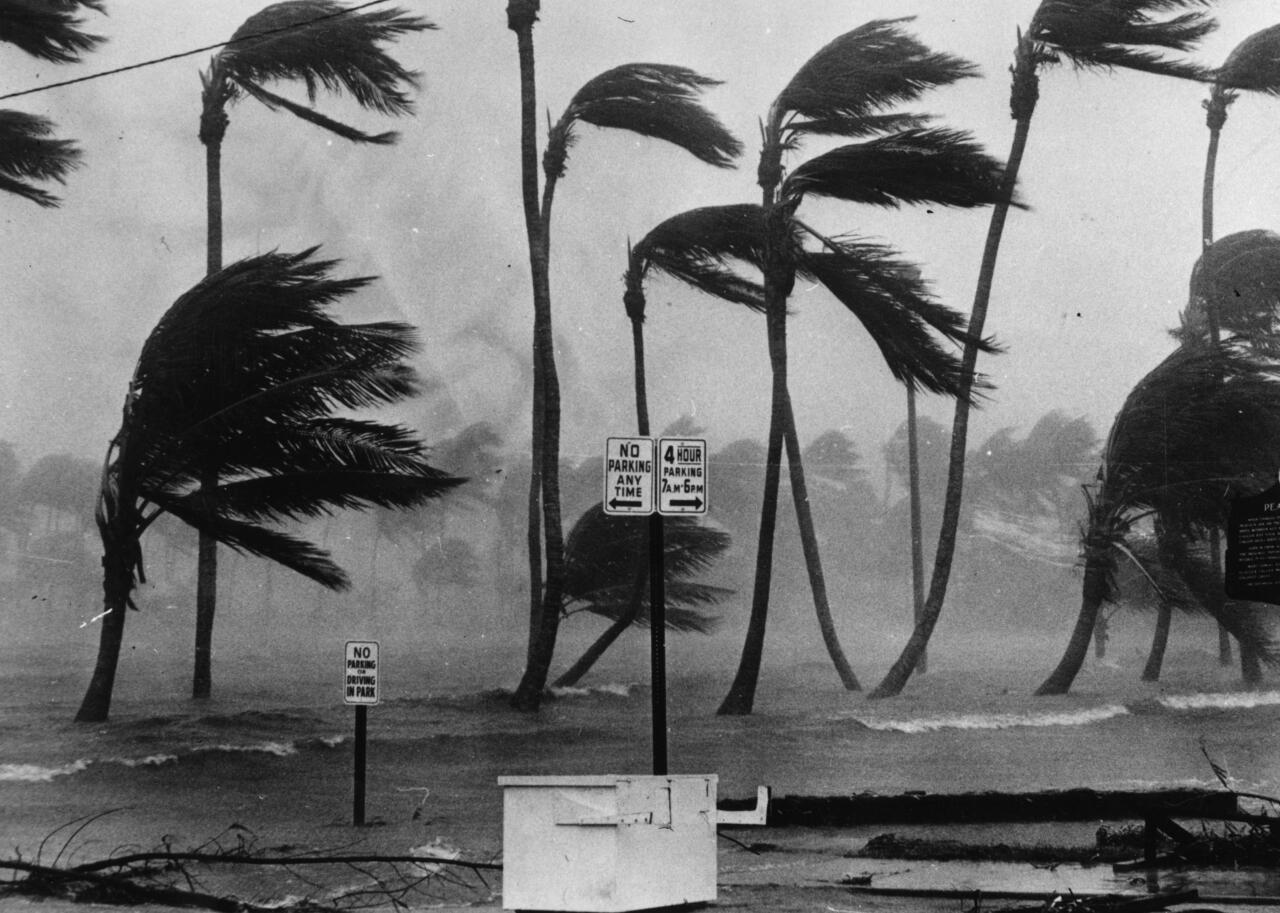
1966: Alma and Inez break records
- Named storms: 11
- Hurricanes: 7
- Category 3 or higher hurricanes: 3
The first storm of the , Hurricane Alma, arrived earlier than any other hurricane since 1825. Hurricane Inez, another 1966 storm, had more advisories issued about it than any hurricane before it, with a total of 65. Inez was also the first single tropical cyclone to hit the West Indies, the Bahamas, Florida, and Mexico.
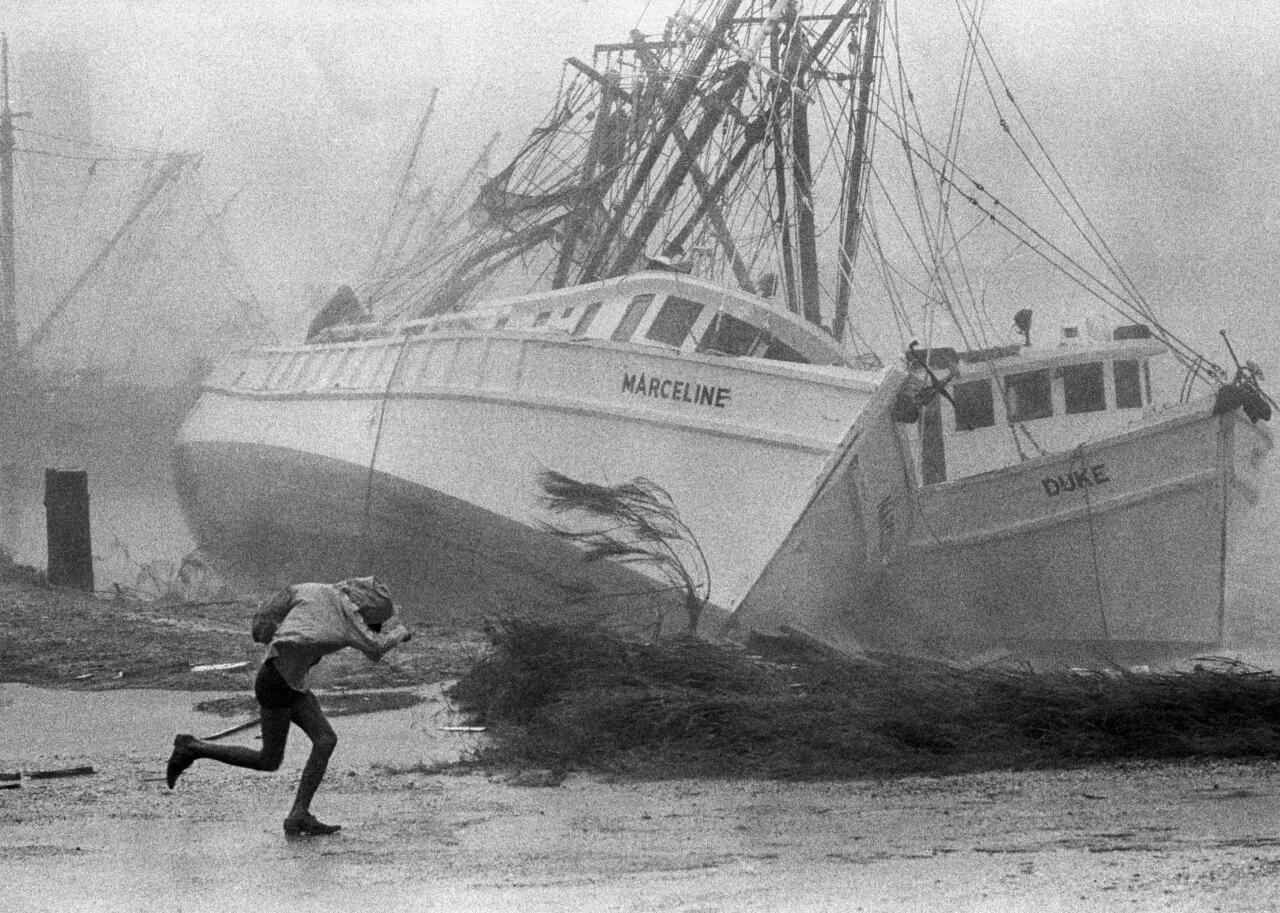
1967: A late, but active season
- Named storms: 8
- Hurricanes: 6
- Category 3 or higher hurricanes: 1
The 1967 season saw a for a season whose first storm didn't develop until the end of August. The season also saw three hurricanes—Beulah, Chloe, and Doria—existing at the same time, a rare phenomenon.

1968: Hurricane Gladys ends a drought
- Named storms: 8
- Hurricanes: 4
- Category 3 or higher hurricanes: 0
1968 had an unusually calm hurricane season until came along in October. The storm brought rainfall that since 1932. Unfortunately, Gladys also killed five people and caused $6.7 million in damage.
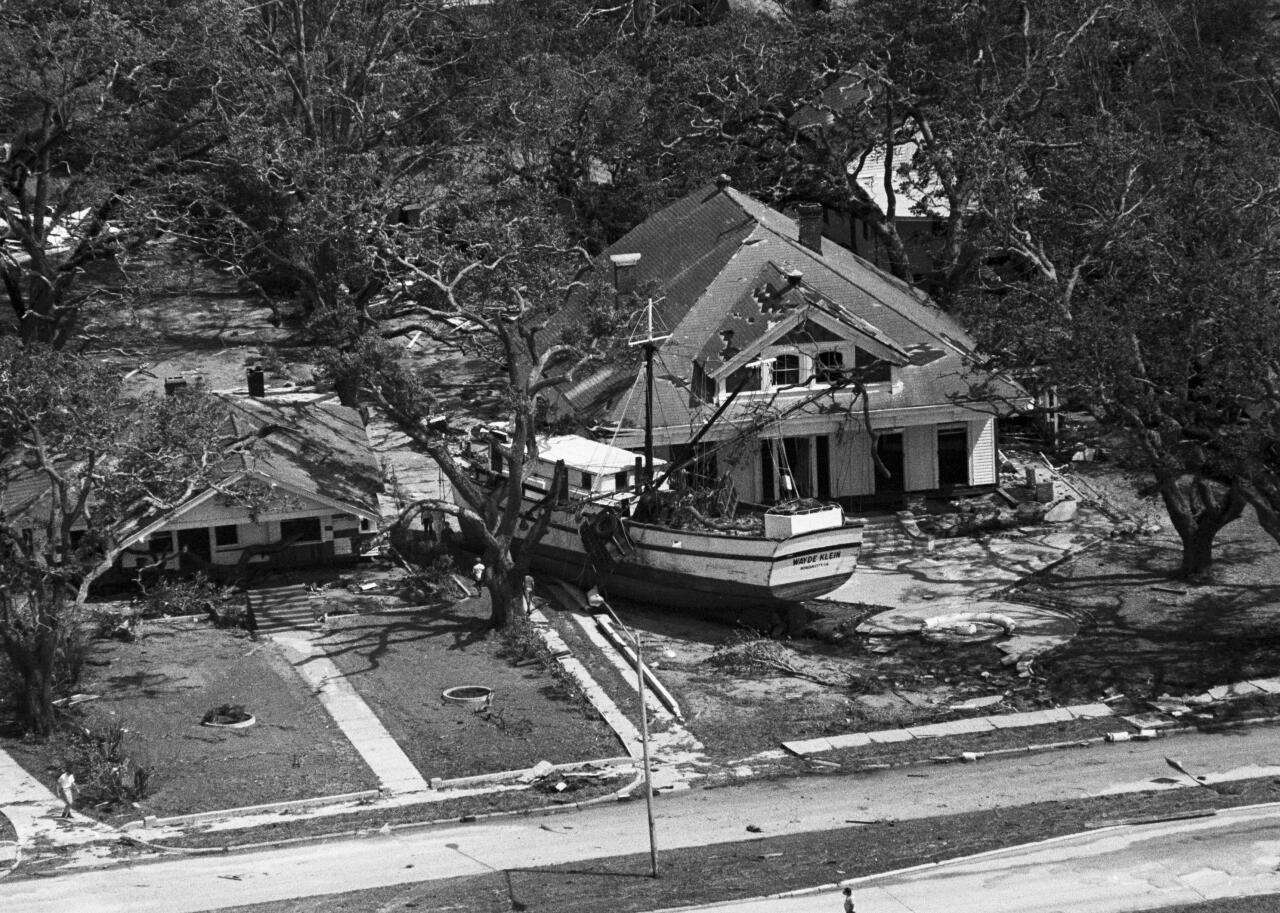
1969: Hurricane Camille clobbers the US
- Named storms: 18
- Hurricanes: 12
- Category 3 or higher hurricanes: 5
The was quite active, but one tropical cyclone, Hurricane Camille, has gone down in infamy. The made landfall in Mississippi in mid-August 1969, with winds reaching an estimated 200 miles per hour. It's one of only four ., and it's also one of the in the country's history, costing $1.4 billion in damages.
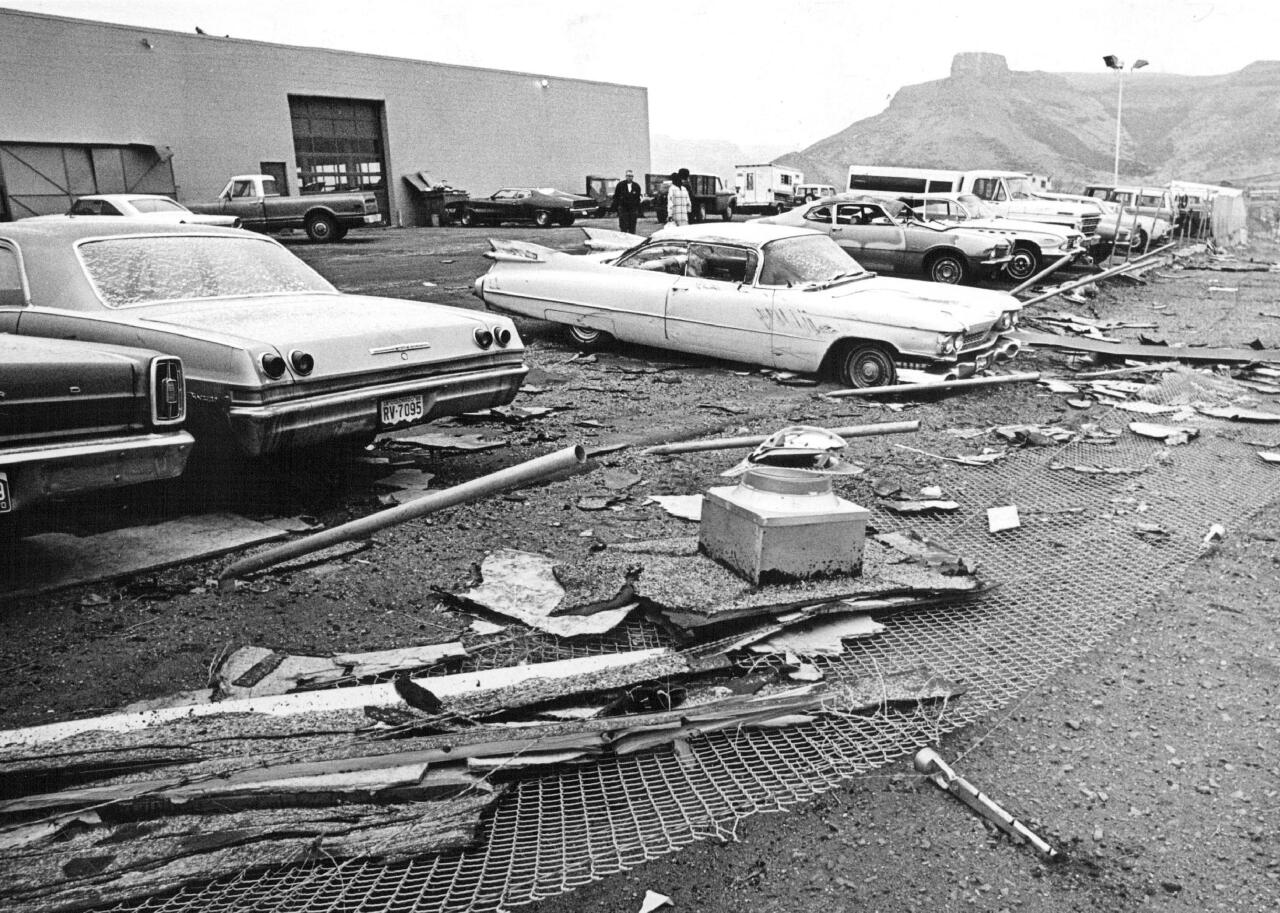
1970: Hurricane Celia destroys Texas
- Named storms: 10
- Hurricanes: 5
- Category 3 or higher hurricanes: 2
The the U.S. during the 1970 season was Hurricane Celia. The storm, which , in early August, caused $453.8 million in . At the time, it was the costliest hurricane to ever hit Texas, outdoing the damage of Hurricane Carla nearly a decade earlier.
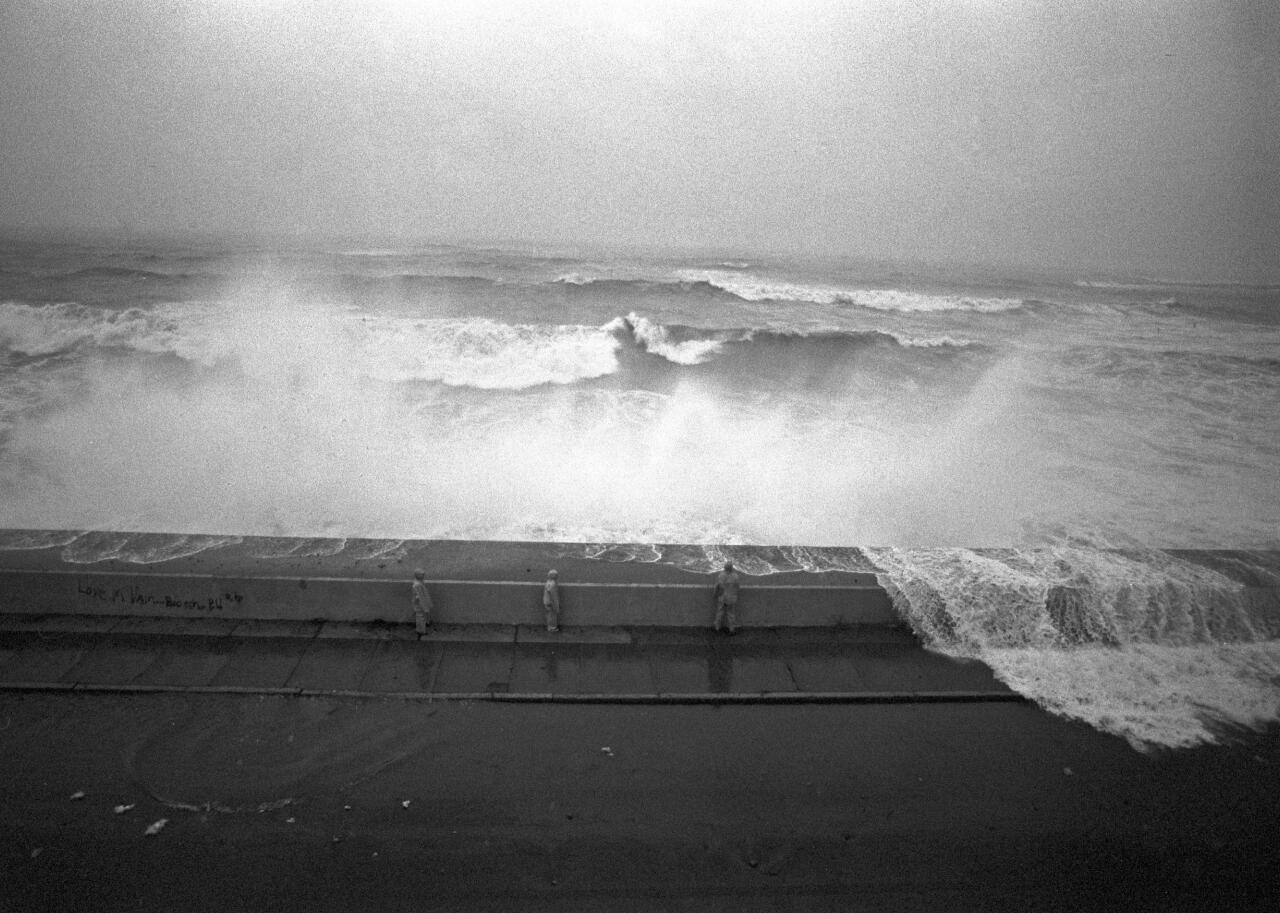
1971: Hurricane Ginger sets long-lasting record
- Named storms: 13
- Hurricanes: 6
- Category 3 or higher hurricanes: 1
Hurricane Ginger broke records in 1971, becoming the in the Atlantic basin by lasting 27.25 days (20 of which it was classified as a hurricane). However, the was Tropical Storm Doria, which dumped heavy rains throughout New England. Of the eight storm-related fatalities in the U.S. in 1971, six were the result of Doria.

1972: Category 1 hurricane wreaks havoc
- Named storms: 7
- Hurricanes: 3
- Category 3 or higher hurricanes: 0
There were than in any year since 1930, and most of the storms formed in temperate waters instead of the Tropics. The only storm that originated in tropical waters was Hurricane Agnes, which killed about 120 people and caused $3.1 billion in property damage. It became the first Category 1 hurricane in the Atlantic to .
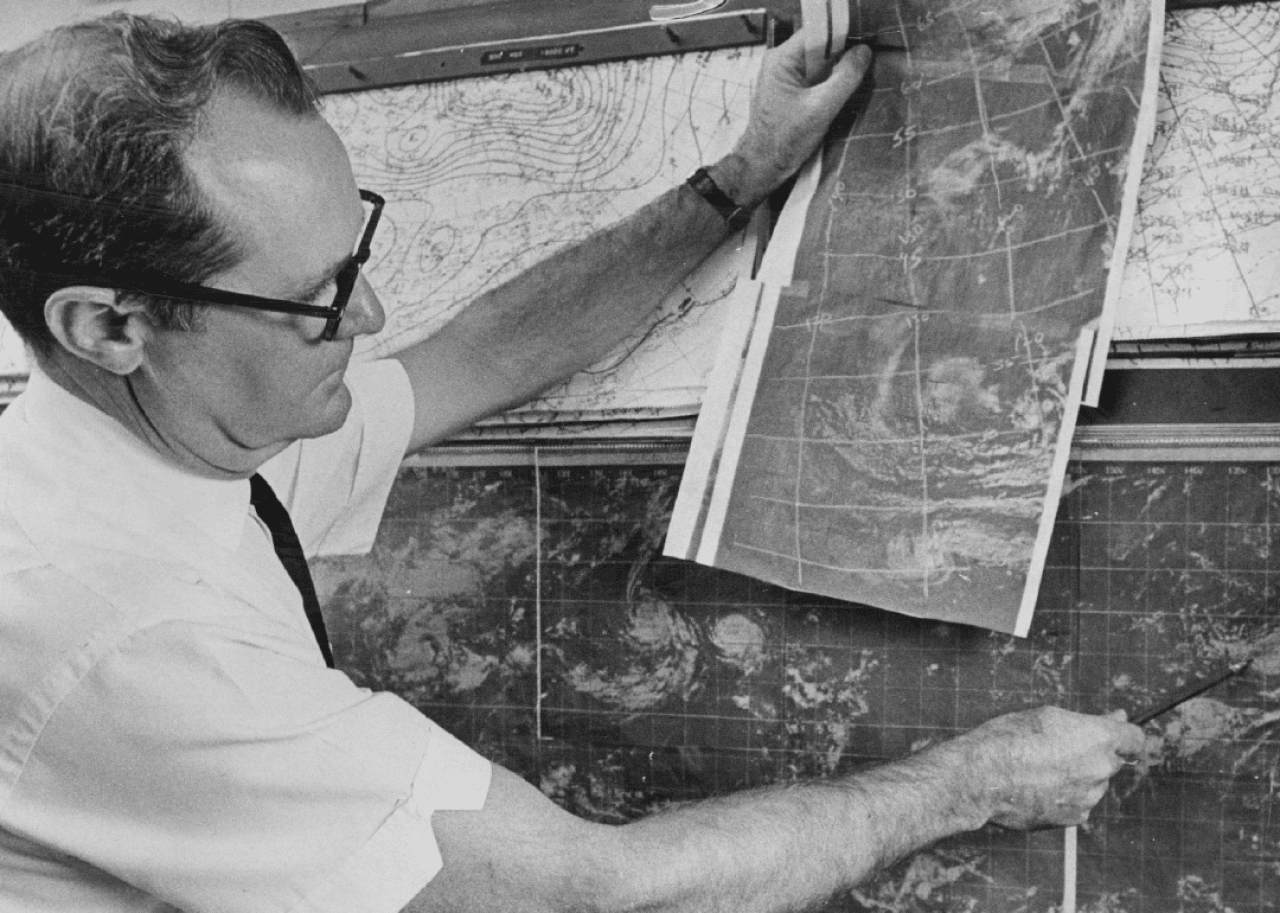
1973: One of the least damaging seasons
- Named storms: 8
- Hurricanes: 4
- Category 3 or higher hurricanes: 1
1973 was one of the , with only 16 fatalities throughout the Atlantic, Caribbean, and Gulf of Mexico and less than $20 million in damage. For the first time since 1962, no hurricanes crossed the U.S. coastline in 1973.

1974: Hurricane Fifi strikes Honduras
- Named storms: 11
- Hurricanes: 4
- Category 3 or higher hurricanes: 2
In mid-September 1974, Hurricane Fifi and made landfall in Belize, though it caused much more damage to the former. In some regions, Fifi caused 24 inches of rain in 36 hours, triggering mudslides and flash floods that destroyed 182 towns and killed 8,000 people in Honduras alone.
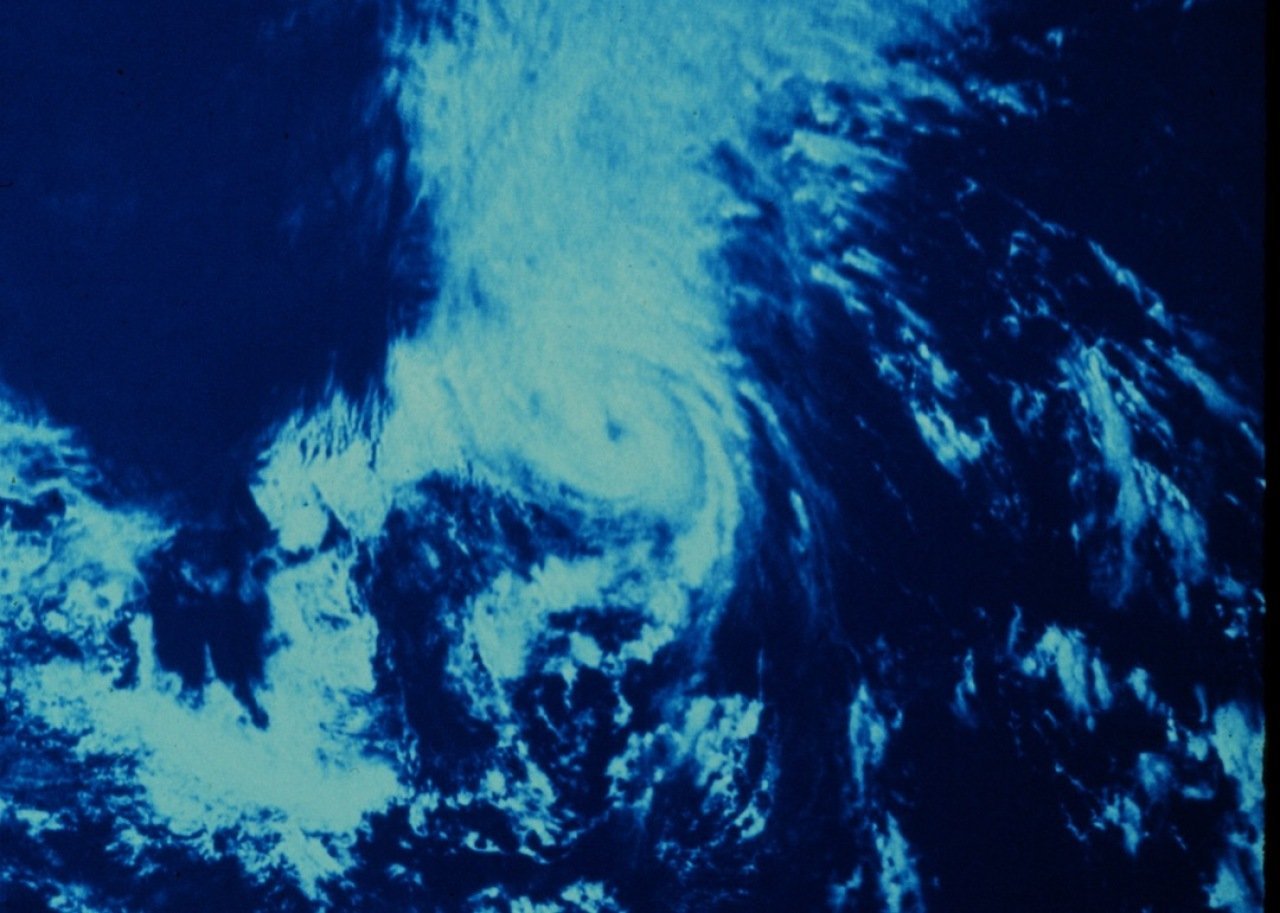
1975: A return to hurricane normalcy
- Named storms: 9
- Hurricanes: 6
- Category 3 or higher hurricanes: 3
After five years of low hurricane activity in the Atlantic, . However, Hurricane Eloise was the only storm to make landfall in the U.S. that year. It was also the most destructive storm of the season, causing more than in Alabama alone.
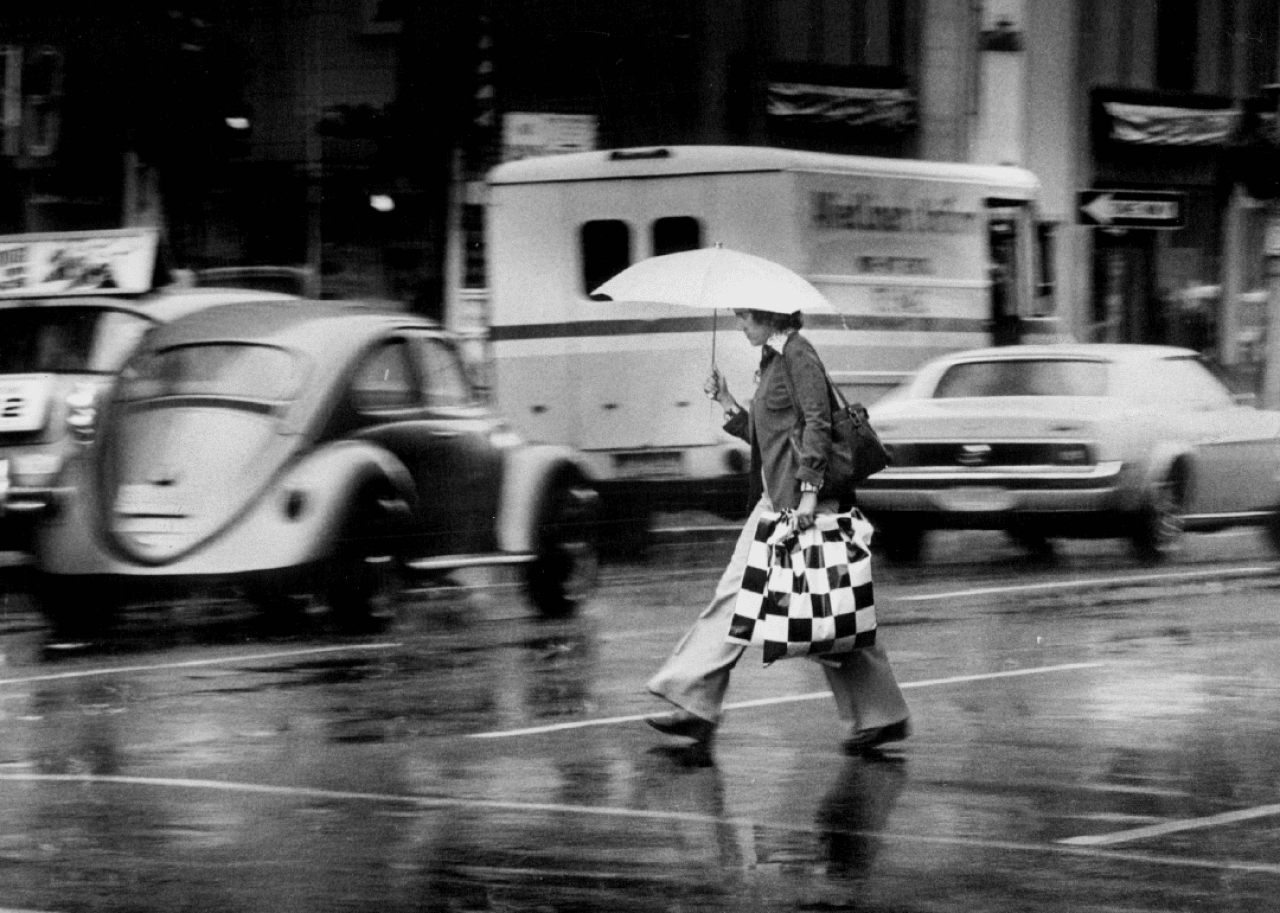
1976: Hurricane Belle destroys Northeast crops
- Named storms: 10
- Hurricanes: 6
- Category 3 or higher hurricanes: 2
Hurricane Belle was one of , though the other was barely classified as a tropical storm. Belle significantly weakened the day before it hit Long Island, New York, on Aug. 10, yet the hurricane still caused $100 million in damage in the U.S., primarily due to the crops it ruined in the Northeast.
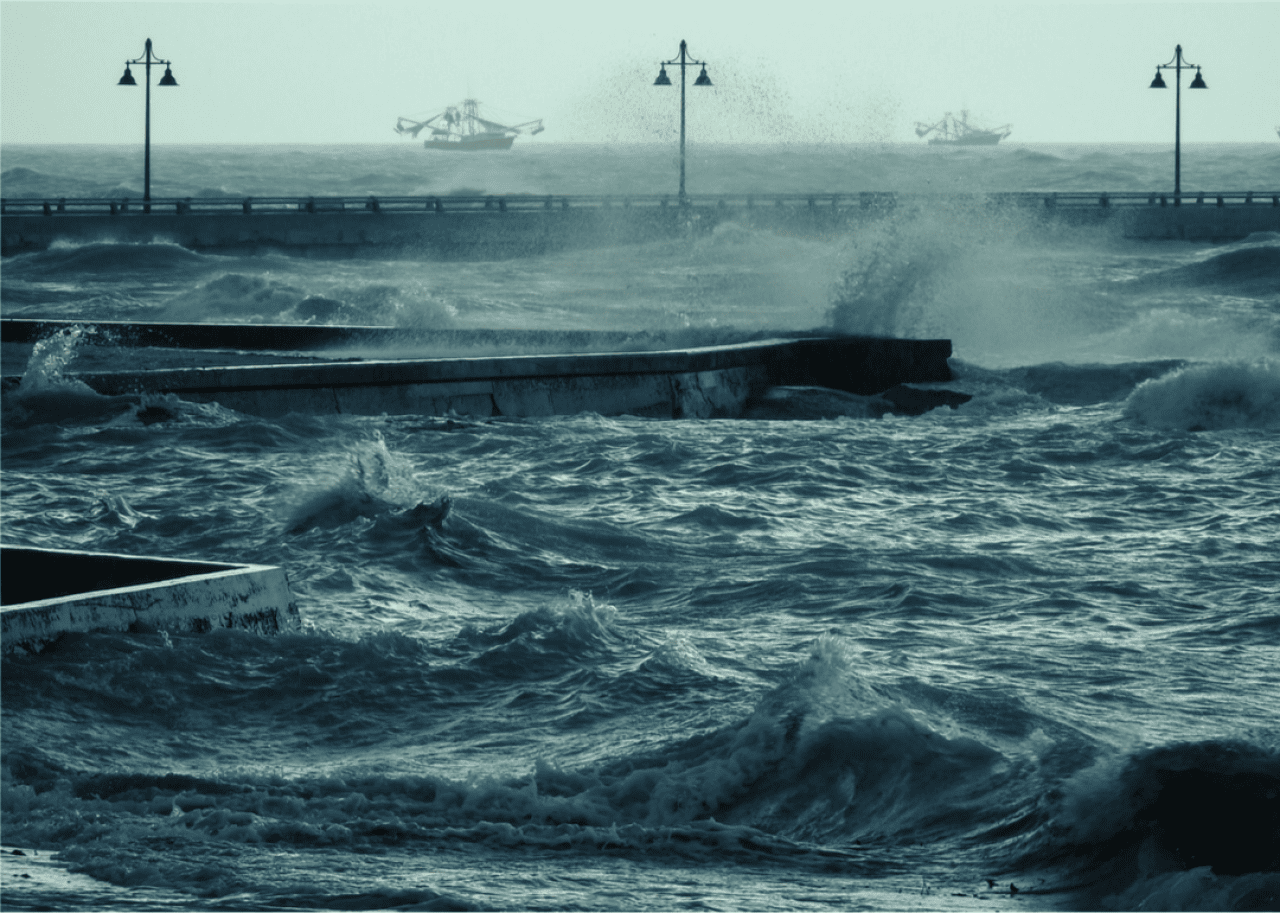
1977: A late-season storm comes for Mexico
- Named storms: 6
- Hurricanes: 5
- Category 3 or higher hurricanes: 1
Anita, the first hurricane of 1977, didn't land until Aug. 29 and was . Thanks to advance warnings, about 100,000 people evacuated from coastal areas before Hurricane Anita made landfall, including 35,000 in Mexico, where the storm hit as a on Sept. 2.

1978: Another hurricane name change
- Named storms: 12
- Hurricanes: 5
- Category 3 or higher hurricanes: 2
1978 was the last year that Atlantic tropical storms were . The following year included names traditionally given to men as well.
Also in 1978, in late September, killing four people in Belize and one person in Honduras. There was an estimated $25 million in damages to crops and utilities in Belize alone.
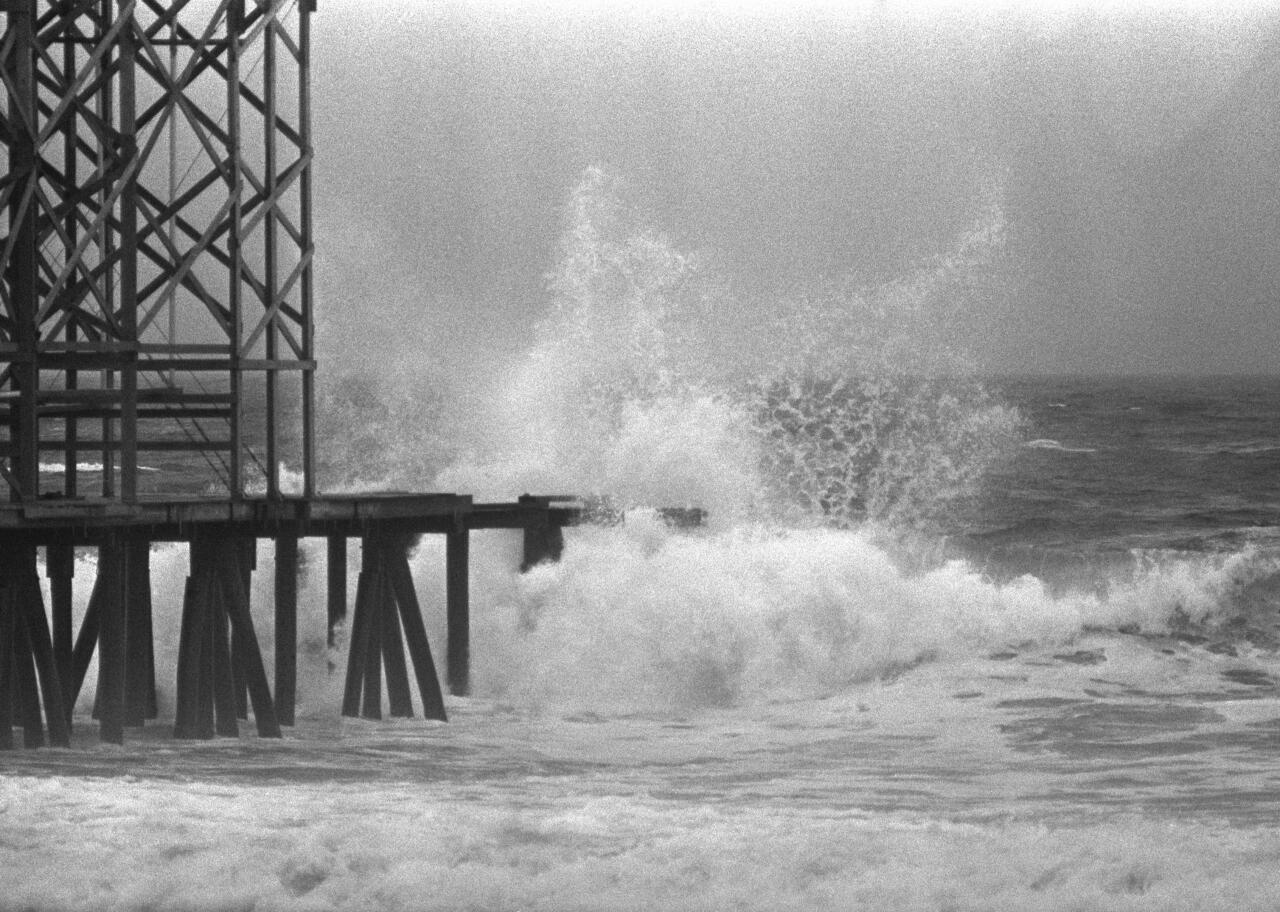
1979: A new hurricane damages record
- Named storms: 9
- Hurricanes: 5
- Category 3 or higher hurricanes: 2
After a few years of relatively little damage to the U.S. during hurricane season, the tides turned in 1979. The season's tropical storms and cyclones led to a record $3 billion in damages for the U.S., the of which was . The September storm mainly struck Alabama and Mississippi and caused $2.3 billion of destruction.
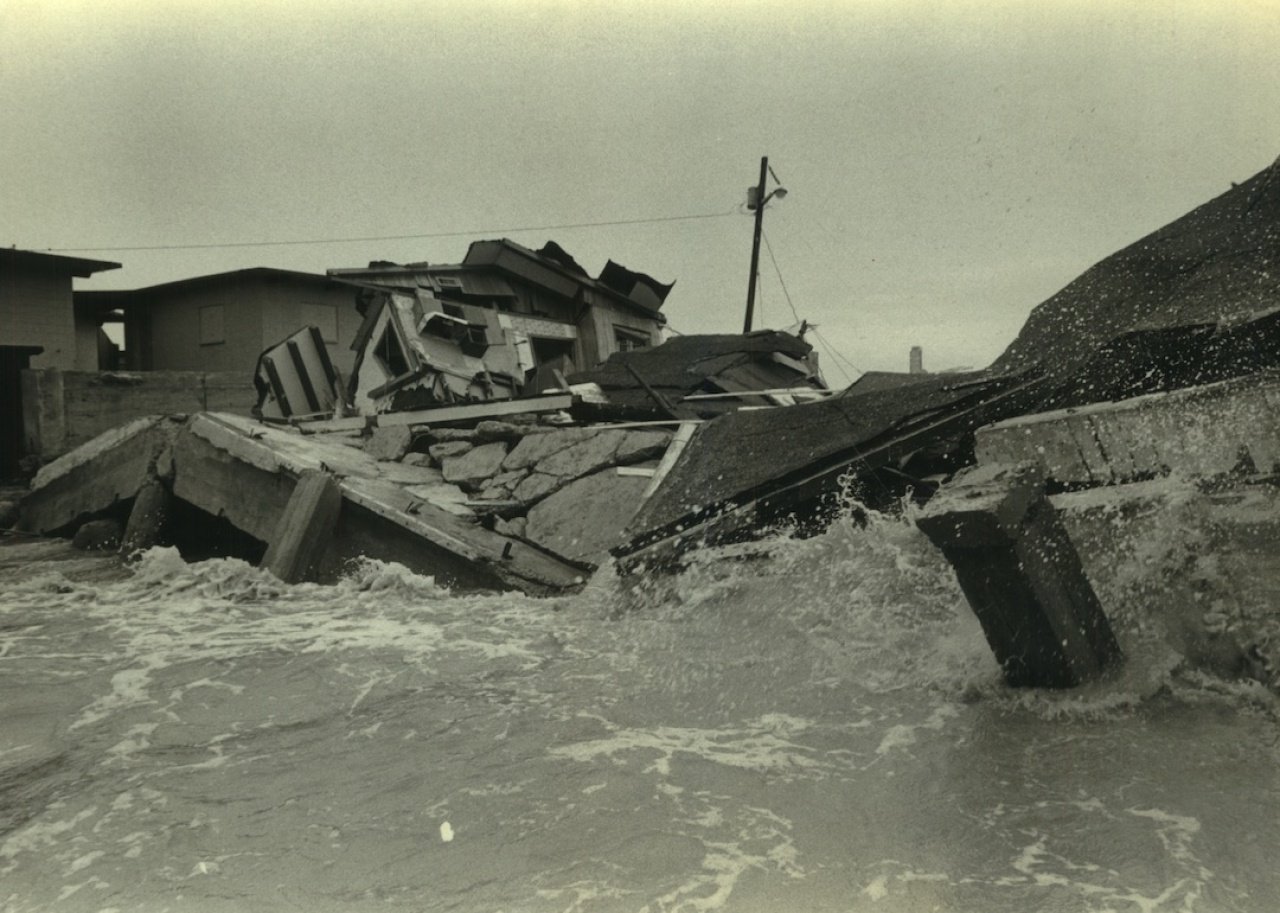
1980: Hurricane Allen prompts oil rig evacuations
- Named storms: 11
- Hurricanes: 9
- Category 3 or higher hurricanes: 2
Hurricane Allen was the most noteworthy storm of the 1980 season, a that affected Haiti, Texas, and several Caribbean countries. Allen in the Gulf of Mexico, and 13 people died in a helicopter crash during a rig evacuation.

1981: Five hurricanes in September
- Named storms: 12
- Hurricanes: 7
- Category 3 or higher hurricanes: 3
There were in 1981, an occurrence that had only happened two previous years, 1927 and 1962. The season also included five hurricanes in September alone—only twice before had a single month seen that many tropical cyclones.

1982: Least active hurricane season in 50 years
- Named storms: 6
- Hurricanes: 2
- Category 3 or higher hurricanes: 1
1982 was the , based on both the total number of hurricanes and the number of days in which there were active hurricanes. Like the previous year, no hurricanes struck the contiguous U.S. in 1982, marking only the second time in the 20th century that the U.S. was spared two years in a row.
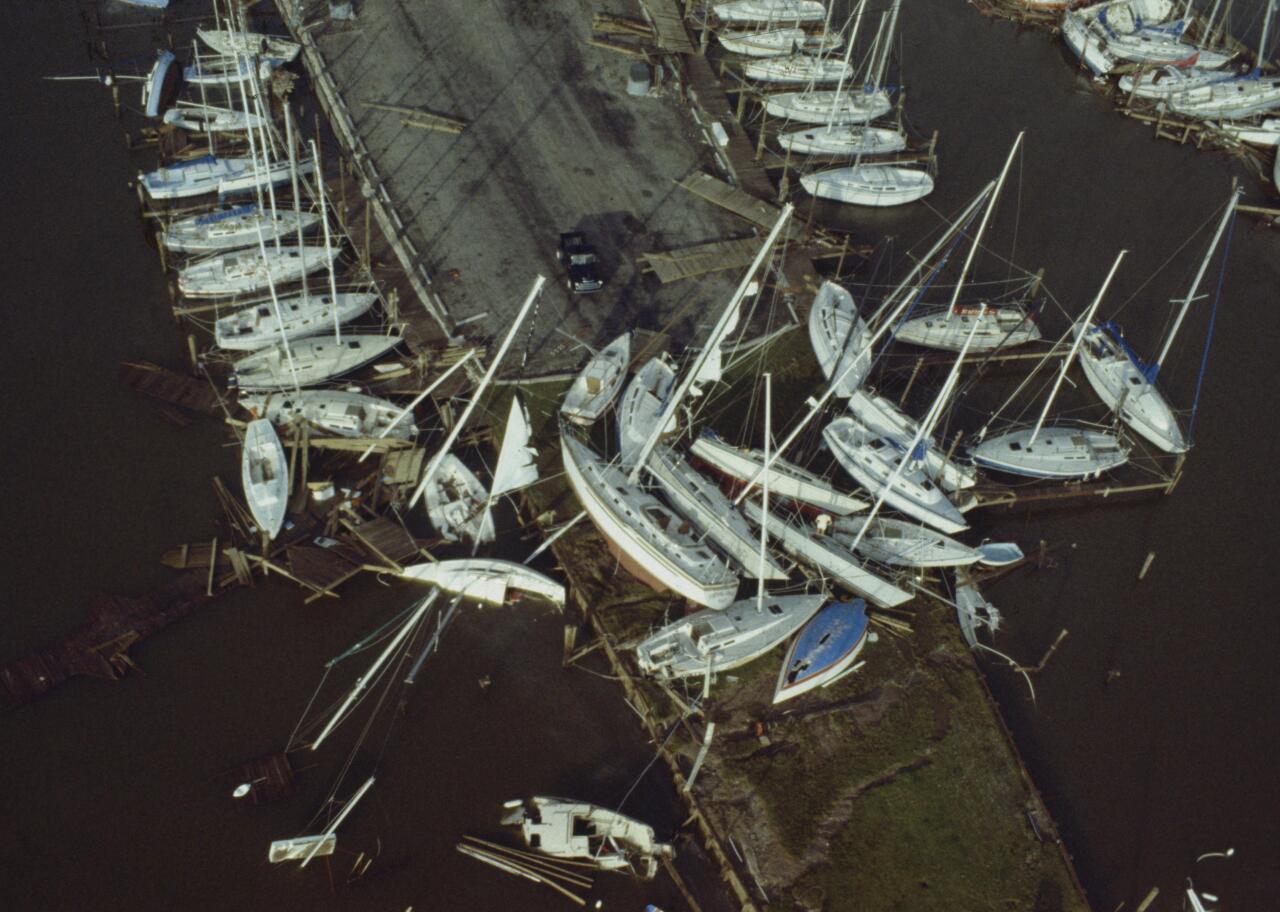
1983: Alicia ends hurricane drought
- Named storms: 4
- Hurricanes: 3
- Category 3 or higher hurricanes: 1
On Aug. 18, 1983, brought an end to the longest period in the 20th century without a hurricane hitting the contiguous U.S. The , which hit Southeast Texas, spawned 23 tornadoes, killed 21 people, and caused $2 billion in damages.
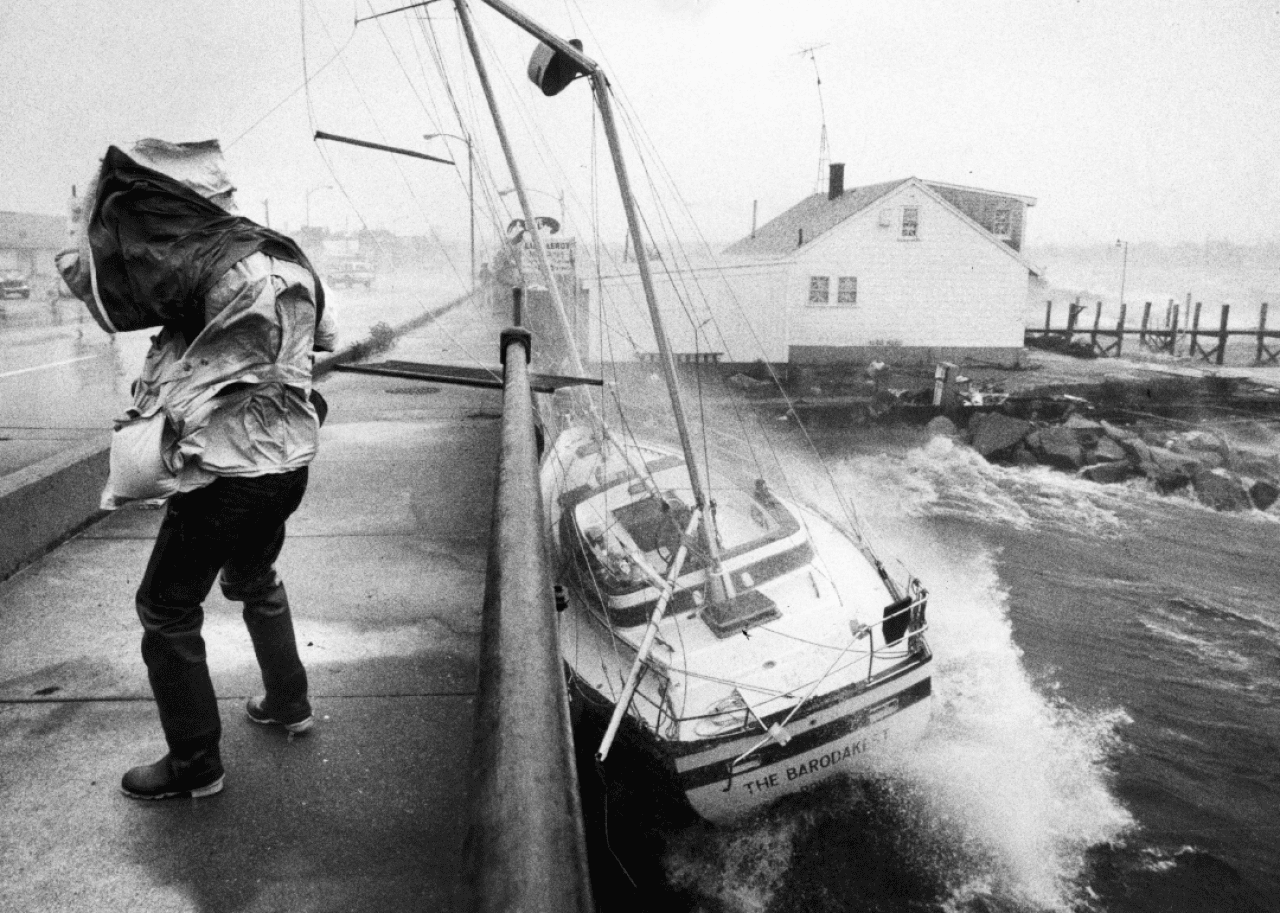
1984: Hurricane Diana hits eastern US
- Named storms: 13
- Hurricanes: 5
- Category 3 or higher hurricanes: 1
was the first and strongest hurricane of the 1984 season and the most intense storm to hit the Eastern seaboard in three decades, since 1954's Hurricane Hazel. Diana's destruction totaled in the U.S., $26 million of which can be attributed to agricultural damage.

1985: Worst season in 69 years
- Named storms: 11
- Hurricanes: 7
- Category 3 or higher hurricanes: 3
The was the worst in 69 years, causing $4.45 billion in damages and prompting a million people to evacuate. Six hurricanes and two tropical storms that year, the most since 1916. The storms of 1985—most notably Hurricane Gloria and Hurricane Juan—killed 100 people in Puerto Rico, 36 in the U.S., and 10 in Cuba.

1986: Strongest hurricane doesn't make landfall
- Named storms: 6
- Hurricanes: 4
- Category 3 or higher hurricanes: 0
The was Earl, which was also the season's longest-lasting storm, persisting for seven days of hurricane-force winds. However, Earl never made landfall. Two hurricanes, Bonnie and Charley, did hit the U.S., causing $2 million and $15 million in damages, respectively.

1987: Hurricane Emily breaks Caribbean silence
- Named storms: 7
- Hurricanes: 3
- Category 3 or higher hurricanes: 1
In 1987, Hurricane Emily became the since 1981, an unusually long stretch for the region. At the end of September, the storm made landfall in the Dominican Republic, and causing $75 million worth of destruction.
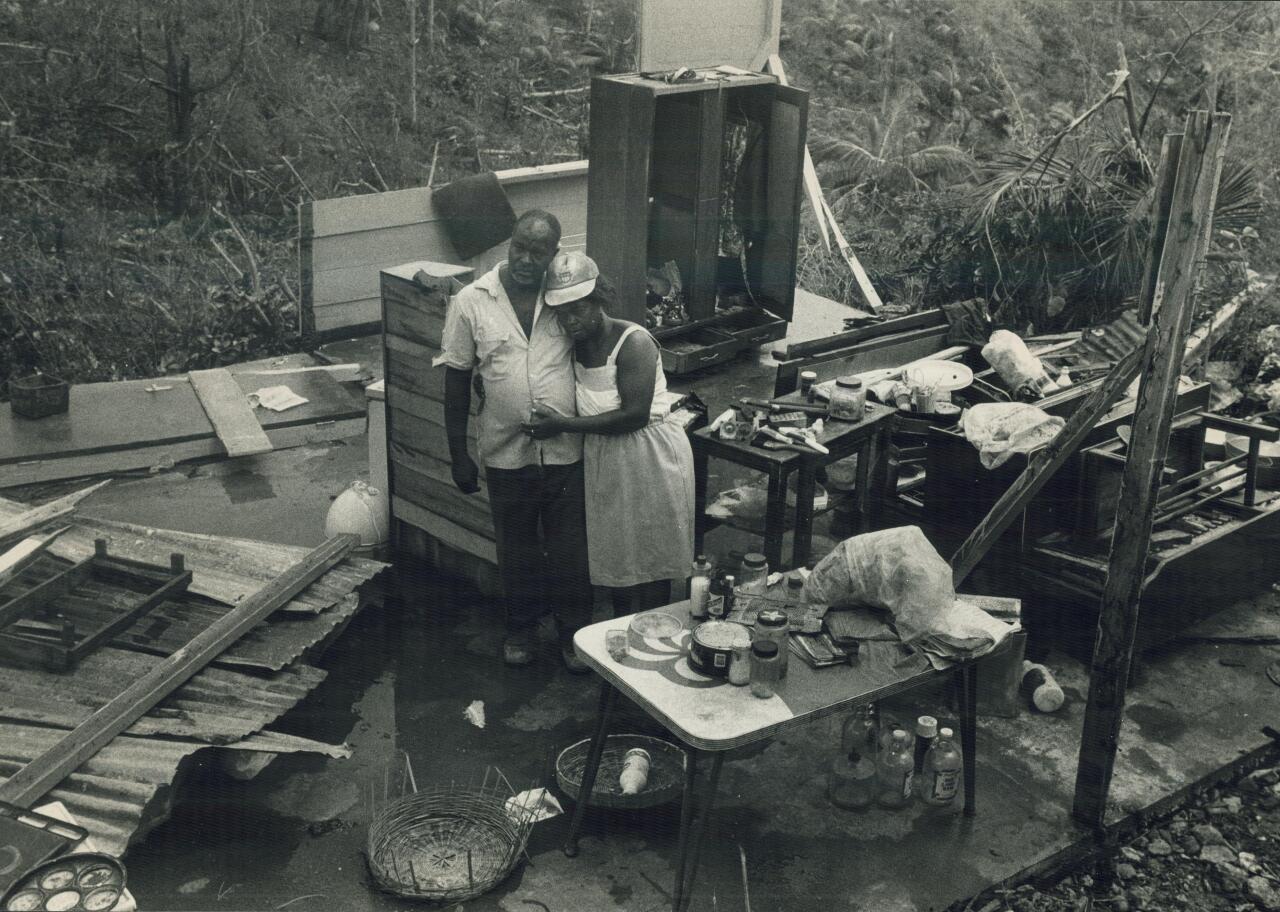
1988: Most destructive in Jamaica's history
- Named storms: 12
- Hurricanes: 5
- Category 3 or higher hurricanes: 3
hit Jamaica as a Category 3 storm in mid-September 1988, the country's first direct hit in 37 years. The hurricane damaged 95% of Jamaica's hospitals and destroyed half of the country's domestic water supply. In Jamaica alone, Gilbert cost $4 million in damages and became the most destructive hurricane in the nation's history. Two days after the hit on Jamaica, Gilbert moved on to strike Mexico as a Category 5 hurricane. In total, it caused .
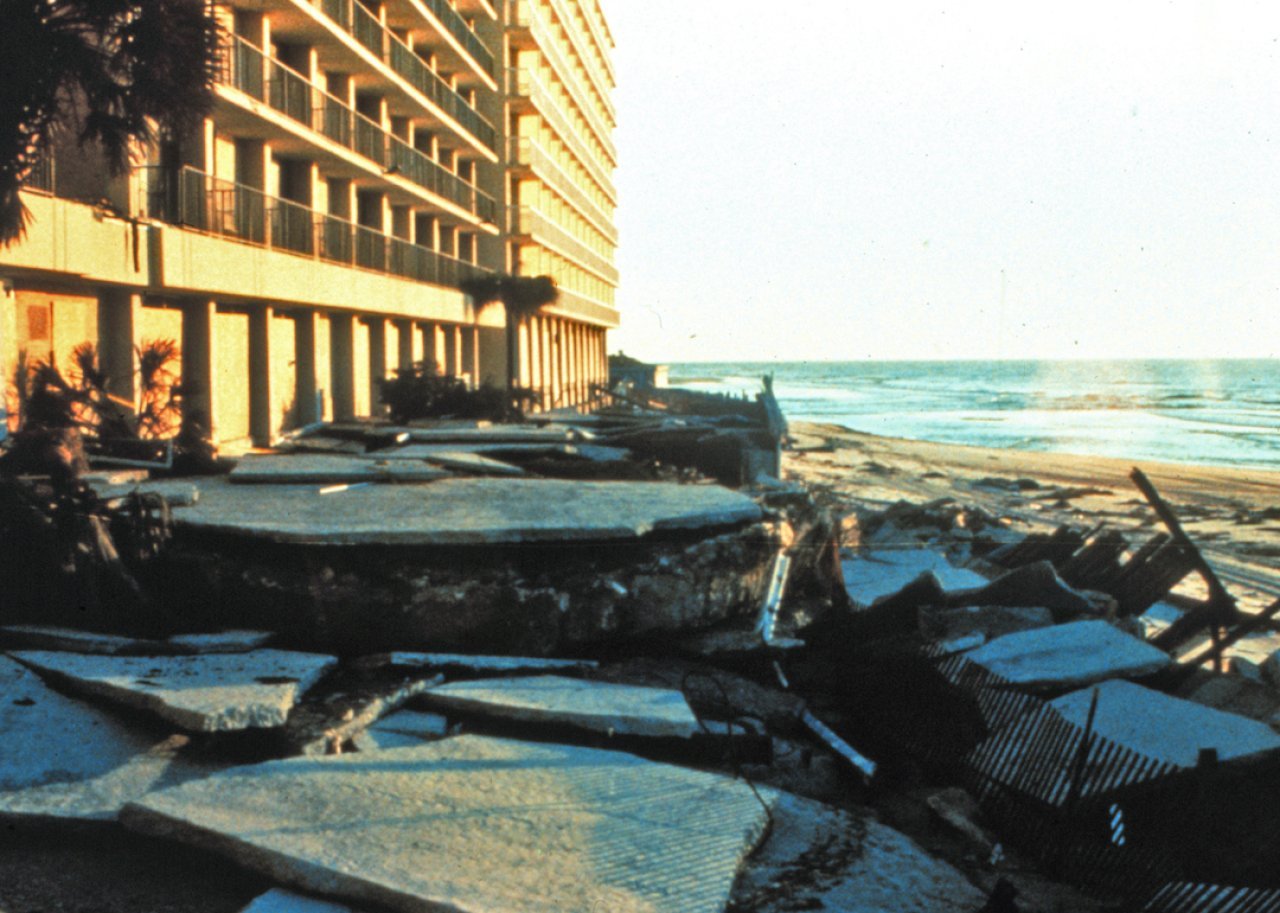
1989: Hurricane Hugo wipes out bananas
- Named storms: 11
- Hurricanes: 7
- Category 3 or higher hurricanes: 2
In late September 1989, Hurricane Hugo, a Category 5 storm that was right before landfall, touched down in the Virgin Islands, Puerto Rico, and South and North Carolina. The storm and caused upward of , becoming the costliest hurricane in the country's history (at least, for the next few years).
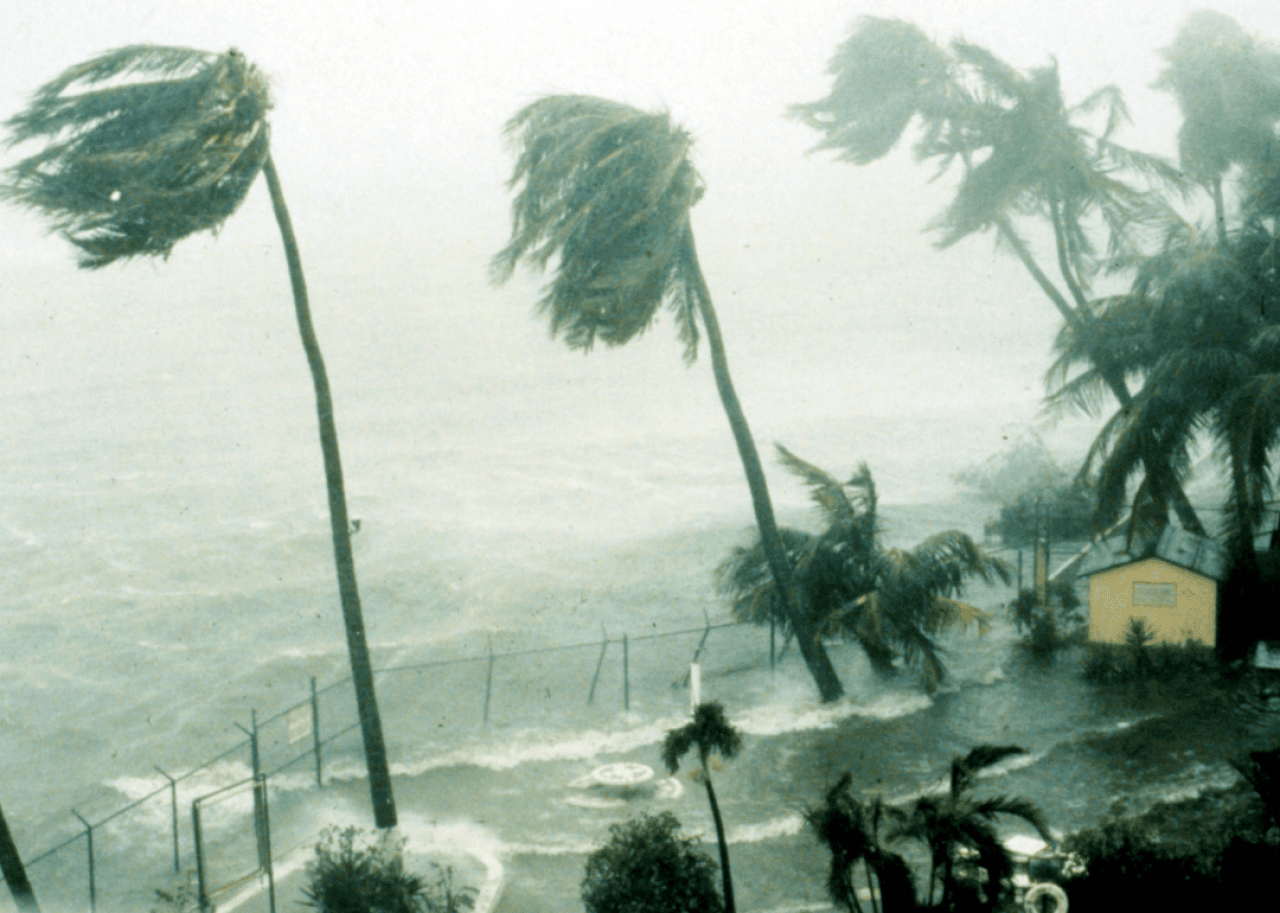
1990: The strongest hurricane stays in the water
- Named storms: 14
- Hurricanes: 8
- Category 3 or higher hurricanes: 1
Hurricane Gustav was the , but it never made landfall. Tropical Storm Marco, however, did touch down in the U.S., and $57 million in damages.
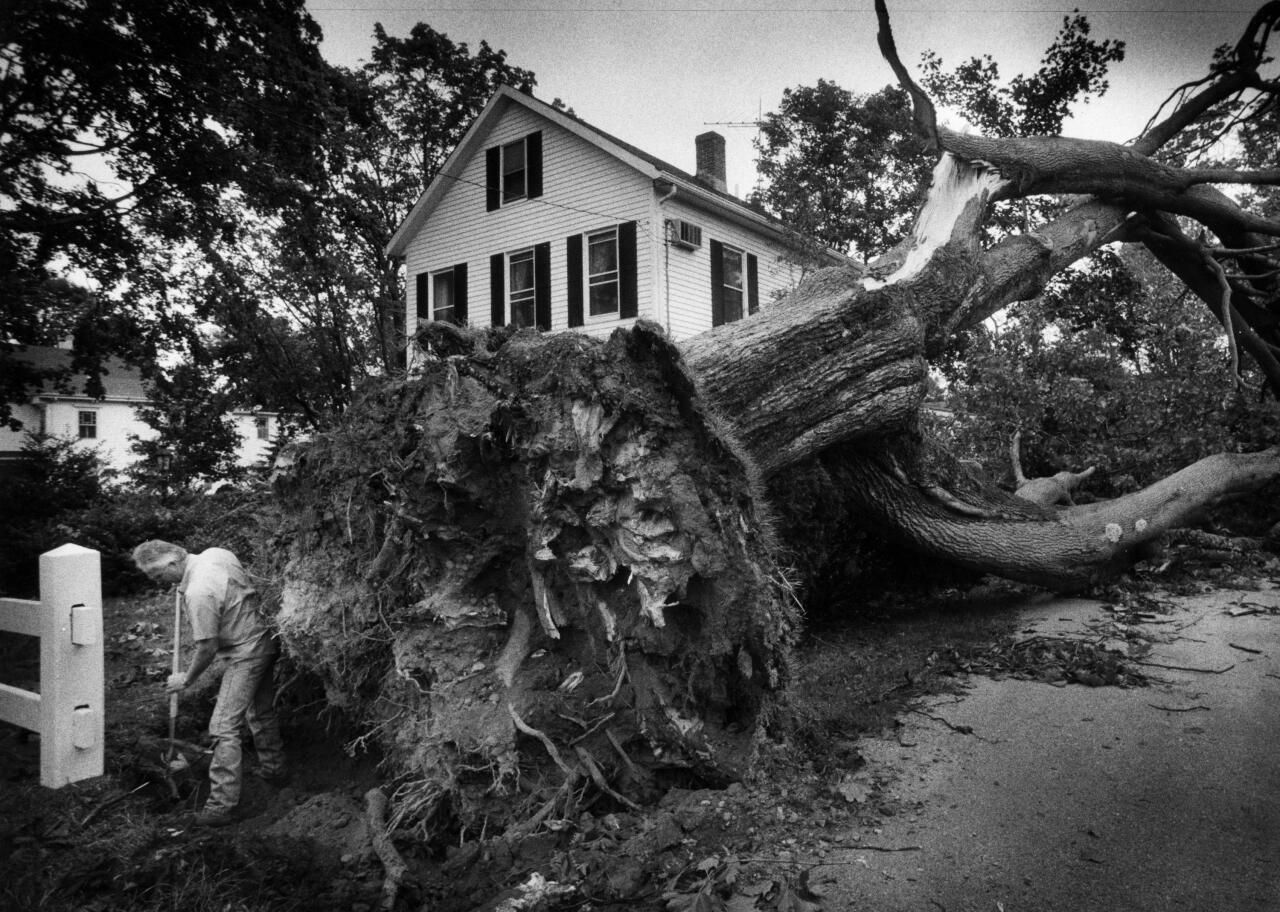
1991: Storms form in Bermuda hotspot
- Named storms: 8
- Hurricanes: 4
- Category 3 or higher hurricanes: 2
Most of the major tropical storms of the 1991 season originated in a , but developed in the Bahamas. The storm hit New England in mid-August, knocking out power to 2.1 million homes and causing $1.5 billion in damages in the region.
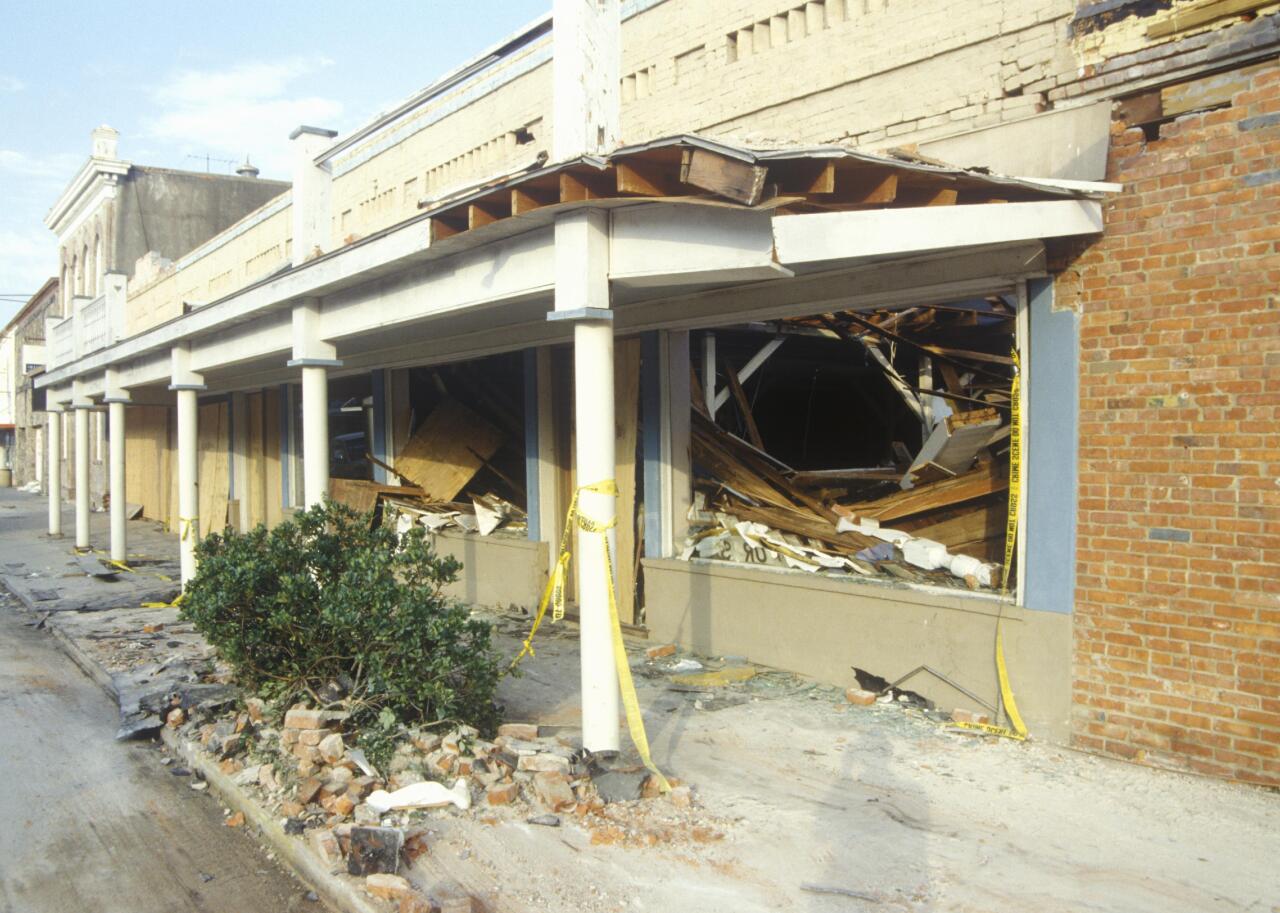
1992: Hurricane Andrew destroys weather instruments
- Named storms: 7
- Hurricanes: 4
- Category 3 or higher hurricanes: 1
Hurricane Andrew, a Category 5 storm that hit South Florida in 1992, is on record. flattened neighborhoods with speeds so high that they destroyed weather station instruments designed to track high wind speeds (though a privately owned instrument measured the storm's winds at 177 mph).
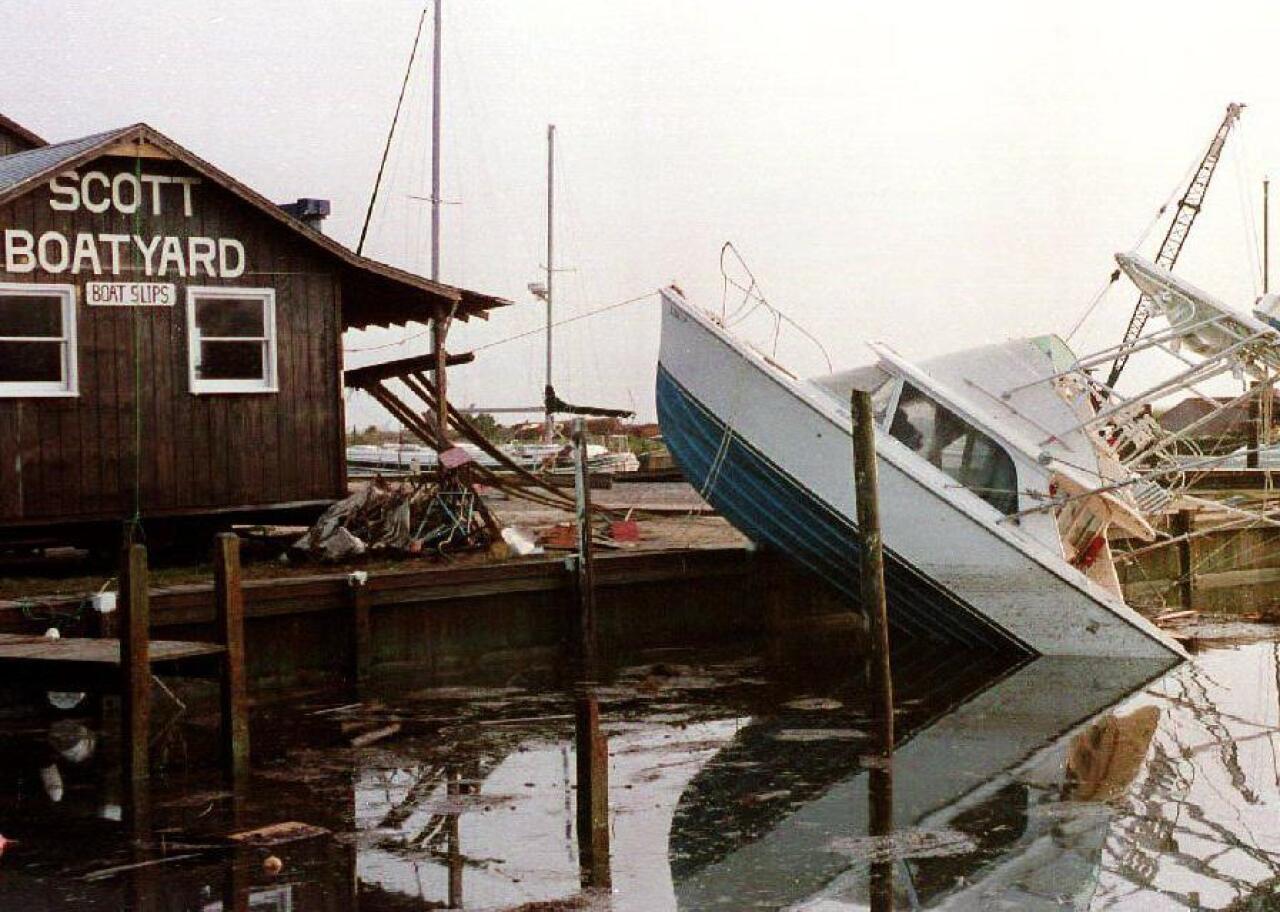
1993: Another Labor Day hurricane does less damage
- Named storms: 8
- Hurricanes: 4
- Category 3 or higher hurricanes: 1
Hurricane Emily was the only major hurricane of the 1993 season. Like the infamous storm of 1935, it landed in North Carolina during Labor Day weekend. Emily about $10 million, even though the Tar Heel state took many precautions. More than 160,000 people were evacuated, and there were only two casualties: a pair of swimmers who drowned in the town of Nags Head, North Carolina.
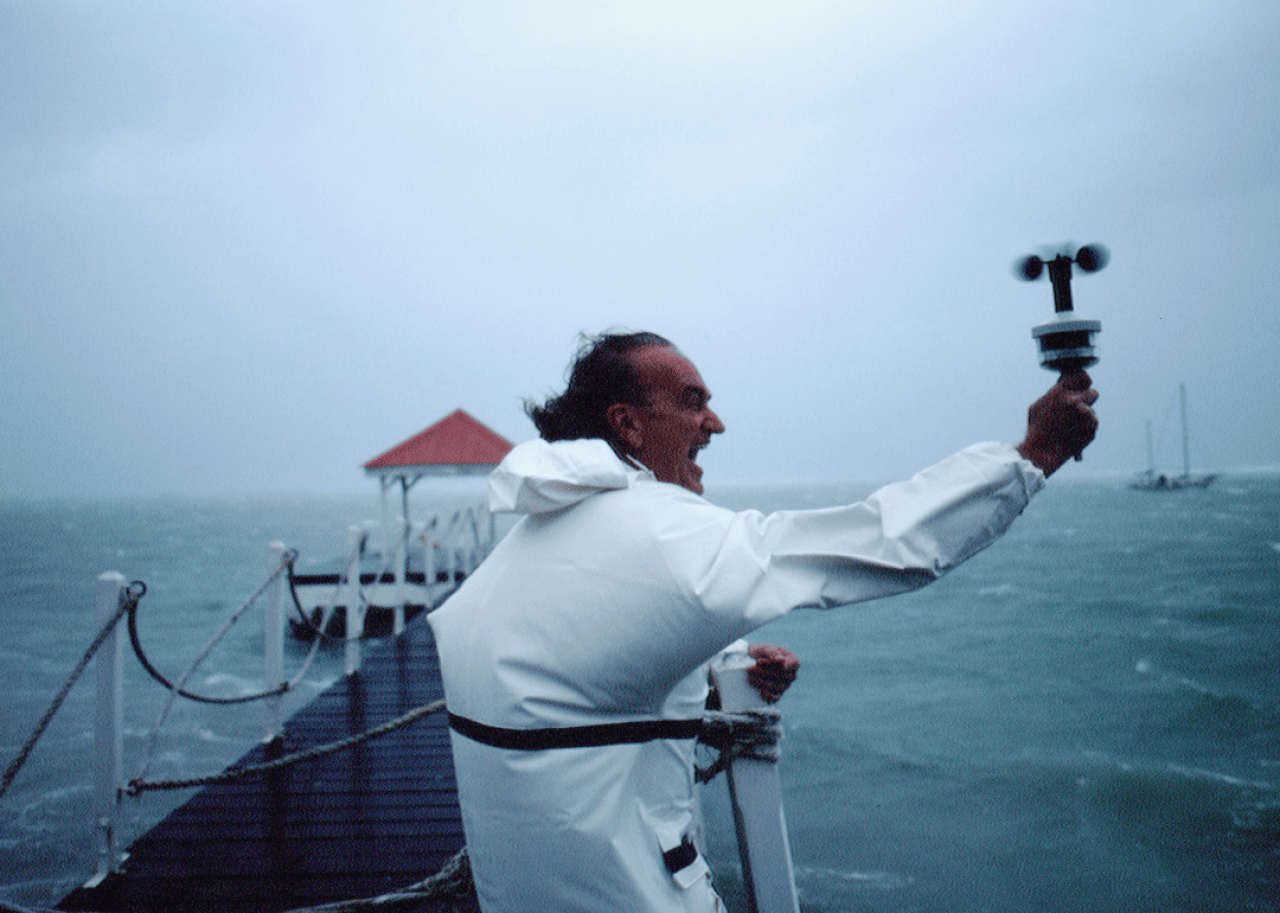
1994: A dry September and October
- Named storms: 7
- Hurricanes: 3
- Category 3 or higher hurricanes: 0
Although September and October are usually active months for hurricanes, there were no storms during these months in 1994. However, the season did see  for the first time since 1980. The , Alberto, didn't make it to hurricane status, but the July storm still produced massive rainfall and floods in Alabama, Georgia, and Florida, killing 33 people.
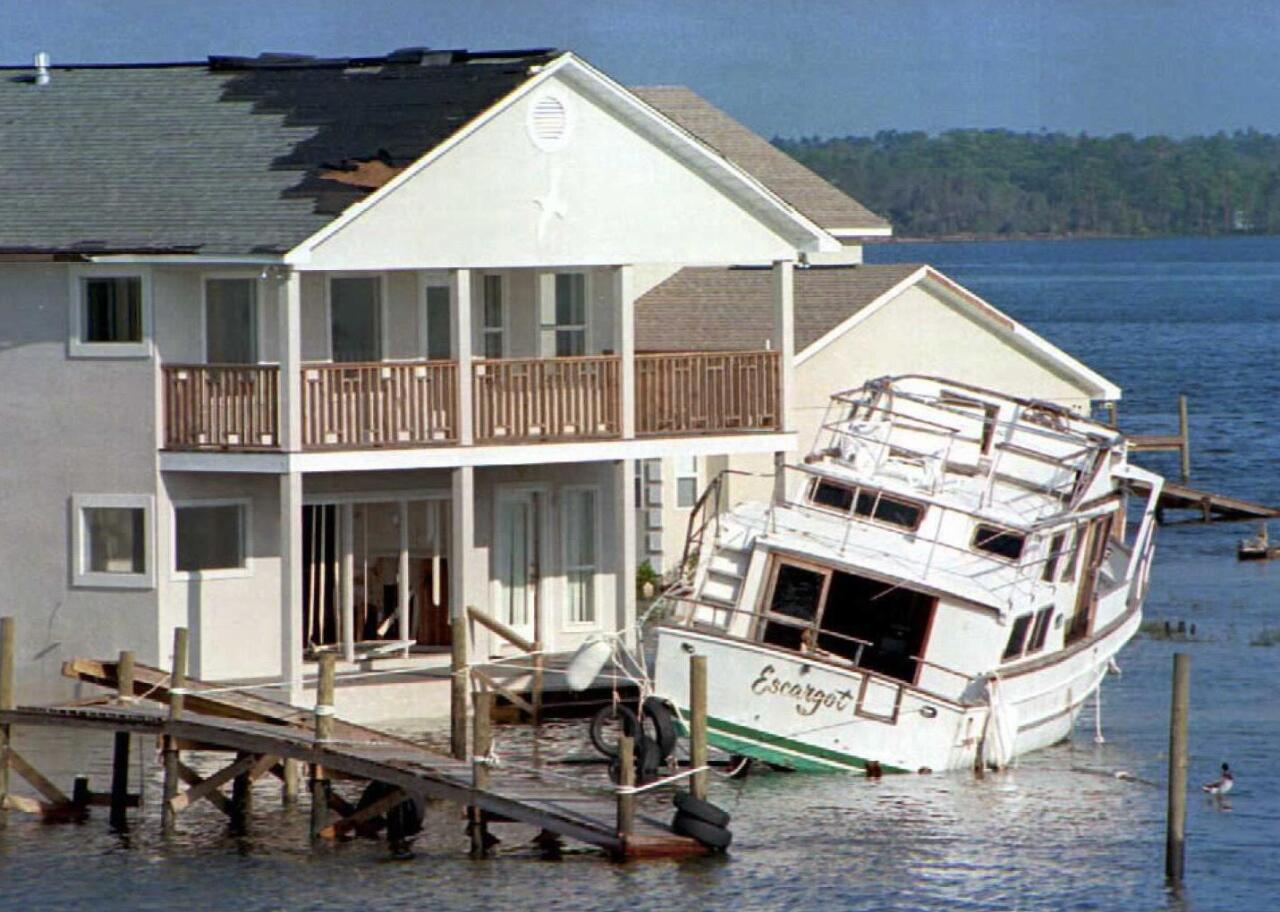
1995: A busy, costly hurricane season
- Named storms: 19
- Hurricanes: 11
- Category 3 or higher hurricanes: 5
1995 was an unusually active year,  caused significant damage: Hurricane Opal generated $3 billion in damages in the southeastern U.S. and Florida panhandle; Hurricane Luis cost the Leeward Islands in the Caribbean $2.5 billion, and Hurricane Marilyn caused another $1.5 billion worth of damage in the Caribbean, mainly to the U.S. Virgin Islands.

1996: Record-breaking hurricane numbers
- Named storms: 13
- Hurricanes: 9
- Category 3 or higher hurricanes: 6
1995 and 1996 were both active seasons with a , the most for consecutive seasons since accurate reporting began in the 1940s. In 1996, six hurricanes passed over the Caribbean—the most since 1916—though they were all short-lived.
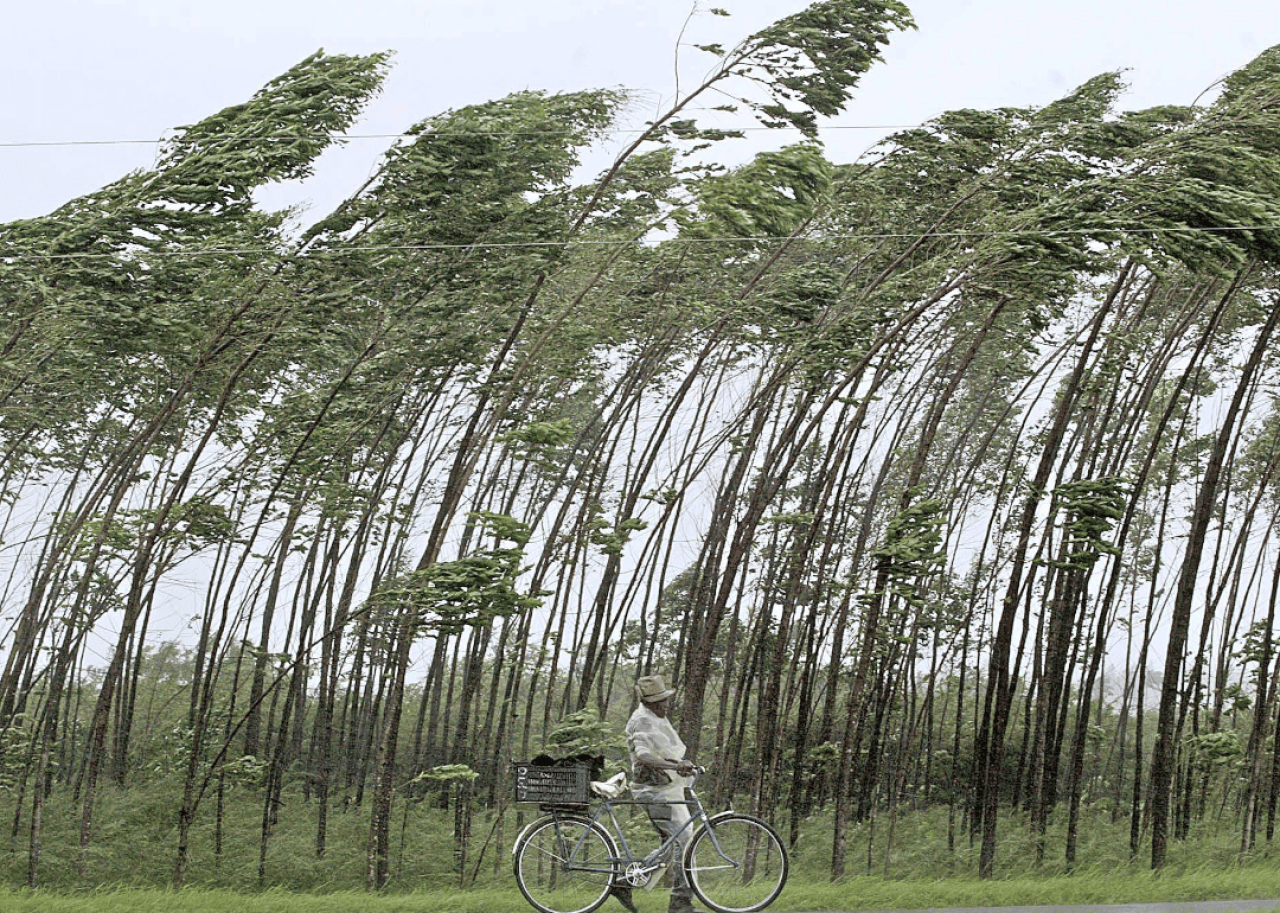
1997: El Niño causes inactive season
- Named storms: 8
- Hurricanes: 3
- Category 3 or higher hurricanes: 1
After a busy 1995 and 1996, 1997 had a : Only one tropical storm developed between August and September (the average is six), and no hurricanes formed in August for the first time since 1961. There were fewer hurricanes than average due to El Niño, whose winds made it difficult for hurricanes to form. Hurricane Danny was the only hurricane to make landfall in 1997, killing five people.
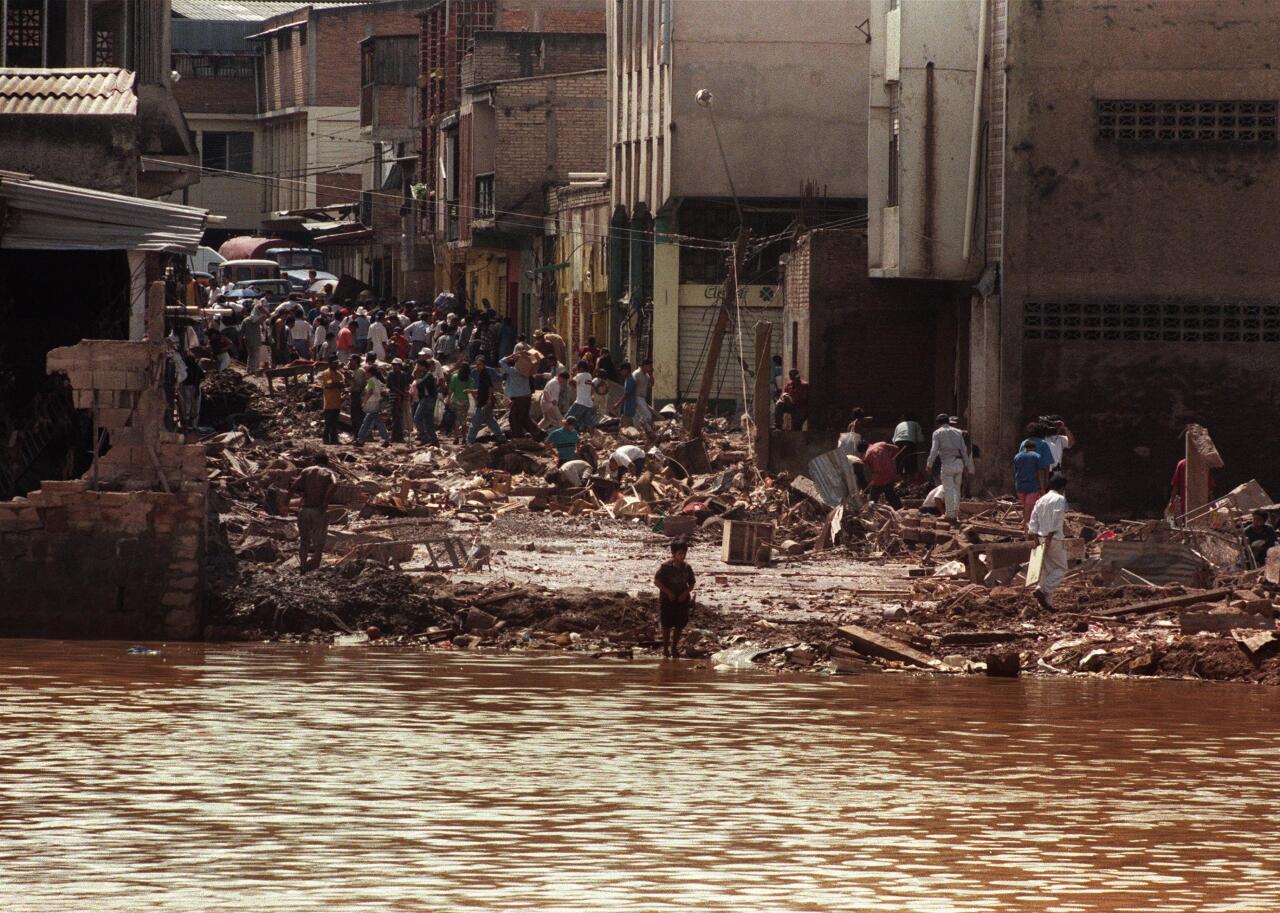
1998: Hurricane Mitch triggers extreme destruction
- Named storms: 14
- Hurricanes: 10
- Category 3 or higher hurricanes: 3
Tropical storms caused more than 9,000 fatalities during the , primarily because of Hurricane Mitch, which caused massive flooding in Honduras and Nicaragua. Another 9,000 people went missing because of Hurricane Mitch, which became the second-deadliest storm on record (behind the Great Hurricane of 1780).
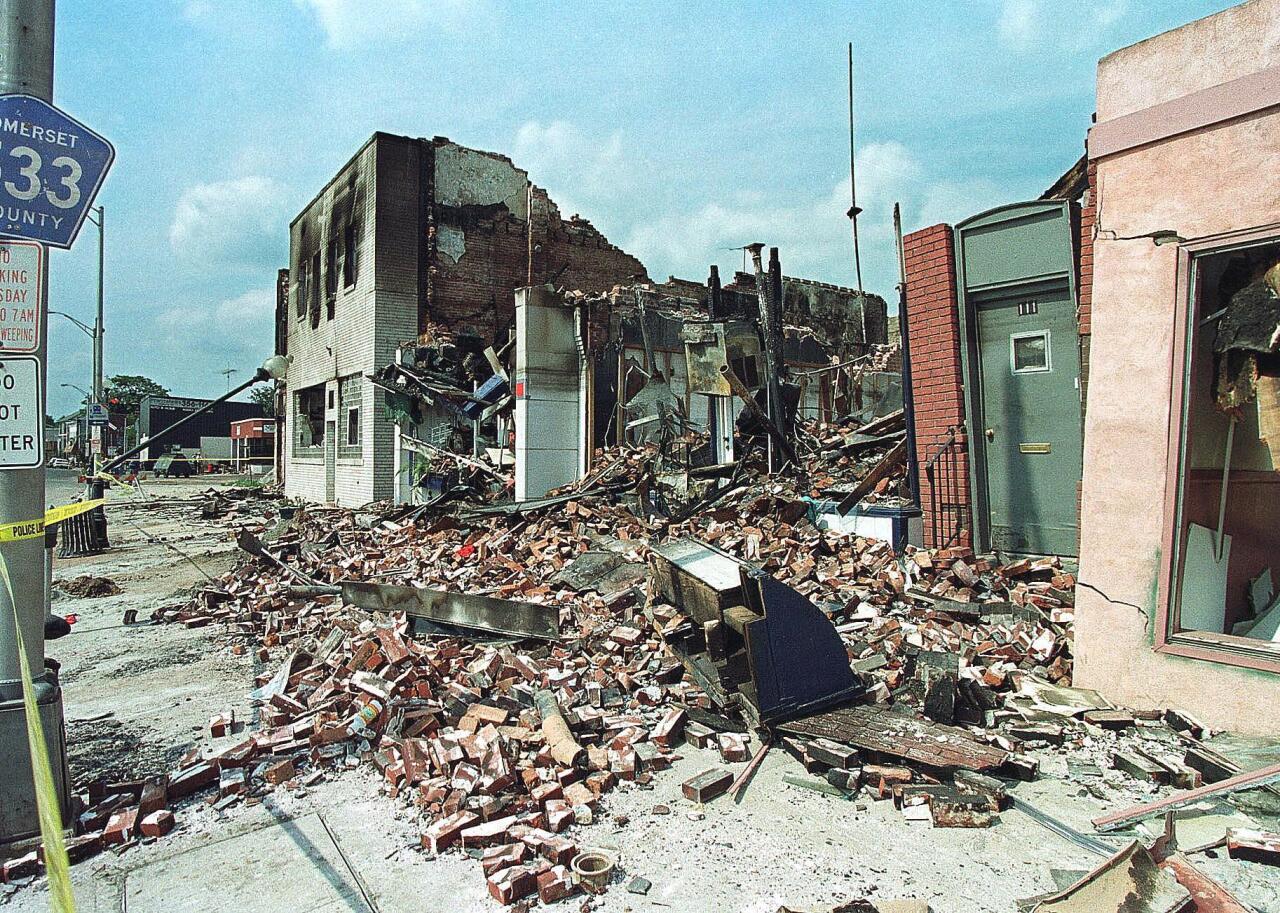
1999: A record number of Category 4 hurricanes
- Named storms: 12
- Hurricanes: 8
- Category 3 or higher hurricanes: 5
The 1999 season saw , the most in a single season since 1886. However, the deadliest storm that year was not a hurricane but a tropical depression. In early October, heavy rains and flooding caused 400 fatalities in Mexico.

2000: Long-lasting Hurricane Alberto fails to make landfall
- Named storms: 15
- Hurricanes: 8
- Category 3 or higher hurricanes: 3
In August 2020, Hurricane Alberto became the in the Atlantic basin, but it remained at sea for most of its existence. Two storms made landfall in the U.S. that year: Hurricane Gordon and Tropical Storm Helene, both in September. They were not particularly destructive stateside, though the former did wreak havoc in Guatemala.
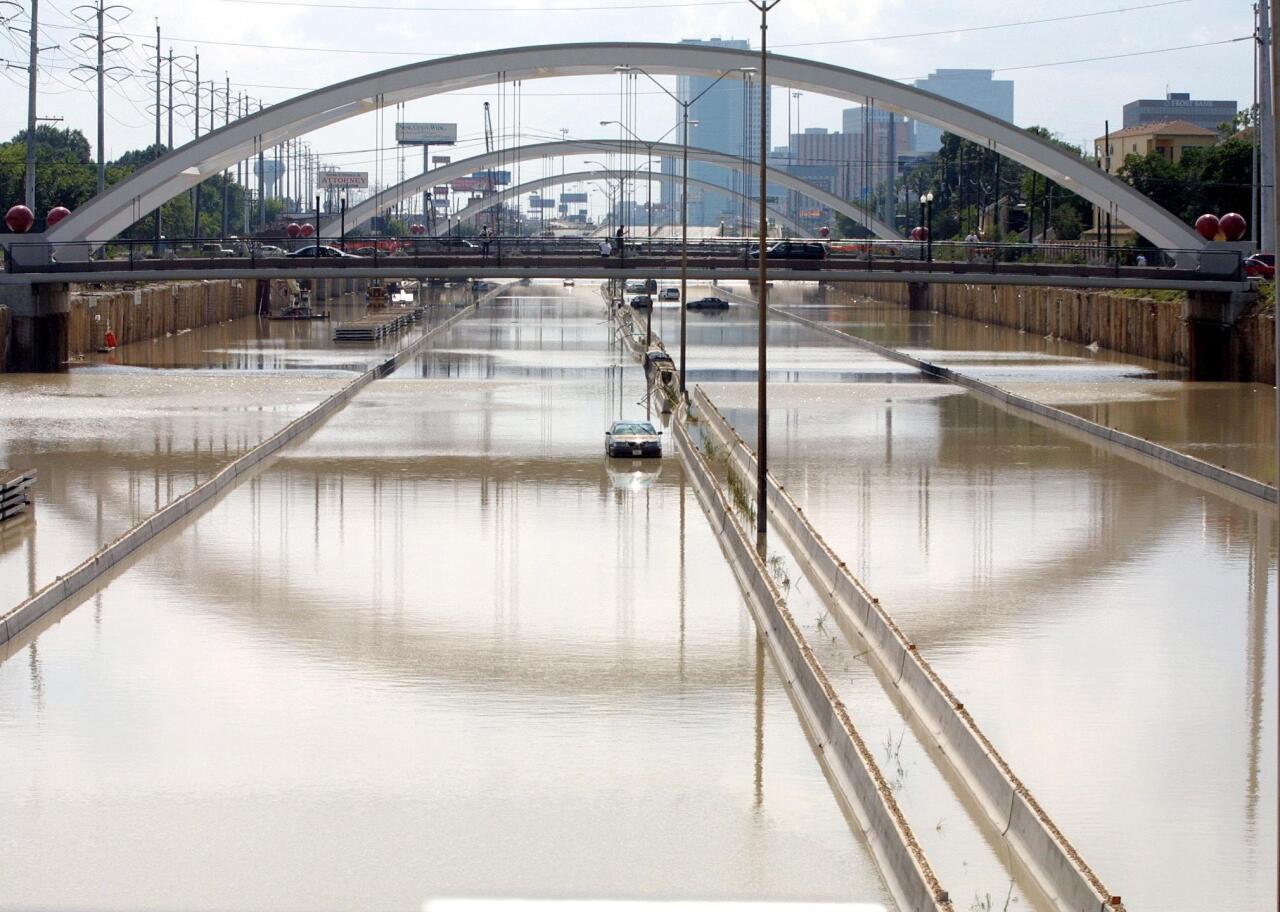
2001: The costliest and deadliest tropical storm in history
- Named storms: 15
- Hurricanes: 9
- Category 3 or higher hurricanes: 4
As of August 2024, Tropical Storm Allison is the in U.S. recorded history. It and caused $15.1 billion in damages (adjusted to 2024 dollars). Allison is only one of two tropical storms to have had its .

2002: El Niño tampers hurricane season again
- Named storms: 12
- Hurricanes: 4
- Category 3 or higher hurricanes: 2
Because of El Niño, there were during the 2002 season. Hurricane Lili was the between 1999 and 2002 and the only storm to make landfall while still classified as a hurricane in 2002.
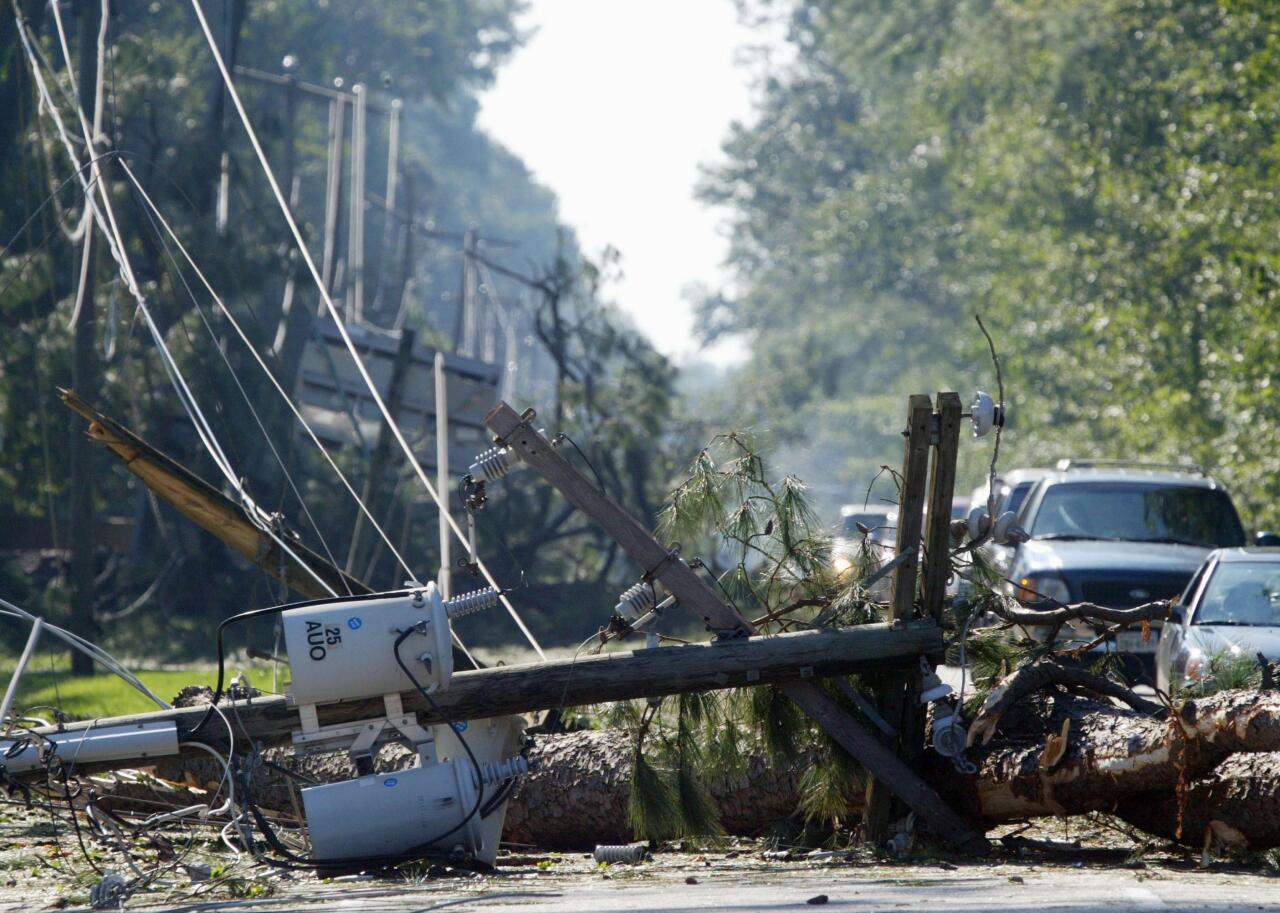
2003: Hurricane Isabel slams the mid-Atlantic
- Named storms: 16
- Hurricanes: 7
- Category 3 or higher hurricanes: 3
Hurricane Isabel was to hit the mid-Atlantic region, particularly affecting the Chesapeake Bay. Isabel was also the , leading to 17 direct deaths and $3.3 billion in damages.
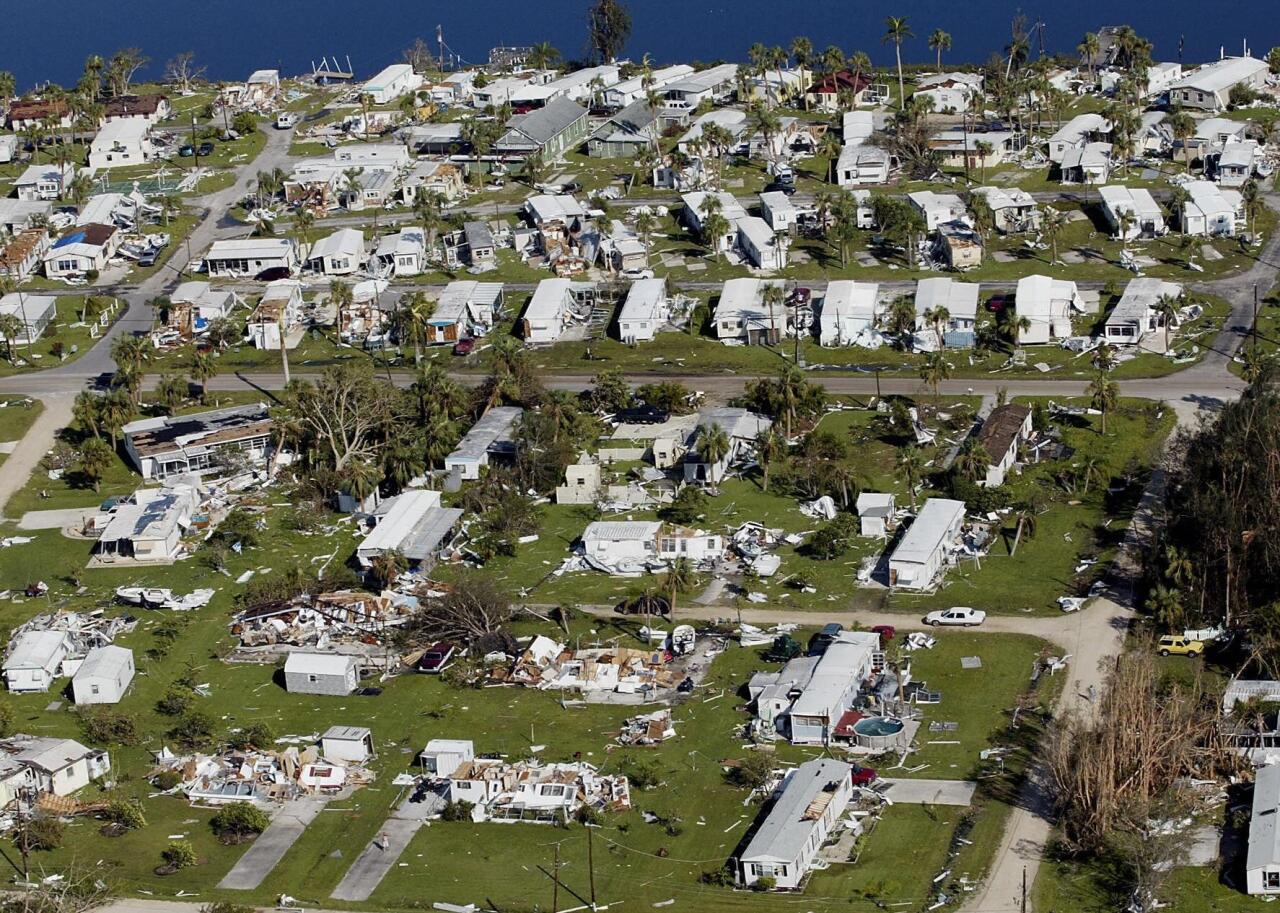
2004: Hurricane Jeanne causes Haiti mudslides
- Named storms: 15
- Hurricanes: 9
- Category 3 or higher hurricanes: 6
The was a truly devastating one, claiming 3,100 lives (the second highest number in 30 years) and causing a record $45 billion in property damage in the U.S. within six weeks, leading the state to temporarily trade in its nickname of the Sunshine State for the Plywood State. The last of the foursome, Hurricane Jeanne, was particularly destructive, causing intense rainfalls and in the mountains of Haiti.

2005: Hurricane Katrina devastates New Orleans
- Named storms: 28
- Hurricanes: 15
- Category 3 or higher hurricanes: 7
is perhaps the most infamous hurricane in U.S. history. The Category 3 hurricane and damaged over a million homes around the Gulf Coast, but New Orleans bore the brunt of the devastation. As of August 2024, Katrina is the causing $200 billion (in 2024 dollars) in damage and (a number NOAA adjusted in 2023).
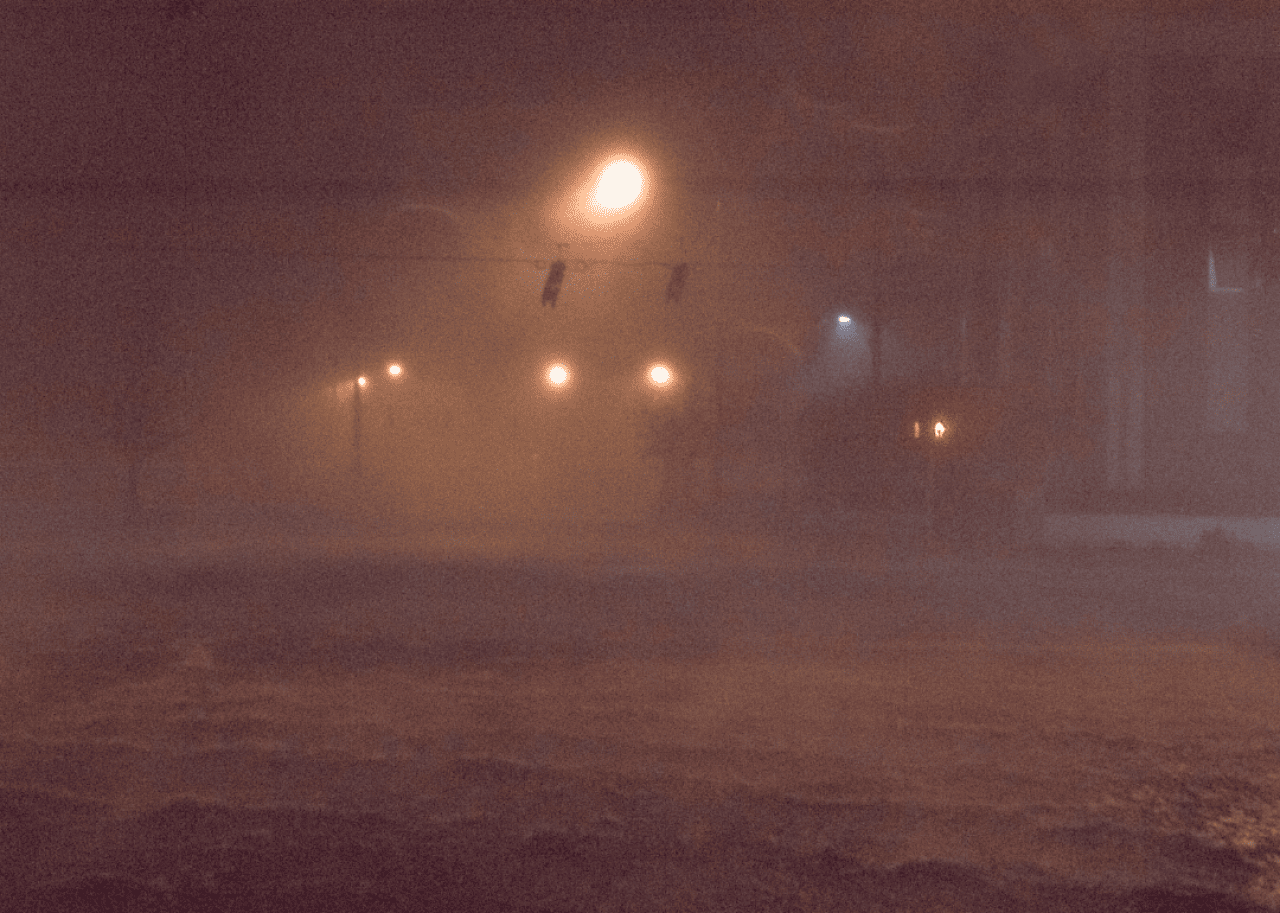
2006: The calm following the storm
- Named storms: 10
- Hurricanes: 5
- Category 3 or higher hurricanes: 2
After two years of frequent tropical storms, 2006 was comparatively calm, with for the first time in five years. Three tropical storms managed to do so, however, but only one in late August, Ernesto, did meaningful damage (totalling $500 million).
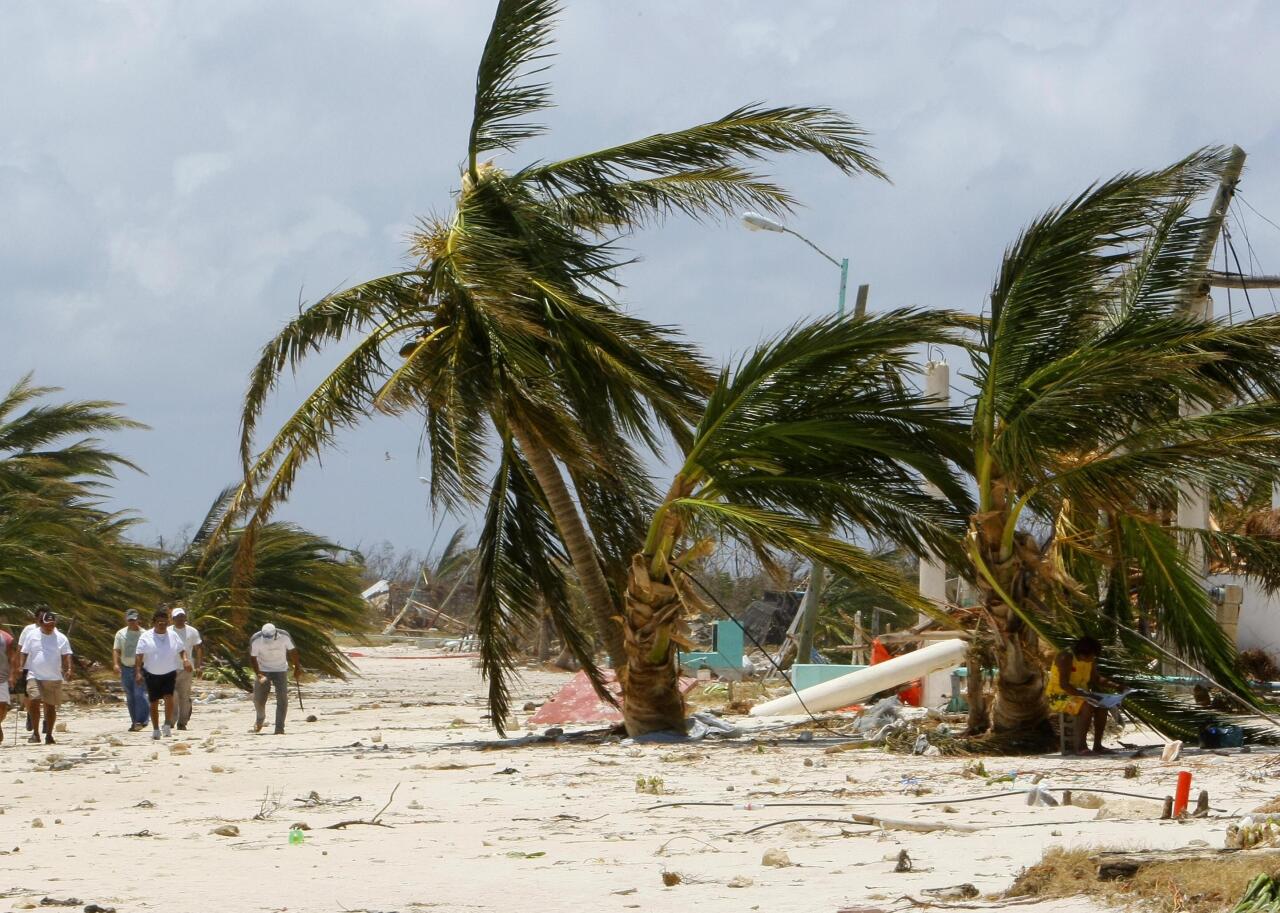
2007: Two Category 5 hurricanes make landfall
- Named storms: 15
- Hurricanes: 6
- Category 3 or higher hurricanes: 2
2007 was the first hurricane season in which . Hurricane Dean was the first, slamming the Yucatán Peninsula in Mexico in late August. The second was , which struck northeastern Nicaragua in early September.
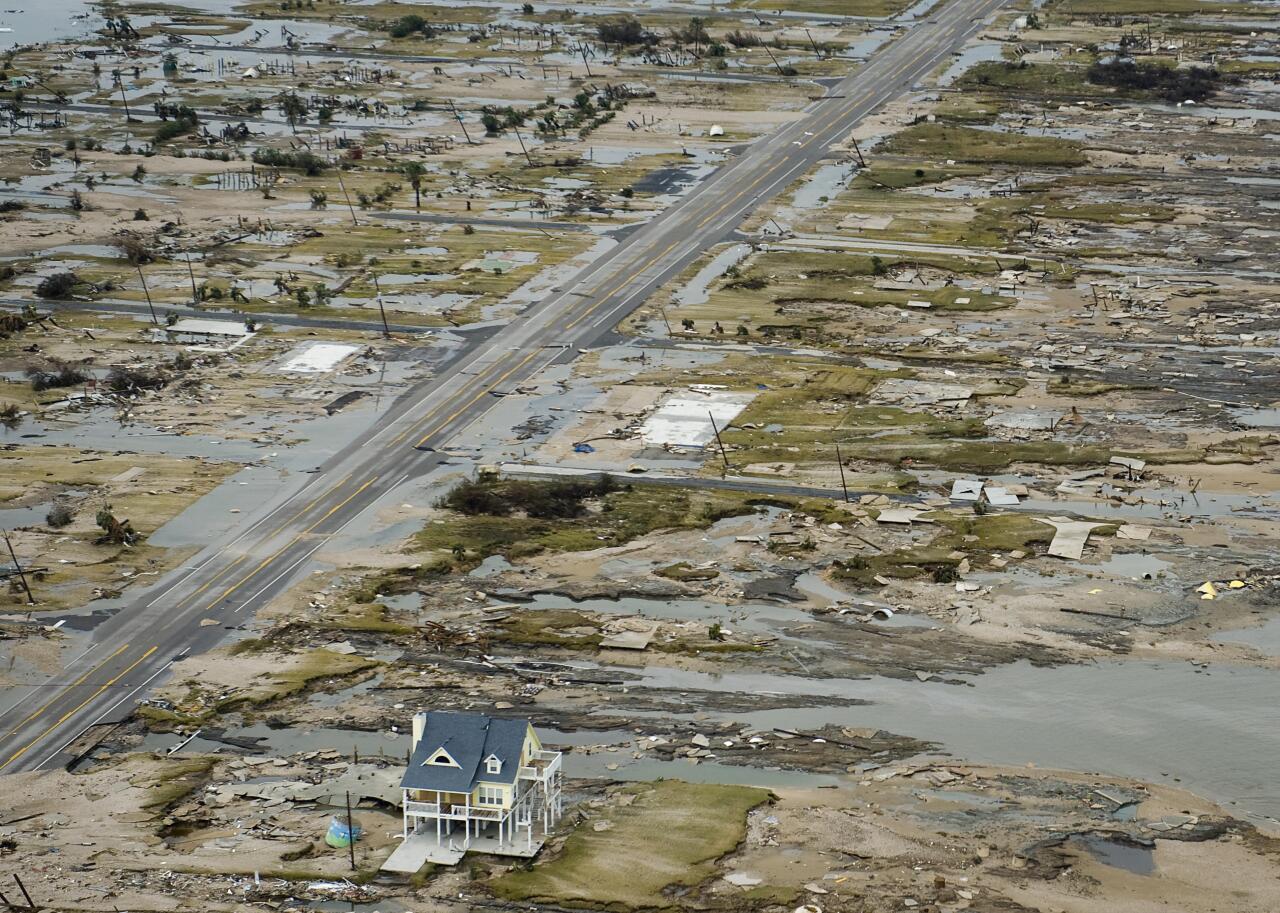
2008: Hurricane Ike disrupts Montréal's subways
- Named storms: 16
- Hurricanes: 8
- Category 3 or higher hurricanes: 5
The , Hurricane Ike, mainly impacted Texas, Louisiana, and Arkansas, though its effects reached as far north as Canada. The storm caused high levels of humidity that sparked an , which temporarily shut down part of Montréal's subway system.

2009: A hurricane lull
- Named storms: 9
- Hurricanes: 3
- Category 3 or higher hurricanes: 2
The 2009 season had the in the Atlantic since 1997, and in the U.S. either. It was the 13th season with no hurricanes coming ashore in the States since 1943.
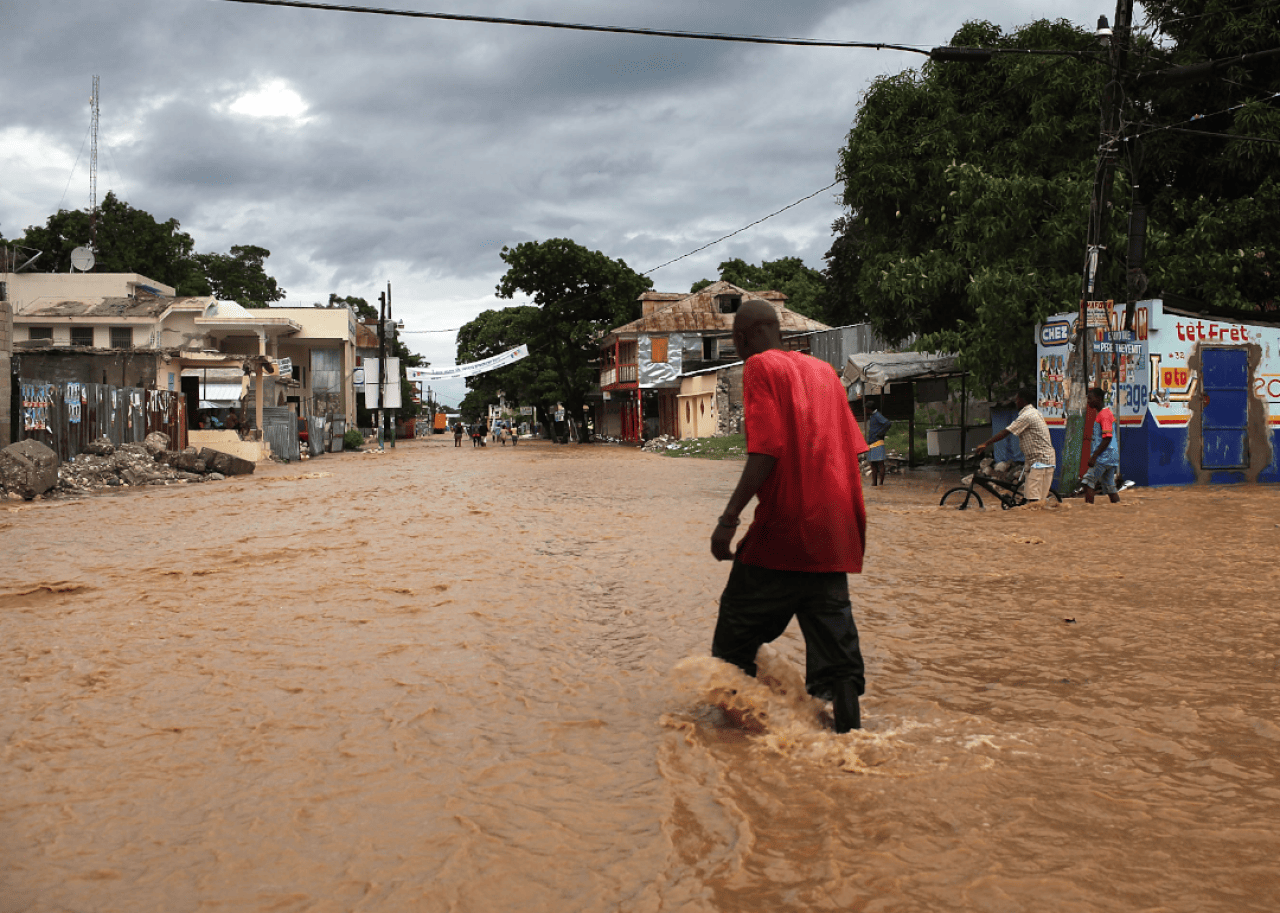
2010: High hurricane activity returns
- Named storms: 19
- Hurricanes: 12
- Category 3 or higher hurricanes: 5
After the quiet of 2009, the 2010 hurricane season emerged with a vengeance. The season saw the (tying with 1969 and outdone only by 2005). However, it was also the only season to have more than nine hurricanes without a single one making landfall in the U.S.

2011: Another record hurricane season
- Named storms: 19
- Hurricanes: 7
- Category 3 or higher hurricanes: 4
Like the year prior, the also had 19 named storms; it tied with 1887, 1995, and 2010 as the third busiest tropical cyclone year in the Atlantic basin. Hurricane Irene also ended the lull the U.S. had been enjoying, marking the first time since Ike in 2008 that a hurricane made landfall in the States.

2012: Hurricane Sandy clobbers the East Coast
- Named storms: 19
- Hurricanes: 10
- Category 3 or higher hurricanes: 2
2012 was the third year in a row that the , but there's one in particular that stands out. Nearly half of all U.S. states—24, to be exact—felt the in late October, but the eastern seaboard (where it made landfall in New Jersey) was hit hardest. Totaling $50 billion in damages (in 2012 dollars), it is among the costliest storms in U.S. history. Sandy also led to three feet of snowfall in West Virginia and North Carolina.
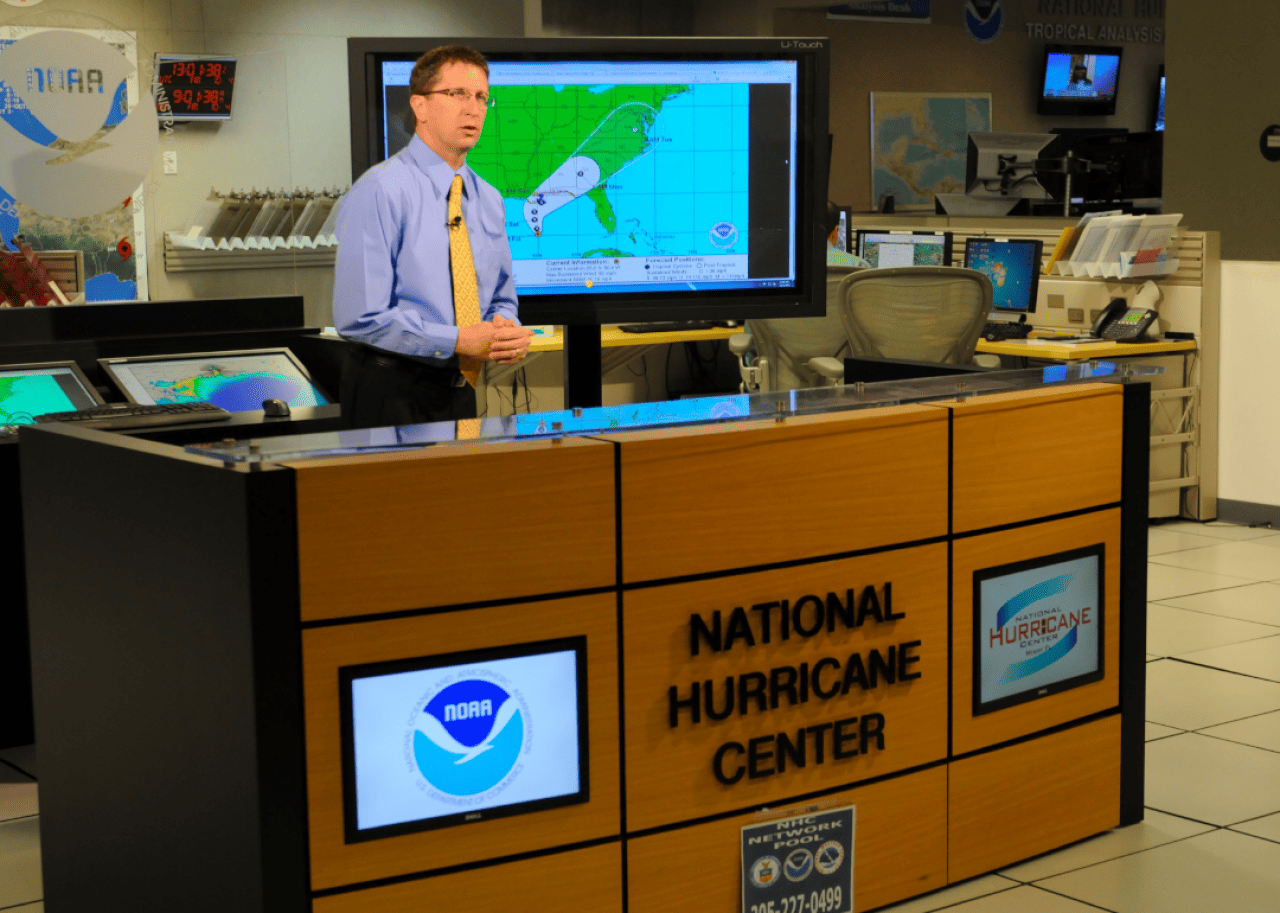
2013: A quiet hurricane season
- Named storms: 14
- Hurricanes: 2
- Category 3 or higher hurricanes: 0
For the first time since 1994, there were . Tropical Storm Andrea was the only storm to make landfall in the U.S., touching down in Florida. The storm also across Florida and North Carolina, but was relatively tame in terms of its damage.
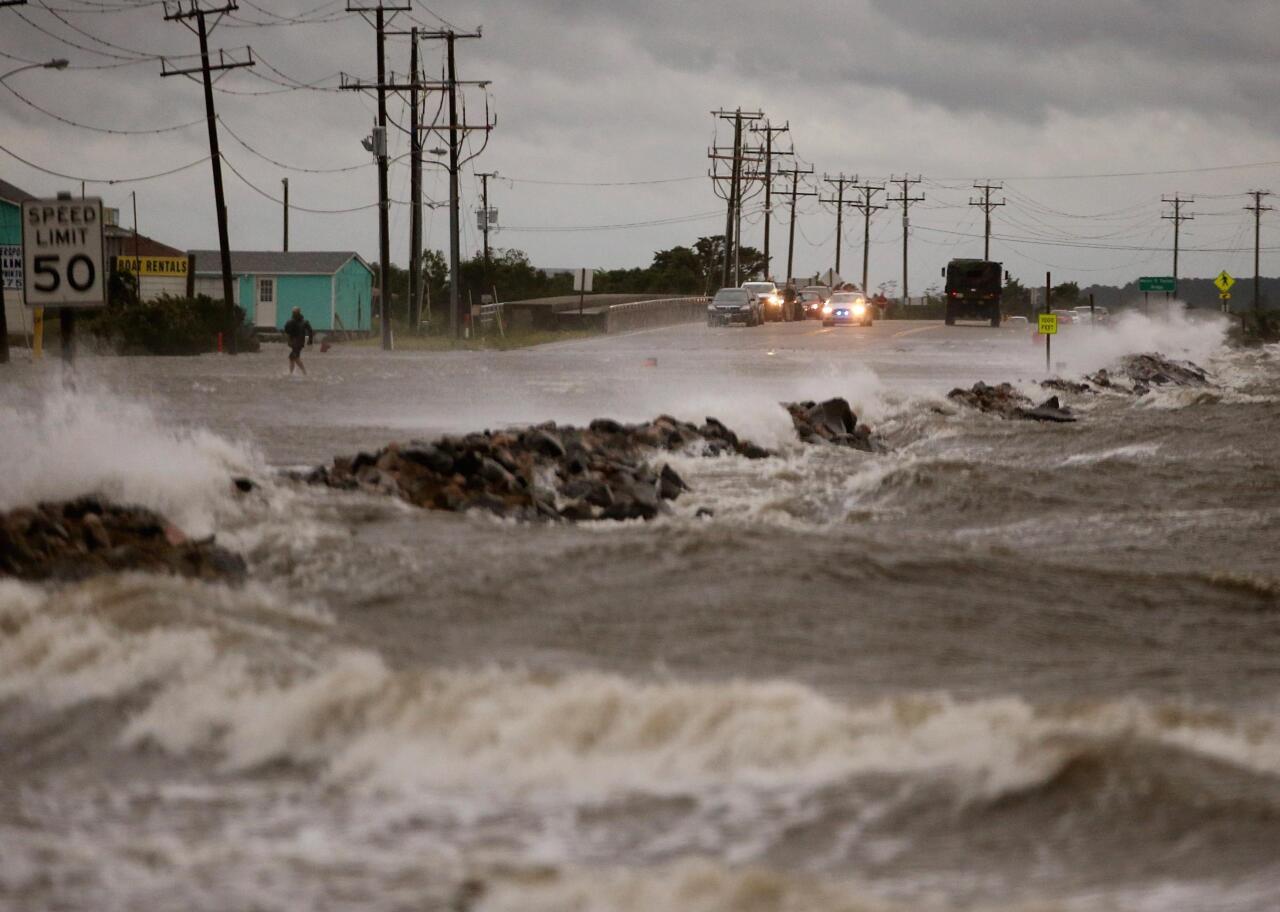
2014: North Carolina's earliest hurricane
- Named storms: 8
- Hurricanes: 6
- Category 3 or higher hurricanes: 2
Making landfall on July 3, 2014, Hurricane Arthur became the to touch down in North Carolina on record. The , making it the strongest hurricane to come ashore in the contiguous U.S. without resulting in any direct deaths.

2015: Ana reveals wrecked schooner
- Named storms: 11
- Hurricanes: 4
- Category 3 or higher hurricanes: 2
Tropical Storm Ana became the to make landfall in the U.S. when it touched down near South Carolina on May 10. Along the beach in Surf City, North Carolina, Ana's winds revealed parts of a nearly 100 years earlier.
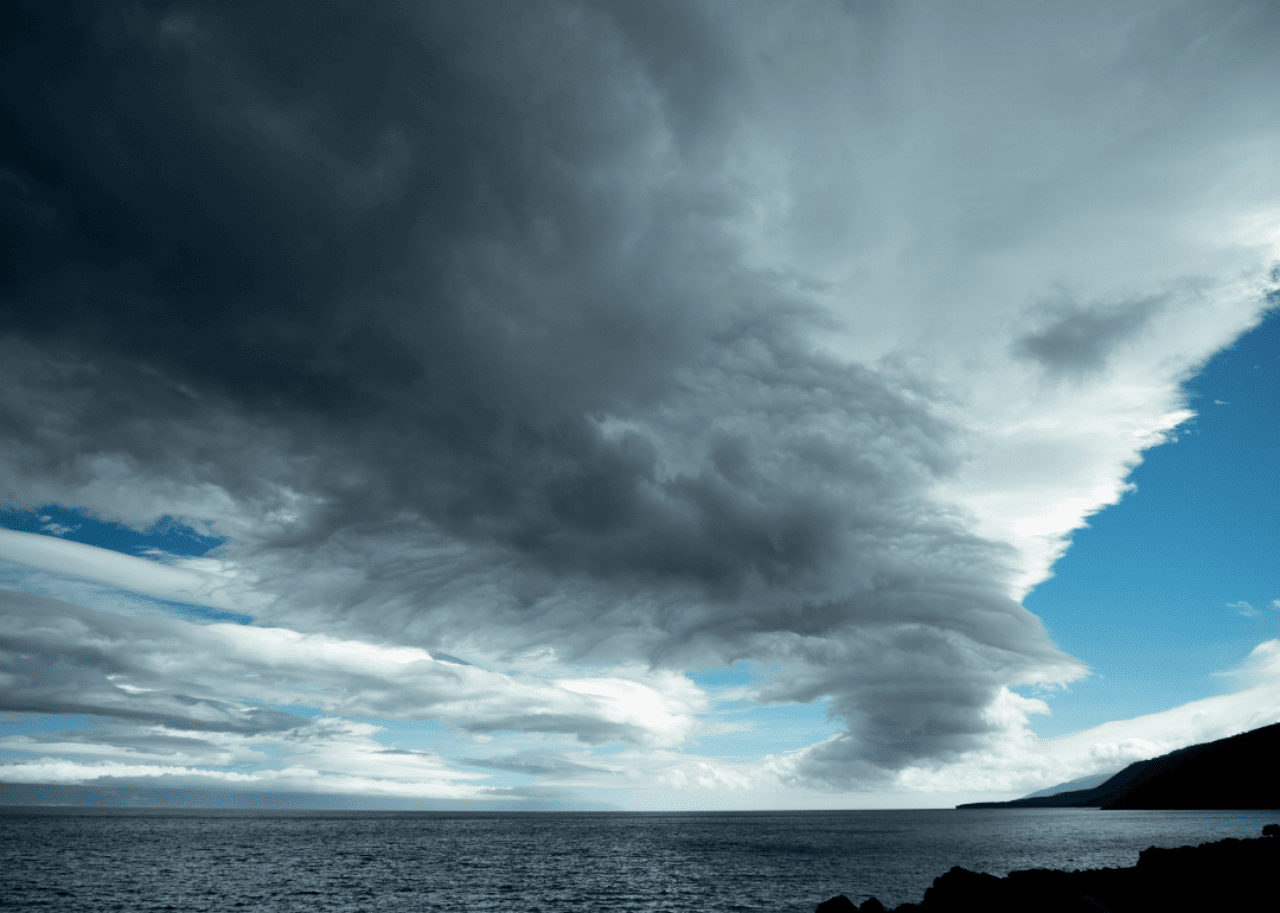
2016: A rare January hurricane
- Named storms: 15
- Hurricanes: 7
- Category 3 or higher hurricanes: 4
The Atlantic hurricane season started extremely early in 2016 with January's Hurricane Alex, the since 1938. The storm hit the Azores, nine islands that are a part of Portugal, as a tropical storm. According to The Weather Channel, all prior hurricanes tracking near the Azores on record occurred in August or September.
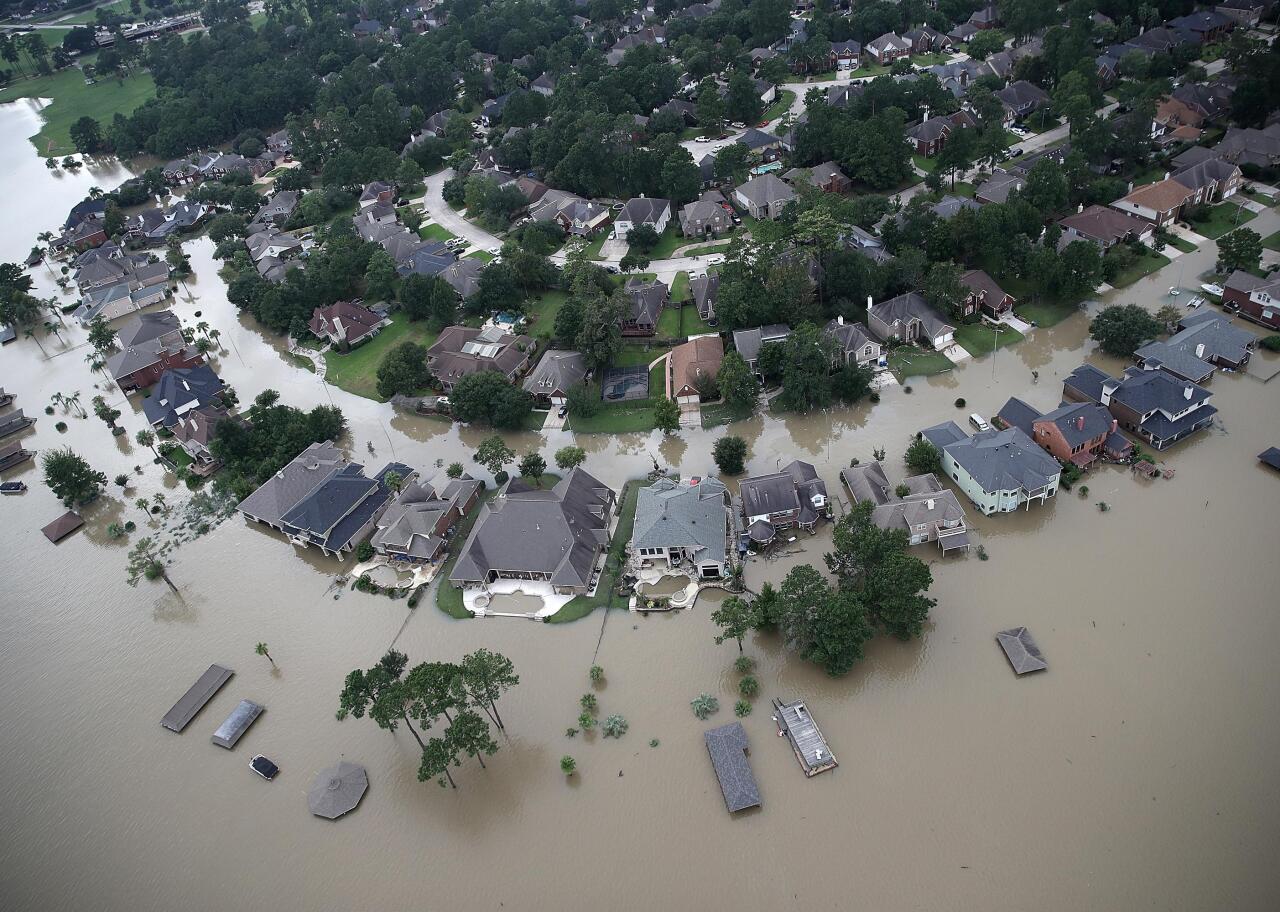
2017: Three costly hurricanes make history
- Named storms: 17
- Hurricanes: 10
- Category 3 or higher hurricanes: 6
Within the harrowing month of September in 2017, Hurricanes Harvey, Irma, and Maria hit the U.S. , and all three remain on the list of the 10 in U.S. history (when adjusted for 2024 dollars). Besides Katrina, Harvey is the most destructive hurricane in the nation's recorded history, doing .
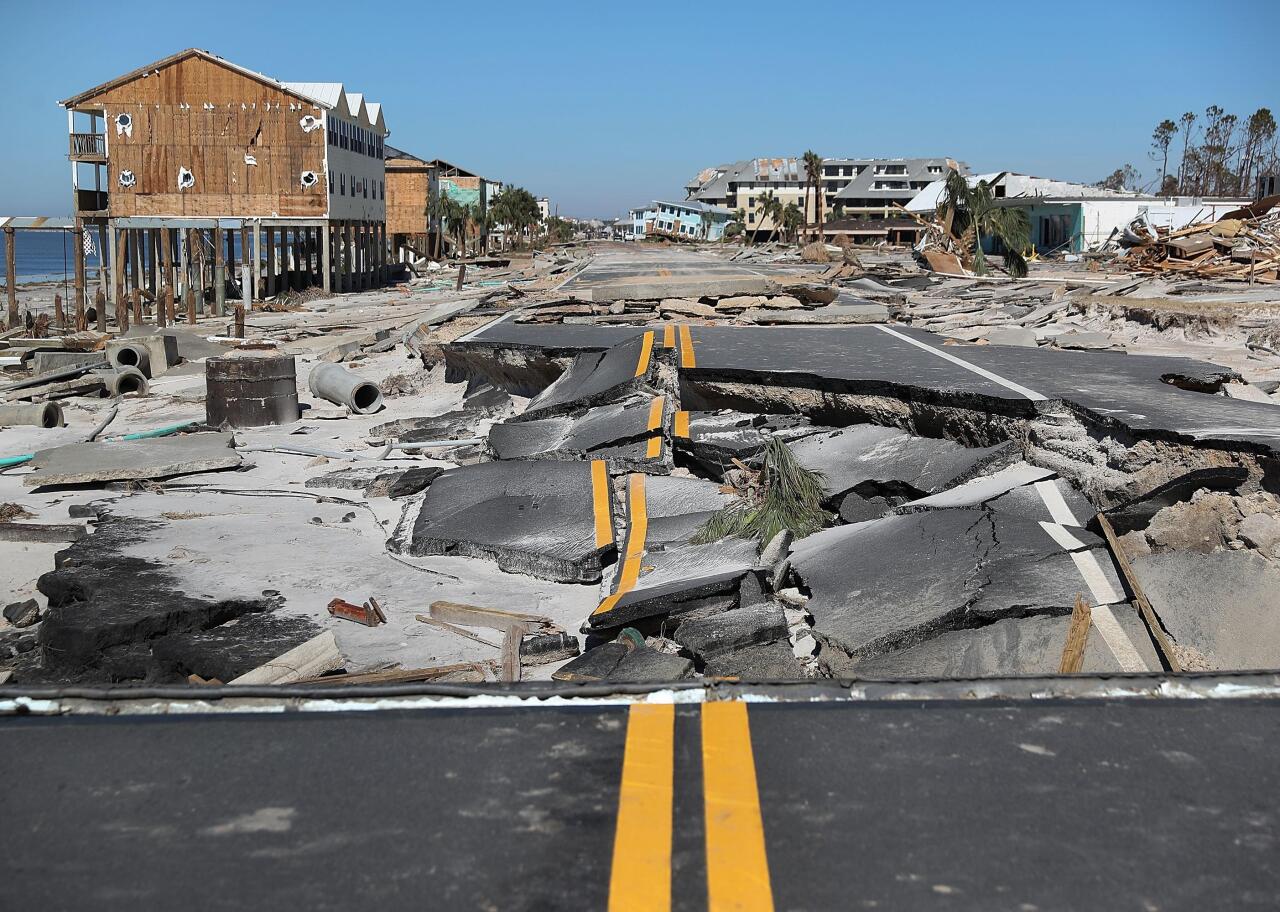
2018: Hurricane Michael hits Florida Panhandle
- Named storms: 15
- Hurricanes: 8
- Category 3 or higher hurricanes: 2
With sustained winds reaching 161 miles per hour, in Florida on Oct. 10 and caused . It was one of the most devastating storms to touch down in the area, with then-Florida Gov. Rick Scott calling Hurricane Michael "the that the Florida Panhandle has ever seen."

2019: Fourth year of frequent hurricanes
- Named storms: 18
- Hurricanes: 6
- Category 3 or higher hurricanes: 3
There were in the Atlantic during the 2019 season, the fourth year in a row that could be said. Only one other four-year period can claim that record: 1998 to 2001. There were in the 2019 season, only the second time in 12 years that happened. The first, Hurricane Dorian, caused historic damage in the Bahamas, and the second, Hurricane Lorenzo, affected Ireland and the United Kingdom.
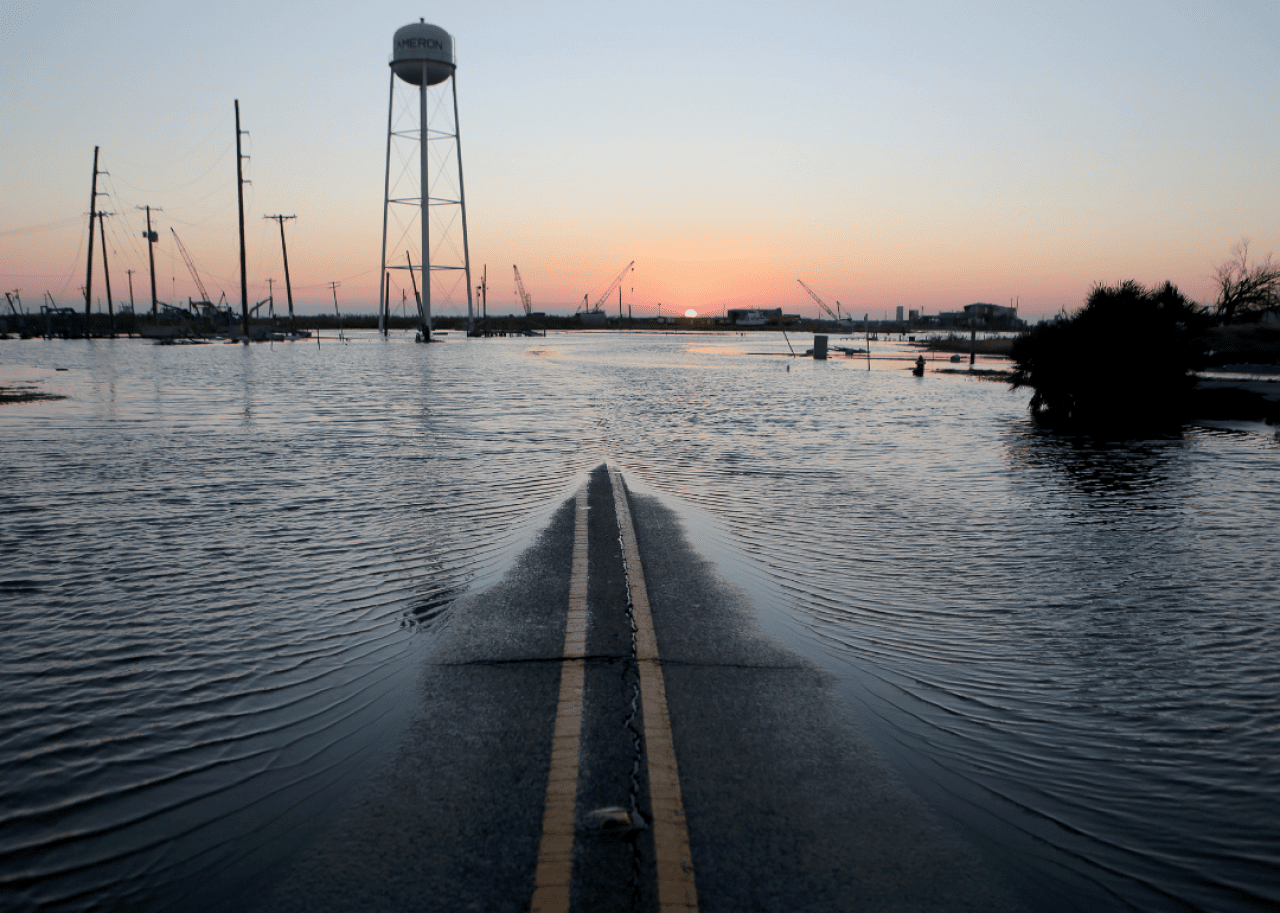
2020: A record year for named storms
- Named storms: 30
- Hurricanes: 14
- Category 3 or higher hurricanes: 7
2020 featured a , marking the fifth consecutive year with more hurricanes than average in the Atlantic. It was also the second time in recorded history that the Greek alphabet was used to name storms after the initial list of 21 names was exhausted. There were in the contiguous U.S., breaking 1916's previous record of nine.
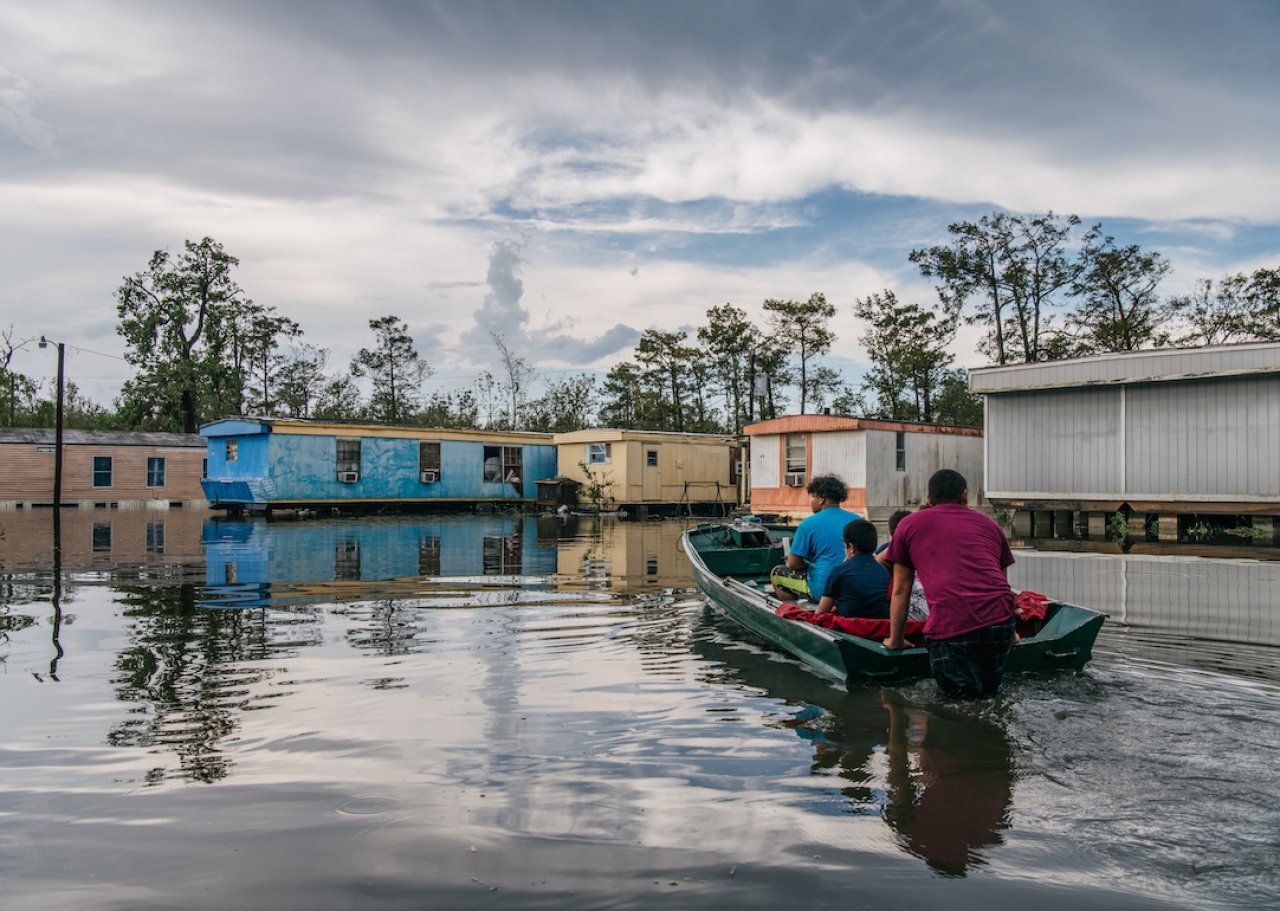
2021: Hurricane Ida devastates Louisiana again
- Named storms: 21
- Hurricanes: 7
- Category 3 or higher hurricanes: 4
The 2021 season started early and marked the seventh year in a row that a on June 1. The worst storm of all, though, , hit southeastern Louisiana at Category 4 strength on Aug. 29, 16 years to the day after Hurricane Katrina slammed the same part of the state. , causing disastrous flooding and destructive tornadoes in the Northeast. With and $75 billion in damage, Ida was named the of the 2021 season.
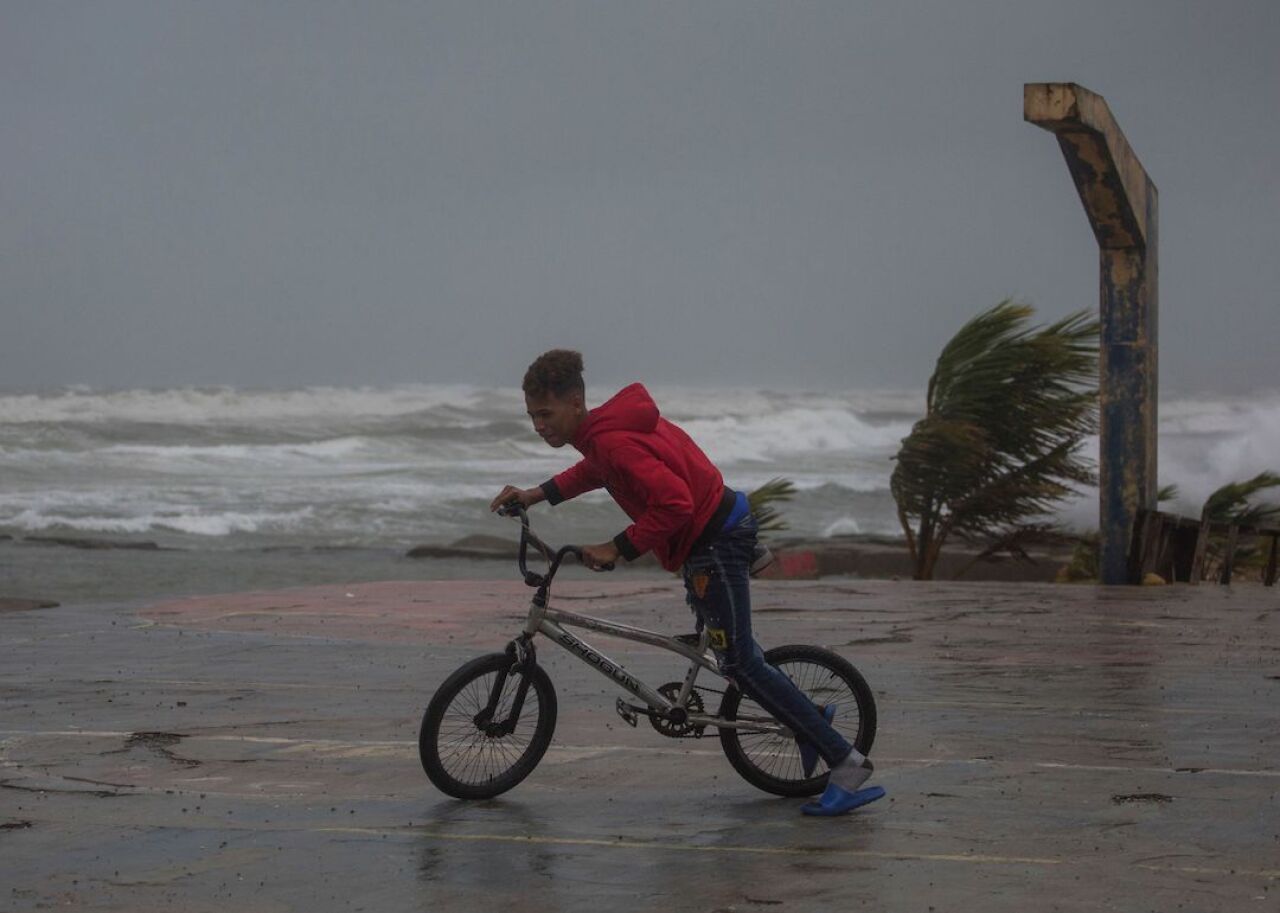
2022: Hurricane Fiona slams Puerto Rico
- Named storms: 14
- Hurricanes: 8
- Category 3 or higher hurricanes: 2
Hurricane Fiona was one of the . The Category 1 hurricane in mid-September, leaving much of the island without power and running water for days. The damage came only five years after Hurricane Maria caused destruction throughout the U.S. territory. Fiona then hit the Dominican Republic, Turks and Caicos, Bermuda, and eventually, Nova Scotia, becoming the on record at the time.
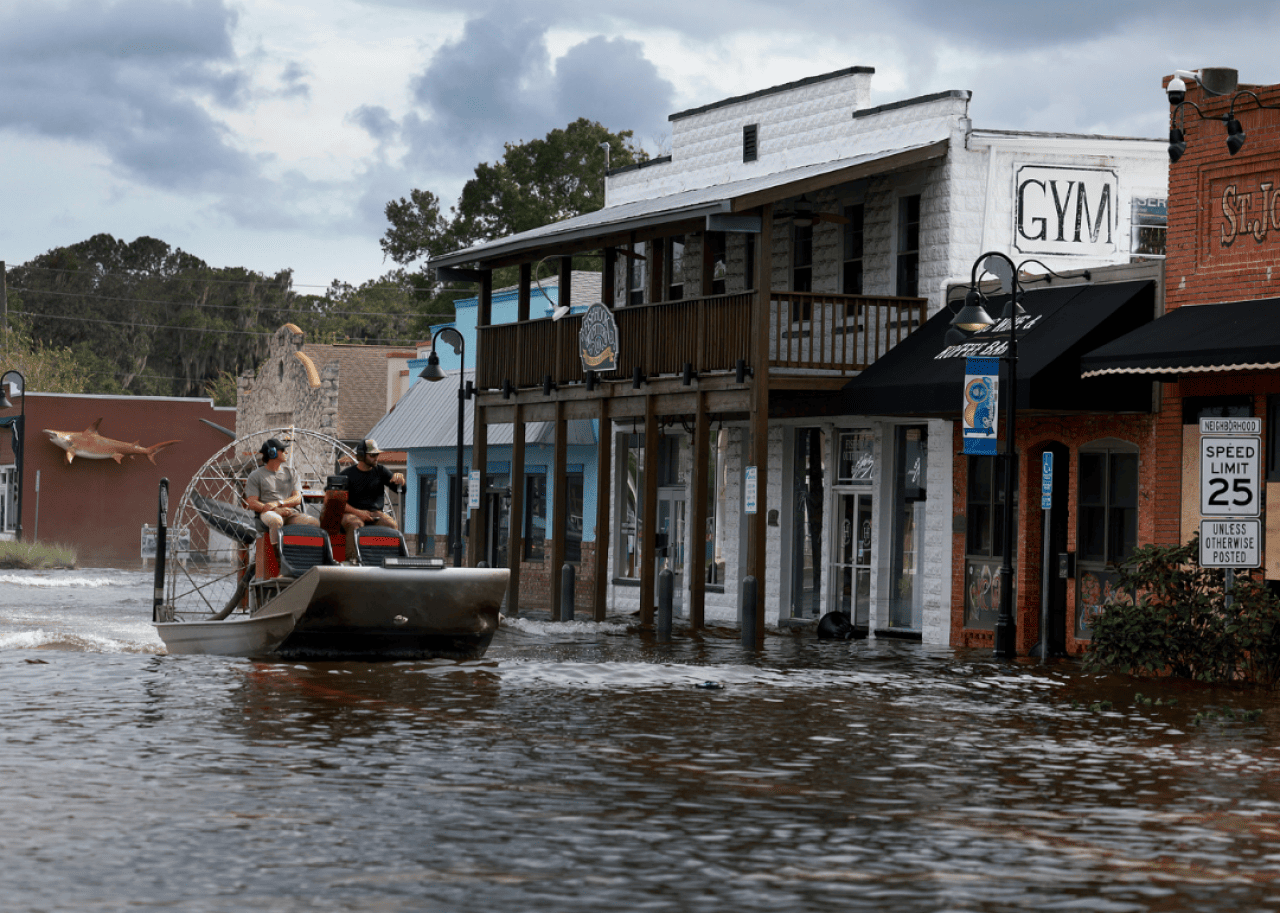
2023: Hurricane Idalia creates devastating storm surge
- Named storms: 20
- Hurricanes: 7
- Category 3 or higher hurricanes: 3
Fueled by record-warm surface temperatures in the Atlantic Ocean and an El Niño climate pattern, formed in 2023. The title of worst hurricane of the year, though, went to , which drove 7 to 12 feet above ground level in some places along the Gulf Coast. After making landfall in late August, Idalia left $3.6 billion in damages in its wake and claimed 12 lives across the U.S.
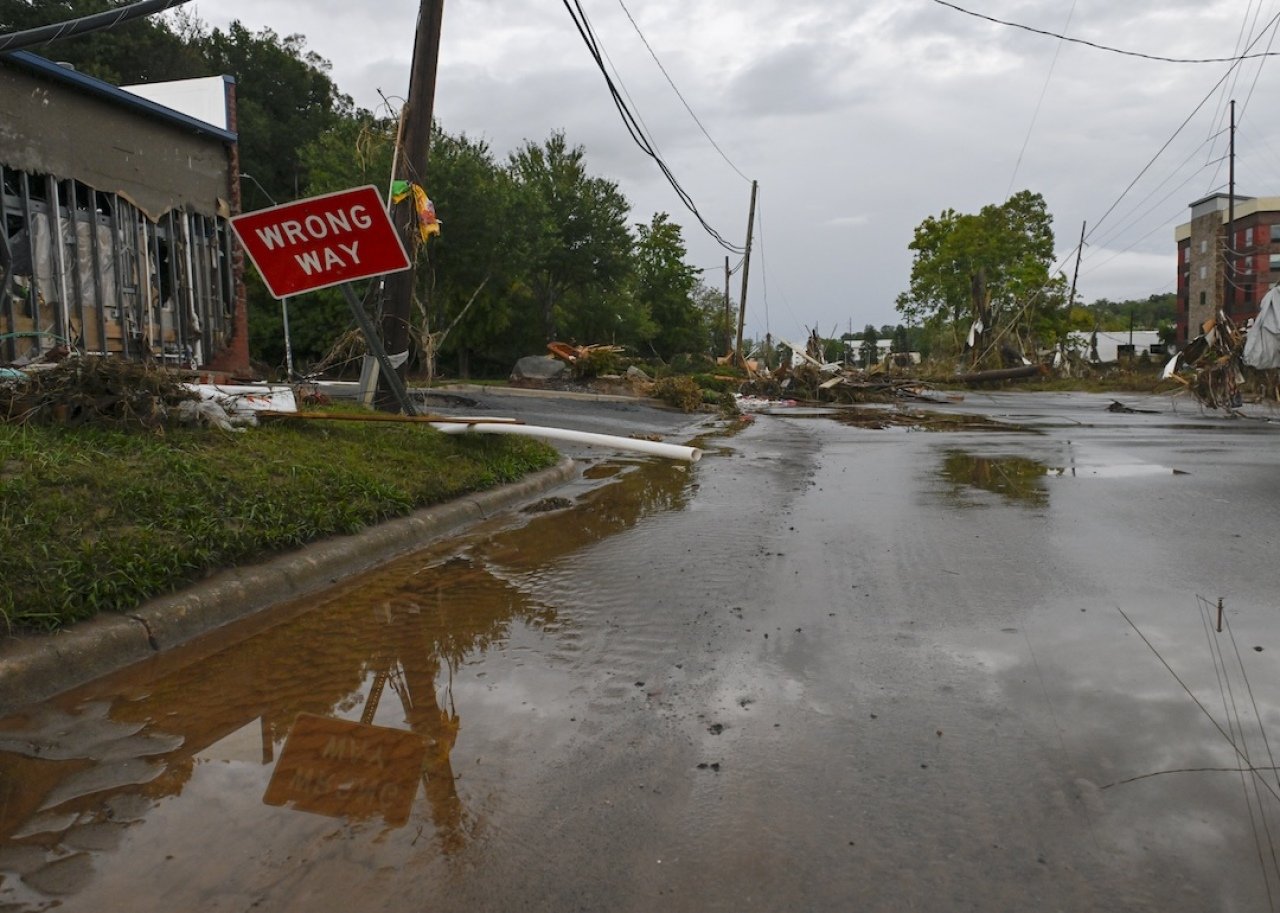
2024: Hurricane Helene floods the southern Appalachians
- Named storms: 18
- Hurricanes: 11
- Category 3 or higher hurricanes: 5
The 2024 hurricane season started strong with Beryl, making history in early July as in the Atlantic basin. Though Beryl behind, two deadlier storms were yet to come—Hurricanes Helene and Milton. Helene caused massive flooding in the southern Appalachians and wind damage across the Southeast in September 2024; with , it became the nation's deadliest hurricane since Katrina. Meanwhile, Milton spawned a along the Florida coast in October 2024, impacting millions of structures and leading to 42 deaths.
Additional writing by Cu Fleshman. Story editing by Jaimie Etkin. Copy editing by Lois Hince. Photo selection by Michael Flocker.
The fast winds, rapid rainfall, and huge storm surges of hurricanes make this natural disaster responsible for hundreds of deaths and millions of dollars' worth of damage each year. than any other natural disaster, according to the National Oceanic and Atmospheric Administration. They've caused more than $1.3 trillion in damage since 1980, averaging $22.8 billion per hurricane. Hurricanes have also resulted in the highest number of deaths in the U.S.—6,890 Americans have lost their lives in hurricanes between 1980 and 2023.
Hurricanes are large, wet storms with high winds that . On average, about 10 tropical storms develop each year, and , according to NOAA. Hurricane season in the —the Atlantic Ocean, Gulf of Mexico, and the Caribbean Sea—runs from June 1 to Nov. 30, though some hurricanes do form outside of this season.
Hurricanes are rated using the . Category 1 hurricanes have the lowest wind speeds at 74-95 miles per hour, and Category 5 hurricanes have the strongest winds at 157 miles per hour or higher. Storms that are Category 3 and above (reaching at least 111 miles per hour) are considered major hurricanes.
Stronger hurricanes can trigger flash floods, mudslides, and tornadoes, but even weaker ones can cause extensive destruction to property, infrastructure, and crops. Some hurricanes remain at sea and never make landfall, limiting the destruction they cause. Advancements in technology, particularly satellite imaging, have greatly improved warnings and advisories that prompted live-saving evacuations.
Weather disasters like hurricanes have become more consistently destructive in recent years. In July 2024, Hurricane Beryl tore through southeast Texas, . It was the earliest on record. As of August 2024, forecasts from warn that this season could bring up to 24 named storms with at least eight hurricanes.
To see how hurricane season has evolved over time, obtained hurricane data, updated in 2023, from the , dating back to 1924. A list of notable events from each year was compiled from news, scientific, and government reports. (Because hurricanes were not given official names until 1950, this article refers to storms through 1949 as "recorded storms" as opposed to "named storms".)
Read on to learn about the noteworthy tropical storms and hurricanes from the year you were born.
You may also like:
![]()
- Photo illustration by Michael Flocker // Stacker // Getty Images
- Recorded storms: 11
- Hurricanes: 8
- Category 3 or higher hurricanes: 6
The 1926 hurricane season is remembered for . A Category 4 hurricane hit South Florida in September, and leaving 25,000 residents . According to PBS, the , known as the Great Miami Hurricane, was the country's greatest natural disaster in two decades, since the deadly earthquake and fire that hit San Francisco in 1906. Today, the storm is still considered among the strongest, deadliest, and most costly in the country's history.
- Bettmann // Getty Images
- Recorded storms: 8
- Hurricanes: 4
- Category 3 or higher hurricanes: 1
No hurricanes struck the U.S. in 1927. However, that doesn't mean the country didn't feel the effects of those Atlantic basin storms anyway. In early November, a , leading to disastrous rainfall in New England, with some parts of Vermont receiving as much as 15 inches of rain, resulting in widespread flooding.
- Canva
- Recorded storms: 6
- Hurricanes: 4
- Category 3 or higher hurricanes: 1
Just two years after the Great Miami Hurricane sounded the alarm to southern Floridians about the area being storm-prone, the Okeechobee Hurricane of 1928 struck, cementing that fact. The hurricane on Sept. 16, , many of whom were migrant workers, and leaving . Before landing in Florida, the hurricane also hit Puerto Rico on Sept. 13, the feast day of Saint Philip. It was the to strike Puerto Rico on that day of celebration.
You may also like:
- Keystone-France // Getty Images
- Recorded storms: 5
- Hurricanes: 3
- Category 3 or higher hurricanes: 1
The Great Bahamas Hurricane, also known as the Great Andros Island Hurricane, barely moved over the course of three days in September, hovering above Nassau and Andros in the Bahamas. The storm , with mariners and anglers making up a large majority of the fatalities.
- Topical Press Agency // Getty Images
- Recorded storms: 3
- Hurricanes: 2
- Category 3 or higher hurricanes: 2
Though 1930 was a quiet hurricane season overall, it also saw . The Dominican Republic Hurricane, also known as the San ZenĂłn Hurricane, was a Category 4 storm that killed up to 8,000 people in the Dominican Republic.
- Keystone-France // Getty Images
- Recorded storms: 13
- Hurricanes: 3
- Category 3 or higher hurricanes: 1
In September 1931, a hurricane hit Belize, then known as British Honduras, and killed about 2,500 people. The colony's capital, Belize City, was submerged in about five feet of water, leaving nearly 70% of the city destroyed. As of August 2024, it is the in recorded history.
- ullstein bild Dtl. // Getty Images
- Recorded storms: 15
- Hurricanes: 6
- Category 3 or higher hurricanes: 4
The Huracán de Santa Cruz del Sur, a Category 4 storm, and caused 3,500 fatalities. Most of the deaths were due to a storm surge, a flash flood that rose to over 20 feet. The damage in the town of Santa Cruz del Sur was particularly catastrophic, hence the hurricane's unofficial name. According to the Associated Press, less than 10% of the town's residents were able to flee unscathed.
- Keystone-France // Getty Images
- Recorded storms: 20
- Hurricanes: 11
- Category 3 or higher hurricanes: 6
The 1933 hurricane season was in Atlantic basin history. Of the 11 hurricanes that season, eight were tracked through the Caribbean alone, which is the most ever recorded in that area, as of 2021.
You may also like:
- tuaindeed // Shutterstock
- Recorded storms: 13
- Hurricanes: 7
- Category 3 or higher hurricanes: 1
Unlike the year that preceded it, the 1934 hurricane season was much less destructive, which was both a natural development and a technological one. The United States Weather Bureau's improved system for involved calling ships for weather updates, which allowed earlier warnings to residents to escape potential threats.
- Bettmann // Getty Images
- Recorded storms: 8
- Hurricanes: 5
- Category 3 or higher hurricanes: 3
At the time of its landfall, the 1935 Labor Day Hurricane was to touch down in the U.S. It was also the country's ever. More than 400 people died in the storm's path that made landfall in the Florida Keys, making it one of the 10 deadliest hurricanes in the country's history.
- Keystone-France // Getty Images
- Recorded storms: 17
- Hurricanes: 7
- Category 3 or higher hurricanes: 1
Only the United States in 1936, and this time, it came for Texas. The storm made landfall on June 27 in Port Aransas, weakening as it made its way to Corpus Christi. Though the storm did damage boats and crops, there were no reported deaths or injuries.
- ullstein bild Dtl. // Getty Images
- Recorded storms: 9
- Hurricanes: 4
- Category 3 or higher hurricanes: 2
The Great New England Hurricane of 1938 recorded the . The storm traversed 600 miles in 12 hours, moving at roughly 60 miles per hour. It earned the nickname "The Long Island Express" due to its trainlike high speeds.
You may also like:
- Bettmann // Getty Images
- Recorded storms: 6
- Hurricanes: 4
- Category 3 or higher hurricanes: 3
A September 1941 in Texas near East Matagorda Bay. Water from the rising tide flooded residential and business areas, covering a local airport with up to three feet of water. In total, the hurricane caused $7 million in damage, with $5 million attributed to crop damage.
- Bettmann // Getty Images
- Recorded storms: 10
- Hurricanes: 5
- Category 3 or higher hurricanes: 2
During World War II, so the military could keep a lookout for German U-boats. That radio silence meant no transmissions on weather conditions, too, so the hurricane that hit the Houston-Galveston area of Texas in late July came without warning, earning its nickname of the "surprise" hurricane.
You may also like:
- Historical // Getty Images
- Recorded storms: 11
- Hurricanes: 5
- Category 3 or higher hurricanes: 2
In 1945, the at Naval Air Station Richmond in South Florida that burnt down three wooden hangars used during World War II to house blimps and planes. The storm and its resulting fire ultimately 25 blimps and 360 aircraft and at the naval base.
- Bettmann // Getty Images
- Recorded storms: 9
- Hurricanes: 5
- Category 3 or higher hurricanes: 2
For the first time in 1947, the government through a weather modification program called Project Cirrus. They used a method called cloud seeding, which involves releasing a substance into the air (in this case, dry ice) to modify the storm.
That same year, the Army Air Corps led a flight into a hurricane, marking the start of the , who measure storms by entering the eye of the hurricane.
- Photo 12 // Getty Images
- Recorded storms: 9
- Hurricanes: 6
- Category 3 or higher hurricanes: 4
Two hit South Florida two weeks apart in September 1948 and October 1948, causing extensive flood damage. The first of the two was the most destructive, featuring wind gusts of 160 miles per hour and producing six feet of storm surge.
You may also like:
- Photo 12 // Universal Images Group via Getty Images
- Recorded storms: 13
- Hurricanes: 7
- Category 3 or higher hurricanes: 3
A late August 1949 hurricane followed a similar path in South Florida as the Great Miami Hurricane of 1928 but caused , particularly agriculturally. There was $45 million worth of damage in Florida alone, according to NOAA, mainly affecting crops.
- UPI/Bettmann Archive // Getty Images
- Named storms: 13
- Hurricanes: 11
- Category 3 or higher hurricanes: 8
The first year that hurricanes in the Atlantic were was 1950. The convention was to use names from the British–U.S. World War II spelling alphabet, starting with Hurricane Able. The fifth storm of the season, Hurricane Easy, didn't live up to its moniker—the Category 3 the town of Cedar Key, Florida.
- Evans // Getty Images
- Named storms: 10
- Hurricanes: 8
- Category 3 or higher hurricanes: 5
No hurricanes made landfall in the U.S. in 1951. However, the , Hurricane Charlie, was one of the most destructive storms in Jamaica's history, killing more than 150 people, leaving 25,000 homeless, and causing $50 million in damage.
- University of Southern California // Getty Images
- Named storms: 7
- Hurricanes: 6
- Category 3 or higher hurricanes: 3
In 1952, an unnamed hit Florida on Feb. 2, Groundhog Day—well before the June start of the hurricane season. It's the only known February tropical storm ever in the Atlantic basin and it wasn't until 2015 that NOAA's National Hurricane Research Division classified the low-pressure system as a tropical storm.
- Smith Collection/Gado // Getty Images
- Named storms: 14
- Hurricanes: 6
- Category 3 or higher hurricanes: 4
In 1953, the U.S. of 1950 and opted instead for a list of names traditionally used for women. While the new names were ready to go, the season was relatively tame, with and they were not severe. There was one death and damage totaled about $6 million.
You may also like:
- Dean Conger // Getty Images
- Named storms: 11
- Hurricanes: 8
- Category 3 or higher hurricanes: 2
Until 1954, many people believed that hurricanes spared New England, but that changed when a duo of tropical cyclones hit the region in late August and early September of that year. The —known as "The Twins," Carol and Edna—came close to in Rhode Island. Hurricane Carol caused more property damage than any other hurricane by that point in recorded history, a for one year. As a result, NOAA from hurricane nomenclature due to the severity of the storm's destruction. (Carol was the first name to be retired in history.)
- Bettmann // Getty Images
- Named storms: 12
- Hurricanes: 9
- Category 3 or higher hurricanes: 6
Hurricanes Diane and Connie outdid the damage caused by Carol and Edna the previous year. The just five days apart, tracking up to Washington D.C., and eventually, . Hurricane Diane followed so soon after Hurricane Connie that their floods up until that point. It's estimated that Diane alone led to . NOAA also retired the names Diane and Connie as a result.
- Bettmann // Getty Images
- Named storms: 8
- Hurricanes: 4
- Category 3 or higher hurricanes: 2
The 1956 season featured only a few hurricanes, and those storms were of low intensity, especially compared to the hurricanes of the two previous seasons. was the only storm to touch down in the contiguous U.S., causing heavy rainfall in Alabama and Florida.
- ullstein bild Dtl. // Getty Images
- Named storms: 8
- Hurricanes: 3
- Category 3 or higher hurricanes: 2
The 1957 hurricane season came back with a bit of a vengeance, mainly thanks to , a June storm that caused an estimated 500 deaths. Audrey was also the likely reported around its strike zone. The storm made landfall as a Category 3 hurricane in Louisiana, near the Louisiana-Texas border.
- Shel Hershorn - HA/Inactive // Getty Images
- Named storms: 10
- Hurricanes: 7
- Category 3 or higher hurricanes: 5
The 1958 season over the Atlantic until mid-August. In late September, Hurricane Helene became one of the most intense and destructive of the season, , though it led to no fatalities.
You may also like:
- Portland Press Herald via Getty Images
- Named storms: 11
- Hurricanes: 7
- Category 3 or higher hurricanes: 2
Several of 1959's hurricanes were weak, just barely achieving hurricane status. Hurricane Gracie, which occurred late in the season, was the U.S. It was also one of the most intense, causing 22 out of the 24 fatalities that year. Accurate warnings enabled many people to evacuate before Gracie wreaked havoc, resulting in the low death count.
- Donald Uhrbrock // Getty Images
- Named storms: 7
- Hurricanes: 4
- Category 3 or higher hurricanes: 2
Once Hurricane Donna struck Florida in September 1960, it was reported that its than any other storm on record. It was also the most destructive hurricane in Florida's history at the time and it holds the record for than any other storm in the Atlantic basin, lasting for a total of nine days.
- H. Armstrong Roberts/ClassicStock // Getty Images
- Named storms: 11
- Hurricanes: 8
- Category 3 or higher hurricanes: 7
Hurricane Carla was a Category 5 storm until just before it in mid-September 1961. Still, Carla was one of the largest and most intense hurricanes ever to strike the Gulf Coast. Fortunately, there were fewer than 50 fatalities, thanks to early warnings that allowed about 350,000 people to evacuate.
- Flip Schulke Archives // Getty Images
- Named storms: 5
- Hurricanes: 3
- Category 3 or higher hurricanes: 1
With significantly fewer storms than usual, 1962 was the . Even the storms that occurred were less intense than expected. The first hurricane of the season, Alma, barely reached hurricane status and only remained one for 12 hours.
- Bettmann // Getty Images
- Named storms: 9
- Hurricanes: 7
- Category 3 or higher hurricanes: 2
The , but there were only two days without tropical cyclones on weather charts from Sept. 10 to Oct. 30. Hurricane Flora was the one that went down in history, becoming one of the deadliest storms the Atlantic had ever experienced. It killed an estimated 7,186 people and , taking the lives of over 5,000 people in the country. Flora's agricultural damage—totaling a conservative estimate of $528.6 million—particularly devastated Cuba's economy.
You may also like:
- Duke University Rubenstein Library/Gado // Getty Images
- Named storms: 12
- Hurricanes: 6
- Category 3 or higher hurricanes: 6
Four hurricanes hit the U.S. mainland in 1964, an occurrence that had only happened five other times since 1900. Though none were major, —Hurricane Cleo, Hurricane Dora, and Hurricane Hilda. The season resulted in $515 million in damage and 266 deaths across the U.S. and other parts of the Atlantic basin.
- Bettmann // Getty Images
- Named storms: 6
- Hurricanes: 4
- Category 3 or higher hurricanes: 1
1965 marked the establishment of , running annually from June 1 to Nov. 30. Nearly all—97%—tropical cyclones occur between those dates, according to NOAA.
Also in 1965, Hurricane Betsy caused major damage, . At the time, it was the on record.
- Bettmann // Getty Images
- Named storms: 11
- Hurricanes: 7
- Category 3 or higher hurricanes: 3
The first storm of the , Hurricane Alma, arrived earlier than any other hurricane since 1825. Hurricane Inez, another 1966 storm, had more advisories issued about it than any hurricane before it, with a total of 65. Inez was also the first single tropical cyclone to hit the West Indies, the Bahamas, Florida, and Mexico.
- Photoshot // Getty Images
- Named storms: 8
- Hurricanes: 4
- Category 3 or higher hurricanes: 0
1968 had an unusually calm hurricane season until came along in October. The storm brought rainfall that since 1932. Unfortunately, Gladys also killed five people and caused $6.7 million in damage.
You may also like:
- Boston Globe // Getty Images
- Named storms: 18
- Hurricanes: 12
- Category 3 or higher hurricanes: 5
The was quite active, but one tropical cyclone, Hurricane Camille, has gone down in infamy. The made landfall in Mississippi in mid-August 1969, with winds reaching an estimated 200 miles per hour. It's one of only four . and it's also one of the in the country's history, costing $1.4 billion in damages.
- Bettmann // Getty Images
- Named storms: 10
- Hurricanes: 5
- Category 3 or higher hurricanes: 2
The the U.S. during the 1970 season was Hurricane Celia. The storm, which , in early August, caused $453.8 million in . At the time, it was the costliest hurricane to ever hit Texas, outdoing the damage of Hurricane Carla nearly a decade earlier.
- Denver Post // Getty Images
- Named storms: 13
- Hurricanes: 6
- Category 3 or higher hurricanes: 1
Hurricane Ginger broke records in 1971, becoming the in the Atlantic basin by lasting 27.25 days (20 of which it was classified as a hurricane). However, the was Tropical Storm Doria, which dumped heavy rains throughout New England. Of the eight storm-related fatalities in the U.S. in 1971, six were the result of Doria.
- Spencer Grant // Getty Images
- Named storms: 7
- Hurricanes: 3
- Category 3 or higher hurricanes: 0
There were than any year since 1930, and most of the storms formed in temperate waters instead of the Tropics. The only storm that originated in tropical waters was Hurricane Agnes, which killed about 120 people and caused $3.1 billion in property damage. It became the first Category 1 hurricane in the Atlantic to .
- The Washington Post // Getty Images
- Named storms: 8
- Hurricanes: 4
- Category 3 or higher hurricanes: 1
1973 was one of the , with only 16 fatalities throughout the Atlantic, Caribbean, and Gulf of Mexico and less than $20 million in damage. For the first time since 1962, no hurricanes crossed the U.S. coastline in 1973.
You may also like:
- Dave Mathias/The Denver Post via Getty Images
- Named storms: 11
- Hurricanes: 4
- Category 3 or higher hurricanes: 2
In mid-September 1974, Hurricane Fifi and made landfall in Belize, though it caused much more damage to the former. In some regions, Fifi caused 24 inches of rain in 36 hours, triggering mudslides and flash floods that destroyed 182 towns and killed 8,000 people in Honduras alone.
- Bettmann // Getty Images
- Named storms: 9
- Hurricanes: 6
- Category 3 or higher hurricanes: 3
After five years of low hurricane activity in the Atlantic, . However, Hurricane Eloise was the only storm to make landfall in the U.S. that year. It was also the most destructive storm of the season, causing more than in Alabama alone.
- Universal History Archive // Universal Images Group via Getty Images
- Named storms: 10
- Hurricanes: 6
- Category 3 or higher hurricanes: 2
Hurricane Belle was one of , though the other was barely classified as a tropical storm. Belle significantly weakened the day before it hit Long Island, New York, on Aug. 10, yet the hurricane still caused $100 million in damage in the U.S., primarily due to the crops it ruined in the Northeast.
- David Cupp/The Denver Post via Getty Images
- Named storms: 6
- Hurricanes: 5
- Category 3 or higher hurricanes: 1
Anita, the first hurricane of 1977, didn't land until Aug. 29 and was . Thanks to advance warnings, about 100,000 people evacuated from coastal areas before Hurricane Anita made landfall, including 35,000 in Mexico, where the storm hit as a on Sept. 2.
- ajicphotos // Shutterstock
- Named storms: 12
- Hurricanes: 5
- Category 3 or higher hurricanes: 2
1978 was the last year that Atlantic tropical storms were . The following year included names traditionally given to men as well.
Also in 1978, in late September, killing four people in Belize and one person in Honduras. There was an estimated $25 million in damages to crops and utilities in Belize alone.
You may also like:
- Bettmann // Getty Images
- Named storms: 9
- Hurricanes: 5
- Category 3 or higher hurricanes: 2
After a few years of relatively little damage to the U.S. during hurricane season, the tides turned in 1979. The season's tropical storms and cyclones led to a record $3 billion in damages for the U.S., the of which was . The September storm mainly struck Alabama and Mississippi and caused $2.3 of destruction.
- Bettmann // Getty Images
- Named storms: 11
- Hurricanes: 9
- Category 3 or higher hurricanes: 2
Hurricane Allen was the most noteworthy storm of the 1980 season, a that affected Haiti, Texas, and several Caribbean countries. Allen in the Gulf of Mexico, and 13 people died in a helicopter crash in a rig evacuation.
- Curtis McGee // Houston Chronicle via Getty Images
- Named storms: 12
- Hurricanes: 7
- Category 3 or higher hurricanes: 3
There were in 1981, an occurrence that had only happened two previous years, 1927 and 1962. The season also included five hurricanes in the month of September alone—only twice before had a single month seen that many tropical cyclones.
- Mia2you // Shutterstock
- Named storms: 6
- Hurricanes: 2
- Category 3 or higher hurricanes: 1
1982 was the based on both the total number of hurricanes and the number of days in which there were active hurricanes. Like the previous year, no hurricanes struck the contiguous U.S. in 1982, marking only the second time in the 20th century that the U.S. was spared two years in a row.
- Joe Runci/The Boston Globe via Getty Images
- Named storms: 4
- Hurricanes: 3
- Category 3 or higher hurricanes: 1
On Aug. 18, 1983, brought an end to the longest period in the 20th century without a hurricane hitting the contiguous U.S. The , which hit Southeast Texas, spawned 23 tornadoes, killed 21 people, and caused $2 billion in damages.
You may also like:
- Bettmann // Getty Images
- Named storms: 13
- Hurricanes: 5
- Category 3 or higher hurricanes: 1
was the first and strongest hurricane of the 1984 season and the most intense storm to hit the Eastern seaboard in three decades, since 1954's Hurricane Hazel. Diana's destruction totaled in the U.S., $26 million of which can be attributed to agricultural damage.
- Ted Dully/The Boston Globe via Getty Images
- Named storms: 11
- Hurricanes: 7
- Category 3 or higher hurricanes: 3
The was the worst in 69 years, causing $4.45 billion in damages and prompting a million people to evacuate. Six hurricanes and two tropical storms that year, the most since 1916. The storms of 1985—most notably Hurricane Gloria and Hurricane Juan—killed 100 people in Puerto Rico, 36 in the U.S., and 10 in Cuba.
- Bettmann // Getty Images
- Named storms: 6
- Hurricanes: 4
- Category 3 or higher hurricanes: 0
The was Earl, which was also the season's longest-lasting storm, persisting for seven days of hurricane-force winds. However, Earl never made landfall. Two hurricanes, Bonnie and Charley, did hit the U.S., causing $2 million and $15 million in damages, respectively.
- Independent News and Media // Getty Images
- Named storms: 7
- Hurricanes: 3
- Category 3 or higher hurricanes: 1
In 1987, Hurricane Emily became the since 1981, an unusually long stretch for the region. At the end of September, the storm made landfall in the Dominican Republic, and causing $75 million worth of destruction.
- WALTER ASTRADA/AFP via Getty Images
- Named storms: 12
- Hurricanes: 5
- Category 3 or higher hurricanes: 3
hit Jamaica as a Category 3 storm in mid-September 1988, the country's first direct hit in 37 years. The hurricane damaged 95% of Jamaica's hospitals and destroyed half of the country's domestic water supply. In Jamaica alone, Gilbert cost $4 million in damages and became the most destructive hurricane in the nation's history. Two days after the hit on Jamaica, Gilbert moved on to strike Mexico as a Category 5 hurricane. In total, it caused .
You may also like:
- Colin McConnell // Getty Images
- Named storms: 11
- Hurricanes: 7
- Category 3 or higher hurricanes: 2
In late September 1989, Hurricane Hugo, a Category 5 storm that was right before landfall, touched down in the Virgin Islands, Puerto Rico, and South and North Carolina. The storm and caused upward of , becoming the costliest hurricane in the country's history (at least, for the next few years).
- HUM Images // Universal Images Group via Getty Images
- Named storms: 8
- Hurricanes: 4
- Category 3 or higher hurricanes: 2
Most of the major tropical storms of the 1991 season originated in a , but developed in the Bahamas. The storm hit New England in mid-August, taking down power for 2.1 million homes and causing $1.5 billion in damages in the region.
- Boston Globe // Getty Images
- Named storms: 7
- Hurricanes: 4
- Category 3 or higher hurricanes: 1
Hurricane Andrew, a Category 5 storm that hit South Florida in 1992, is on record. flattened neighborhoods with speeds so high that they destroyed weather station instruments designed to track high wind speeds (though a privately owned instrument measured the storm's winds at 177 mph).
- Joe Sohm/Visions of America // Getty Images
- Named storms: 8
- Hurricanes: 4
- Category 3 or higher hurricanes: 1
Hurricane Emily was the only major hurricane of the 1993 season. The hurricane landed in North Carolina during Labor Day weekend, like the infamous storm of 1935. Emily about $10 million, even though the Tar Heel state took many precautions. More than 160,000 people were evacuated, and there were only two casualties: a pair of swimmers who drowned in the town of Nags Head, North Carolina.
You may also like:
- LUKE FRAZZA // Getty Images
- Named storms: 7
- Hurricanes: 3
- Category 3 or higher hurricanes: 0
Although September and October are usually an active time for hurricanes, there were no storms during these months in 1994. But the season did see for the first time since 1980. The , Alberto, didn't make it to hurricane status but the July storm still produced massive rainfall and floods in Alabama, Georgia, and Florida, killing 33 people.
- philippe giraud/Sygma via Getty Images
- Named storms: 19
- Hurricanes: 11
- Category 3 or higher hurricanes: 5
An unusually active year, that caused significant damage: Hurricane Opal generated $3 billion in damages in the southeastern U.S. and Florida panhandle; Hurricane Luis cost the Leeward Islands in the Caribbean $2.5 billion, and Hurricane Marilyn did another $1.5 billion worth of damage in the Caribbean, mainly to the U.S. Virgin Islands.
- DOUG COLLIER // Getty Images
- Named storms: 13
- Hurricanes: 9
- Category 3 or higher hurricanes: 6
1995 and 1996 were both active seasons with a , the most for consecutive seasons since accurate reporting began in the 1940s. In 1996, six hurricanes passed over the Caribbean—the most since 1916—though they were all short-lived.
- James P Reed // Getty Images
- Named storms: 8
- Hurricanes: 3
- Category 3 or higher hurricanes: 1
After a busy 1995 and 1996, 1997 had a : Only one tropical storm developed between August and September (the average is six) and no hurricanes formed in August for the first time since 1961. There were fewer hurricanes than average due to El Niño, whose winds made it difficult for hurricanes to form. Hurricane Danny was the only hurricane to make landfall in 1997, killing five people.
- ADALBERTO ROQUE/AFP via Getty Images
- Named storms: 14
- Hurricanes: 10
- Category 3 or higher hurricanes: 3
Tropical storms caused more than 9,000 fatalities during the , primarily because of Hurricane Mitch, which caused massive flooding in Honduras and Nicaragua. Another 9,000 people went missing because of Hurricane Mitch, which became the second deadliest storm on record (behind the Great Hurricane of 1780).
You may also like:
- JOEL ROBINE // Getty Images
- Named storms: 12
- Hurricanes: 8
- Category 3 or higher hurricanes: 5
The 1999 season saw , the most in a single season since 1886. However, the deadliest storm that year was not a hurricane but a tropical depression. In early October, its heavy rains and flooding caused 400 fatalities in Mexico.
- TOM MIHALEK // Getty Images
- Named storms: 15
- Hurricanes: 8
- Category 3 or higher hurricanes: 3
In August 2020, Hurricane Alberto became the in the Atlantic basin, but it remained at sea for most of its existence. Two storms did make landfall in the U.S. that year: Hurricane Gordon and Tropical Storm Helene, both in September. They were not particularly destructive stateside, though the former did wreak havoc in Guatemala.
- Robert King // Getty Images
- Named storms: 15
- Hurricanes: 9
- Category 3 or higher hurricanes: 4
As of August 2024, Tropical Storm Allison is the in U.S. recorded history. It and caused $15.1 billion in damages (adjusted to 2024 dollars). Allison is only one of two tropical storms to have had their .
- JAMES NIELSEN // Getty Images
- Named storms: 15
- Hurricanes: 9
- Category 3 or higher hurricanes: 6
The was a truly devastating one, claiming 3,100 lives (the second highest number in 30 years) and causing a record $45 billion in property damage in the U.S. within six weeks, leading the state to temporarily trade in its nickname of the Sunshine State for the Plywood State. The last of the foursome, Hurricane Jeanne, was particularly destructive, causing intense rainfalls and in the mountains of Haiti.
- STEPHEN JAFFE // Getty Images
- Named storms: 28
- Hurricanes: 15
- Category 3 or higher hurricanes: 7
is perhaps the most infamous hurricane in U.S. history. The Category 3 hurricane and damaged over a million homes around the Gulf Coast, but New Orleans bore the brunt of the devastation. As of August 2024, Katrina is the causing $200 billion (in 2024 dollars) in damage and (a number NOAA adjusted in 2023).
- Chris Graythen // Getty Images
- Named storms: 10
- Hurricanes: 5
- Category 3 or higher hurricanes: 2
After two years of frequent tropical storms, 2006 was comparatively calm, with for the first time in five years. Three tropical storms managed to do so, however, but only one in late August, Ernesto, did meaningful damage (totalling $500 million).
- James P Reed/Corbis via Getty Images
- Named storms: 15
- Hurricanes: 6
- Category 3 or higher hurricanes: 2
2007 was the first hurricane season in which . Hurricane Dean was the first, slamming the Yucatán Peninsula in Mexico in late August. The second was , which struck northeastern Nicaragua in early September.
- OMAR TORRES // Getty Images
- Named storms: 16
- Hurricanes: 8
- Category 3 or higher hurricanes: 5
The , Hurricane Ike, mainly impacted Texas, Louisiana, and Arkansas, though its effects reached as far north as Canada. The storm caused high levels of humidity that sparked an , which temporarily shut down part of Montréal's subway system.
You may also like:
- Smiley N. Pool-Pool // Getty Images
- Named storms: 19
- Hurricanes: 12
- Category 3 or higher hurricanes: 5
After the quiet of 2009, the 2010 hurricane season emerged with a vengeance. The season saw the (tying with 1969 and outdone only by 2005). However, it was also the only season to have more than nine hurricanes without a single one making landfall in the U.S.
- Spencer Platt // Getty Images
- Named storms: 19
- Hurricanes: 7
- Category 3 or higher hurricanes: 4
Like the year prior, the also had 19 named storms; it tied with 1887, 1995, and 2010 as the third busiest tropical cyclone year in the Atlantic basin. Hurricane Irene also ended the lull the U.S. had been enjoying, marking the first time since Ike in 2008 that a hurricane made landfall in the States.
- Brendan Hoffman // Getty Images
- Named storms: 19
- Hurricanes: 10
- Category 3 or higher hurricanes: 2
2012 was the third year in a row that the , but there's one in particular that stands out. Nearly half of all U.S. states—24, to be exact—felt the in late October, but the eastern seaboard (where it made landfall in New Jersey) was hit hardest. Totaling $50 billion in damages (in 2012 dollars), it is among the costliest storms in U.S. history. Sandy also led to three feet of snowfall in West Virginia and North Carolina.
- Mario Tama // Getty Images
- Named storms: 14
- Hurricanes: 2
- Category 3 or higher hurricanes: 0
For the first time since 1994, there were . Tropical Storm Andrea was the only storm to make landfall in the U.S., touching down in Florida. The storm also across Florida and North Carolina, but was relatively tame in terms of its damage.
You may also like:
- Michele Eve Sandberg/Corbis via Getty Images
- Named storms: 8
- Hurricanes: 6
- Category 3 or higher hurricanes: 2
Making landfall on July 3, 2014, Hurricane Arthur became the to touch down in North Carolina on record. The , making it the strongest hurricane to come ashore in the contiguous U.S. without resulting in any direct deaths.
- Mark Wilson // Getty Images
- Named storms: 11
- Hurricanes: 4
- Category 3 or higher hurricanes: 2
Tropical Storm Ana became the to make landfall in the U.S. when it touched down near South Carolina on May 10. Along the beach in Surf City, North Carolina, Ana's winds revealed parts of a nearly 100 years earlier.
- Ellis/Anadolu Agency // Getty Images
- Named storms: 15
- Hurricanes: 7
- Category 3 or higher hurricanes: 4
The Atlantic hurricane season started extremely early in 2016 with January's Hurricane Alex, the since 1938. The storm hit the Azores, nine islands that are a part of Portugal, as a tropical storm. According to The Weather Channel, all prior hurricanes tracking near the Azores on record occurred in August or September.
- LINO BORGES/AFP via Getty Images
- Named storms: 17
- Hurricanes: 10
- Category 3 or higher hurricanes: 6
Within the harrowing month of September in 2017, Hurricanes Harvey, Irma, and Maria hit the U.S. and all three remain on the list of the 10 in U.S. history (when adjusted for 2024 dollars). Besides Katrina, Harvey is the most destructive hurricane in the nation's recorded history, doing .
- Win McNamee // Getty Images
- Named storms: 15
- Hurricanes: 8
- Category 3 or higher hurricanes: 2
With sustained winds reaching 161 miles per hour, in Florida on Oct. 10 and caused . It was one of the most devastating storms to touch down in the area, with then-Florida Gov. Rick Scott calling Hurricane Michael "the that the Florida Panhandle has ever seen."
You may also like:
- Joe Raedle // Getty Images
- Named storms: 18
- Hurricanes: 6
- Category 3 or higher hurricanes: 3
There were in the Atlantic during the 2019 season, the fourth year in a row that could be said. Only one other four-year period can claim that record: 1998 to 2001. There were in the 2019 season, only the second time in 12 years that happened. The first, Hurricane Dorian, did historic damage in the Bahamas, and the second, Hurricane Lorenzo, went for Ireland and the United Kingdom.
- Anadolu Agency // Getty Images
- Named storms: 30
- Hurricanes: 14
- Category 3 or higher hurricanes: 7
2020 featured a , marking the fifth consecutive year with more hurricanes than average in the Atlantic. It was also the second time in recorded history that the Greek alphabet was used to name storms after the initial list of 21 names was exhausted. There were in the contiguous U.S., breaking 1916's previous record of nine.
- Mario Tama // Getty Images
- Named storms: 21
- Hurricanes: 7
- Category 3 or higher hurricanes: 4
The 2021 season started early and marked the seventh year in a row that a on June 1. The worst storm of all though, , hit southeastern Louisiana at Category 4 strength on Aug. 29, 16 years to the day after Hurricane Katrina slammed the same part of the state. , causing disastrous flooding and destructive tornadoes in the Northeast. With and $75 billion in damage, Ida was named the of the 2021 season.
- Brandon Bell // Getty Images
- Named storms: 14
- Hurricanes: 8
- Category 3 or higher hurricanes: 2
Hurricane Fiona was one of the . The Category 1 hurricane in mid-September, leaving much of the island without power and running water for days. The damage came only five years after Hurricane Maria caused destruction throughout the U.S. territory. Fiona then hit the Dominican Republic, Turks and Caicos, Bermuda, and eventually, Nova Scotia, becoming the on record at the time.
- Erika Santelices // AFP via Getty Images
- Named storms: 20
- Hurricanes: 7
- Category 3 or higher hurricanes: 3
Fueled by record-warm surface temperatures in the Atlantic Ocean and an El Niño climate pattern, formed in 2023. The title of worst hurricane of the year, though, went to , which drove 7 to 12 feet above ground level in some places along the Gulf Coast. After making landfall in late August, Idalia left $3.6 billion in damages in its wake and claimed 12 lives across the U.S.
Additional writing by Cu Fleshman. Story editing by Jaimie Etkin. Copy editing by Lois Hince. Photo selection by Michael Flocker.
You may also like:
- Joe Raedle // Getty Images

















